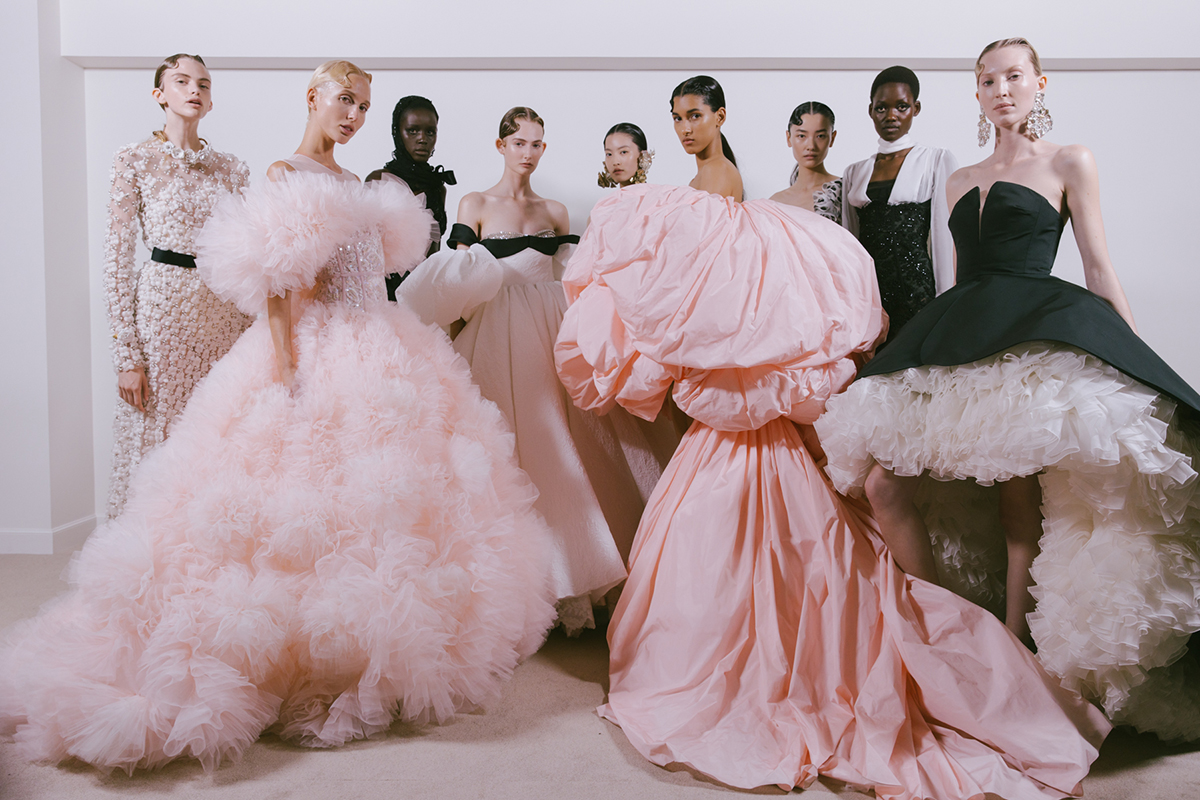
First looks, Giambattista Valli Haute Couture 25
Giambattista Valli moves as easily in the classical world of haute couture as in the contemporary world of social media and in the boardroom as CEO of his brand. Harriet Quick talks to the modern couturier as he prepares to take his maison to the next level
Environments have a way of seeping into the psyche of a designer and a brand. Rome-born designer Giambattista Valli is currently in the throes of bidding adieu to the wood-panelled, fresco-ceilinged lateral space in Paris that has been home to his brand since its inception in 2005. “It’s my historical space. When we first moved in, it seemed huge, a big undertaking and commitment. But now it feels small,” says Valli of the elegant, characterful HQ that lies on the rue Boissy d’Anglas in the 8th arrondissement, near Place de la Madeleine.
Follow LUX on Instagram: luxthemagazine
The office has witnessed the brand move in ebbs and flows since its inception, which was funded by Valli himself. The mid noughties were a volatile period in fashion, with extremes of bling and the highest of heels usurped by post-Lehmann brothers stealth wealth, as luxury brands clipped their wings and aesthetics to suit sober times. Now we are amid a new wave of financial crunches and the impact of the environmental crisis, triggering a new wave of quiet luxury.
Yet Valli is a deft hand at riding the waves and telling his own story in chapters that evolve and twist over time rather than chase hot trends. It means his company has been able to evolve and adapt, to the point where it is now time to upgrade and move his company of around 50 colleagues under one roof. Groupe Artémis, the Pinault family-owned company, has a stake in the brand, which in 2022 turned over an estimated $6.4 million. Valli himself has had an influence on fashion proportionately far greater than mere turnover numbers may indicate.
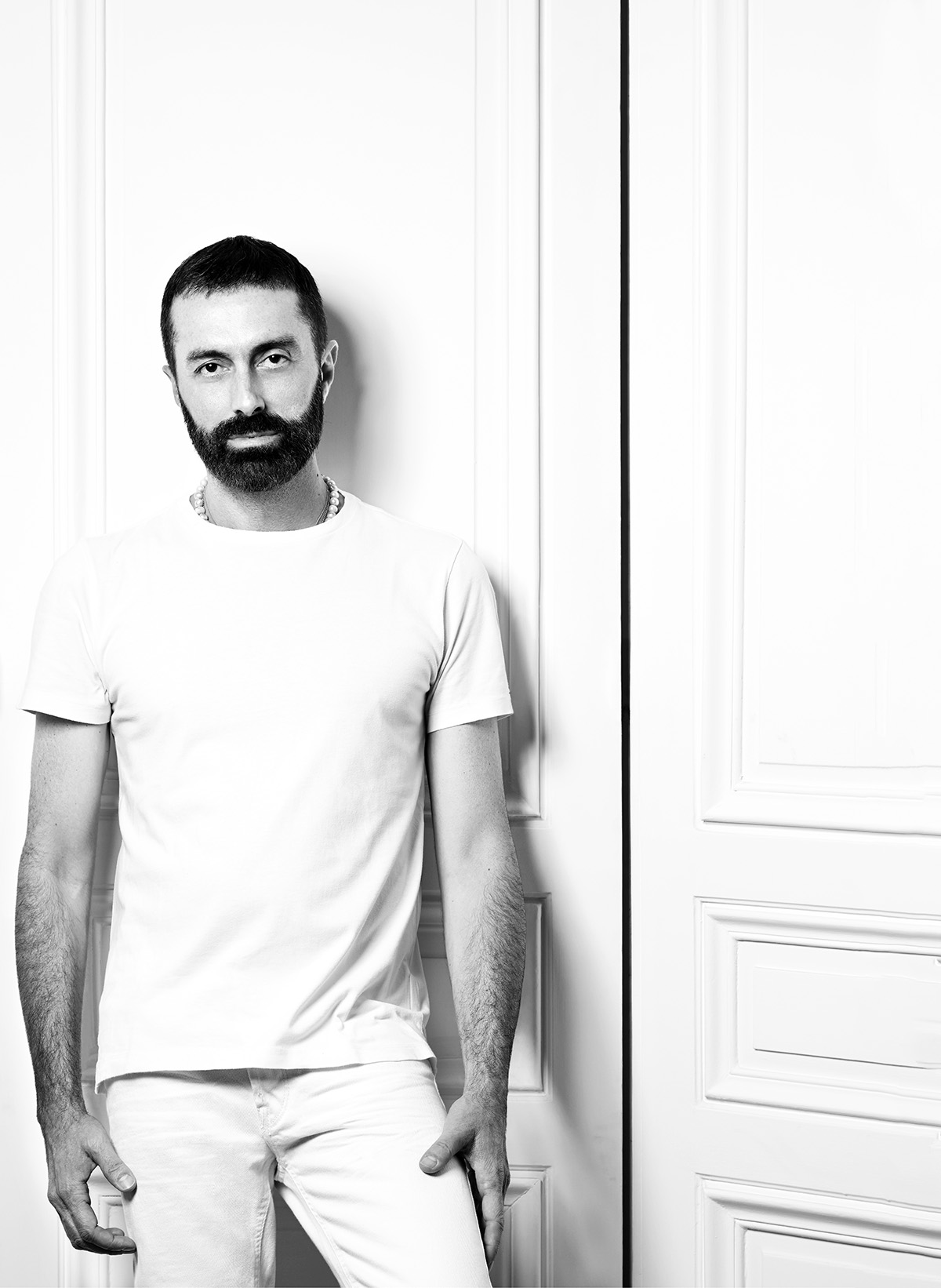
Portrait of Giambattista Valli
The new Valli offices are just up the road from the old, near Opéra, but offer two floors of light-filled space to house everything from the showrooms, atelier, PR and communications office, the commercial team and a VIP haute couture suite. “It is almost a townhouse, as we have our own entrance. The structure is good and there is beautiful stuccowork and frescoes,” says Valli of the interior, which features clean white “boxes” he has designed himself. “We always have so many prints, volumes and textures – I needed it to be neutral,” he explains.
With his dark thick hair, big eyes, fashionably deep yet sharply sculpted beard, Valli appears like a Renaissance artist transported into our times wearing a black T-shirt and chain necklace, instead of a doublet and ruff. He reserves his treasured 17th-century Mughal “good luck” pearl necklace for special occasions. “It is very rare,” he says. The pursuit of beauty in people, objects, environments and in fashion has been Valli’s lifelong pursuit. Soon he will be receiving VIP clients into his new showroom to choose from his latest haute couture offering, which was shown in Paris in early July 2023.
“I love to have the level of excellence that comes from pushing the boundaries of the atelier and the research required to propose new ideas of beauty. I approach haute couture in a classical-modern way, and each collection is like a new chapter of the same story,” says Valli, who frames himself as a romantic poet but is also CEO and an astute brand director, with a vision that appeals to a collective sweet spot.
The tradition of creating one-off gowns for an elite clientele who might attend three fittings before a garment is finalised might seem an anachronism in a click-and-produce era that can see whole collections turned around in a matter of weeks. But the experience offers an unparalleled luxury for both creator and client alike, a transcendental experience that sees centuries-old savoir faire reimagined for today. “Haute couture is the extreme side of this fantasy. It is also a practice that nourishes ready to wear, so what we see in the shapes, volumes and techniques filters through from a couture dress to a T-shirt or a knit piece,” says Valli of the osmosis. “When creating haute couture, ‘real’ time seems to stop and you float into another time zone.”
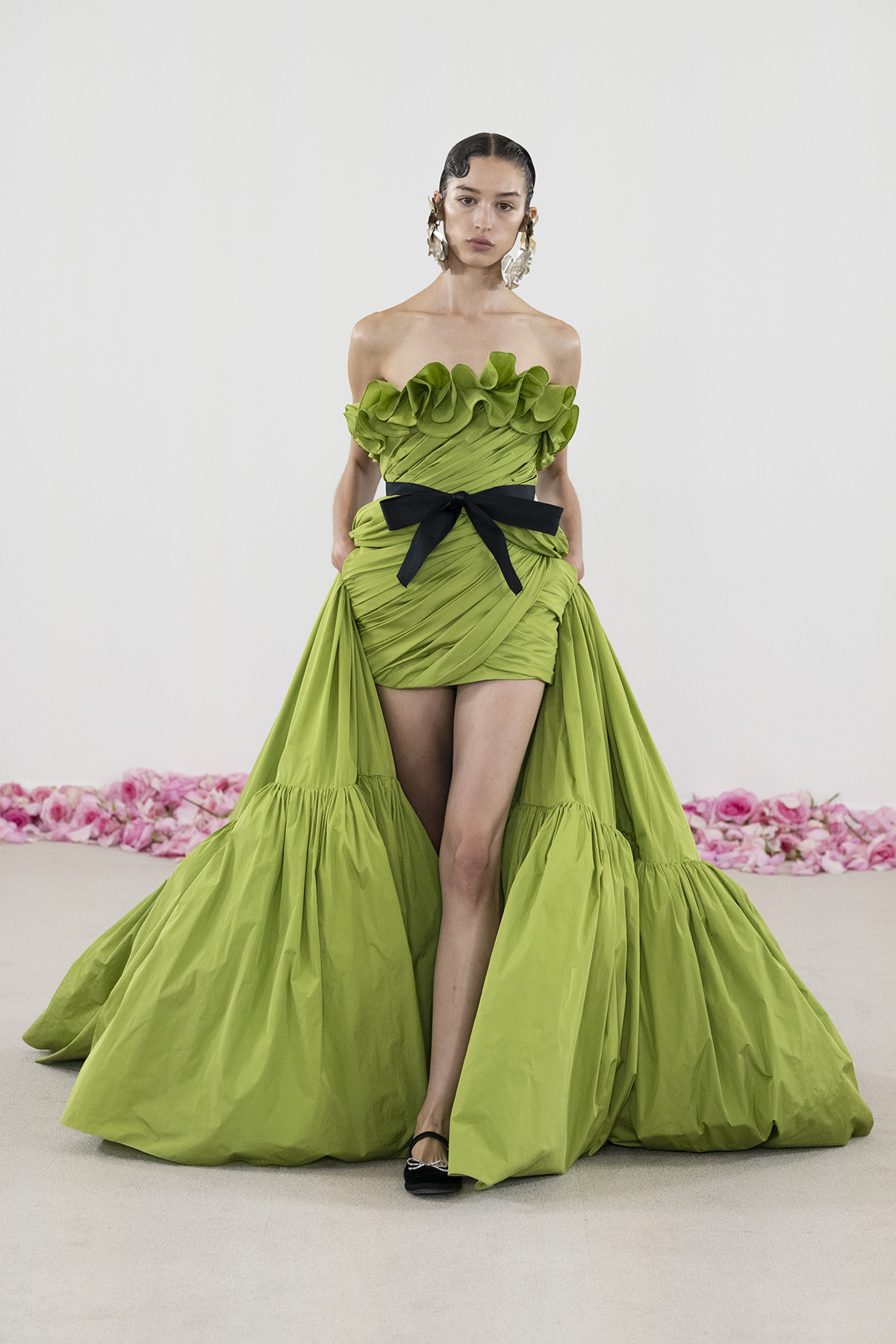
Look 09, Giambattista Valli Haute Couture 25. The maison describes the collection as “celebrating the modernity of classics and the timeless art of Atelier”
The 57-year-old couturier intertwines the many threads of his upbringing into his metier. Valli attended secondary school at a strict Vatican liceo near the Vatican Museum, took a degree in art, studied fashion at the Instituto Europeo di Design in Rome and in 1987 did an illustration course at Central St Martins in London. In 1988 he entered high fashion as an assistant for Roberto Capucci, the designer known for his opulent colour and sculpted gowns, who became a magnet for Roman high society during the 1960s and enjoyed a renaissance in the 1980s.
“From Roberto Capucci, I can say that I learnt the philosophy of not being trendy; I learnt to step a little bit out of the spot of the moment and also to keep the human side intact,” says Valli. He went on to Fendi, which had Karl Lagerfeld at the helm, then Krizia in Milan. In 1997, he moved to Paris and the haute couture atelier of Emanuel Ungaro where, as first assistant, Valli learnt about the arts of flou and tailleur and the rituals including passing the pins in complete hush. Ungaro was so impressed by Valli’s light, fresh work that he made him Creative Director of ready to wear and the stores adored what he did.
Valli channelled that love of volume, of light, fresh romantic designs into his own label and started making a name for himself attracting socialites, creative types, young women and older women into his fan-club circle. Count in there Priyanka Chopra, Marina Ruy Barbosa, Eugenie Niarchos, Bianca Brandolini, Giovanna Battaglia Engelbert (Valli made a macramé minidress with organza-chiffon cape for the party of her cliff- top Capri wedding in 2016), as well as more actors and royalty. They, in turn, became the best ambassadors for the brand and for its joyous, “go big or go home” dress-up daring.
“When I launched, all the houses had big stars, but we were independent and every cent counted. It’s almost like the Valli Girls chose us, We did not pay them to get dressed. They continue to be people who inspire me and they capture l’air du temps and I am nourished by that,” says Valli of his famously mercurial, nomadic, cultured muses and champions.
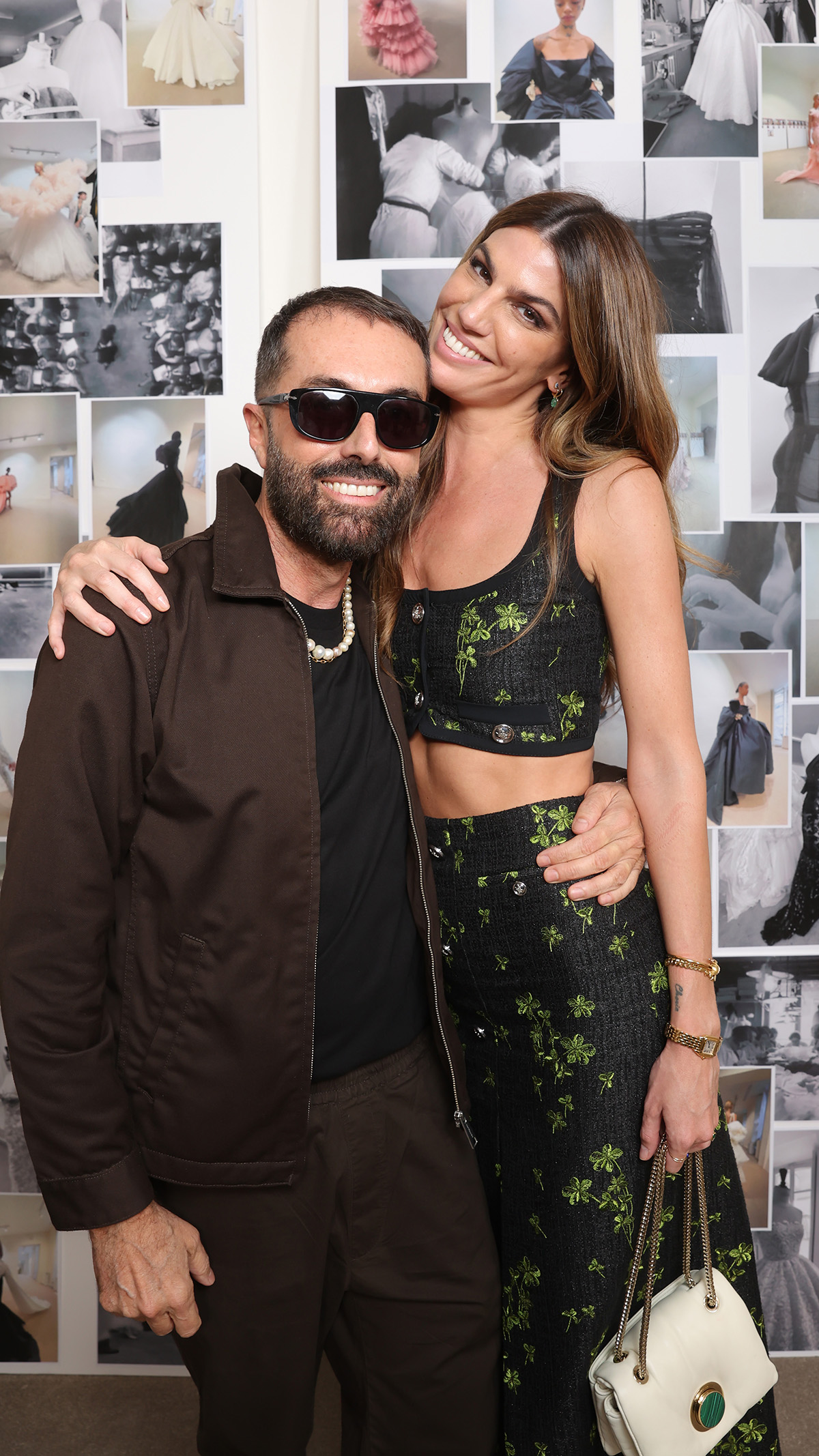
Giambattista Valli with muse Bianca Brandolini
In her 2013 book, Giambattista Valli, curator and fashion historian Pamela Golbin wrote of the designer, “Here is a story of duality, in which the exuberance of his Italian roots is artfully coupled with the formal rigour of the French.” She adds, “Complicity with women – through their body language and the gestures they adopt – is central to Valli’s practice because like a film director he directs his models as if they are actresses.”
In store and online that fantasy continues to seduce. “I have bought Giambattista Valli for most of my career. The brand consistently offers amazing and diverse occasionwear, from beautiful romantic floral gowns to tweed or bouclé suits and dress coats, which can be styled with a cute ballet pump or a sophisticated kitten heel depending on the occasion,” says Liane Wiggins, Head of Womenswear at Matches. “Giambattista Valli has a strong DNA and our customers continue to return for these well-cut, flattering pieces.” The store recently launched an exclusive capsule collection with the brand, which includes a floor-length silk fil coupé gown.
The current Giambattista Valli autumn/ winter 2023 line up finds raw-edge sleeveless tweed jumpsuits, semi-sheer tiered prairie dresses and a series of pieces including tunics and floral embroidered outsize jackets that were worn by men on the catwalk but are designed for every gender. “I do think there is fascination with beauty and how far one can push the fantasy,” says Valli of the zeitgeist. “The social-media message might be dreamy, critical or creative, but the platforms are a more democratic way to learn about this universe that was previously closed off and exclusive. It gives a chance for people to understand the work behind fashion.” He laughs as he adds, of his gowns that burst from the Instagram frame, “Image-wise, well, I have always loved big volumes, so that fits very well!”
Read more: Maryam Eisler’s photography series at legendary Parnham House
From his new Paris HQ, Valli will lay the groundwork for the next chapter. “I would love the maison to sit alongside institutional houses like Dior and Chanel and to have that presence beyond my lifetime,” he says. “I want the brand to be coherent with a 100 per cent DNA that is about excellence and savoir faire. To do that, one has to move with consistency.”
With his 10-year-old son, Adam, Valli also has a young future to look after. “Right now, he is 100 per cent football! But he is very gentle, inquisitive, surprising, and I learn a lot from him,” says Valli. “How do I see myself age 70? Curious, still able to receive energy from beauty and wanting to share it. I hope I am going to surprise him, too.” This Roman in Paris knows his road.
Find out more: giambattistavalli.com
This article first appeared in the Autumn/Winter 2023/24 issue of LUX

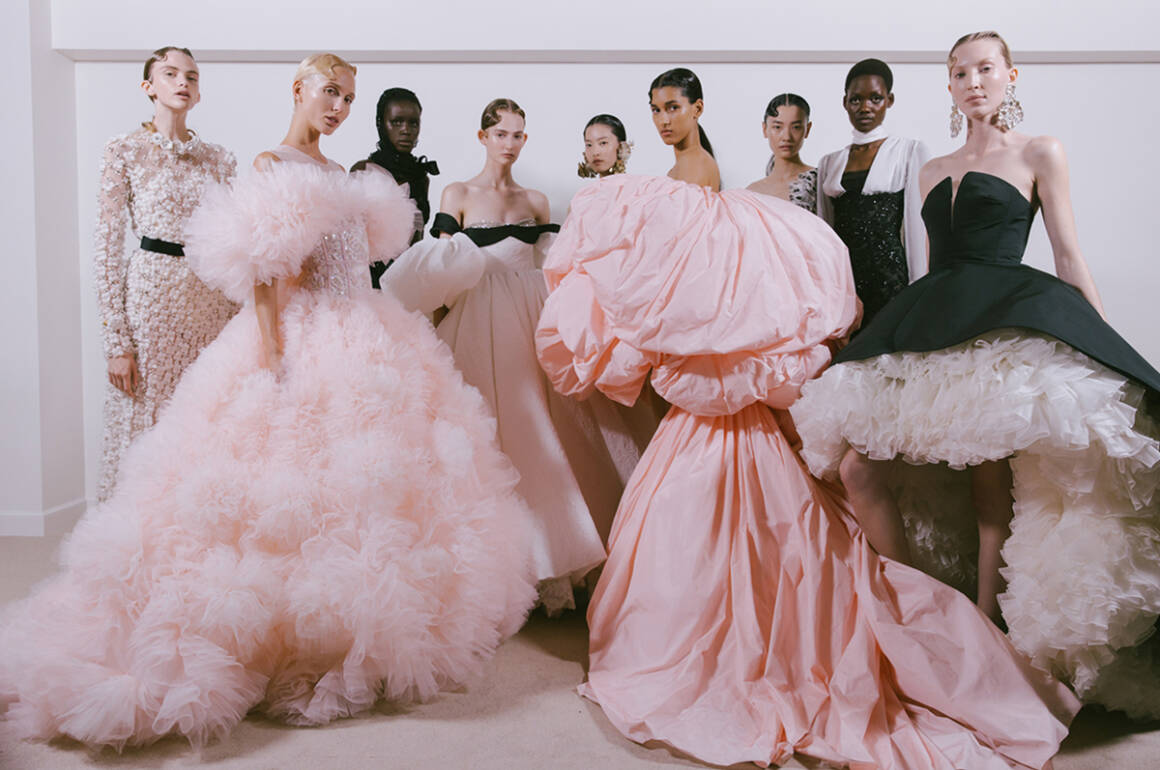
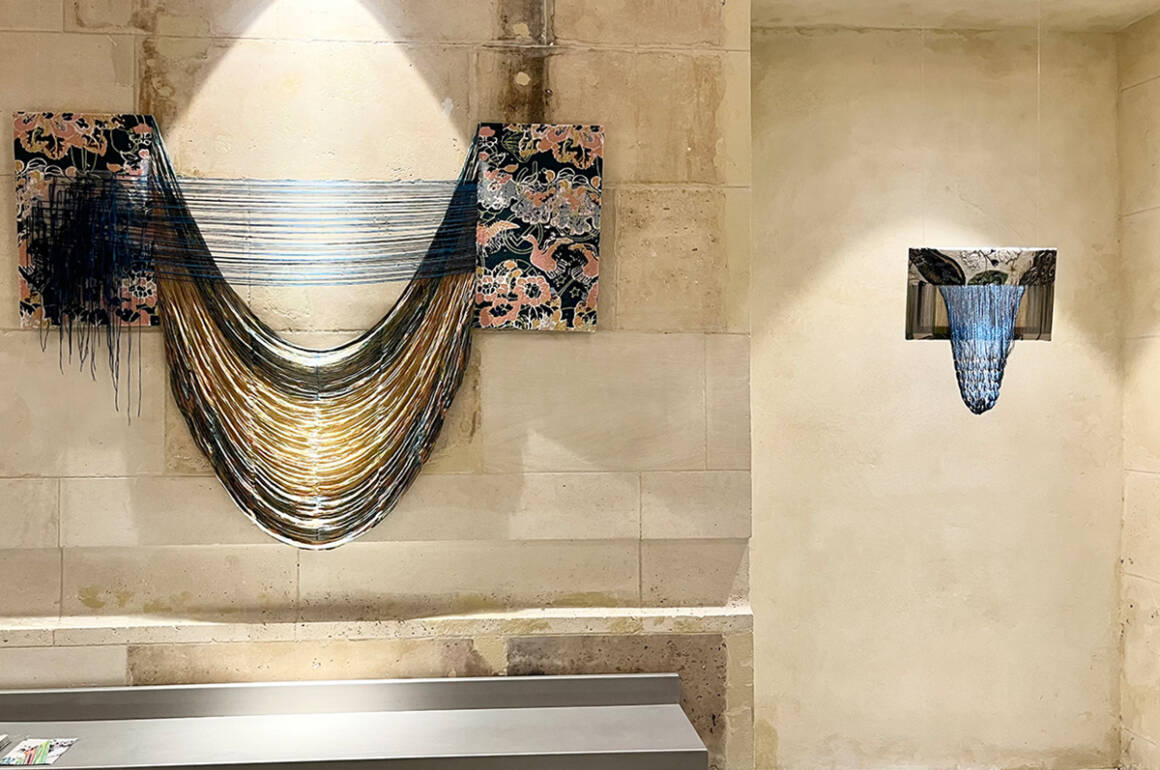

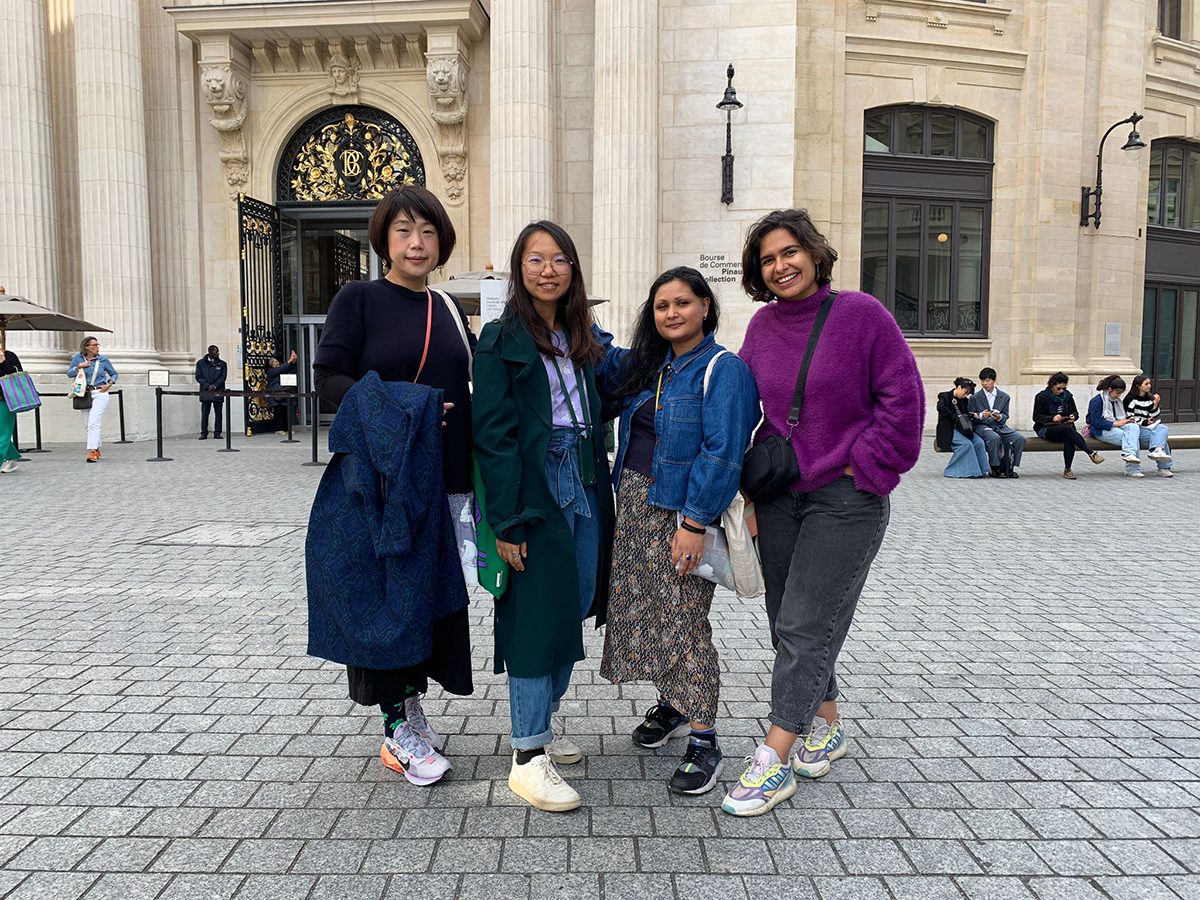
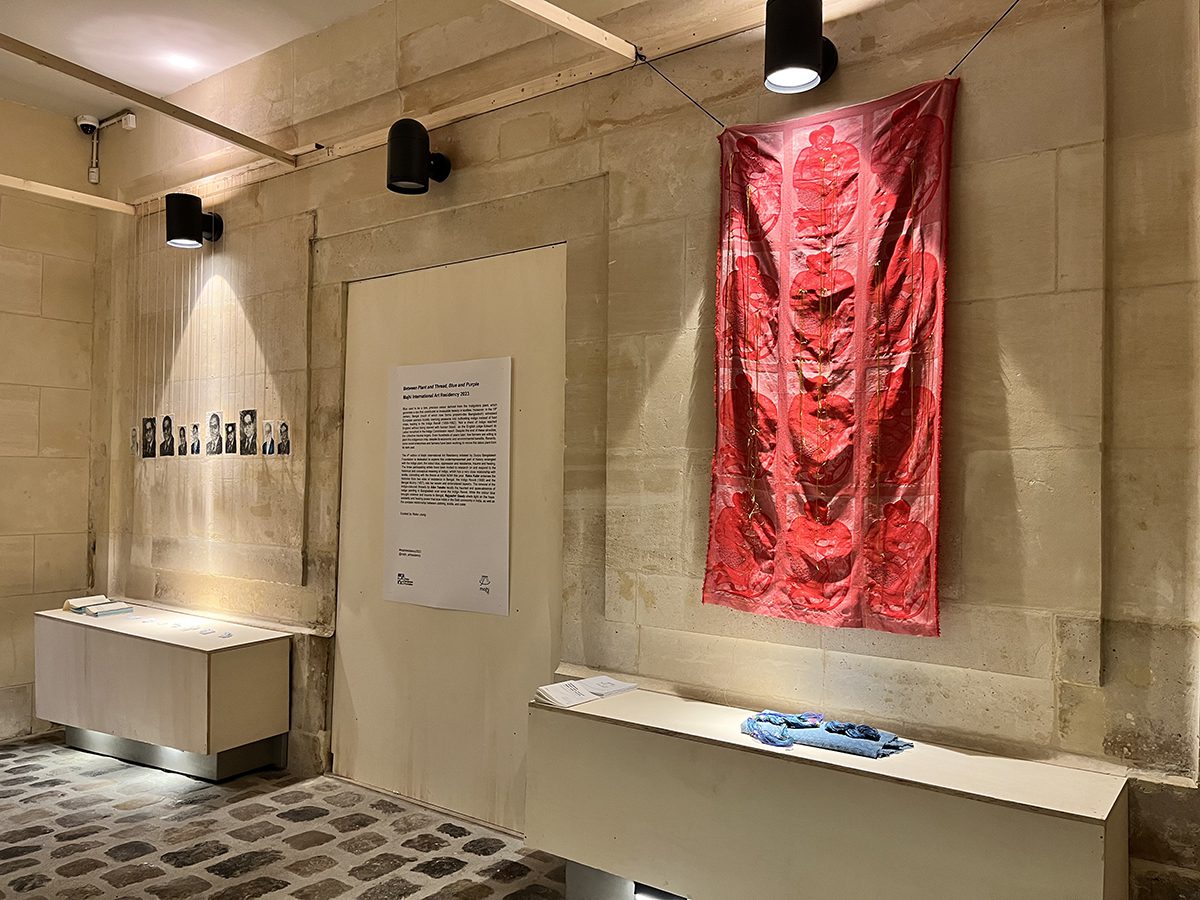
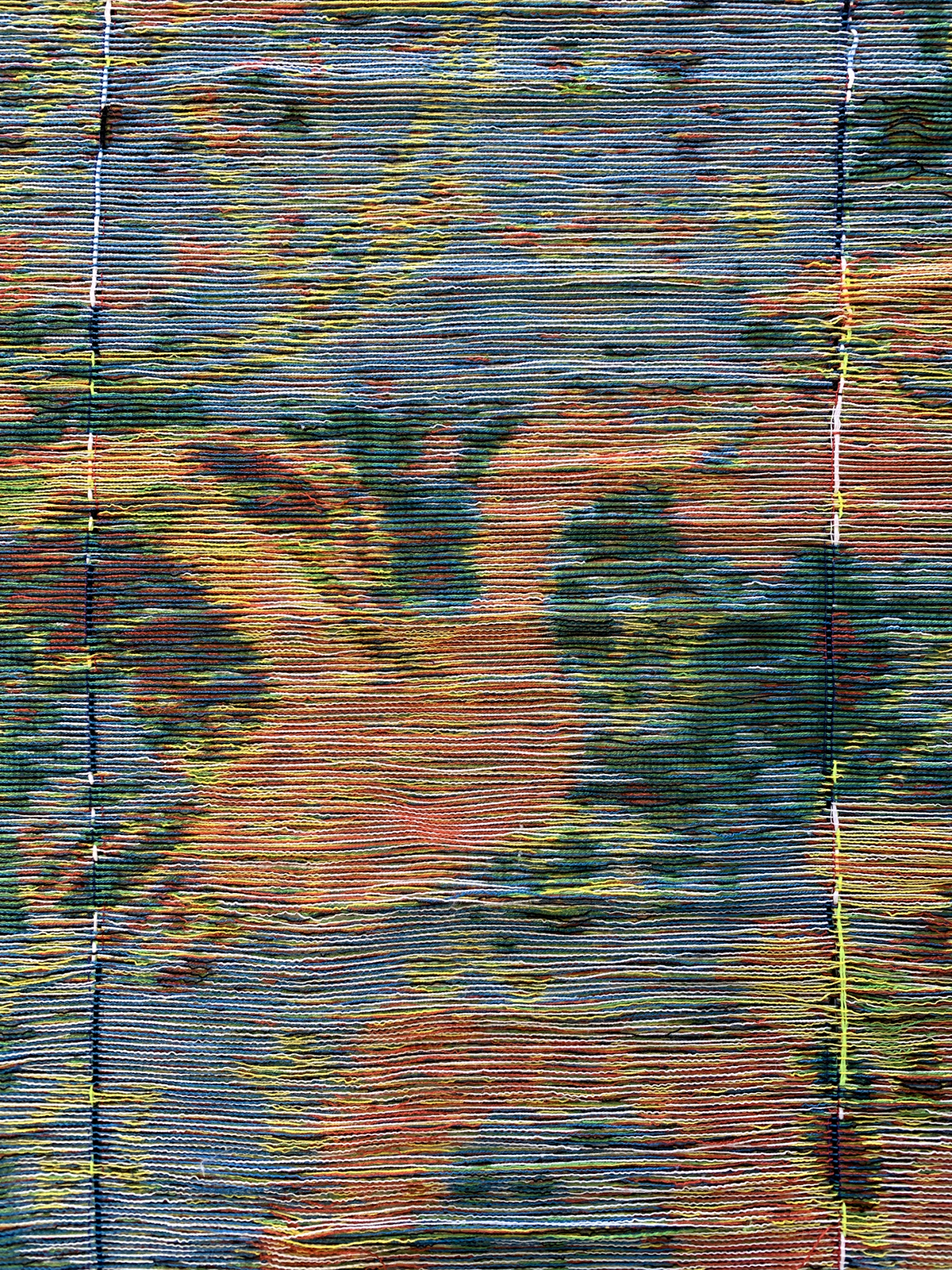
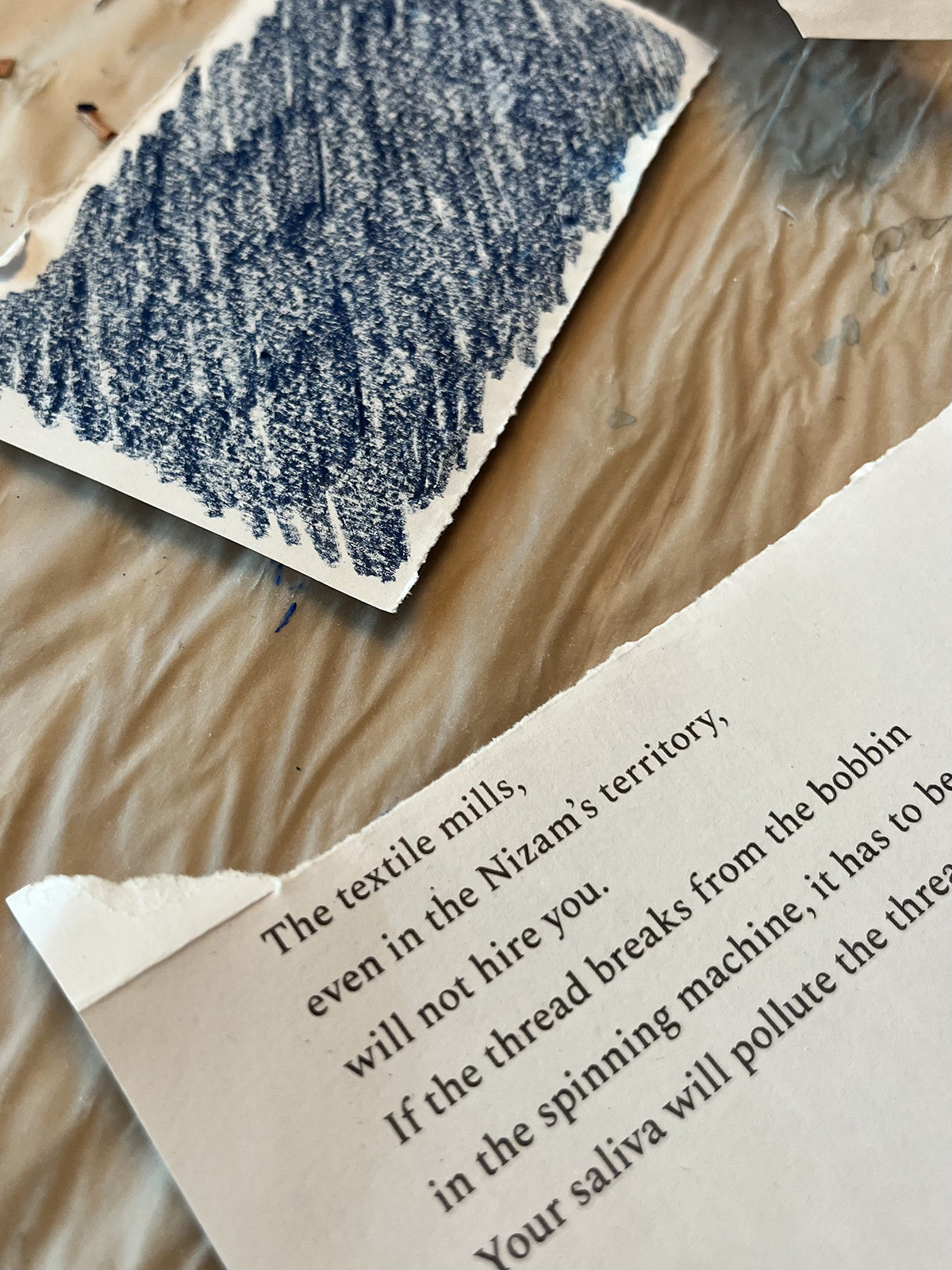
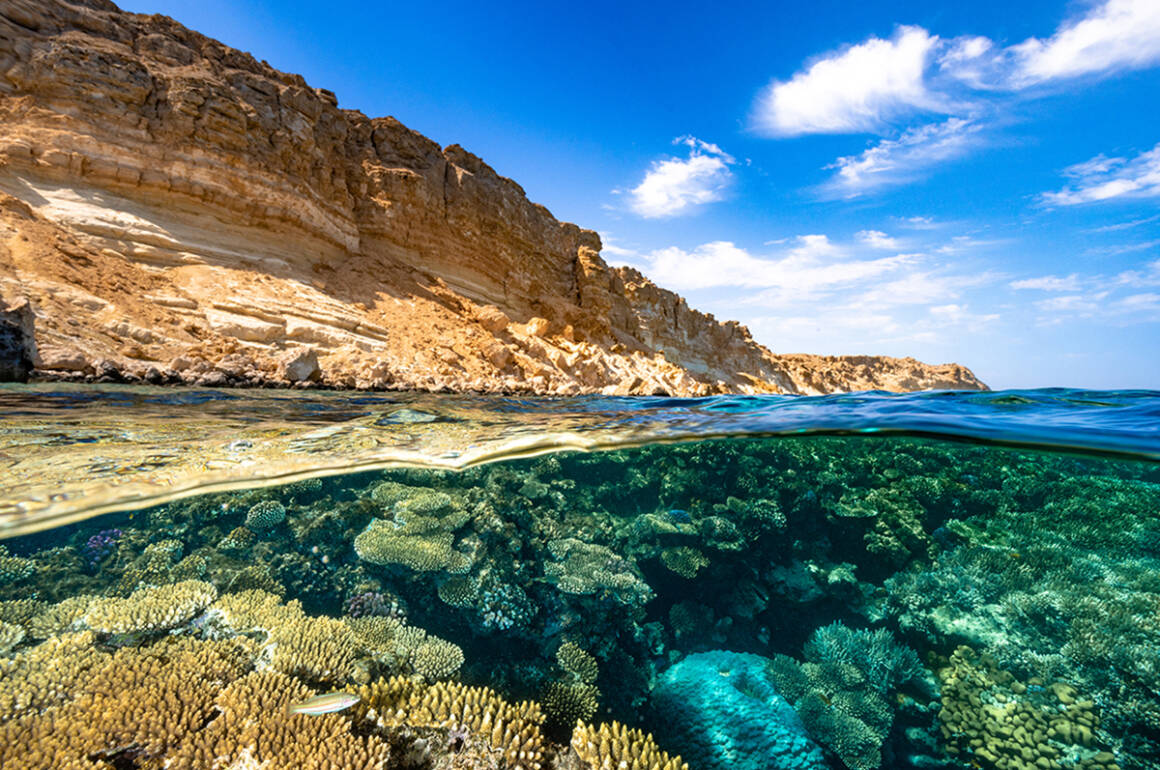
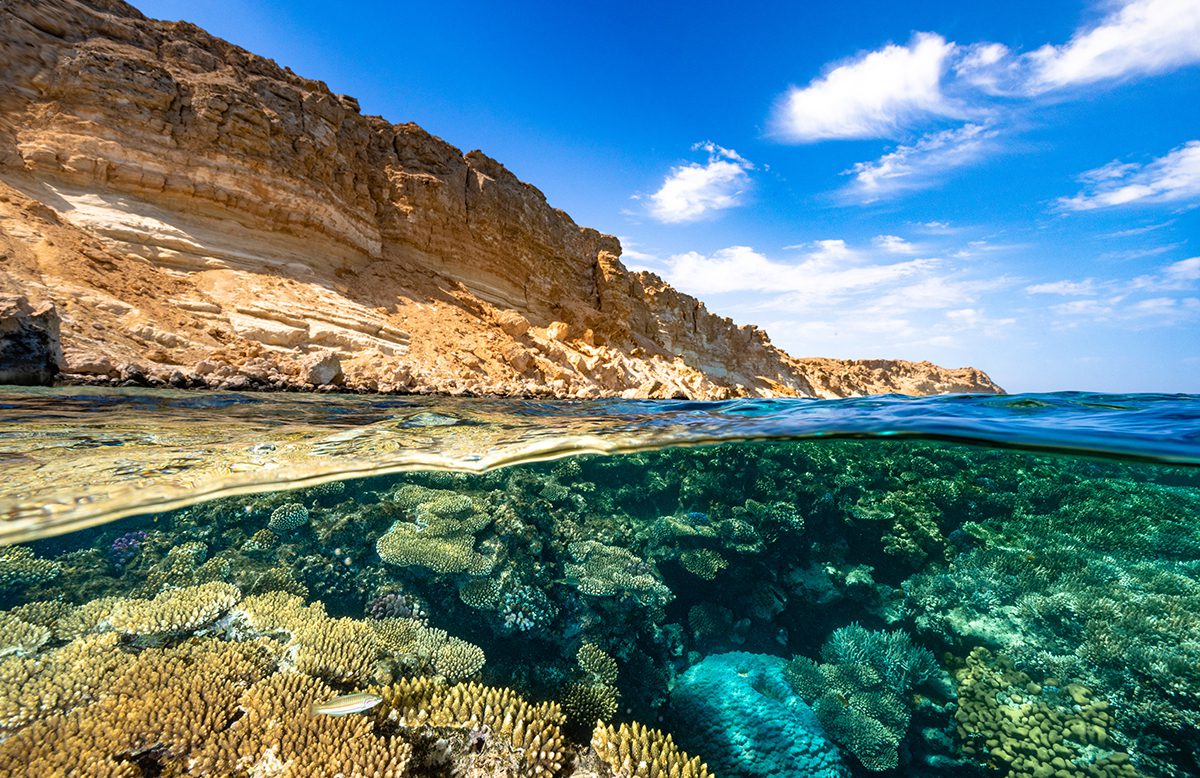
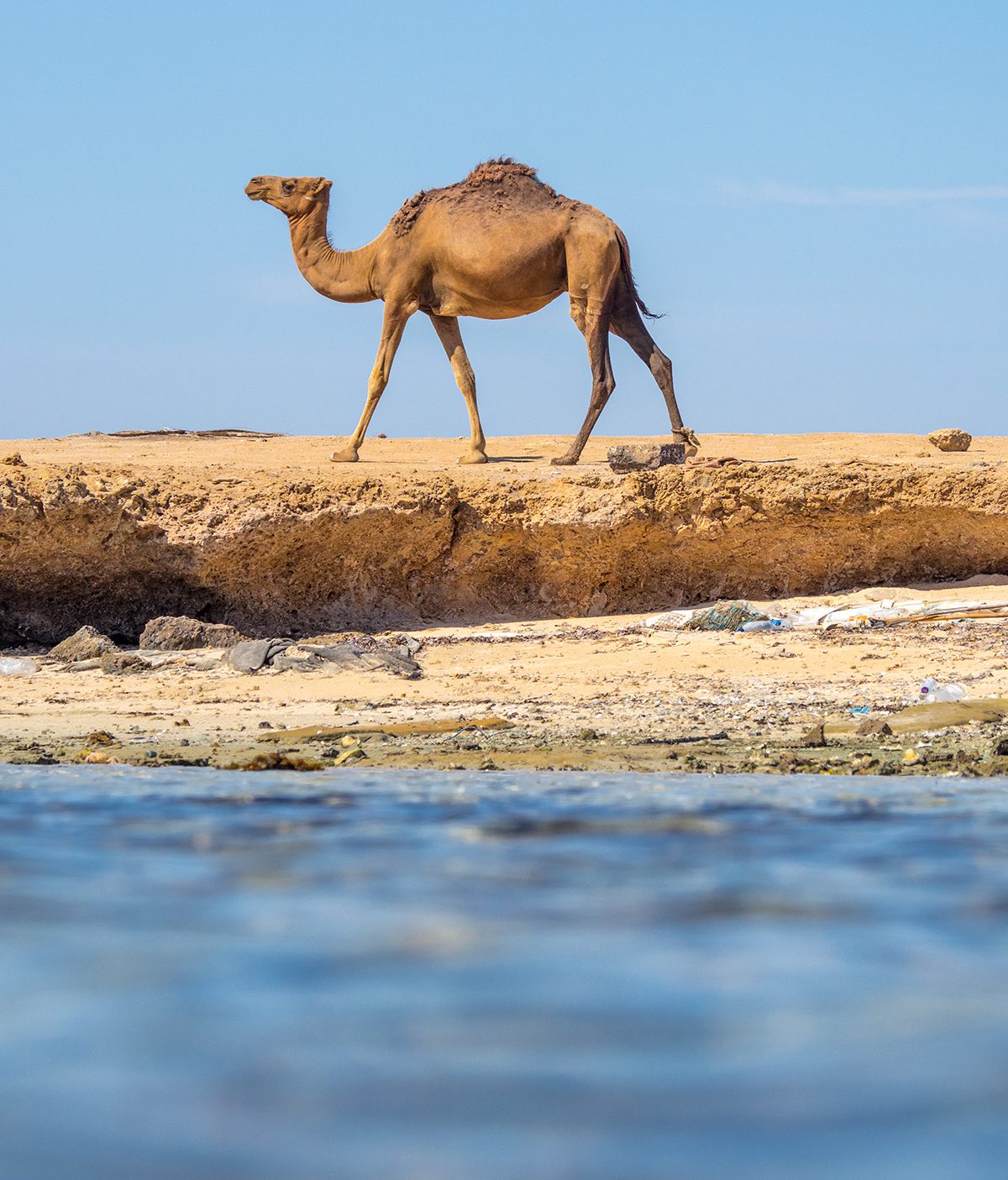
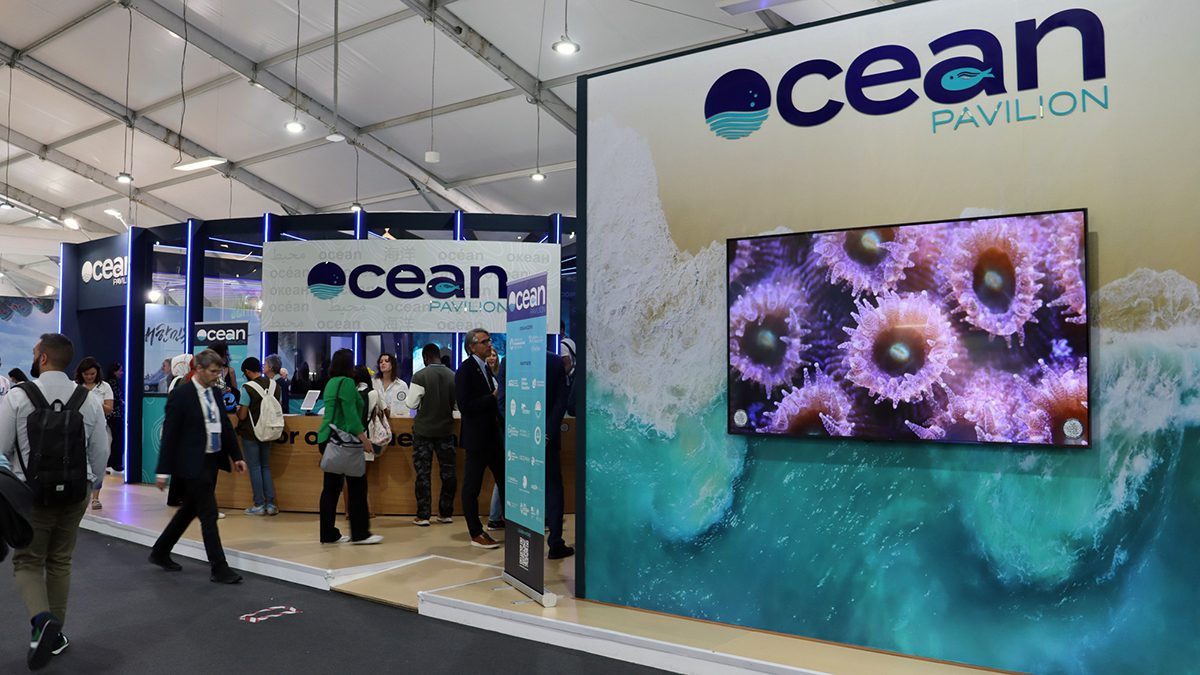
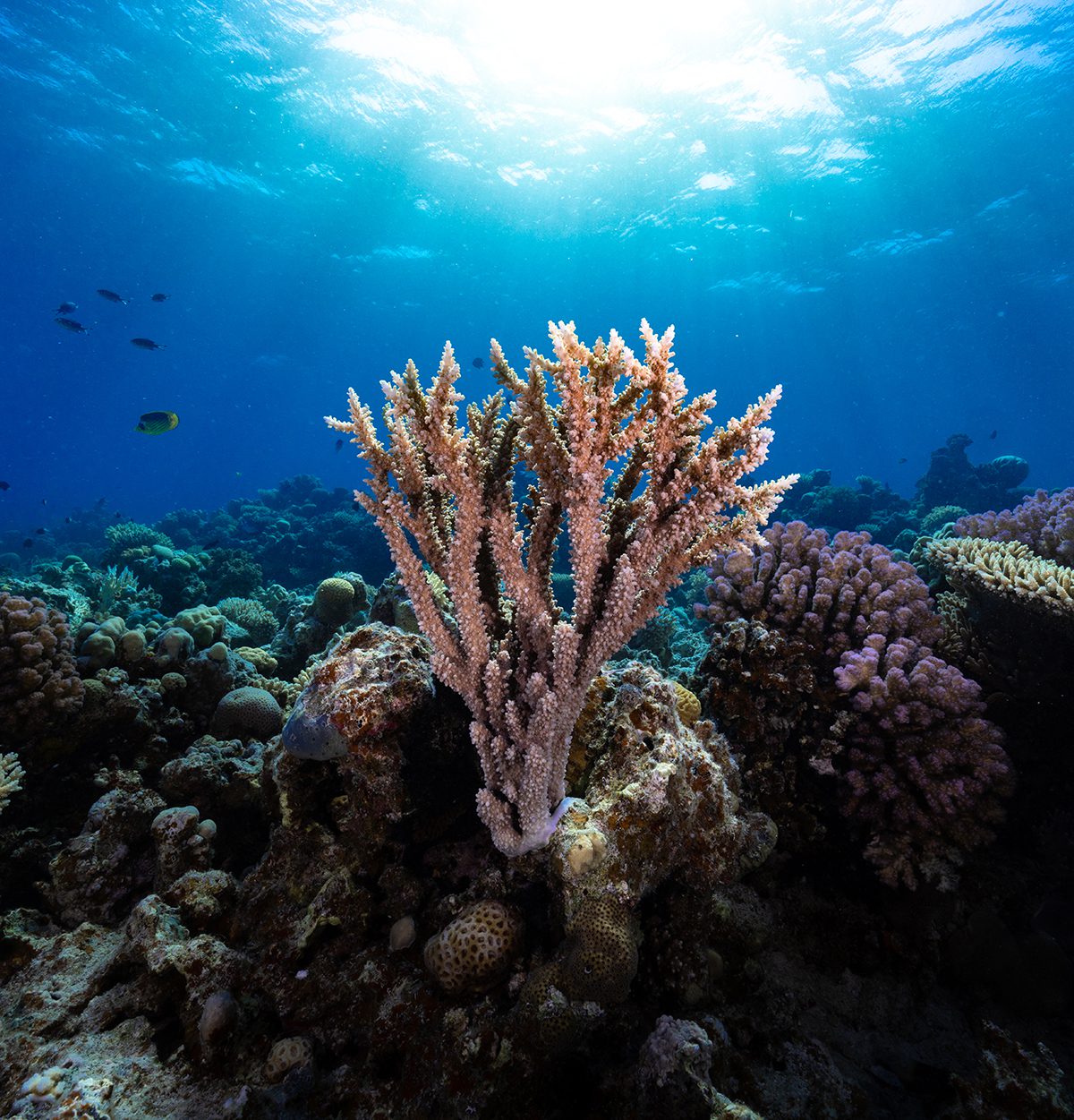
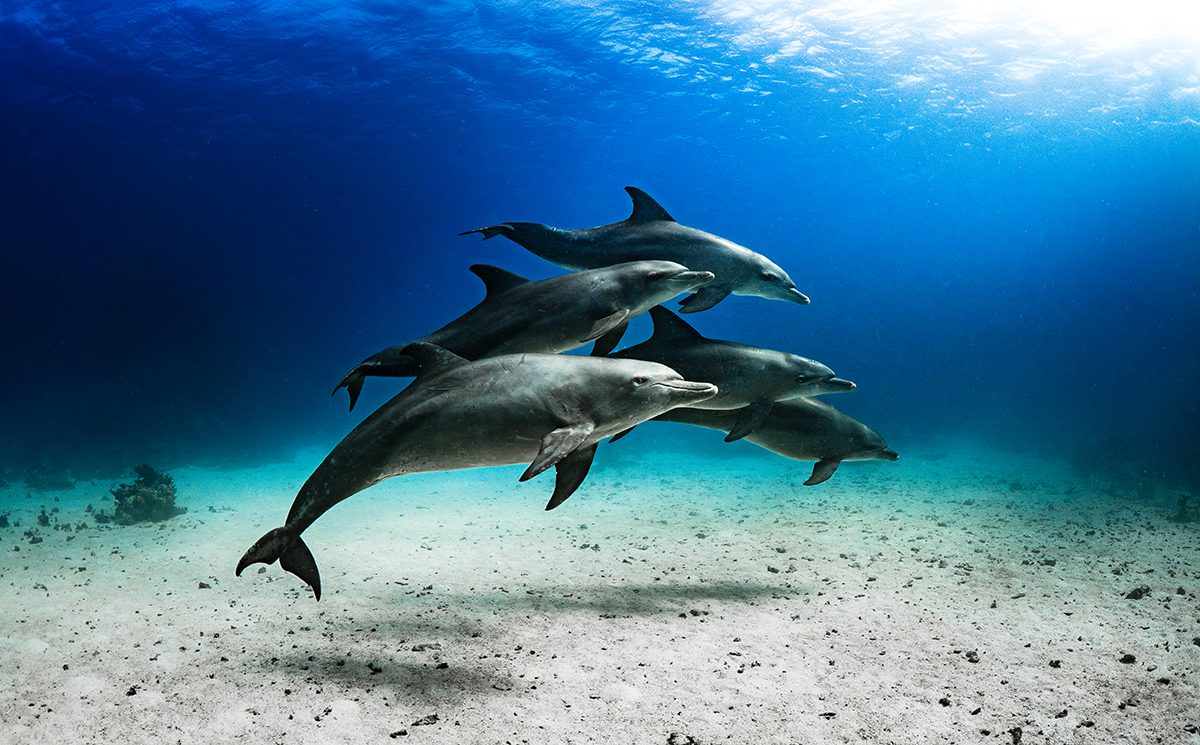






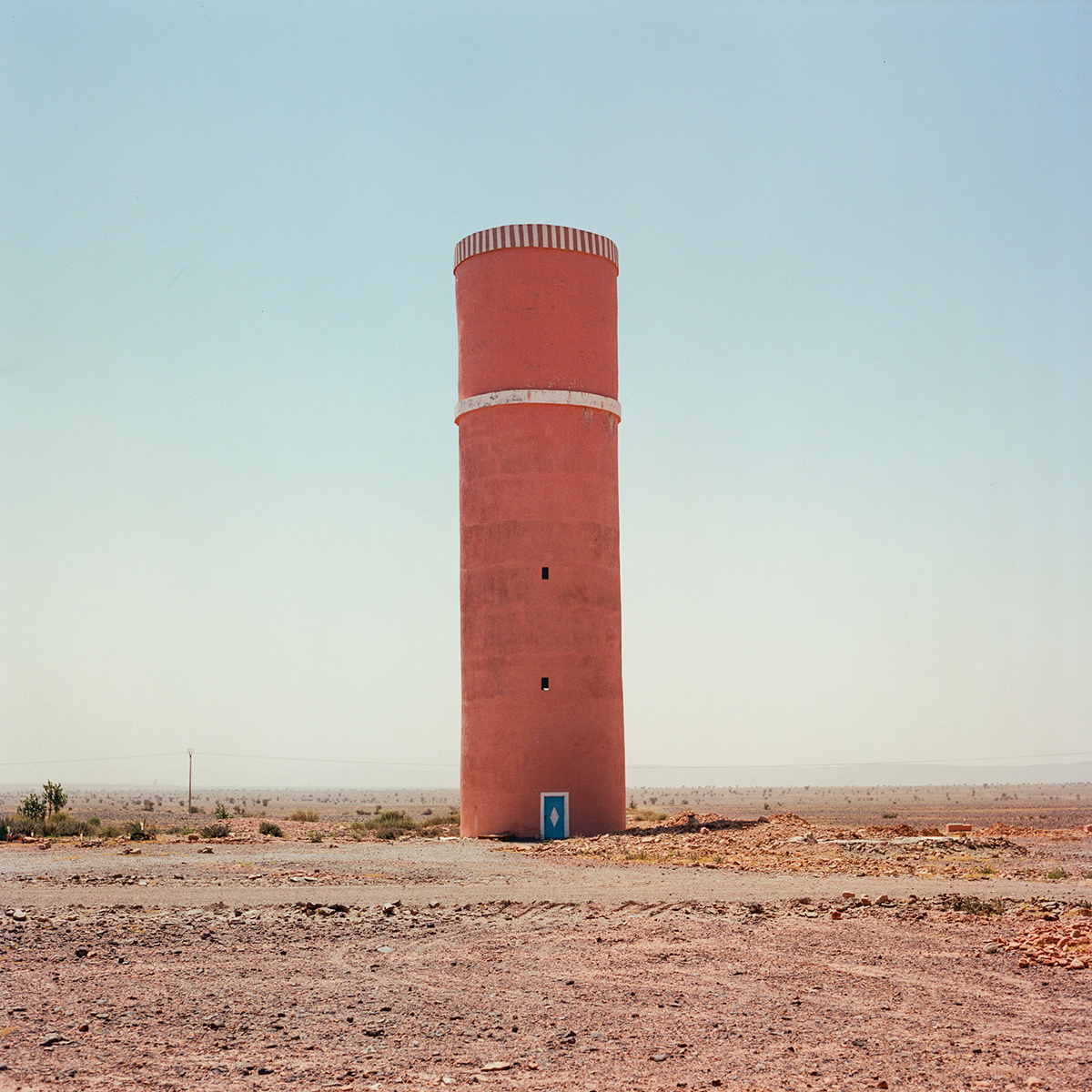
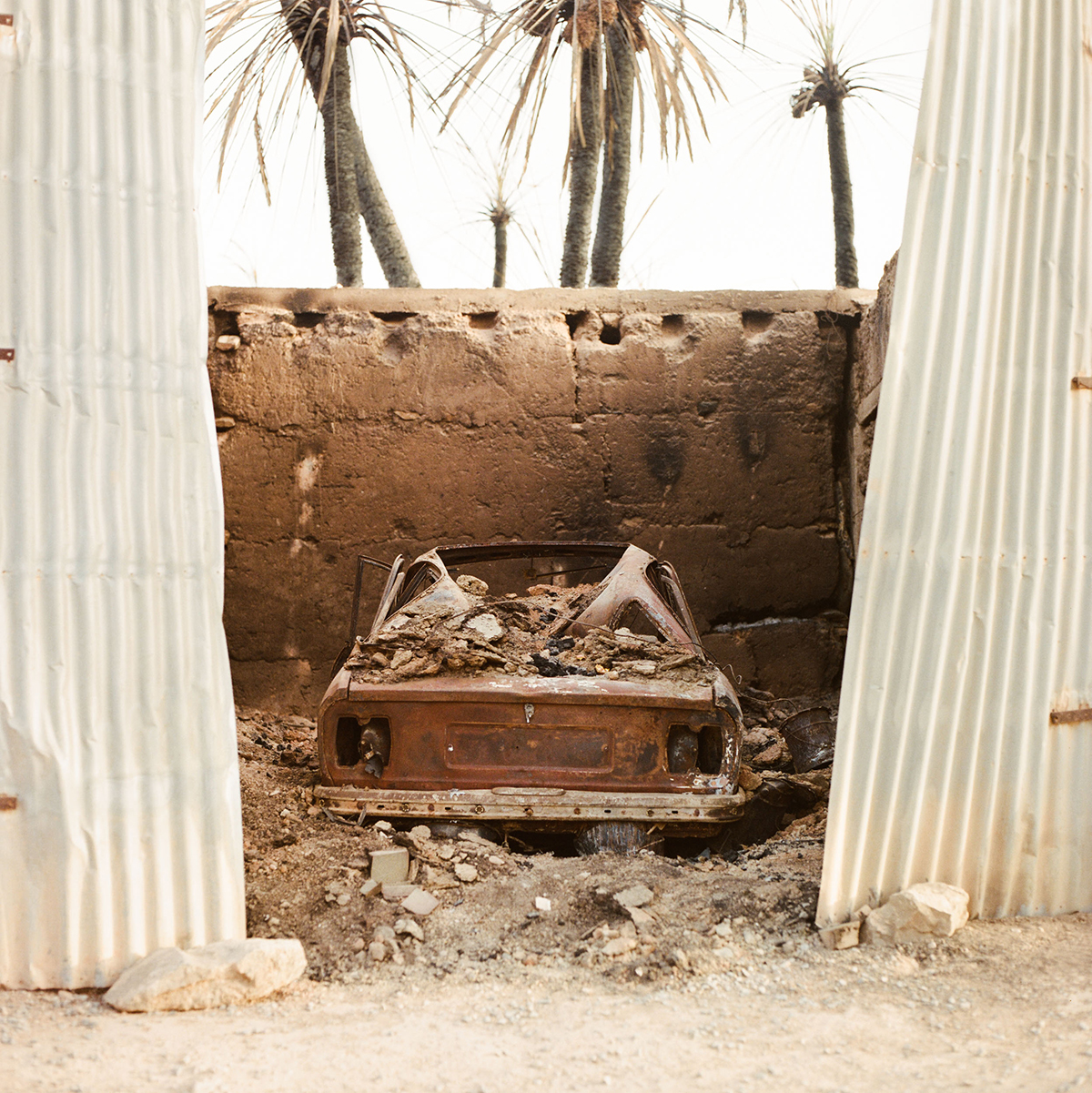
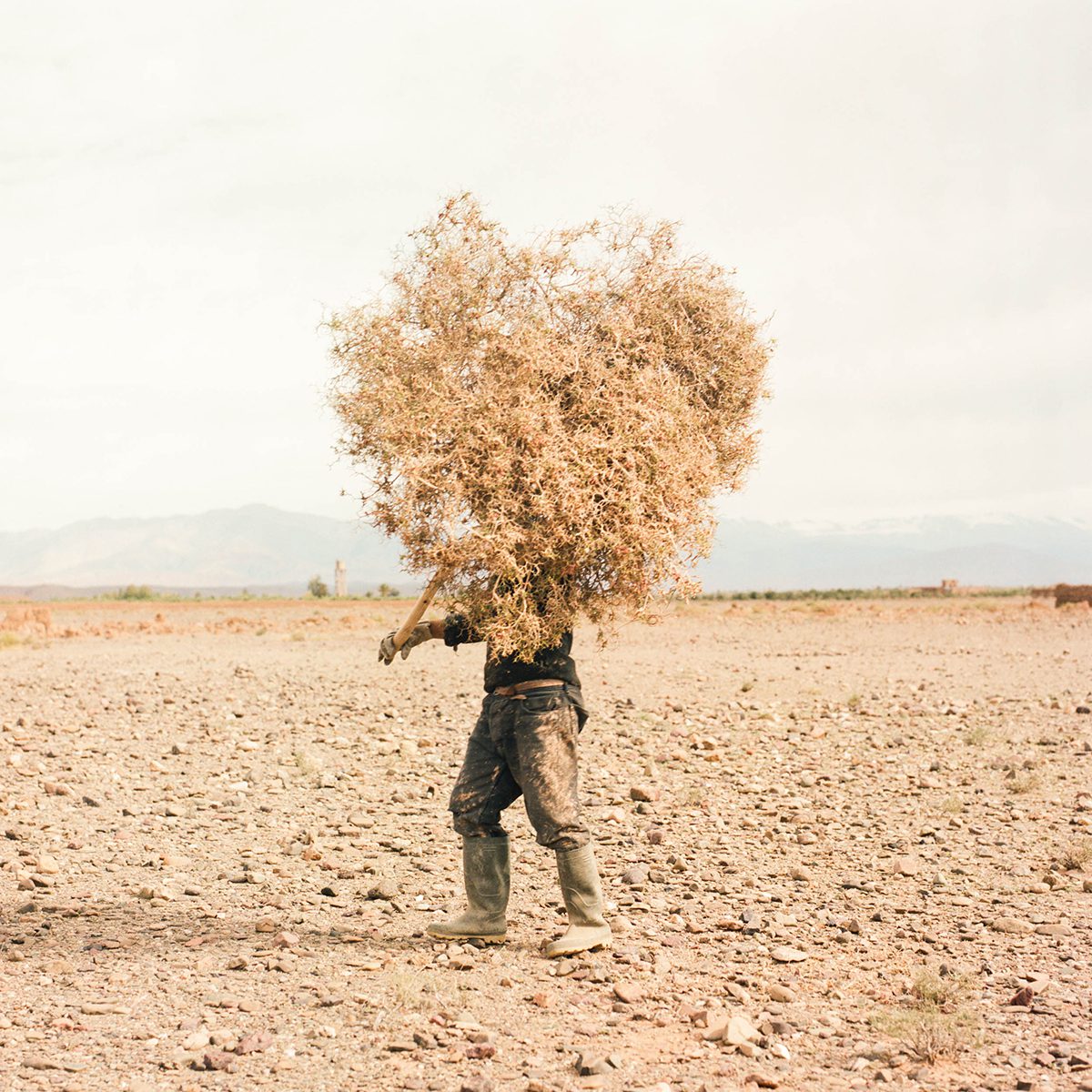






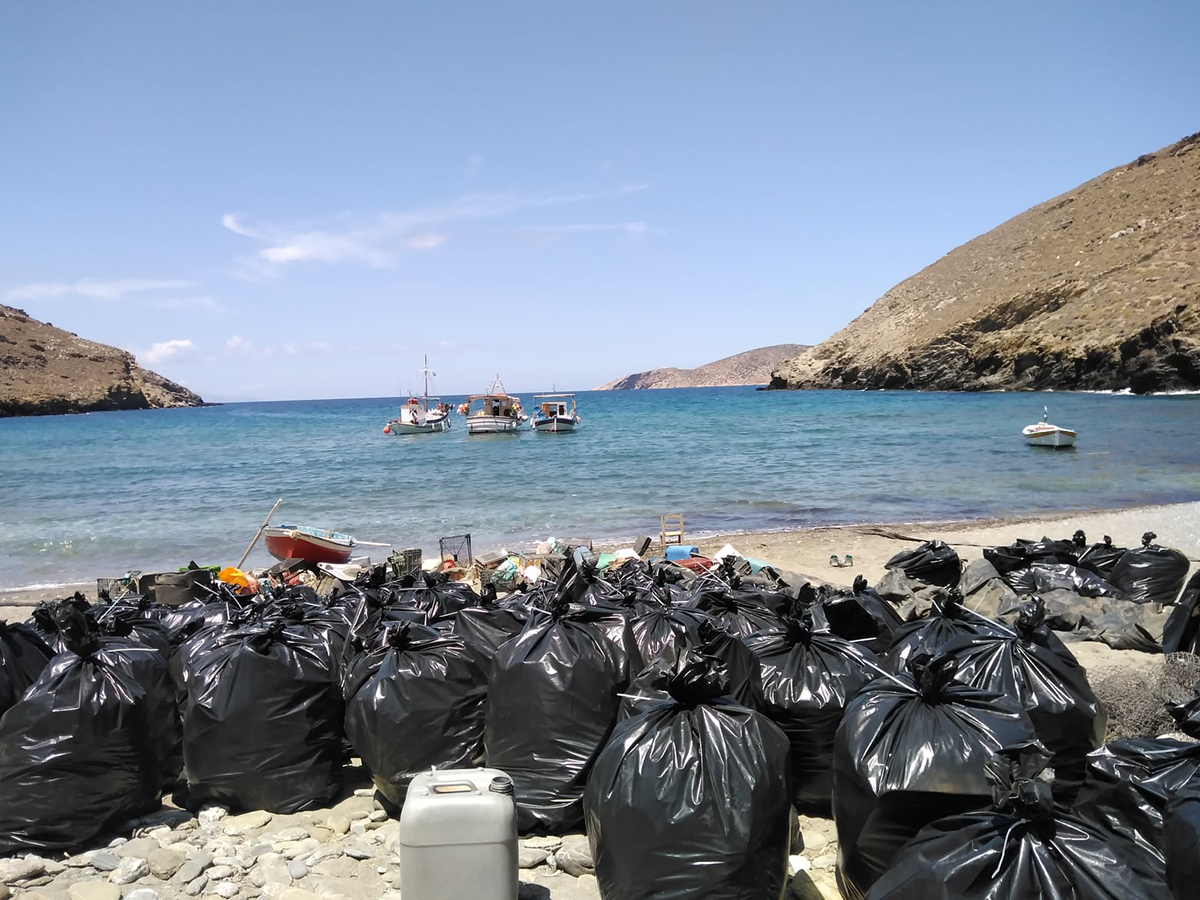

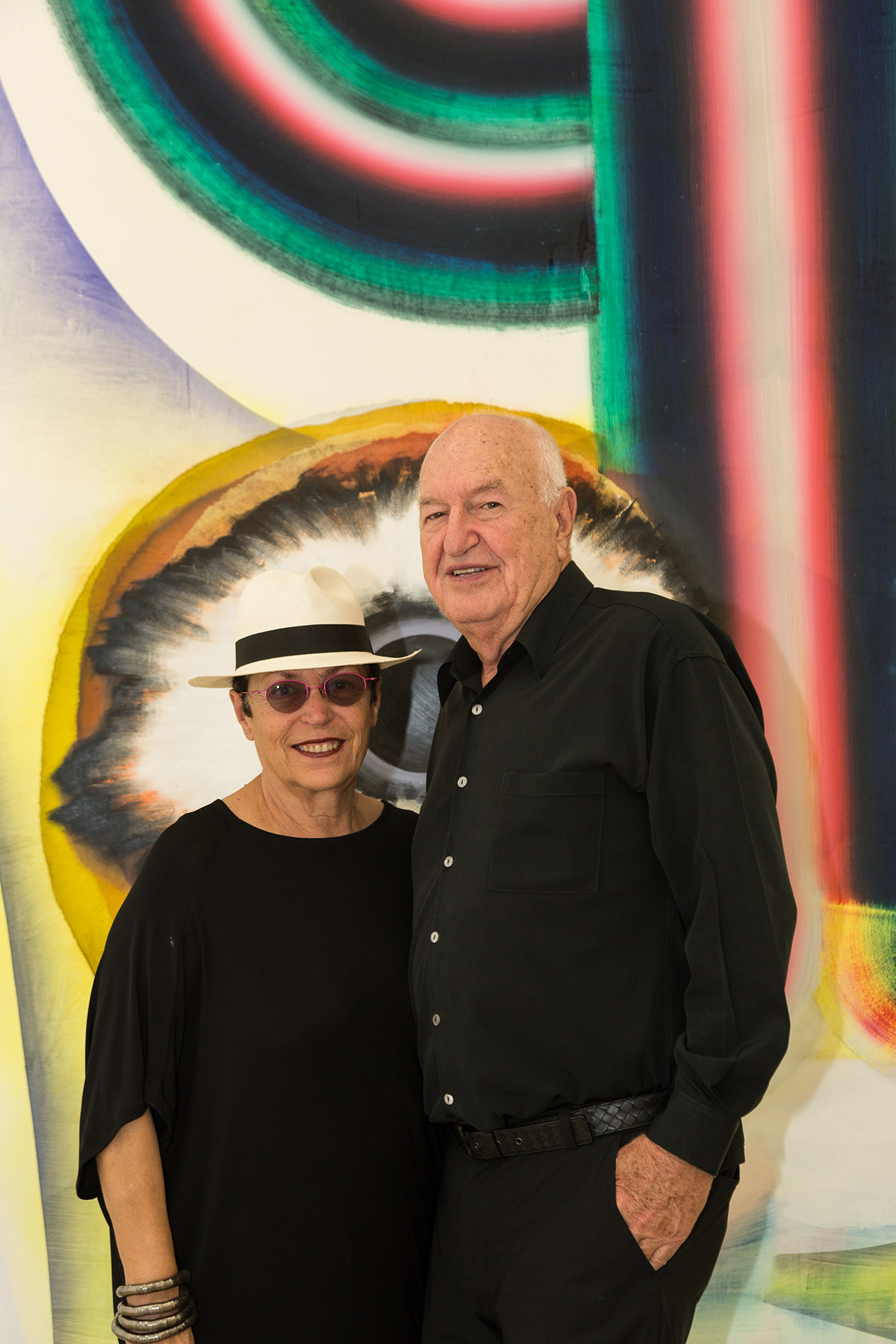
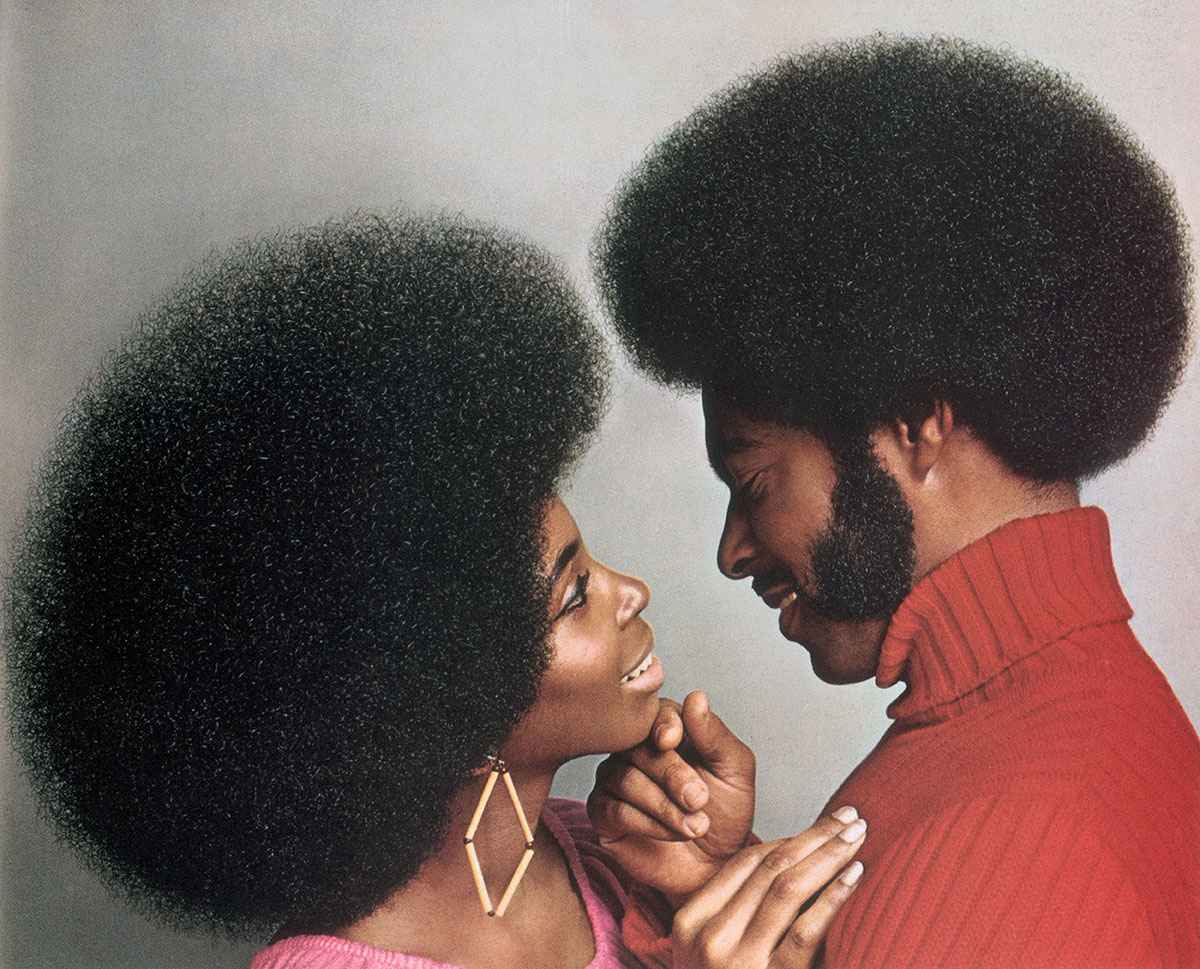
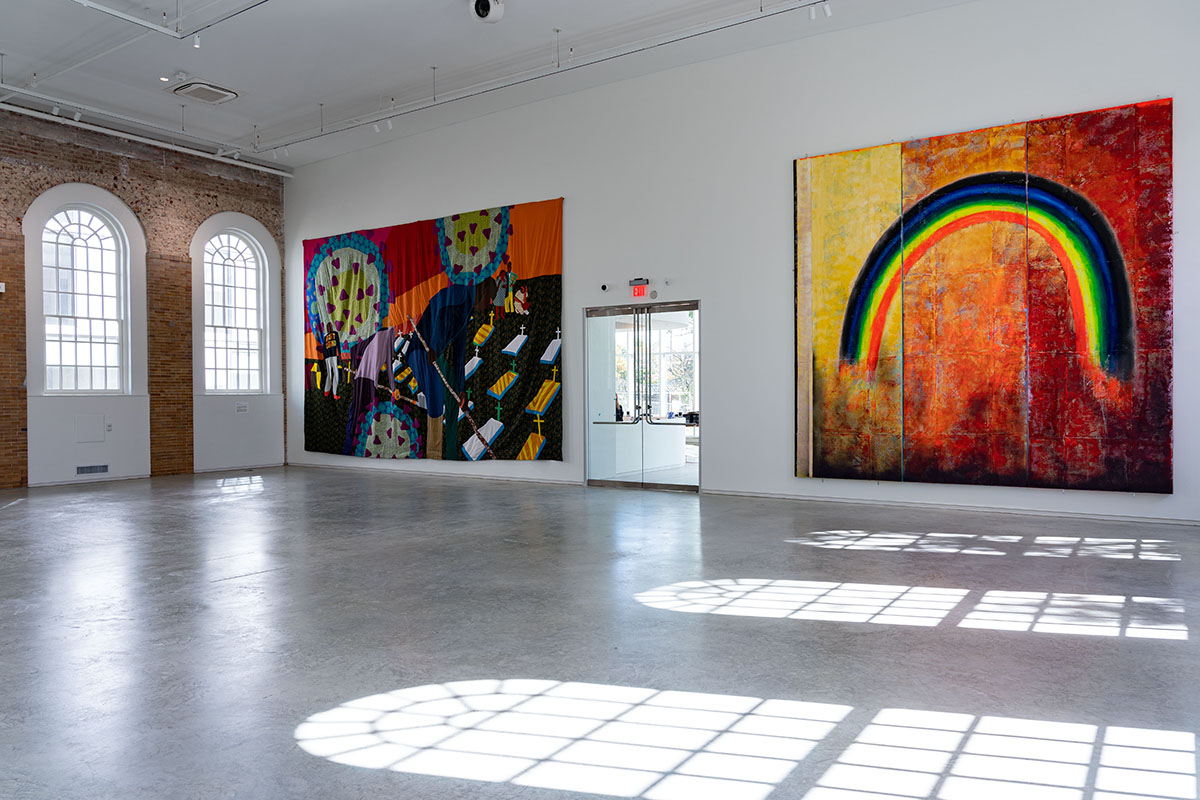



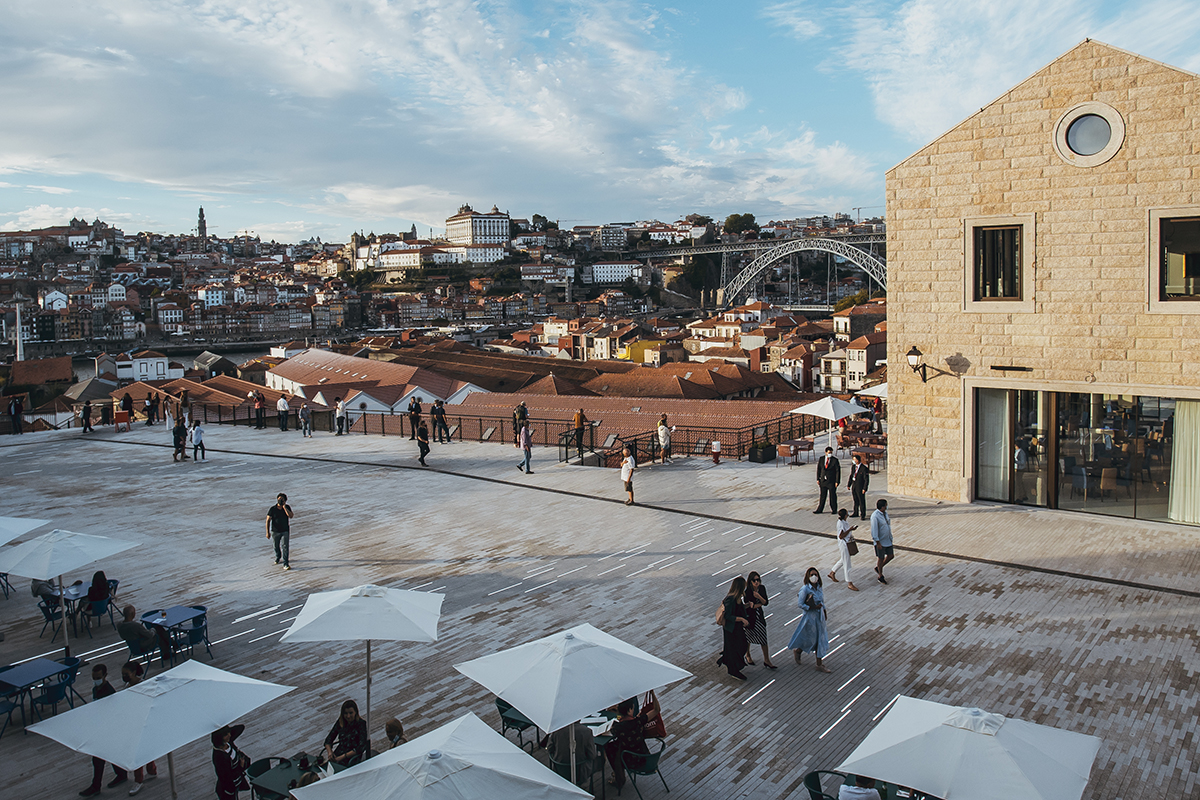

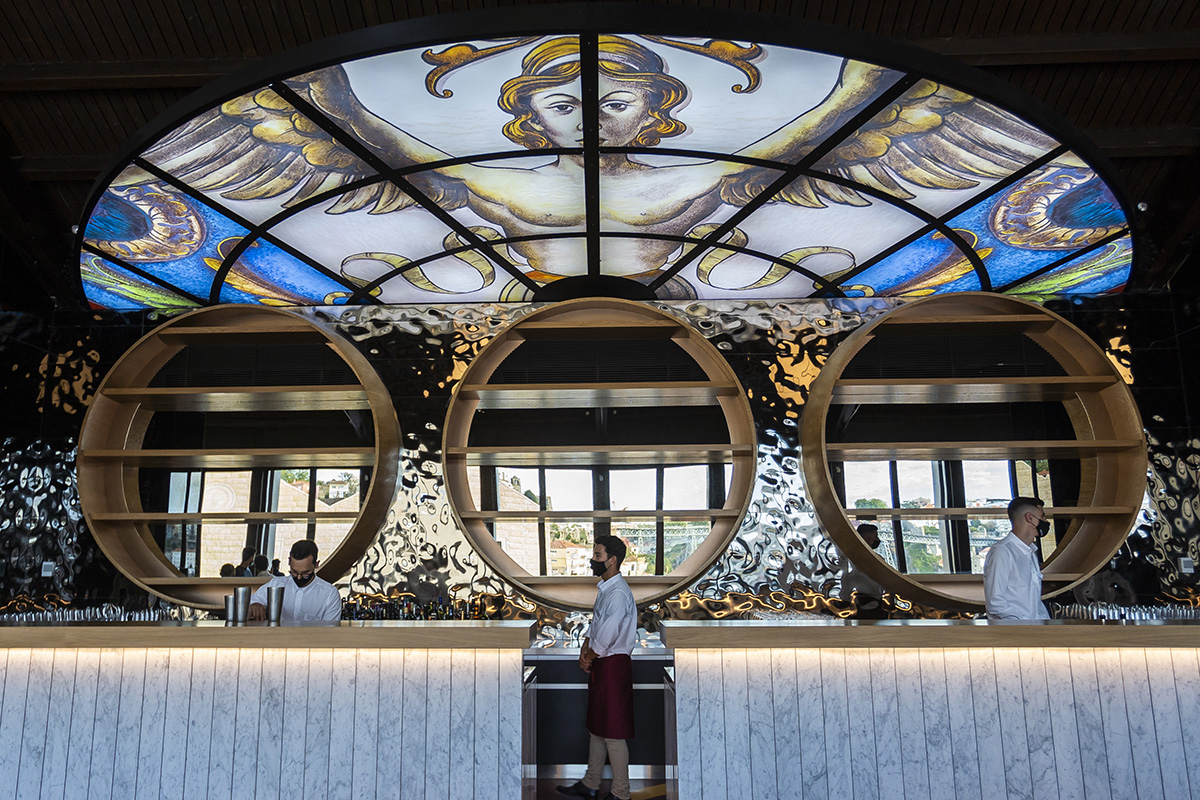

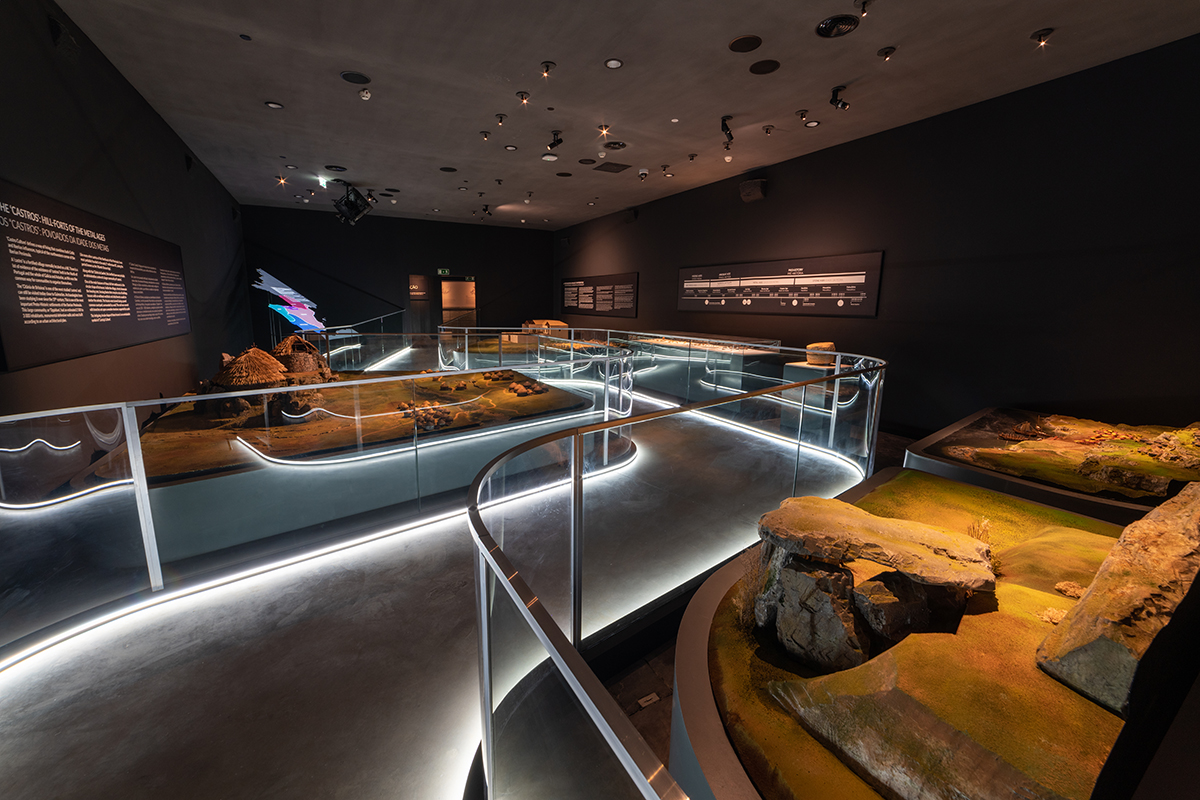

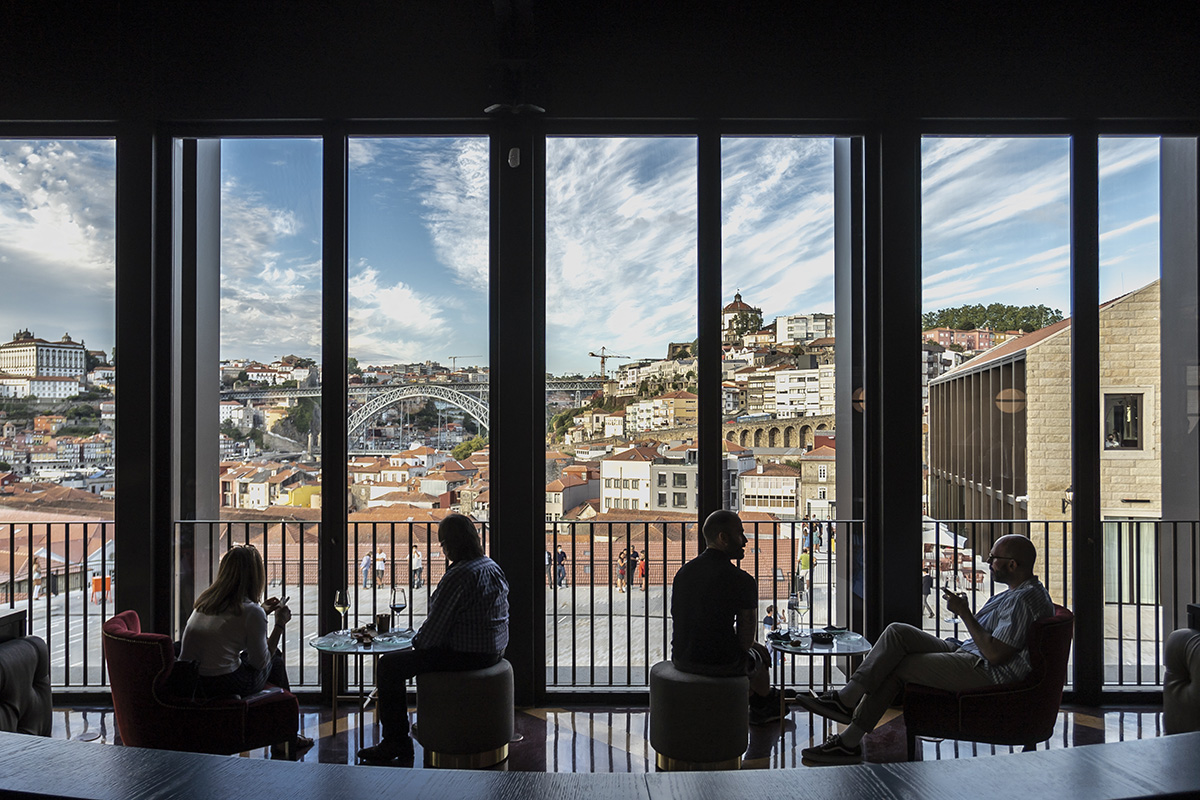

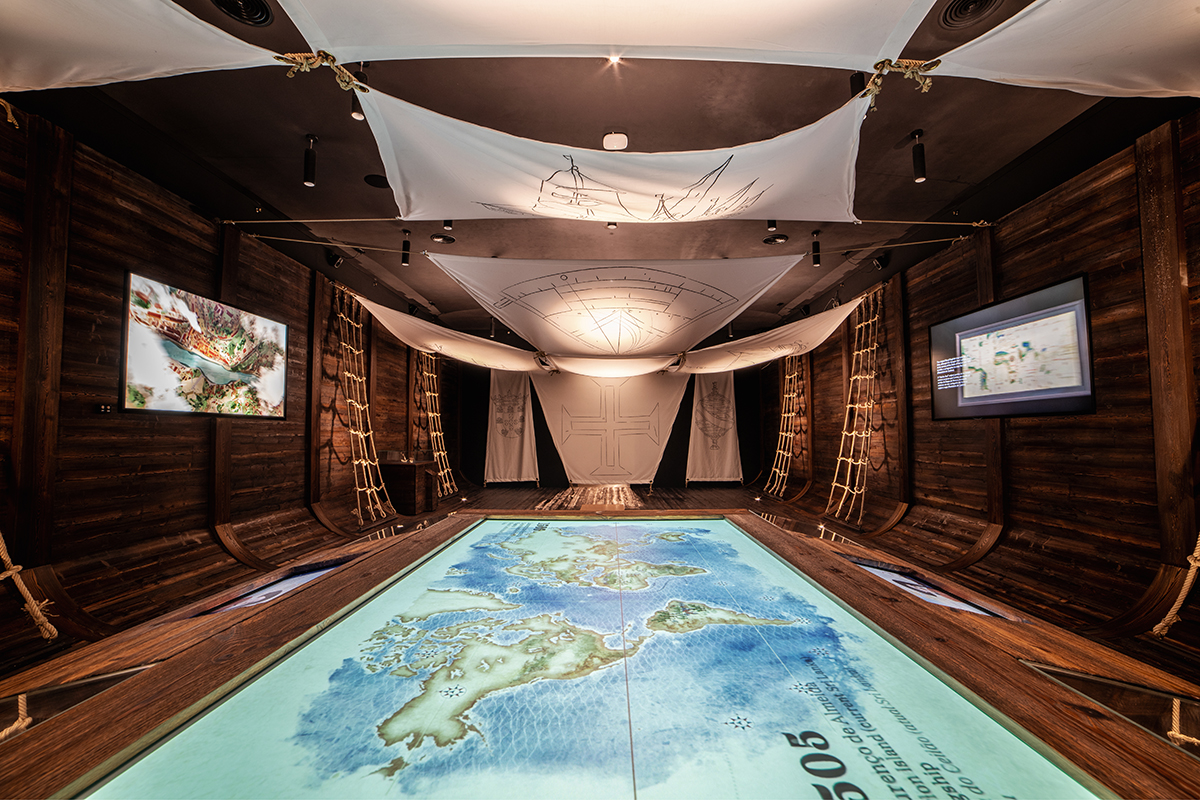
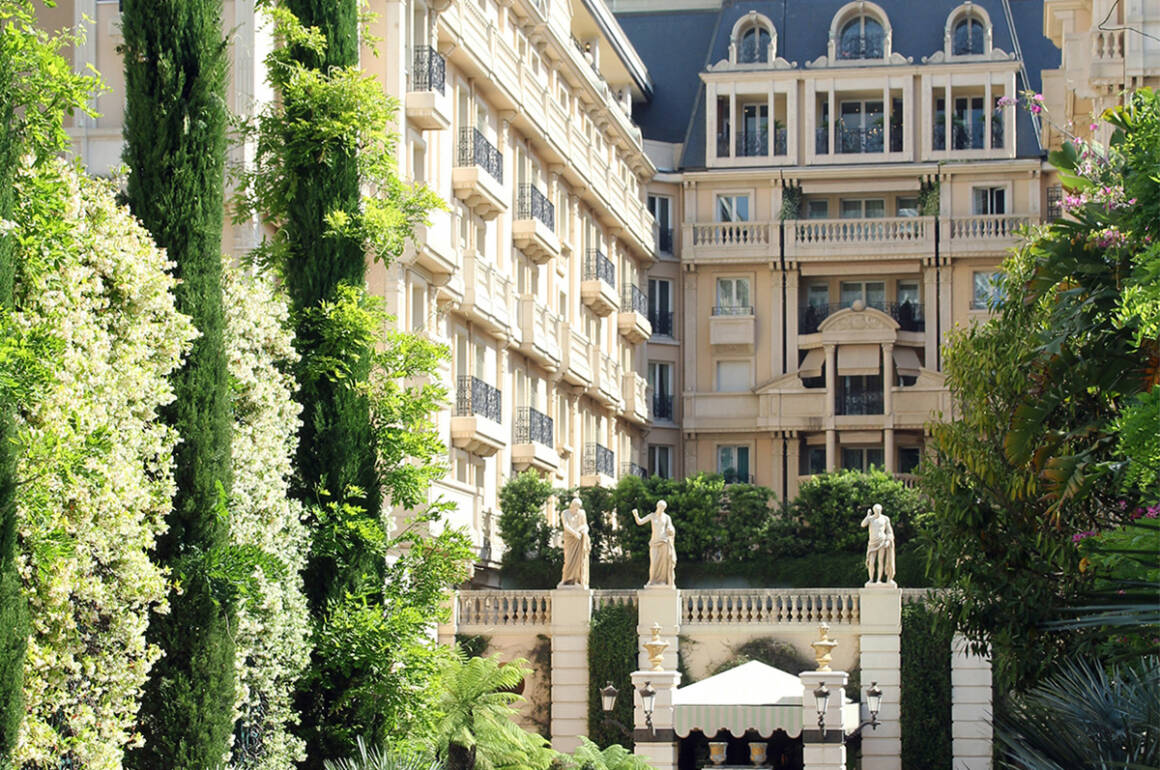
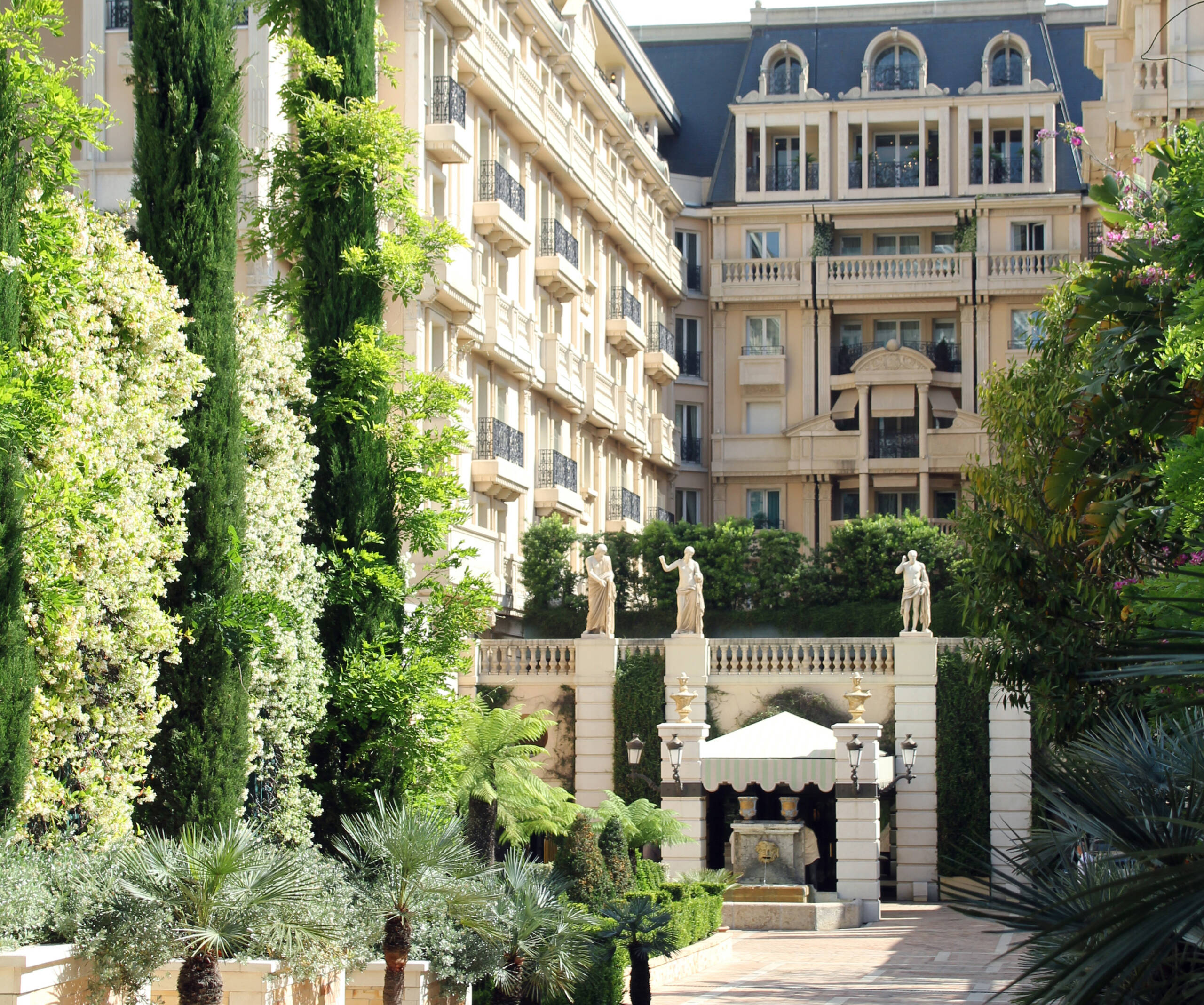
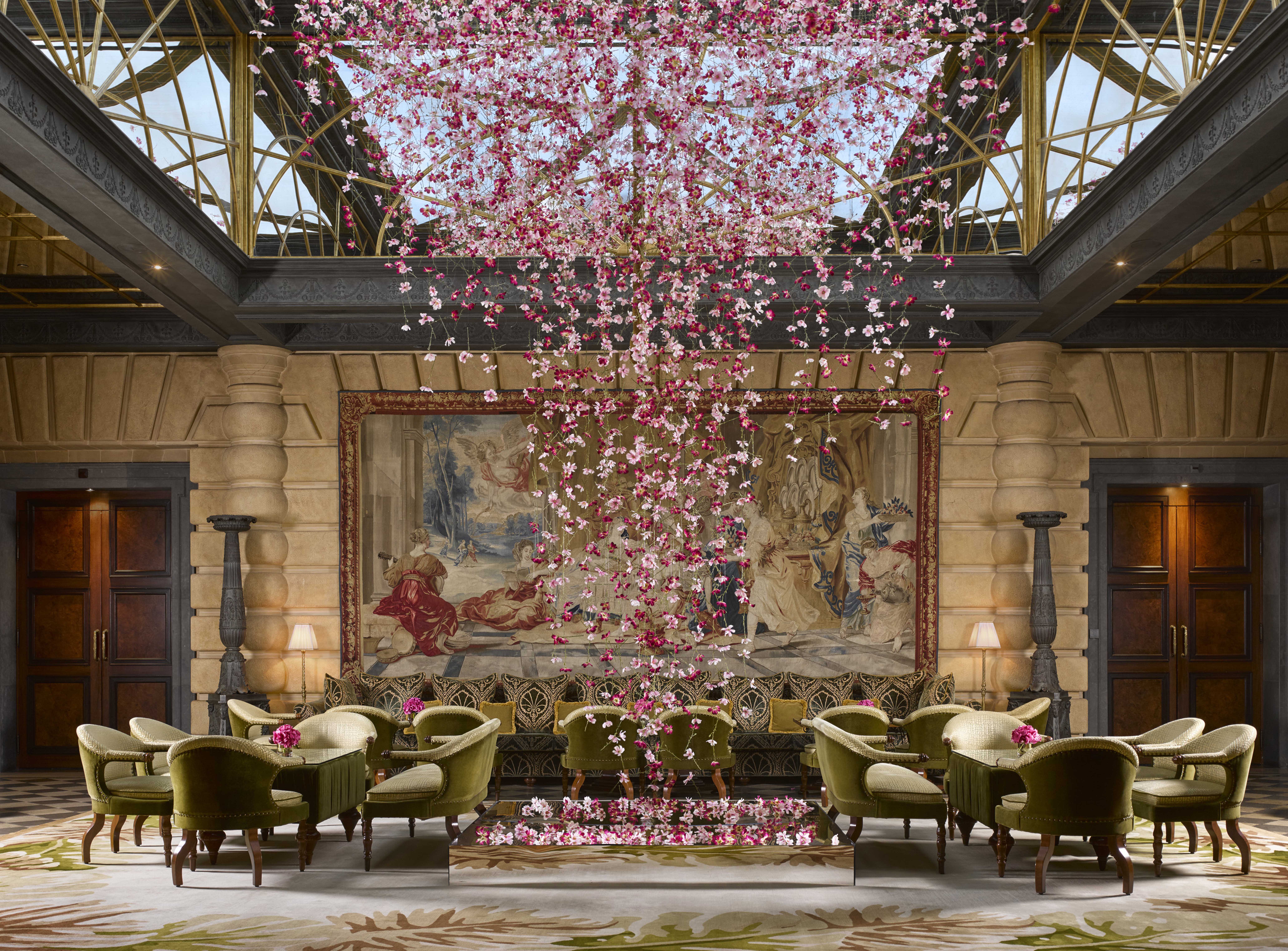

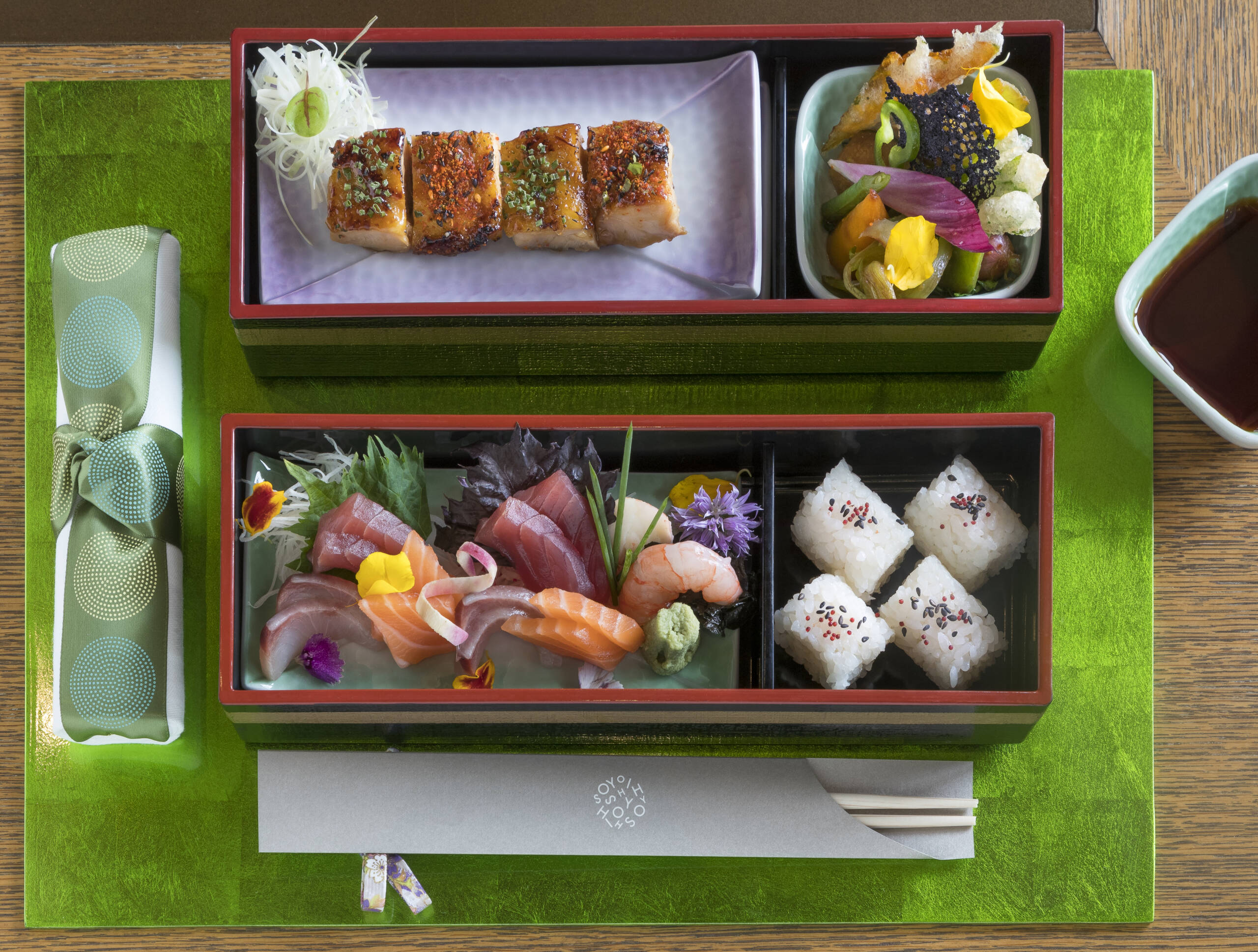






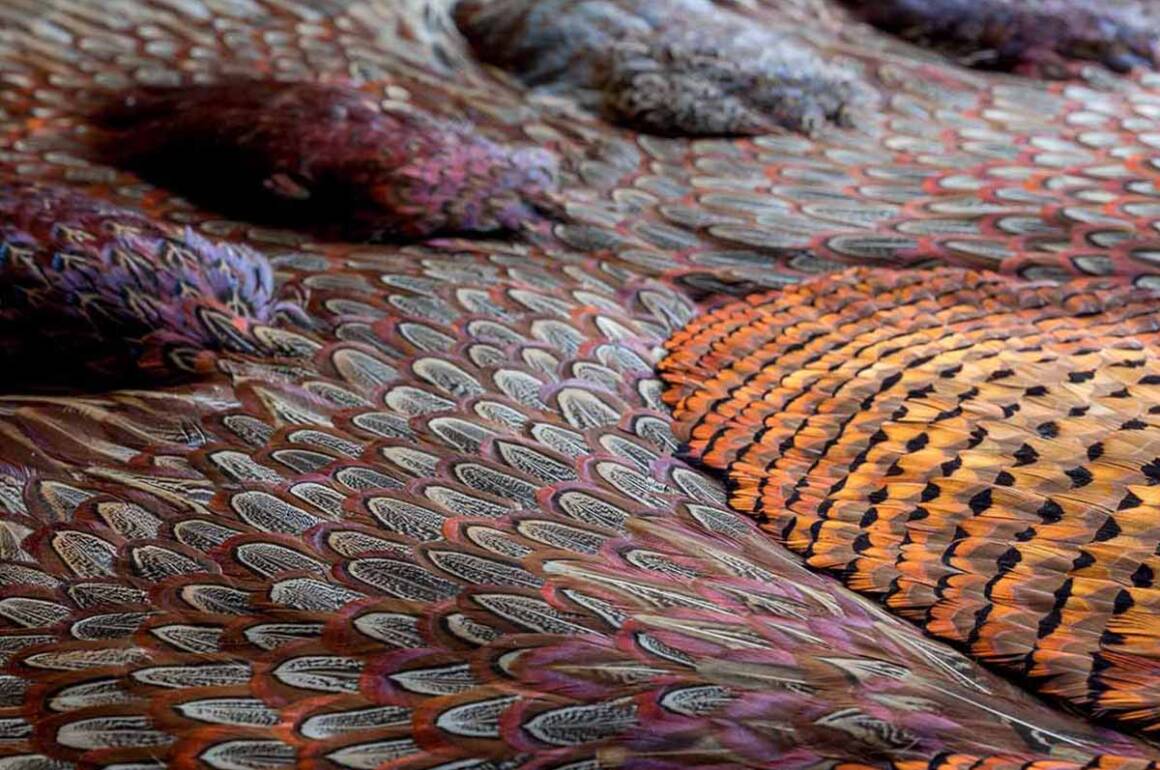
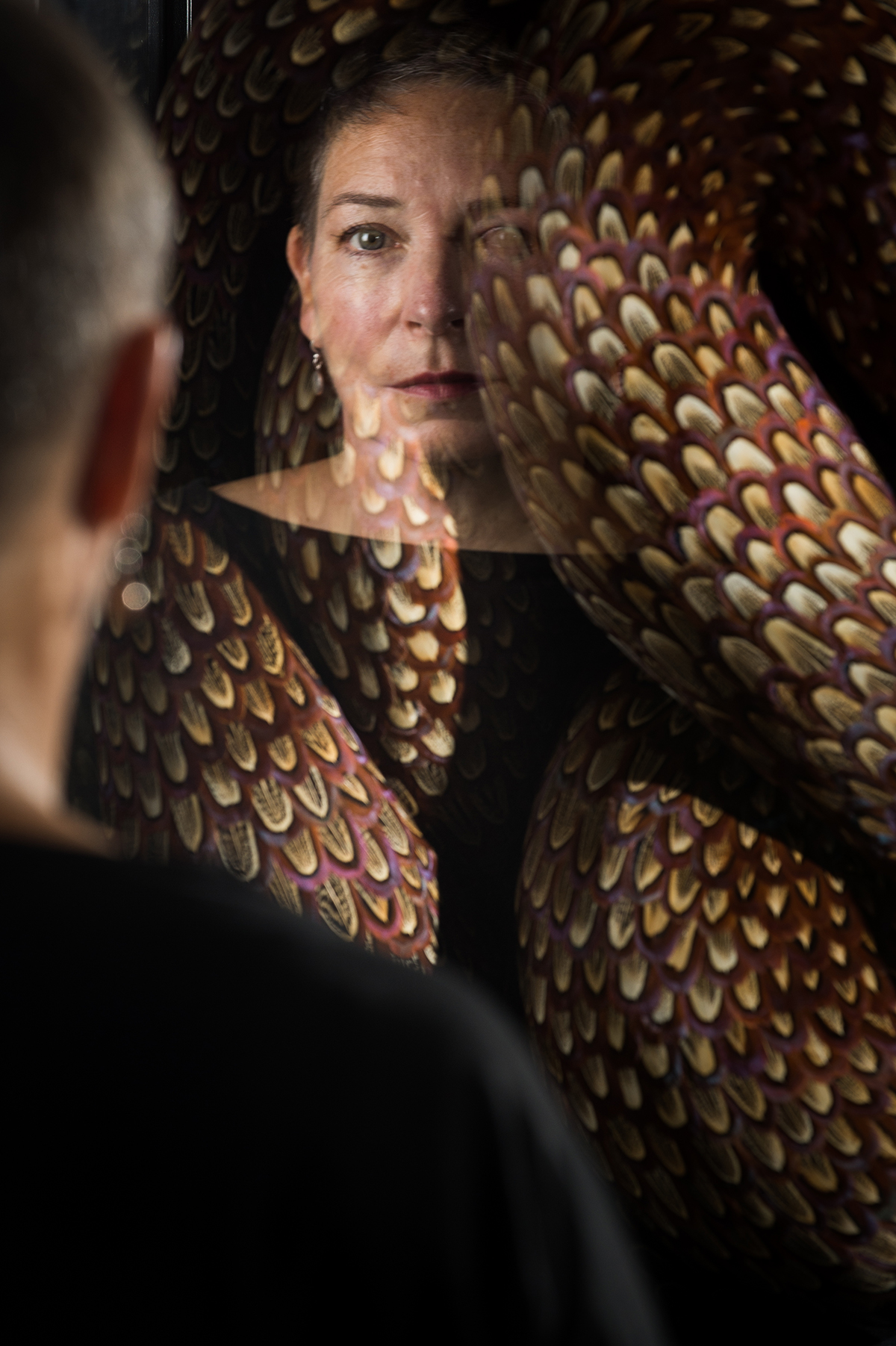 Kate MccGwire is a British artist whose childhood on the Norfolk Broads inspired her to create art around landscapes and wildlife. Often collaborating with fashion brands, MccGwire recently produced a limited edition scarf line with Co-Lab369. Here, Candice Tucker speaks with the artist about linking her nature focused art with the fashion world
Kate MccGwire is a British artist whose childhood on the Norfolk Broads inspired her to create art around landscapes and wildlife. Often collaborating with fashion brands, MccGwire recently produced a limited edition scarf line with Co-Lab369. Here, Candice Tucker speaks with the artist about linking her nature focused art with the fashion world
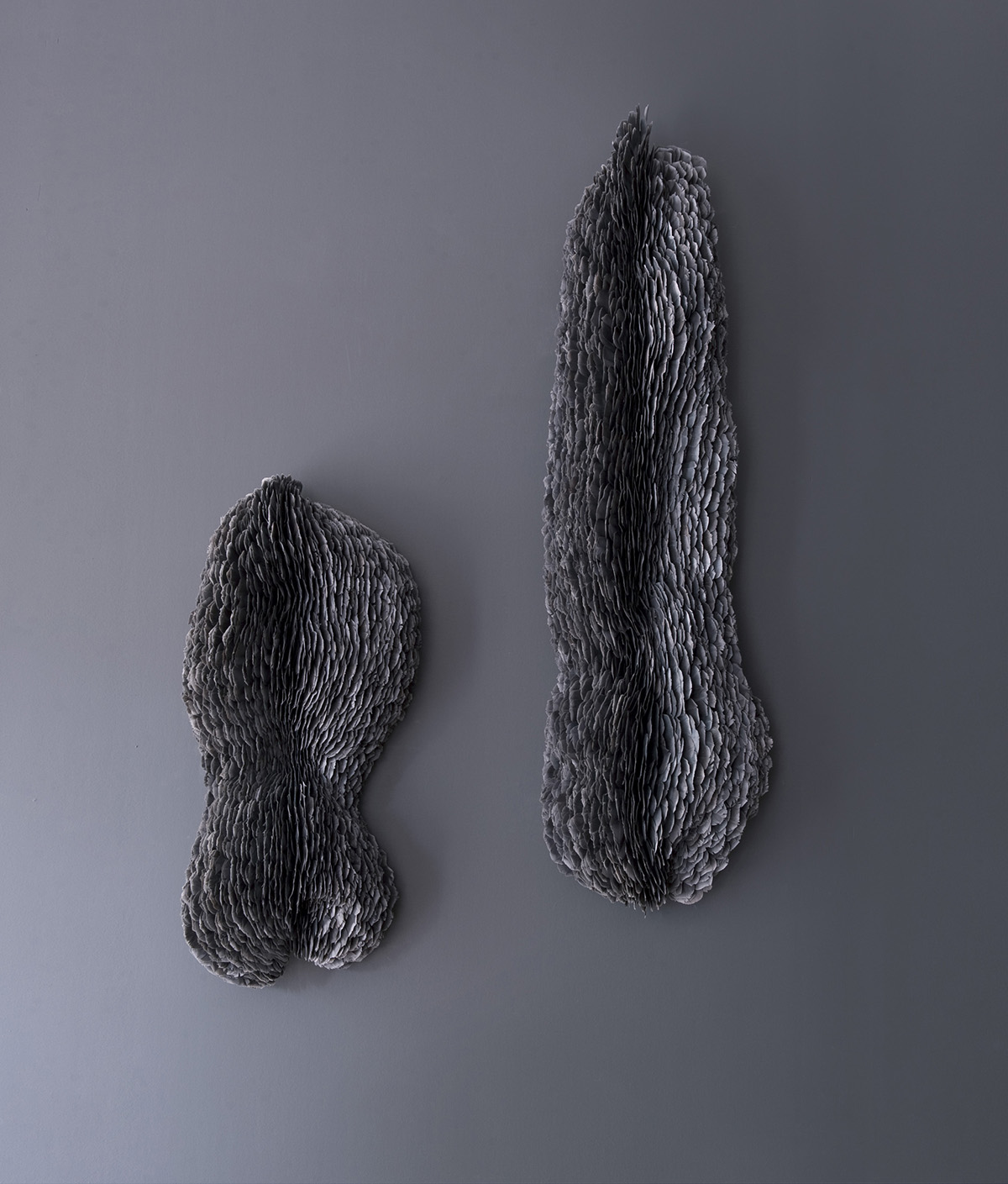

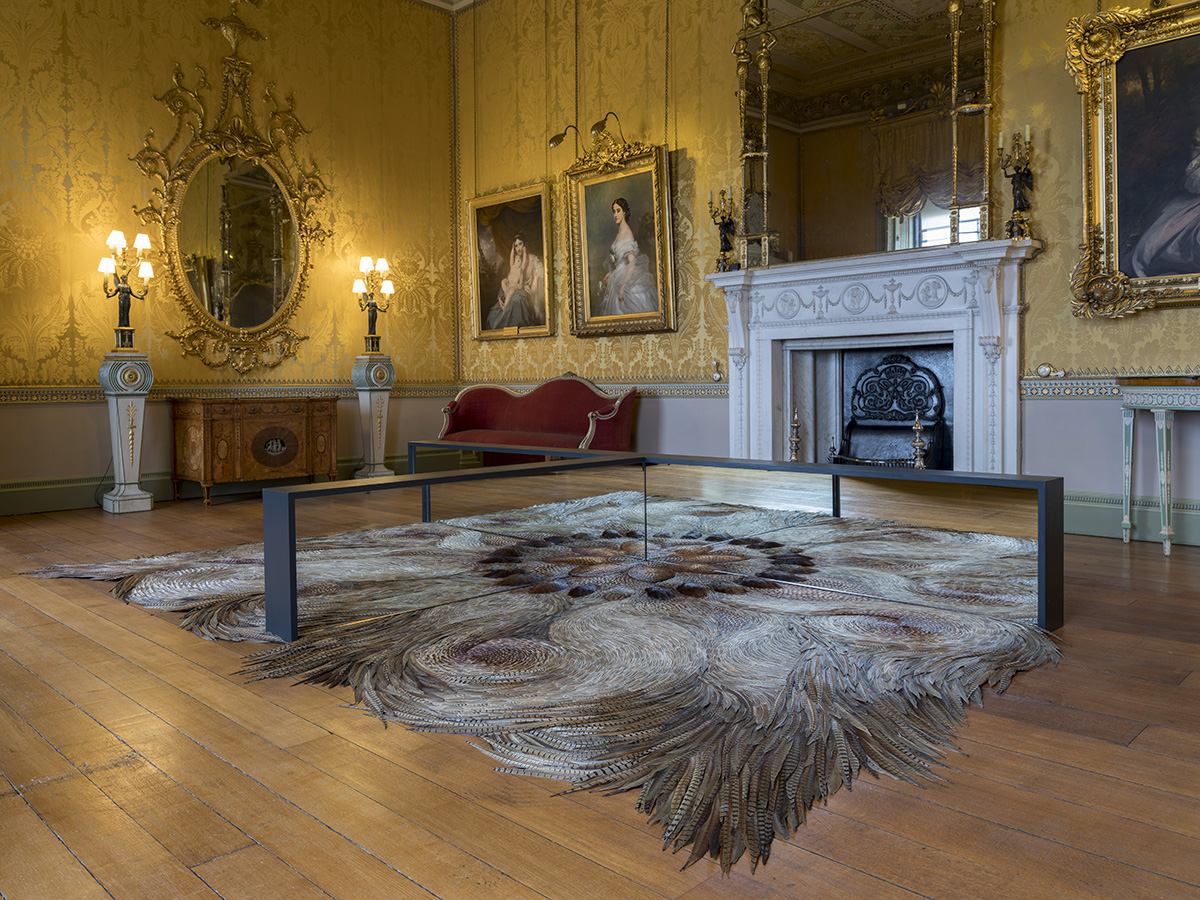
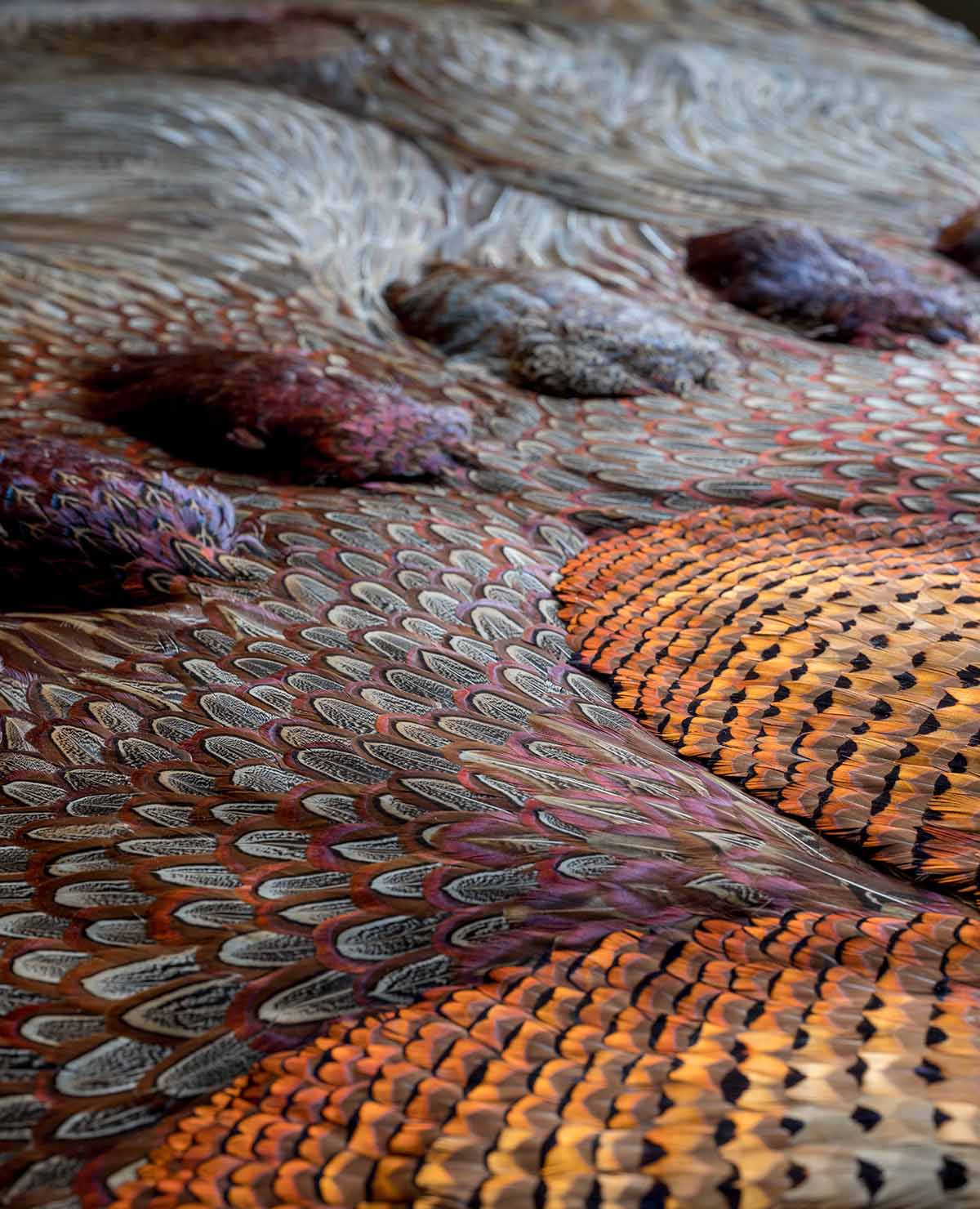

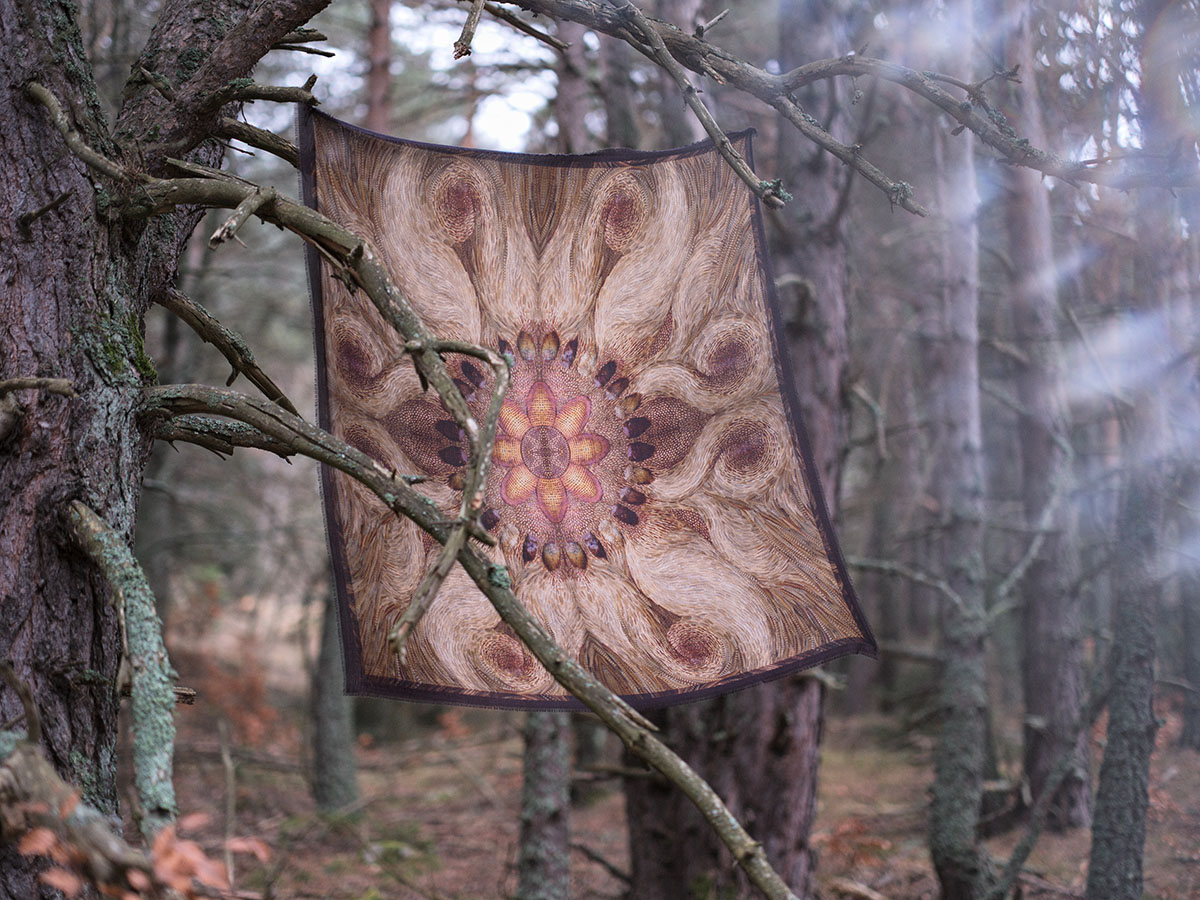

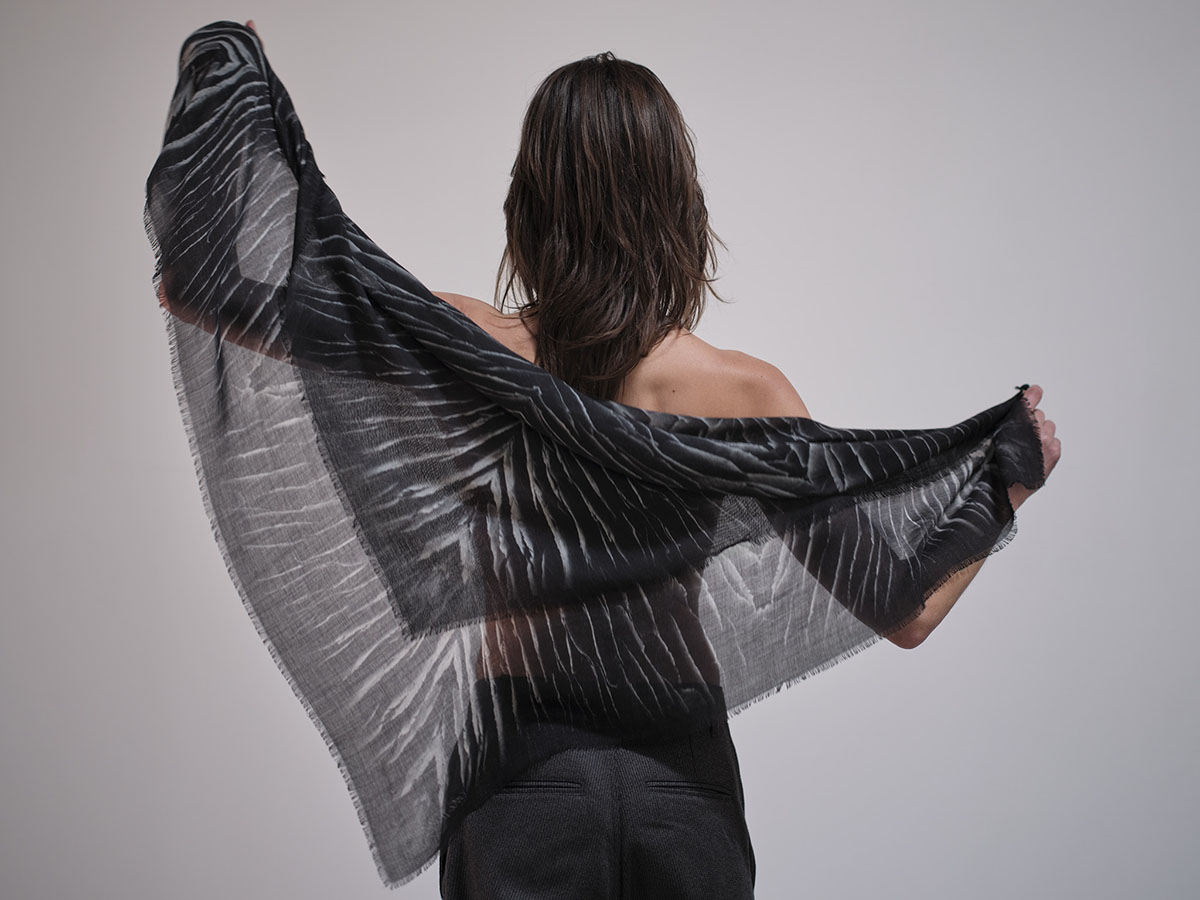


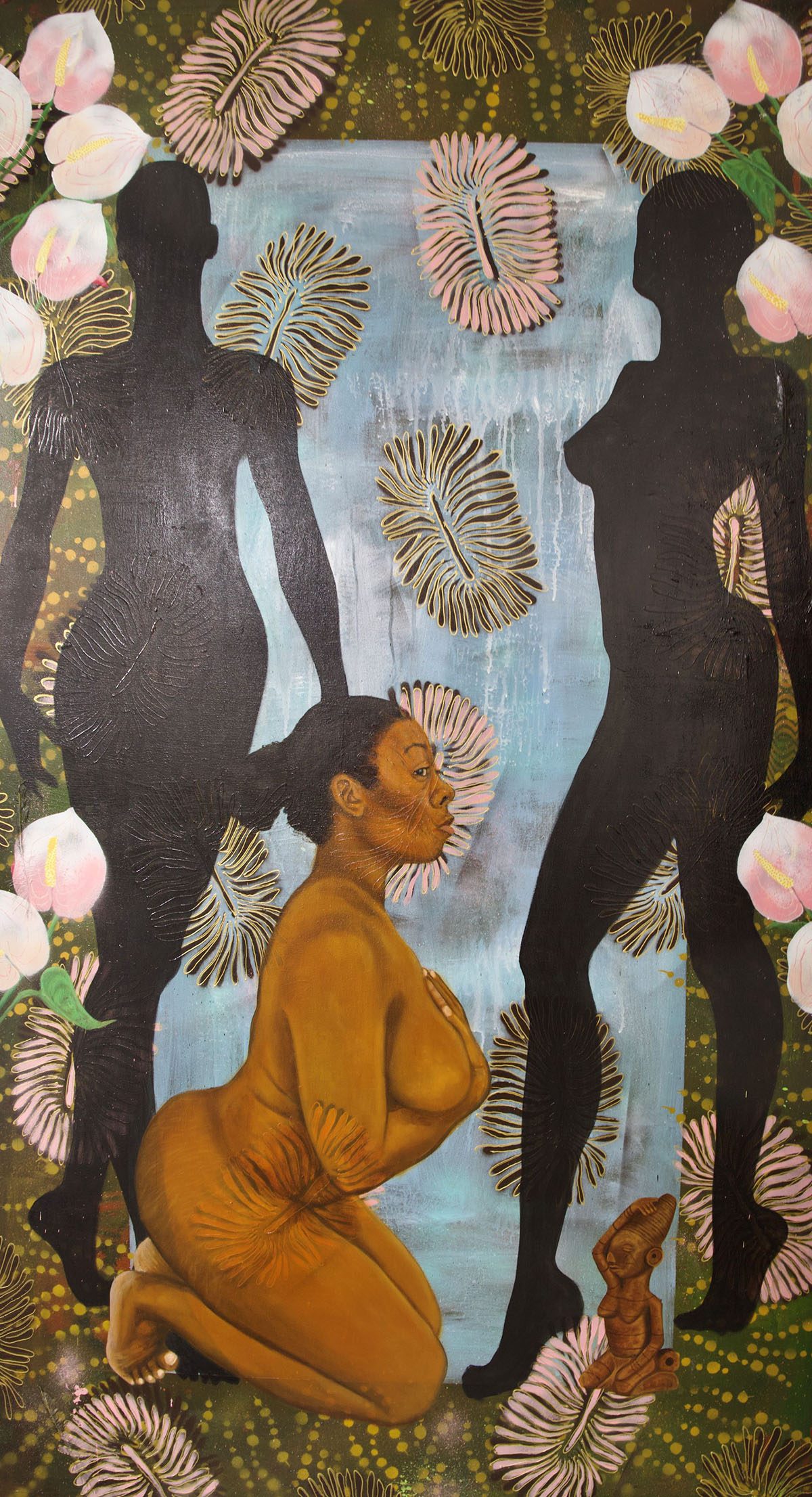
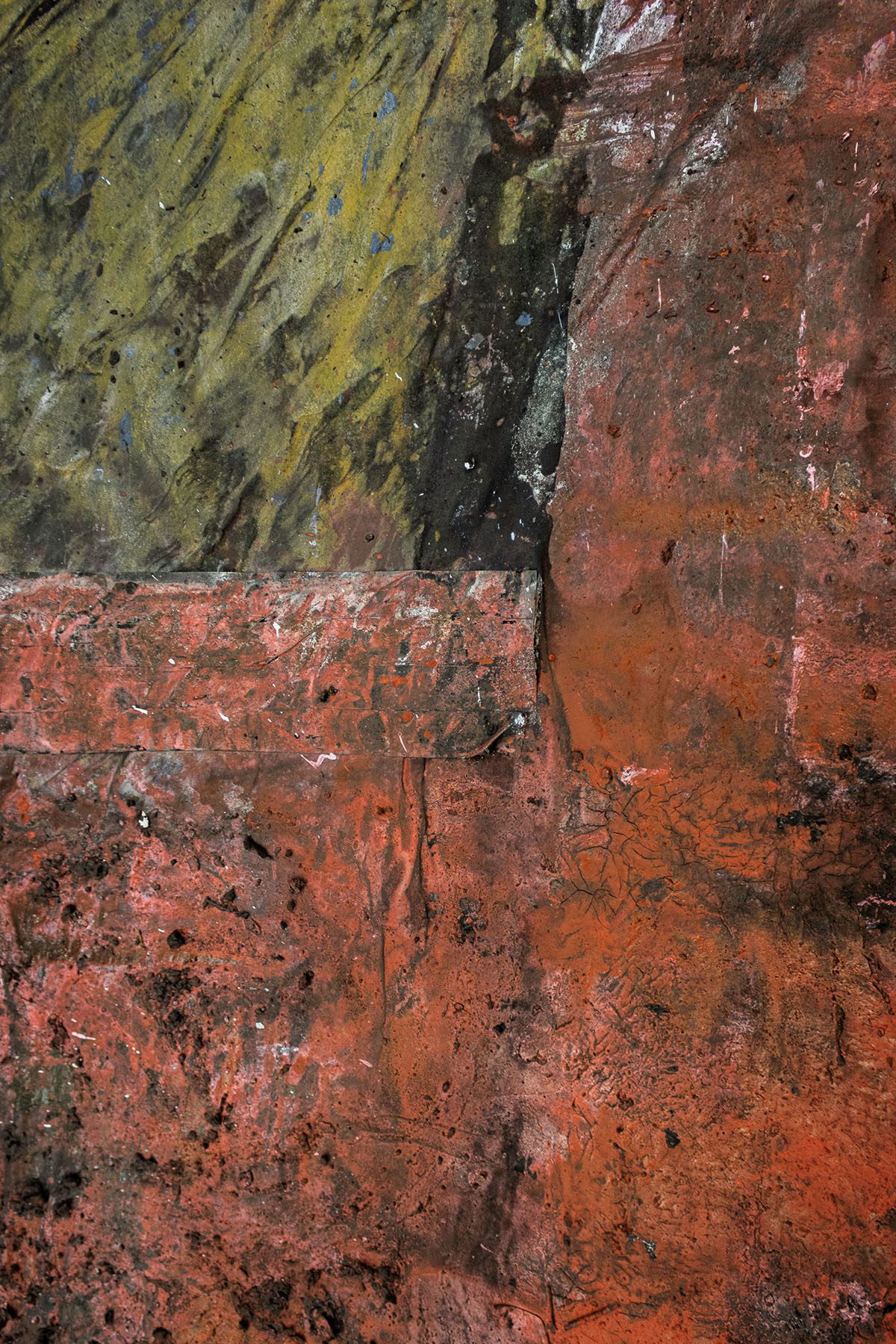

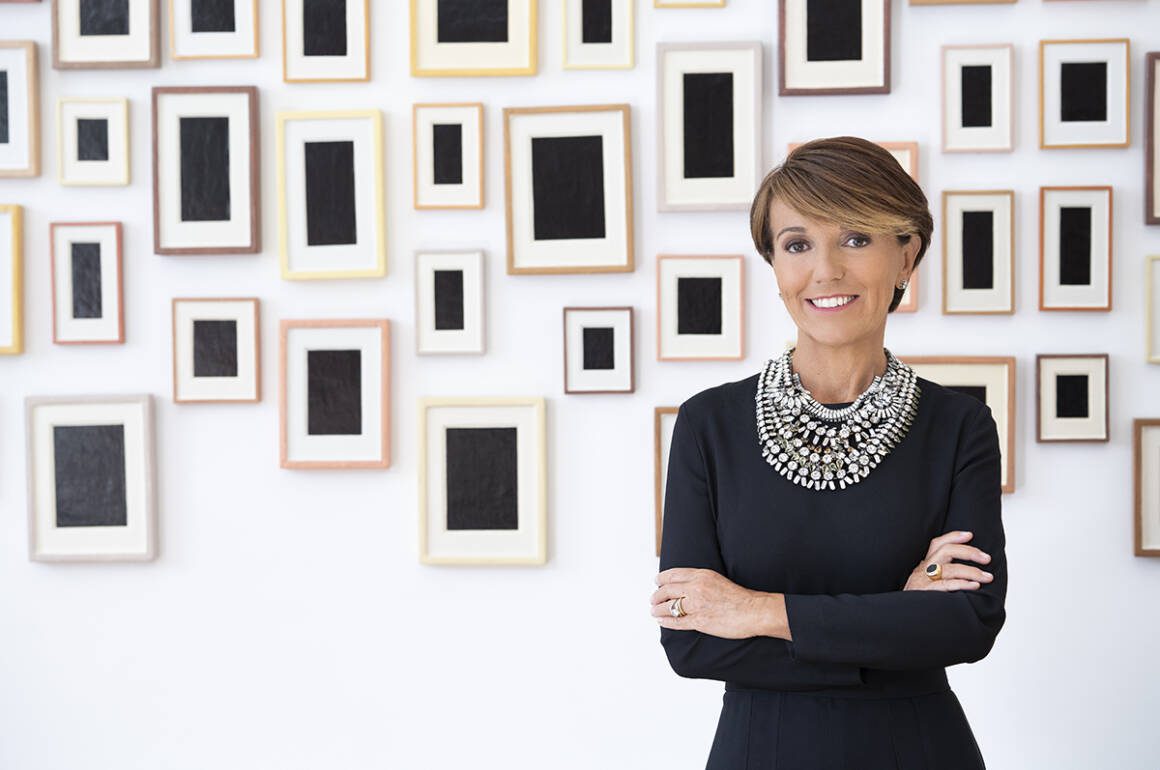
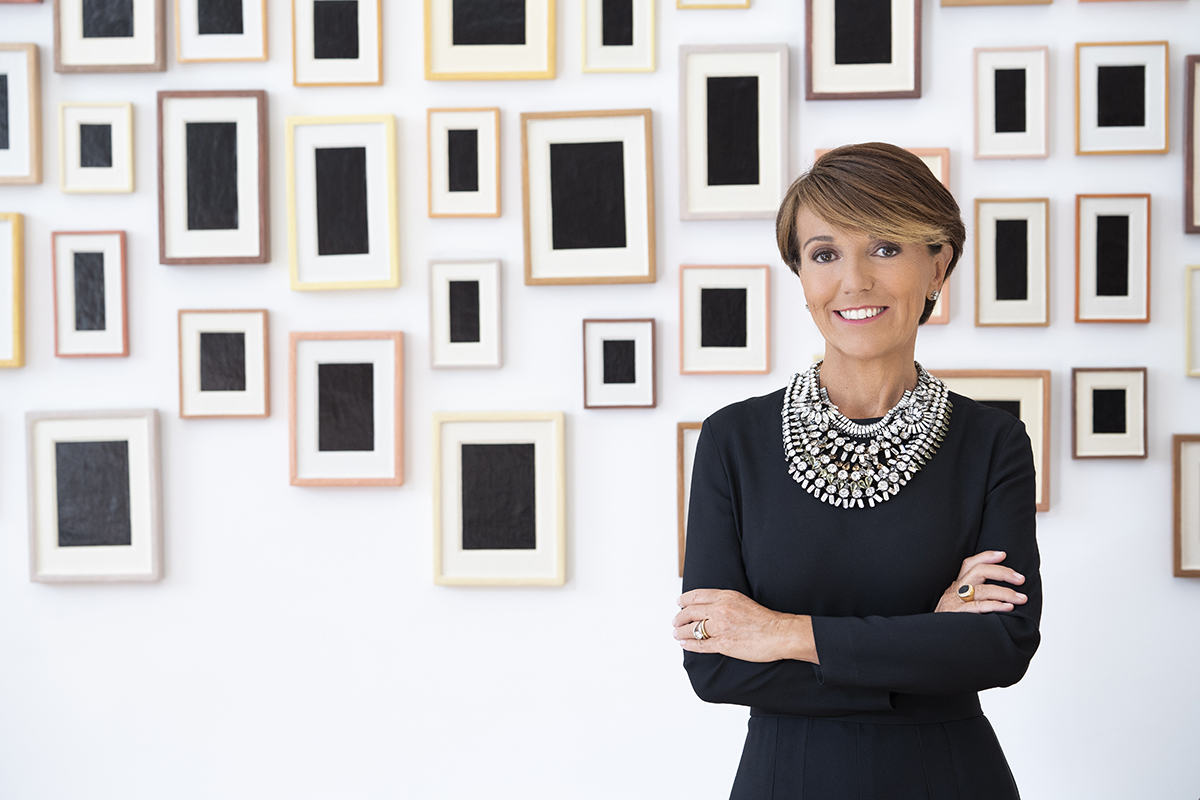
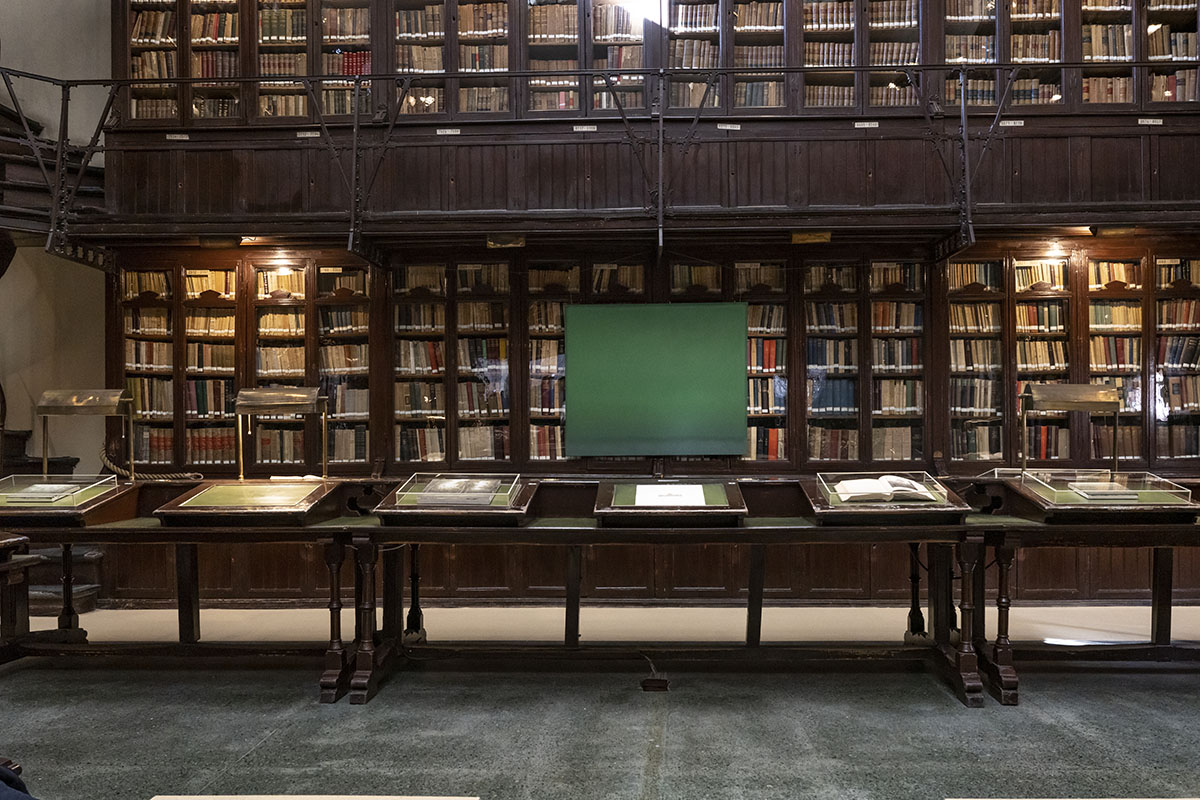
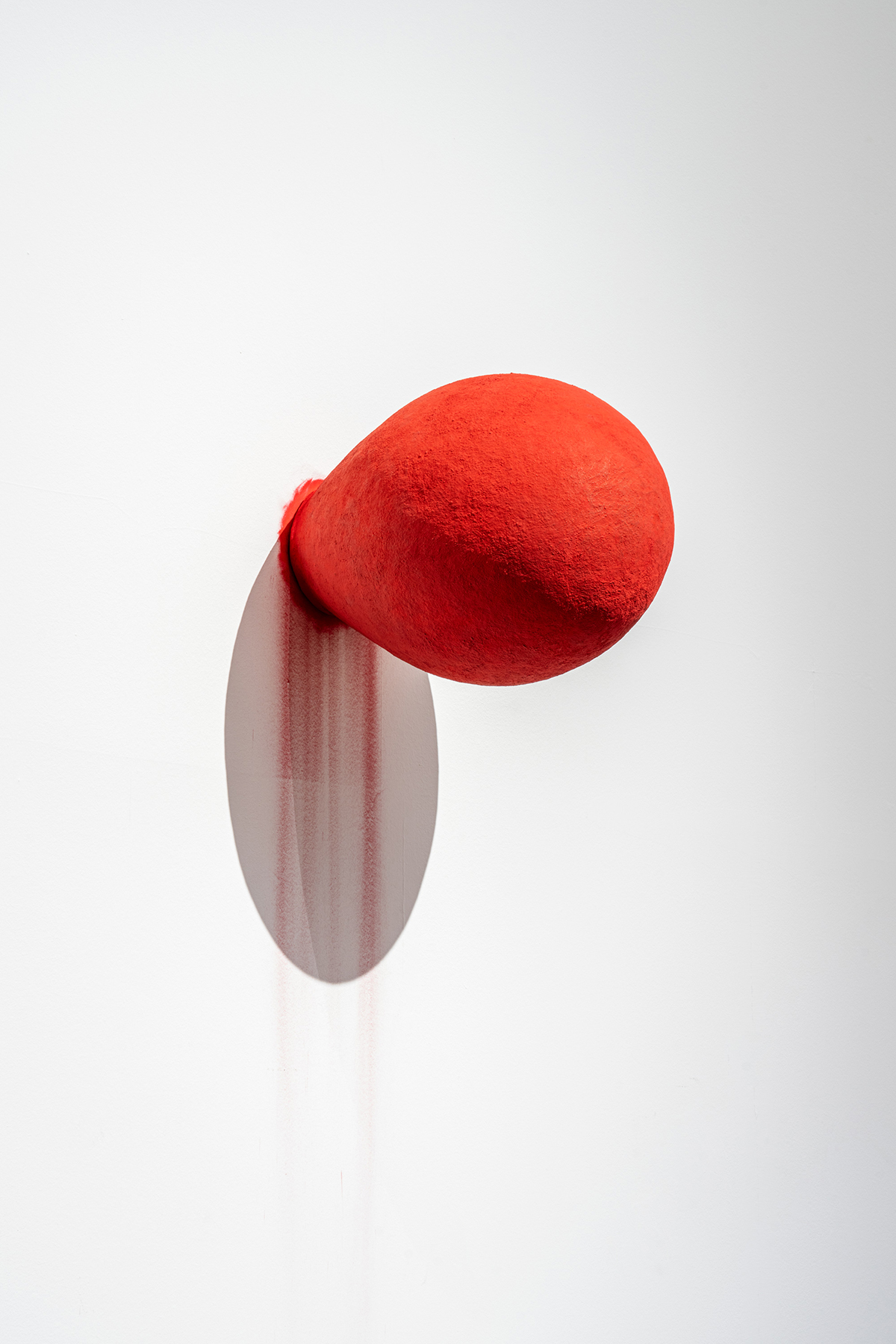

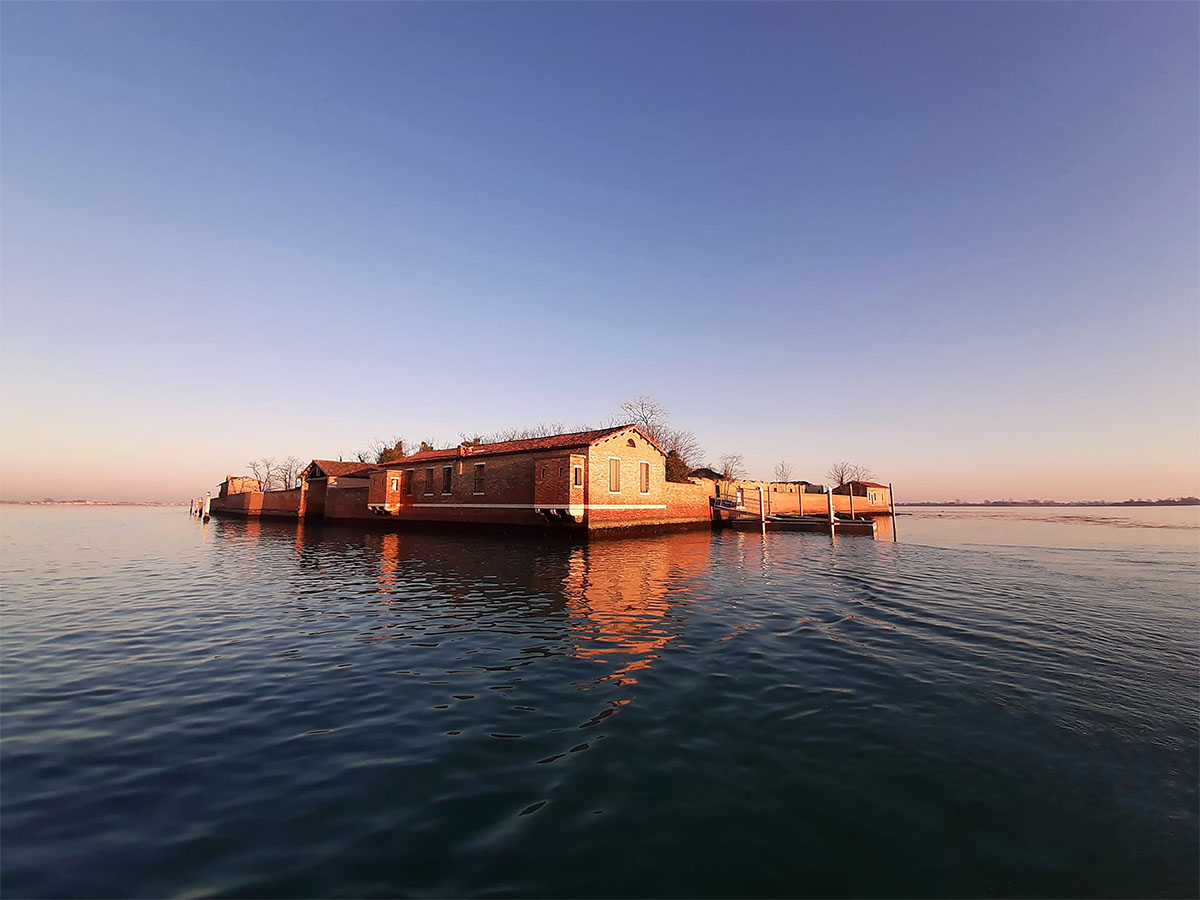
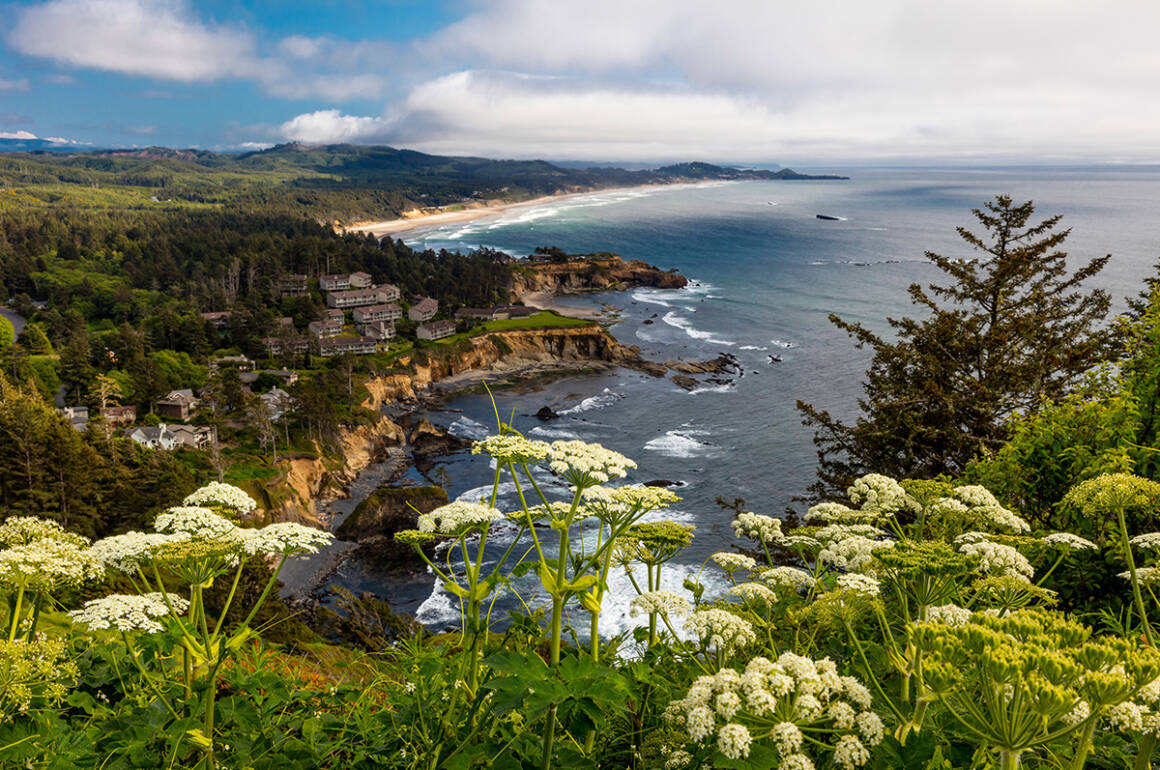





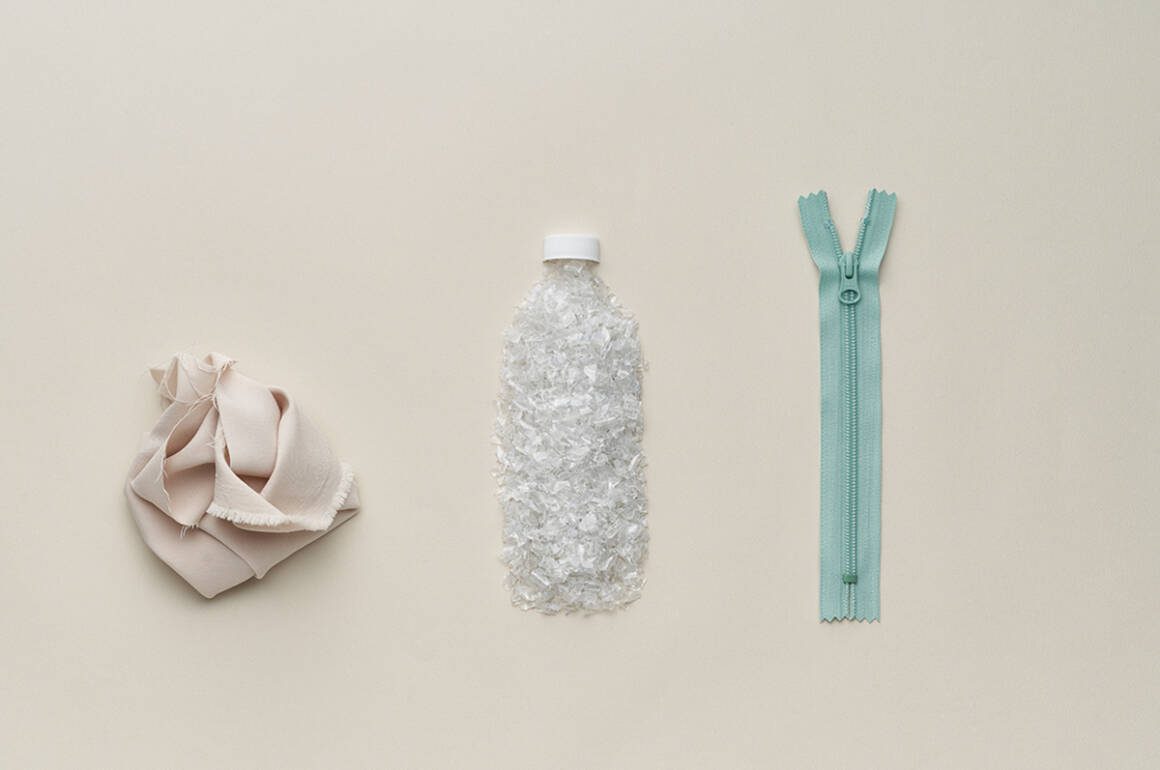
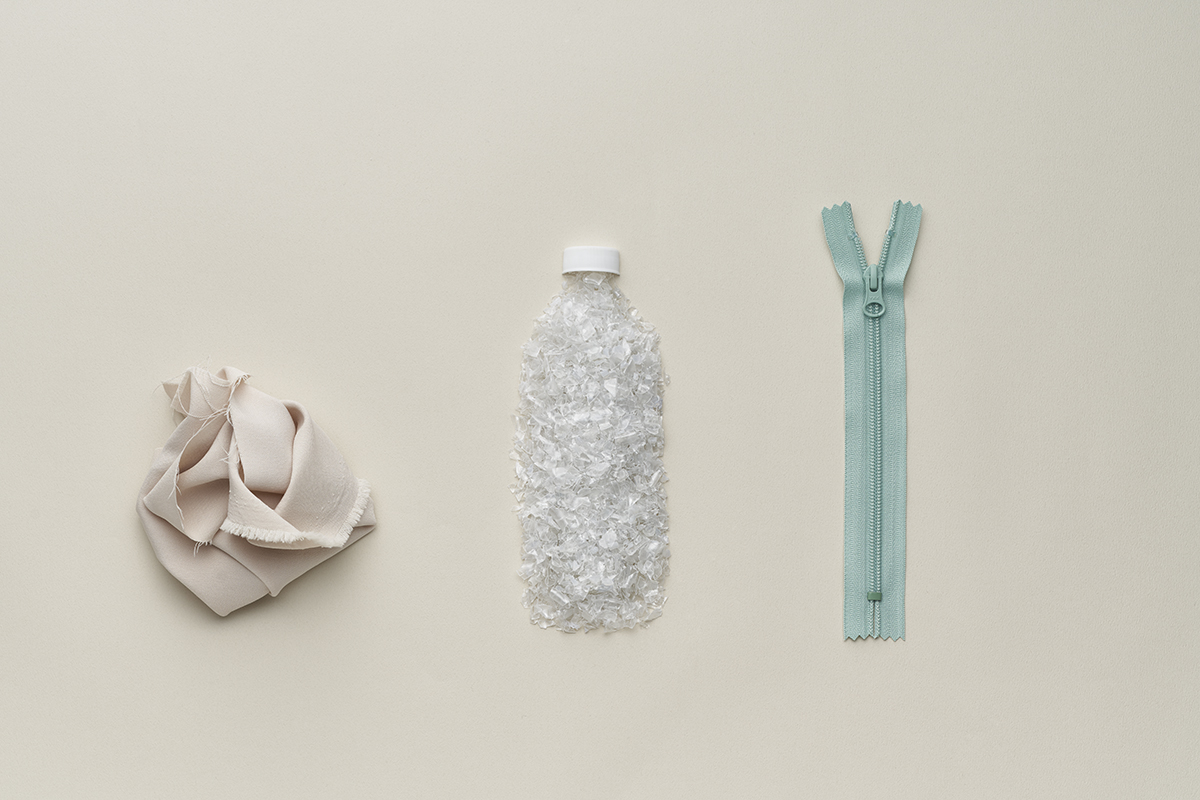
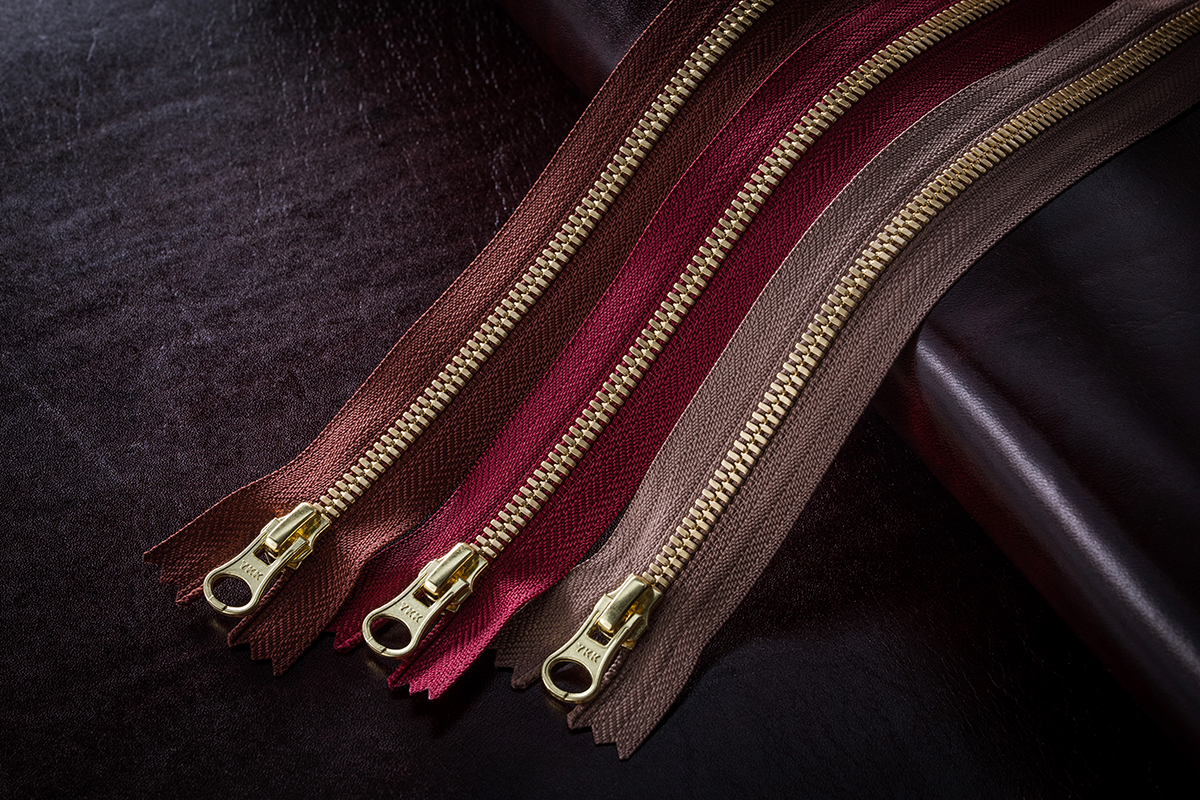

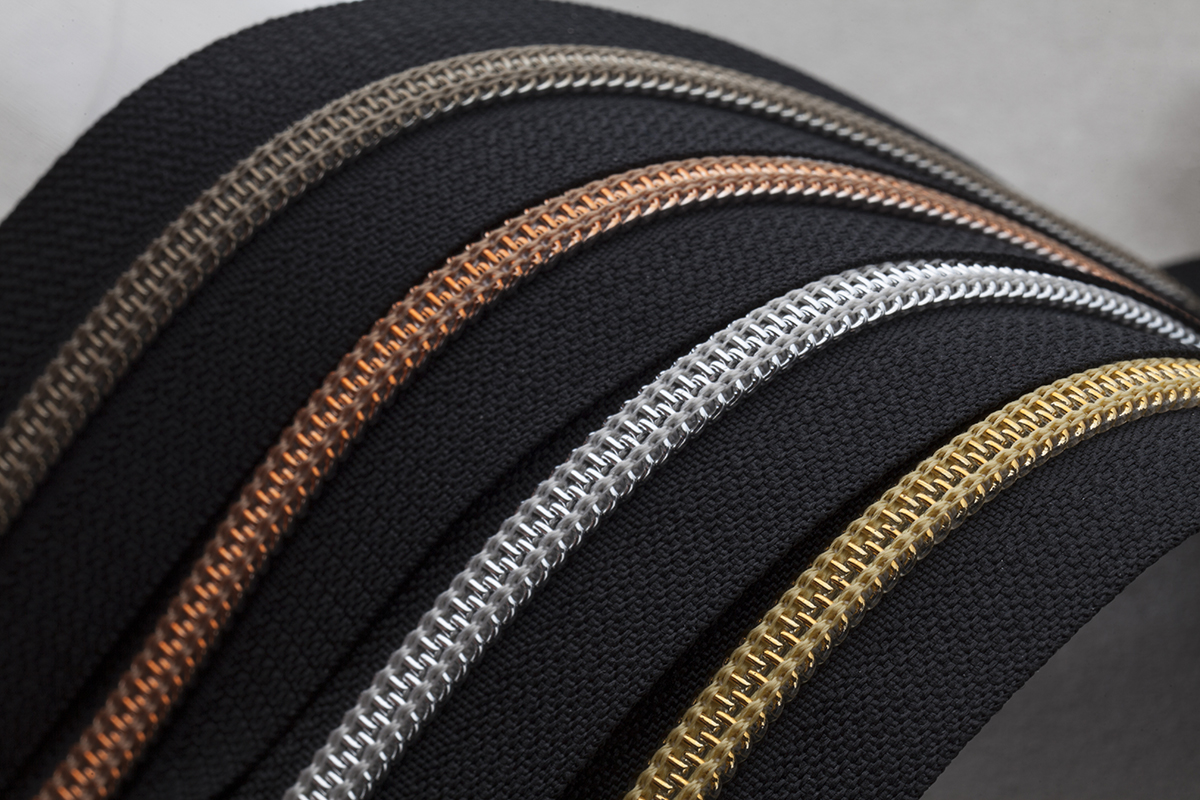
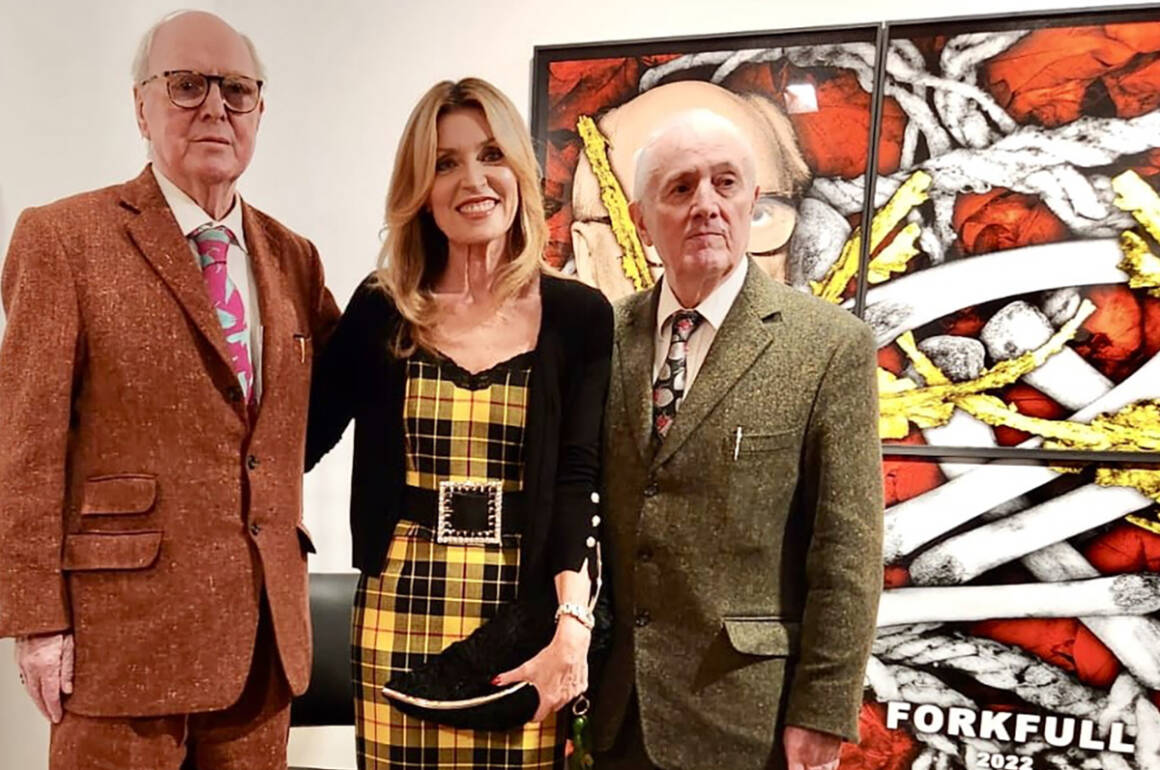
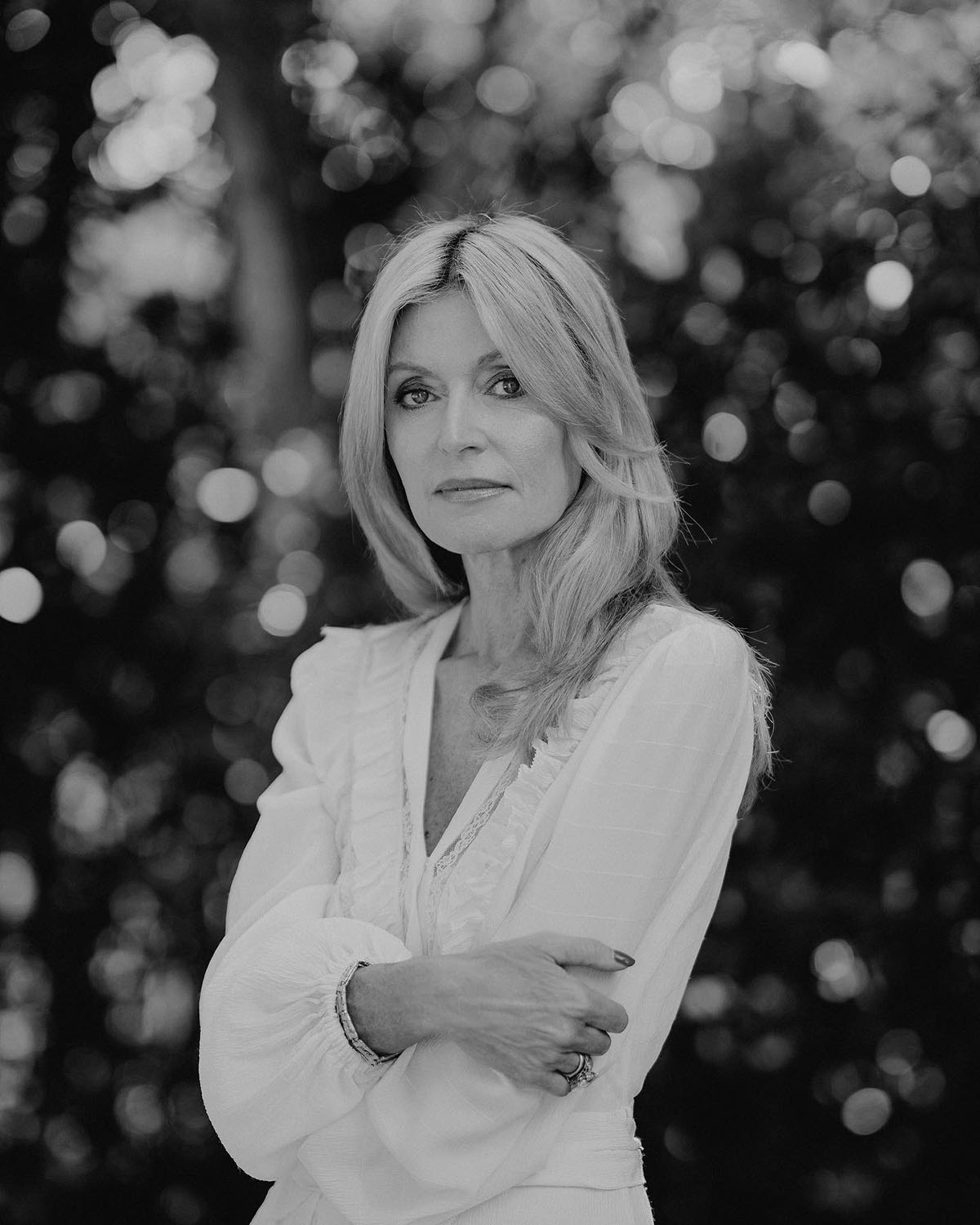
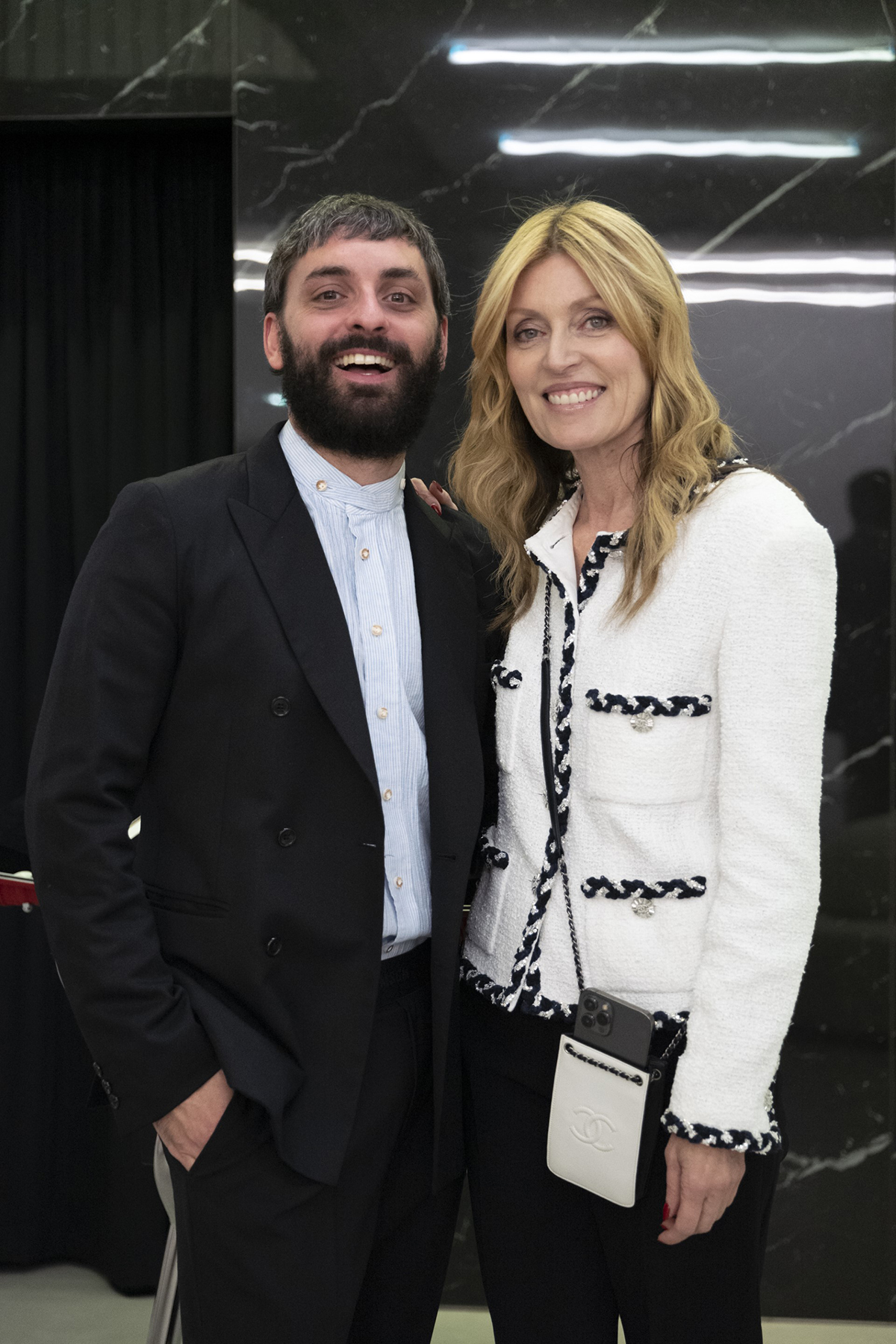
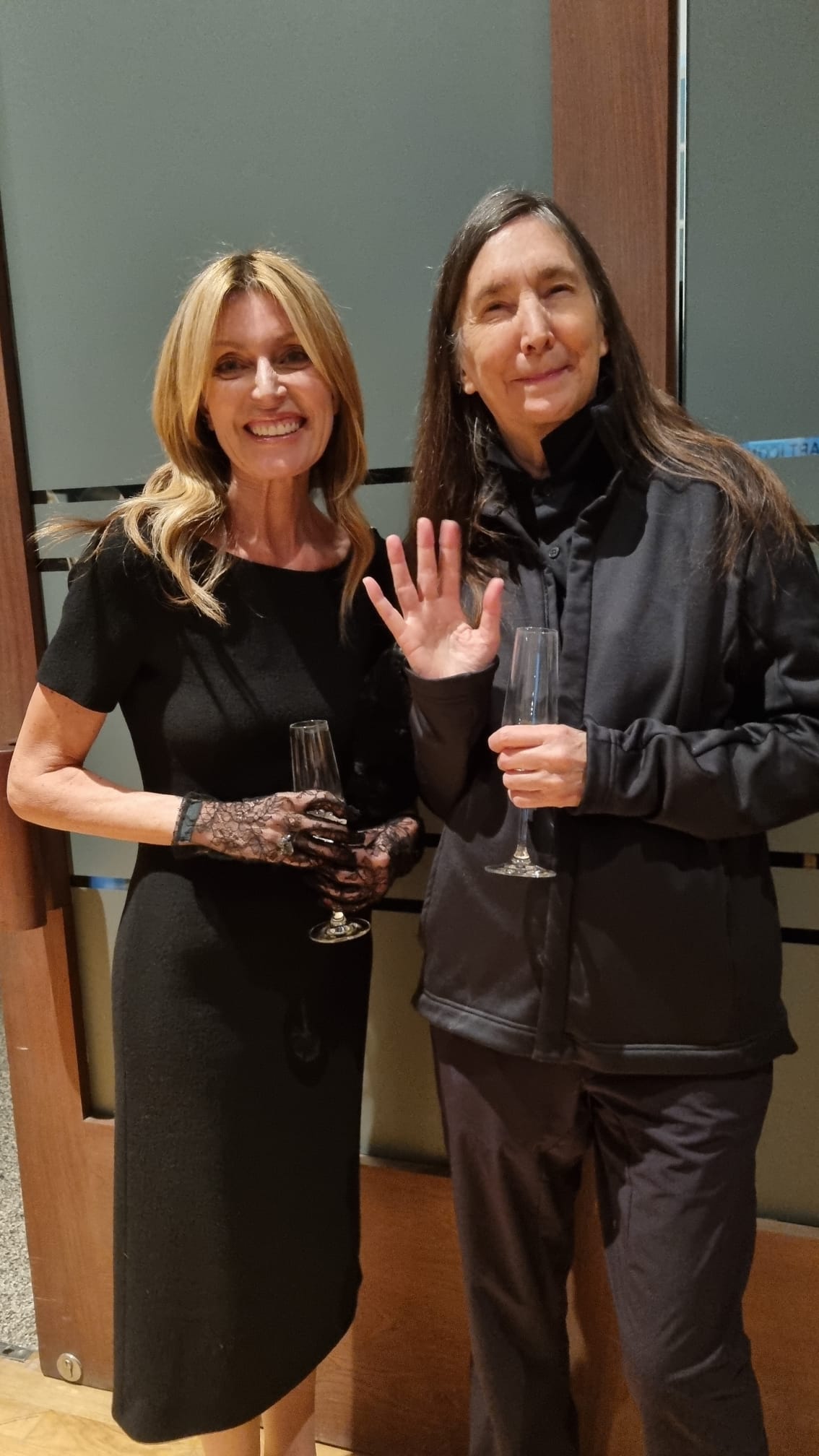
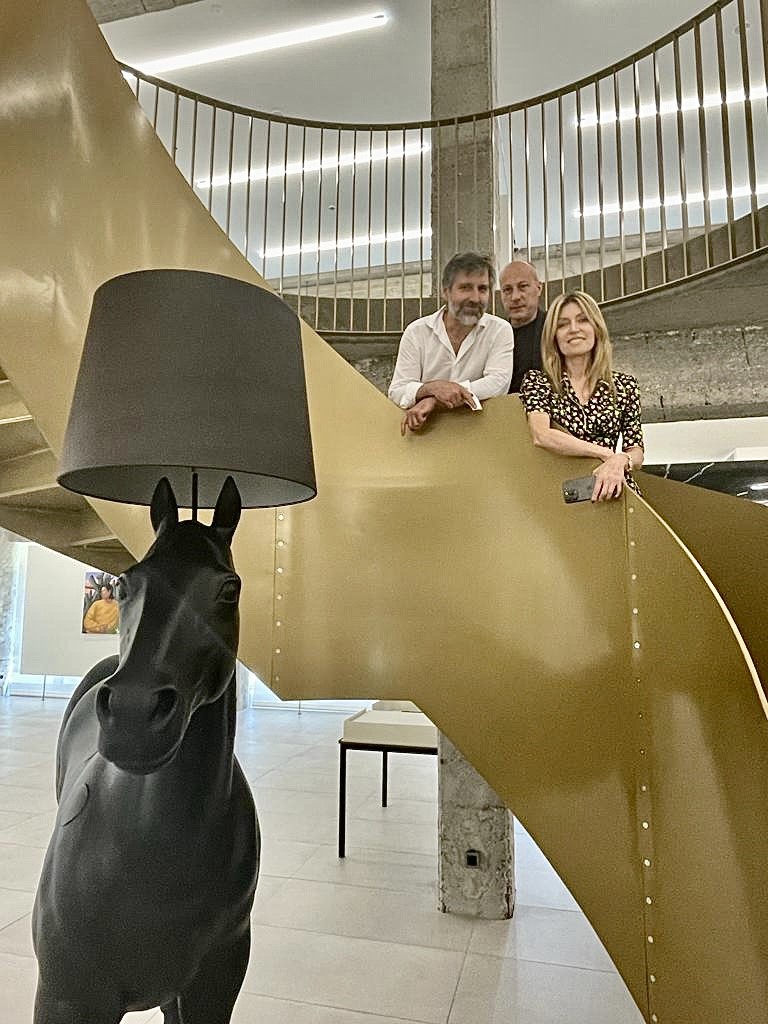



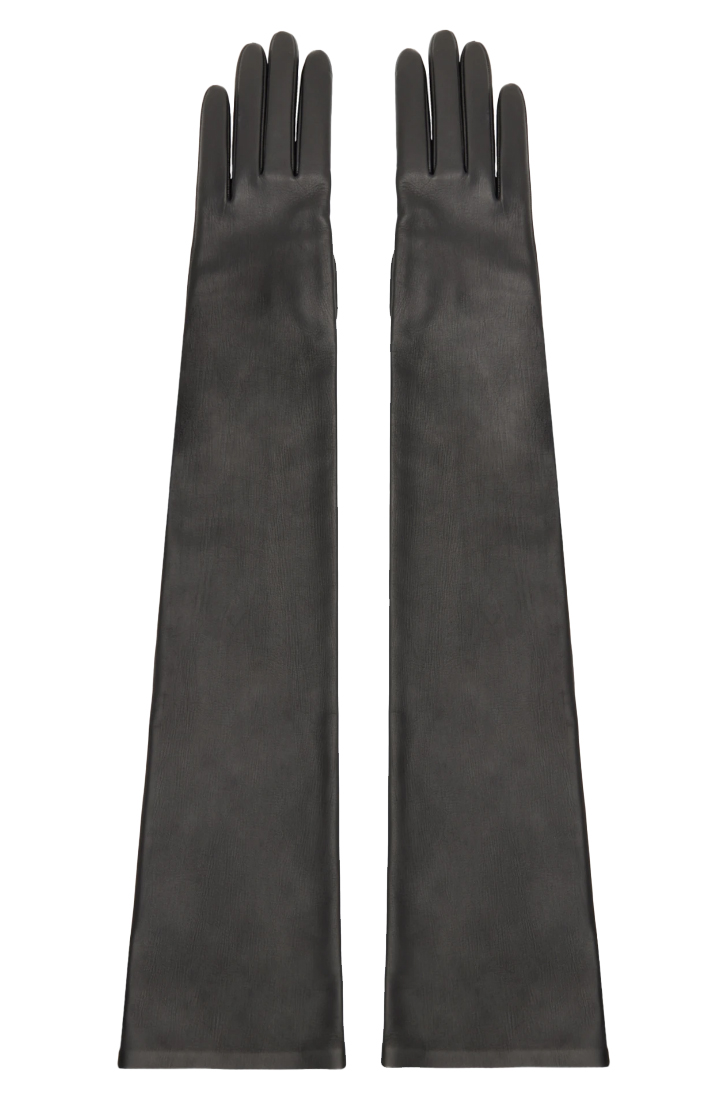
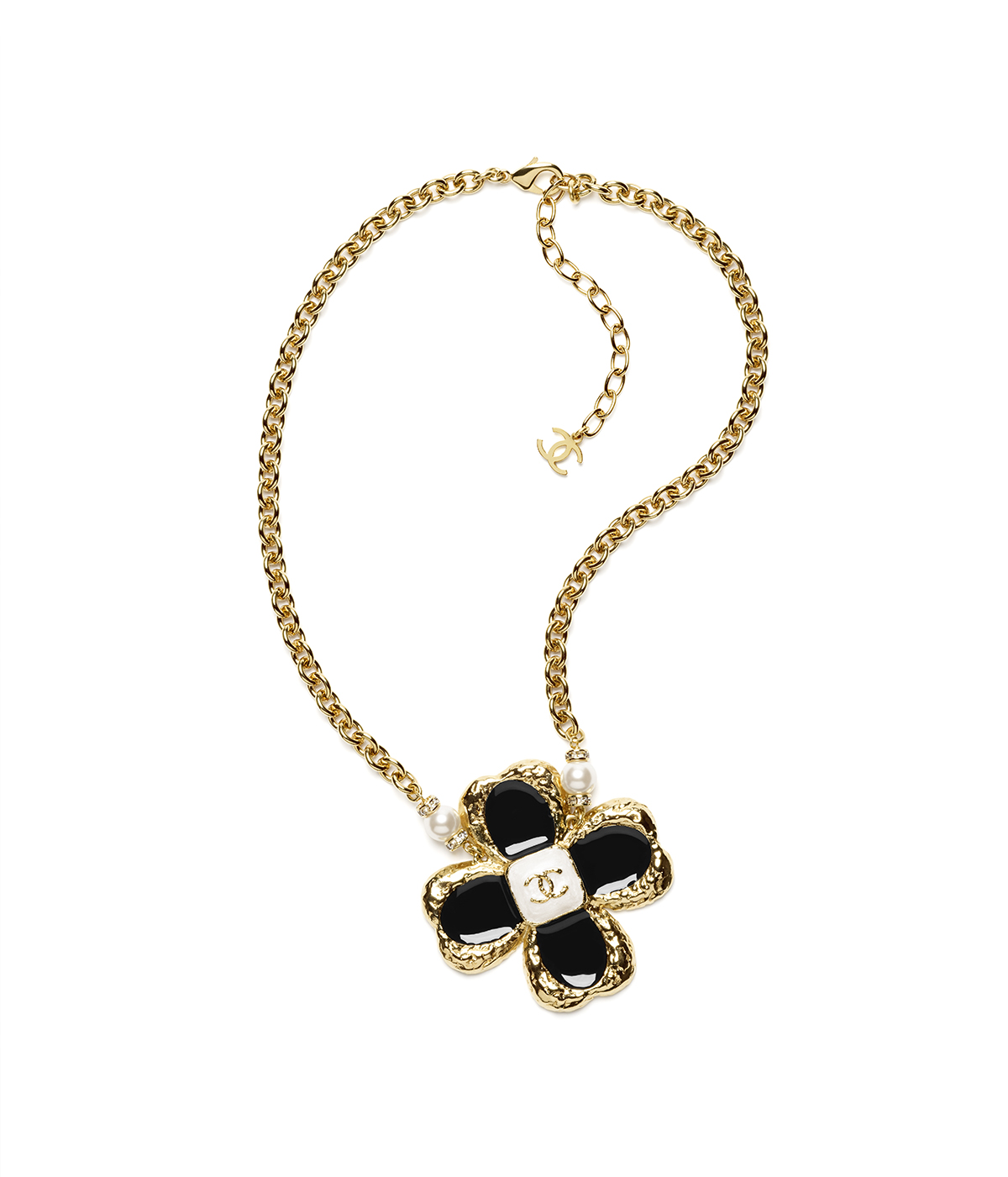
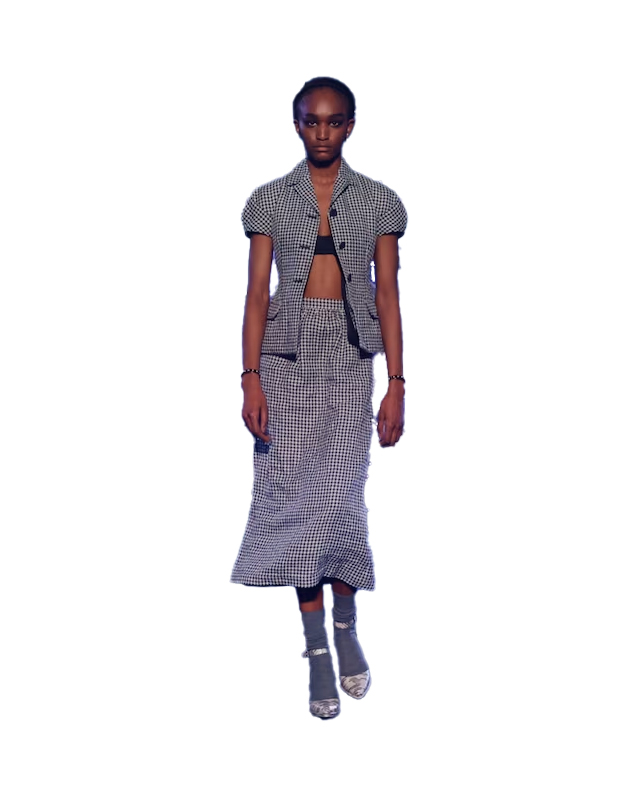
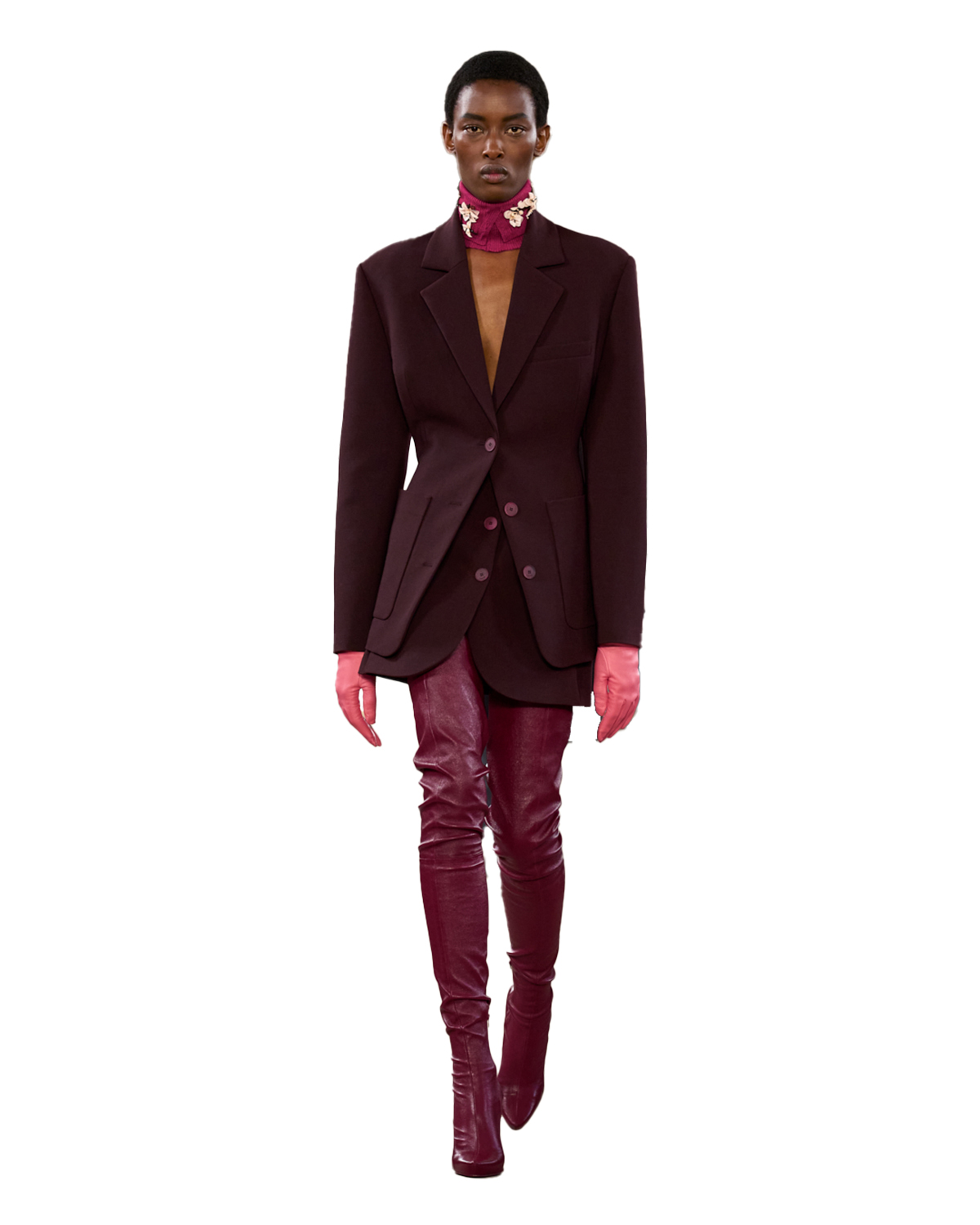
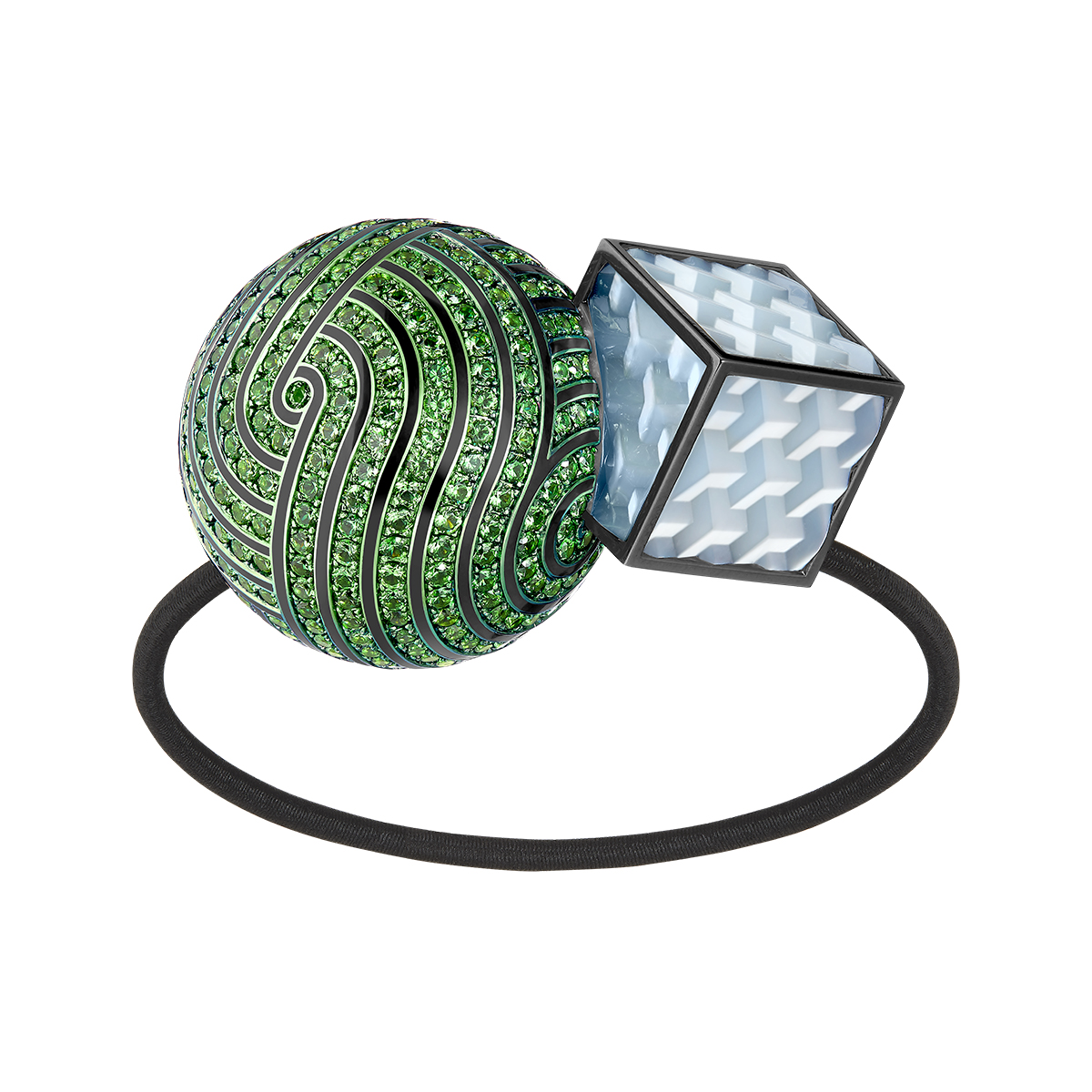
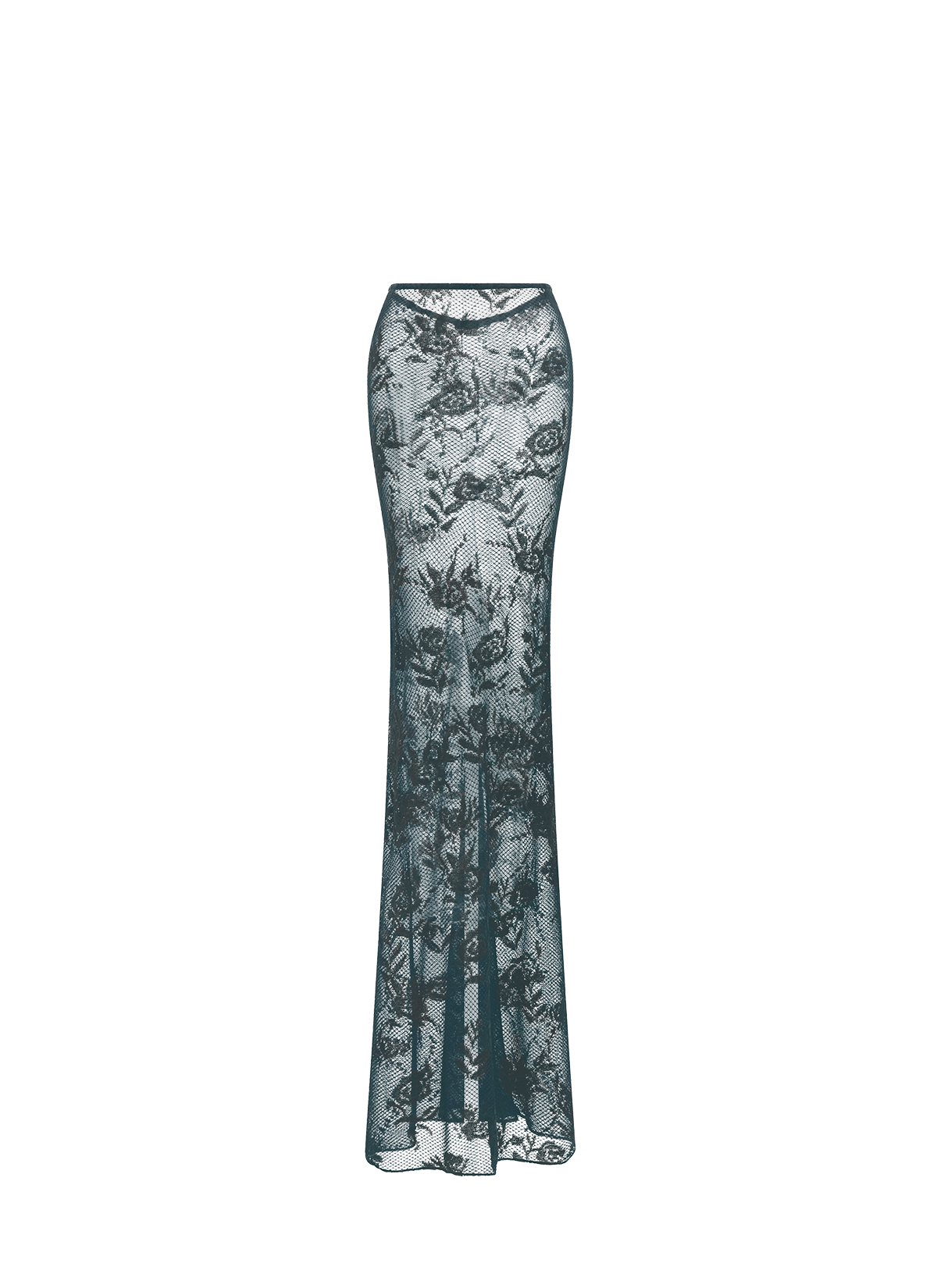
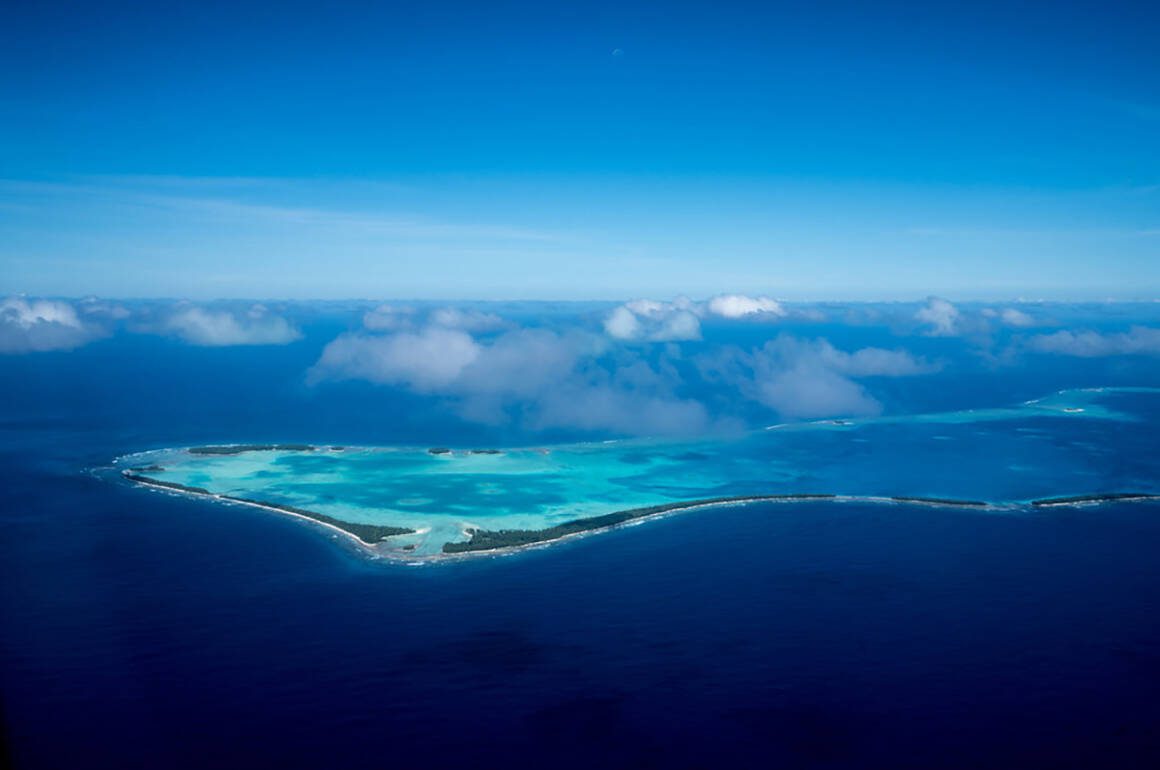
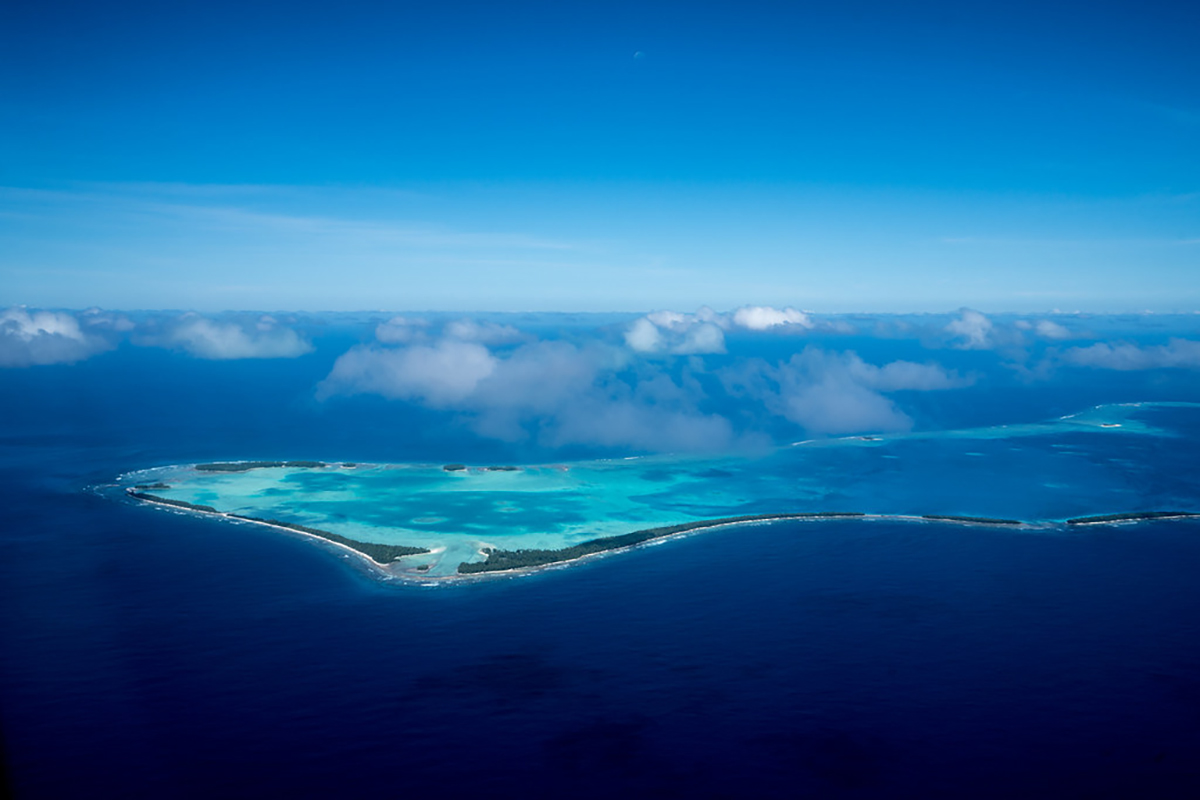


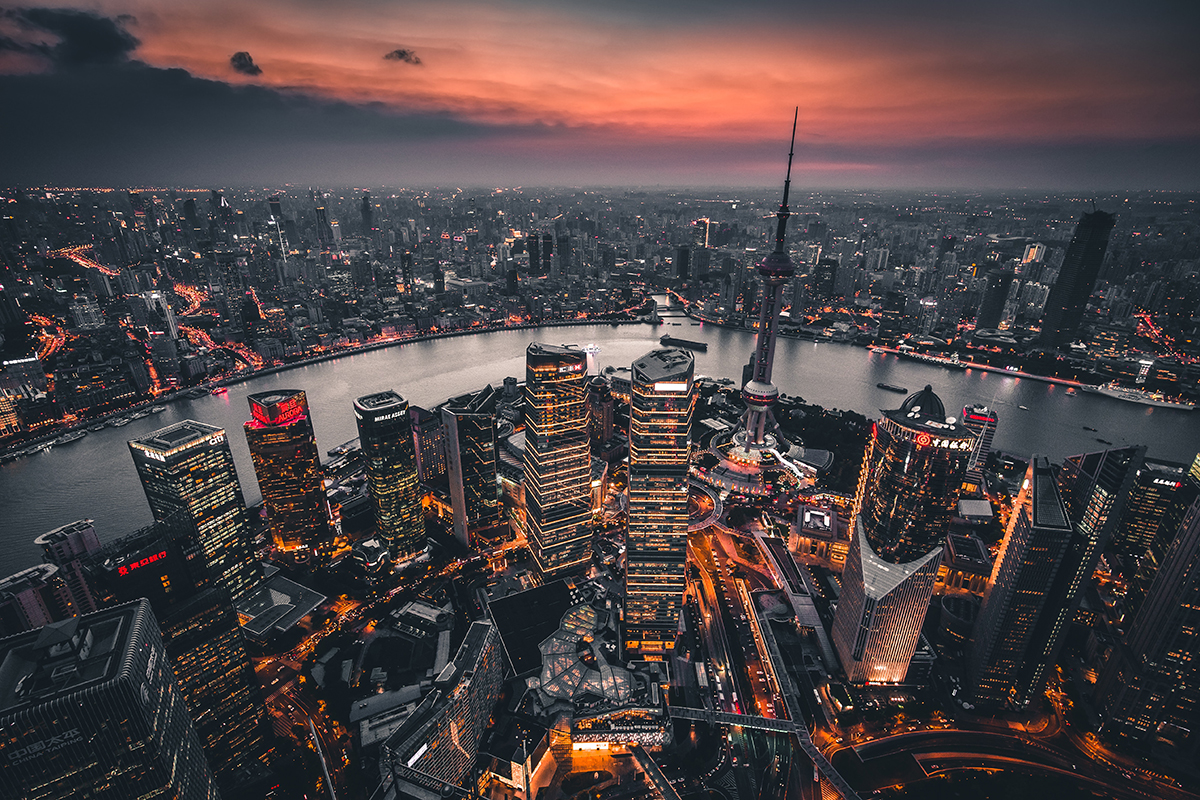


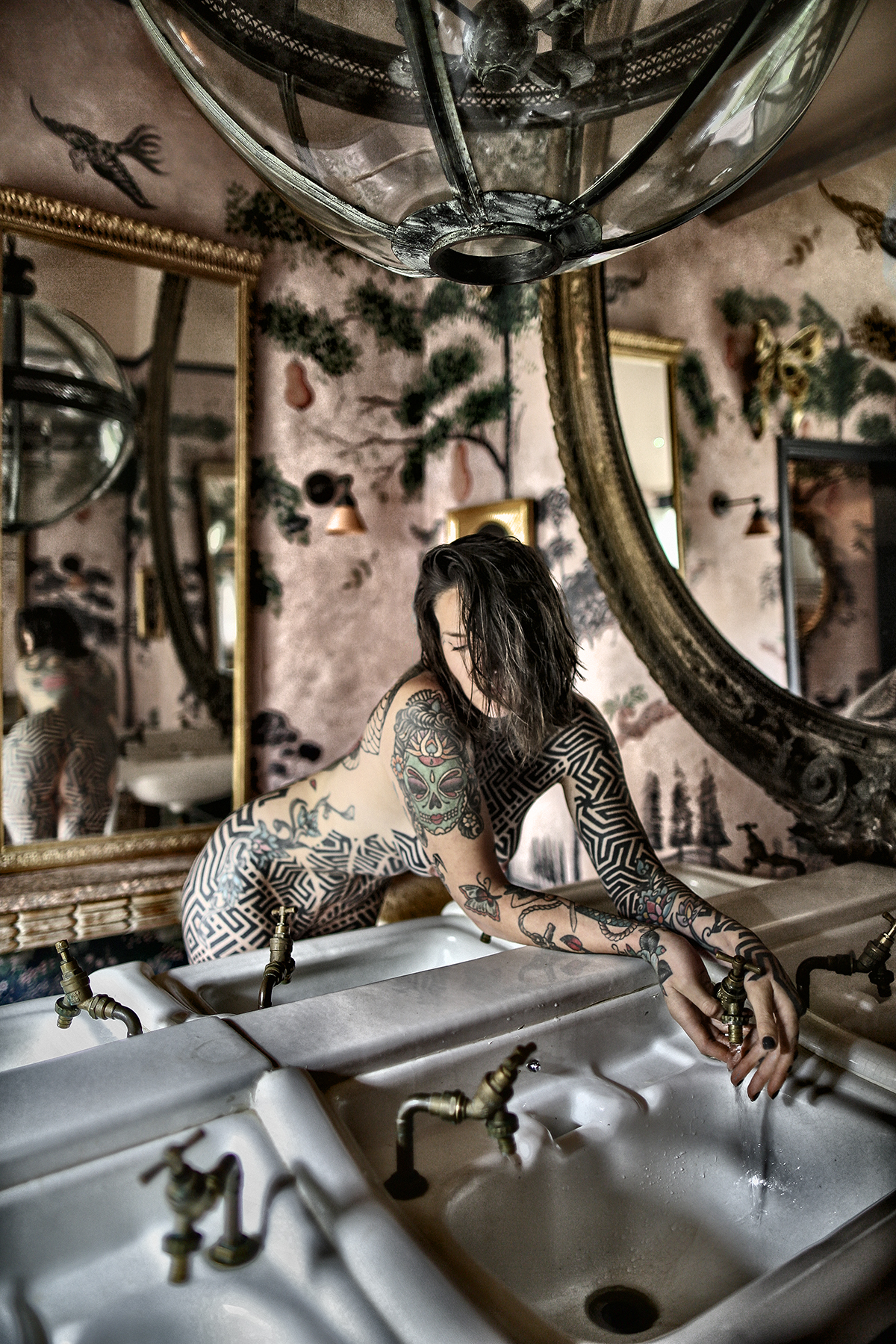
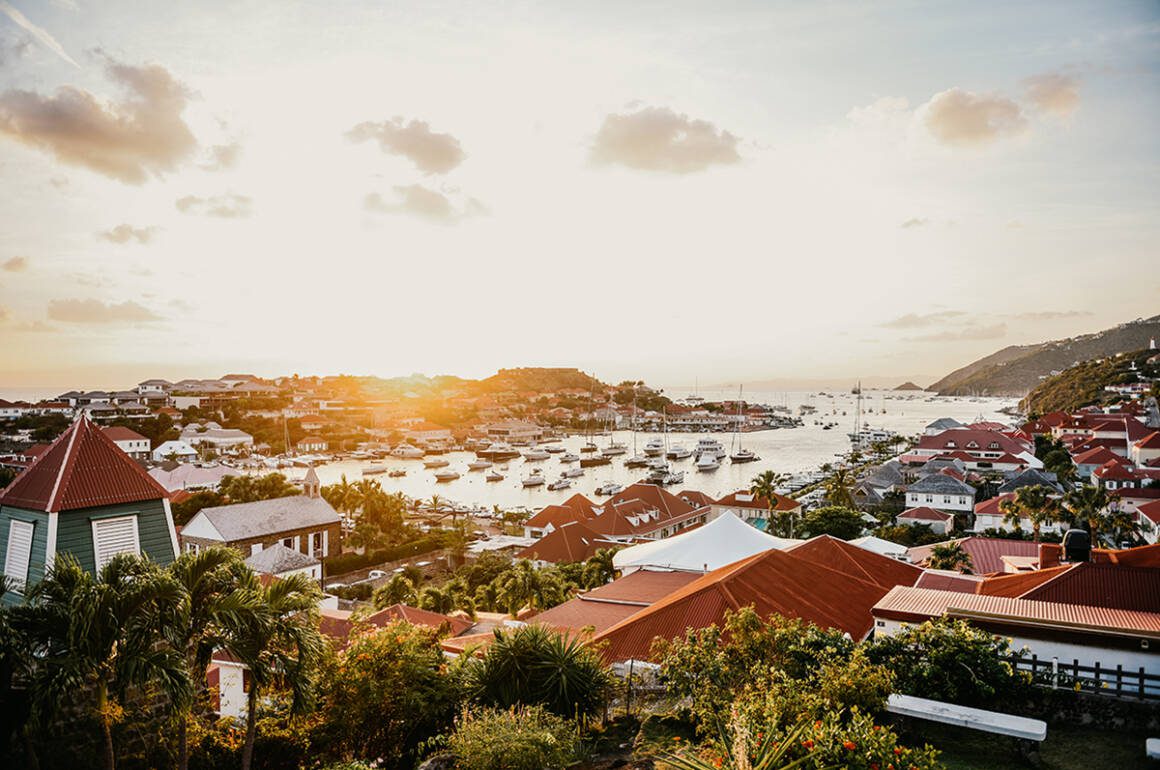
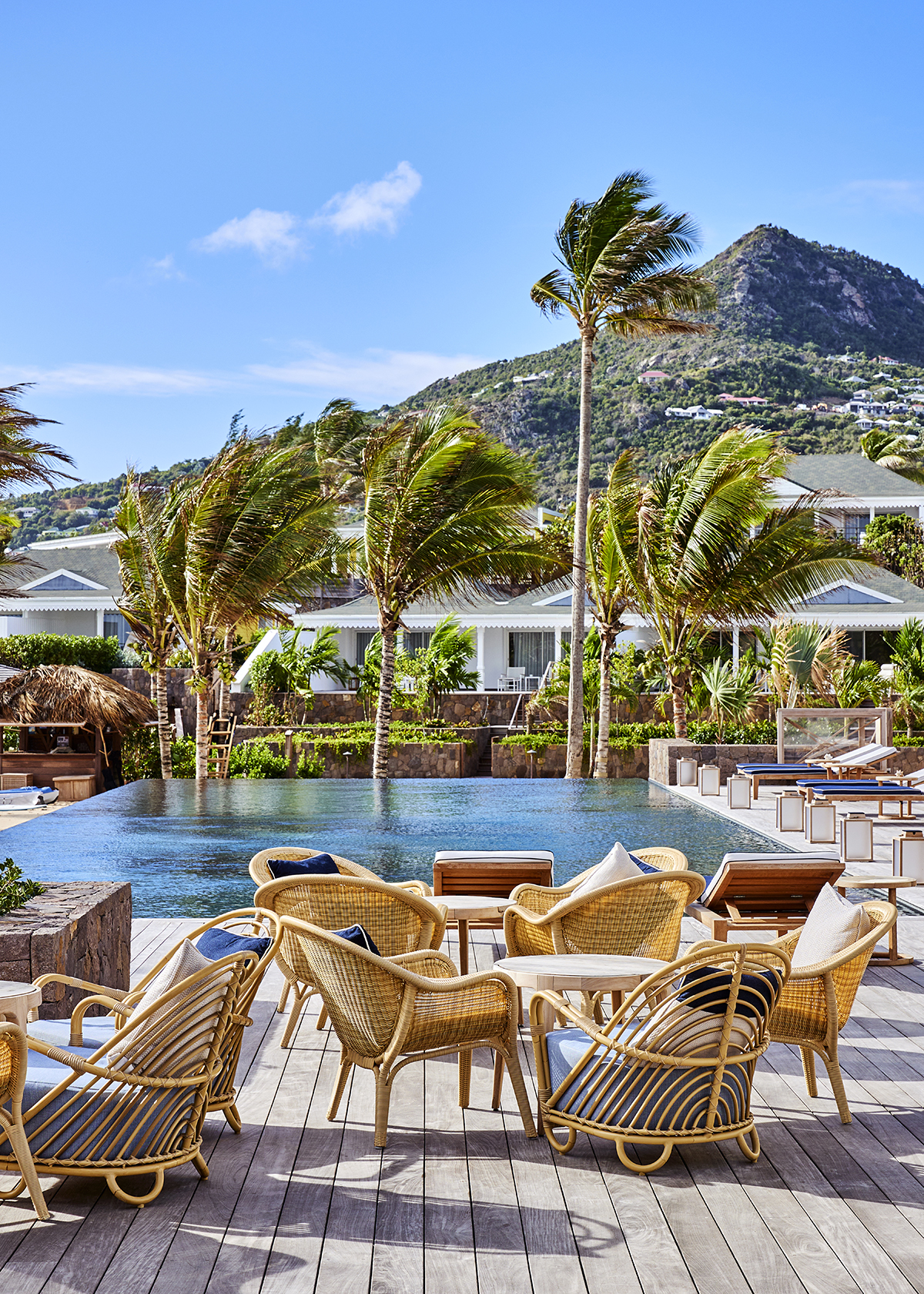
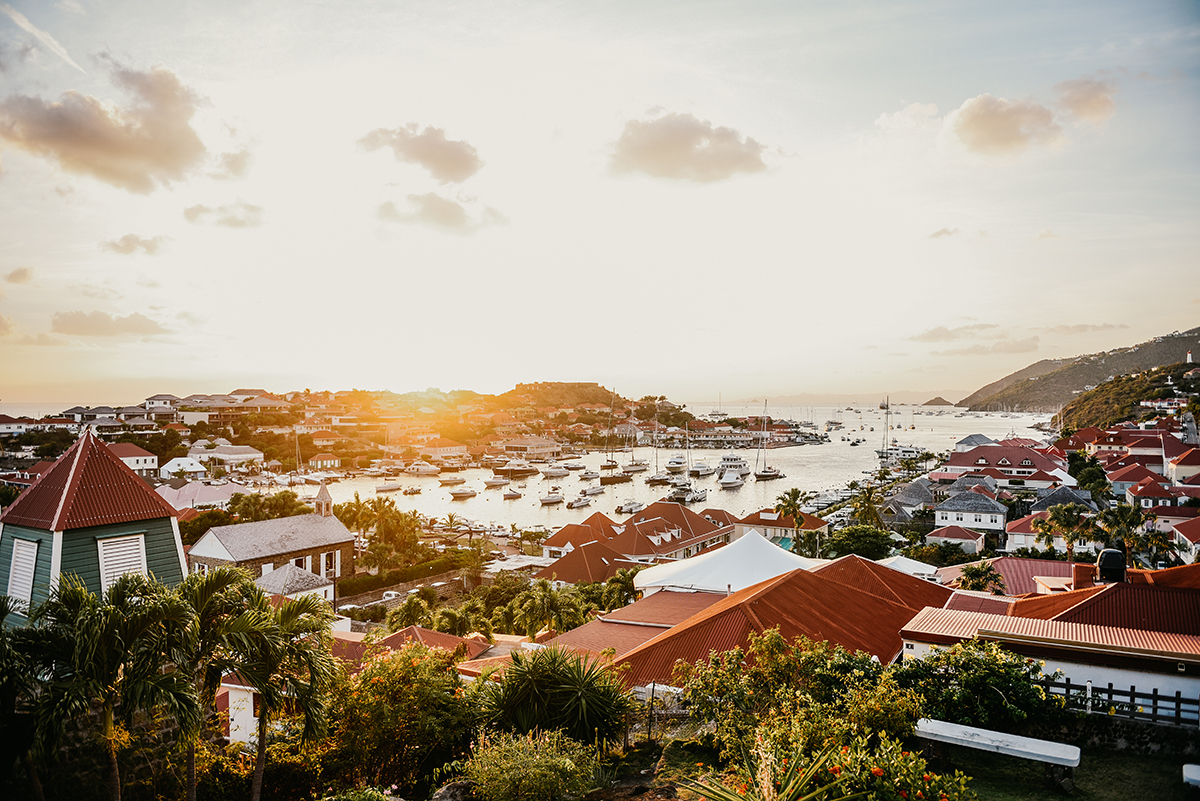
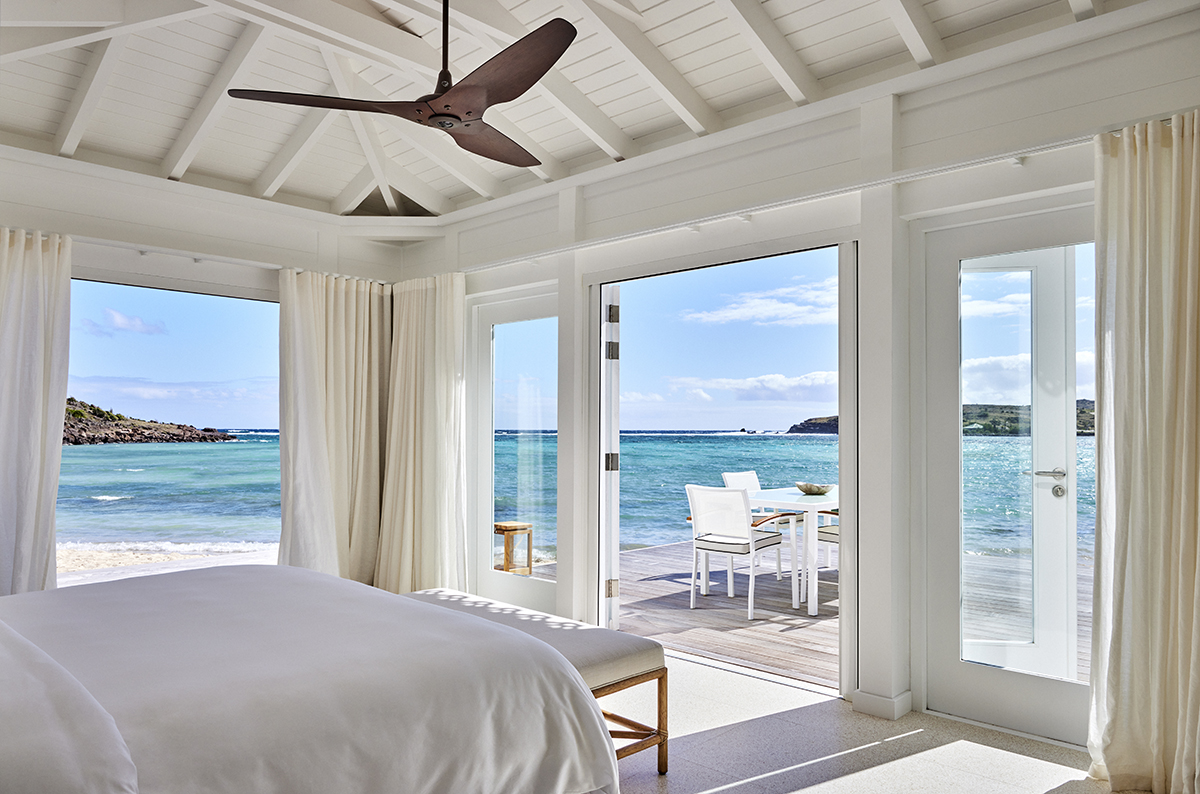
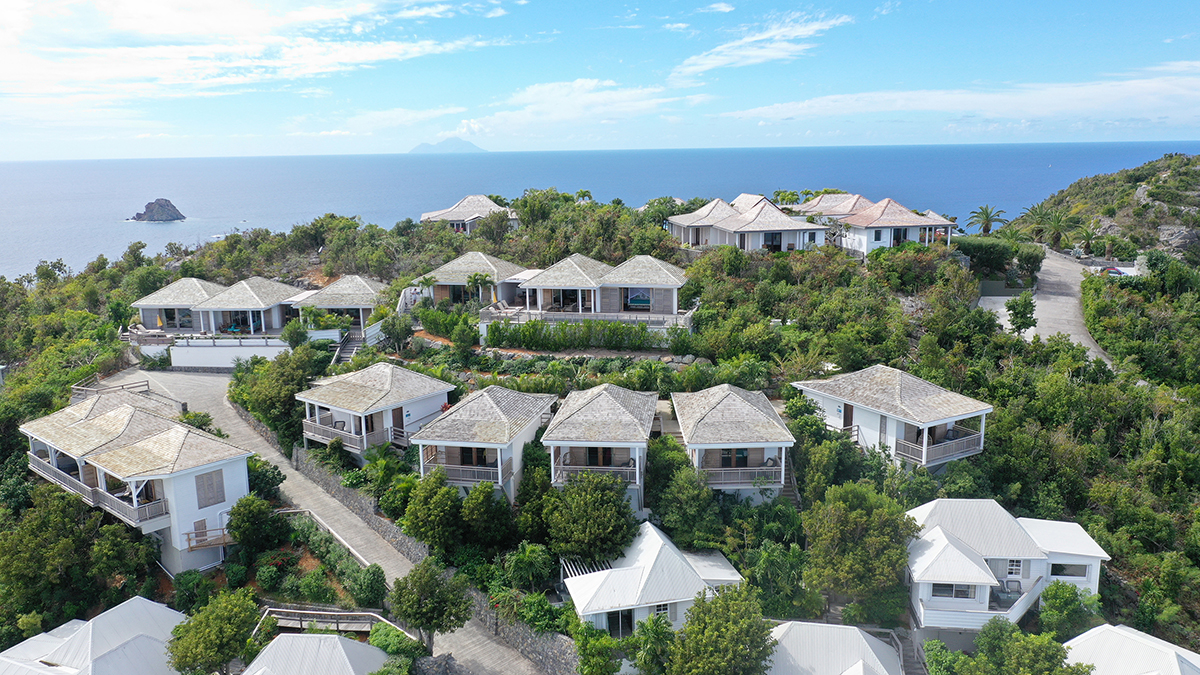
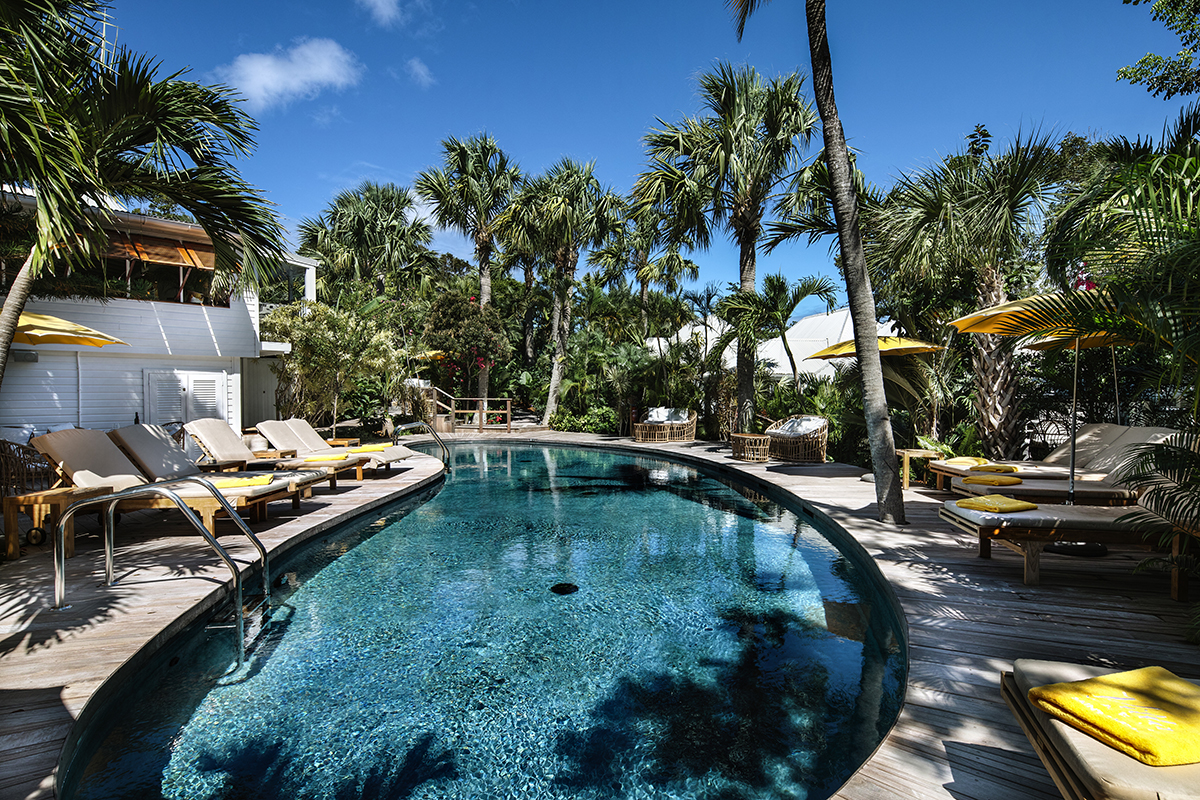
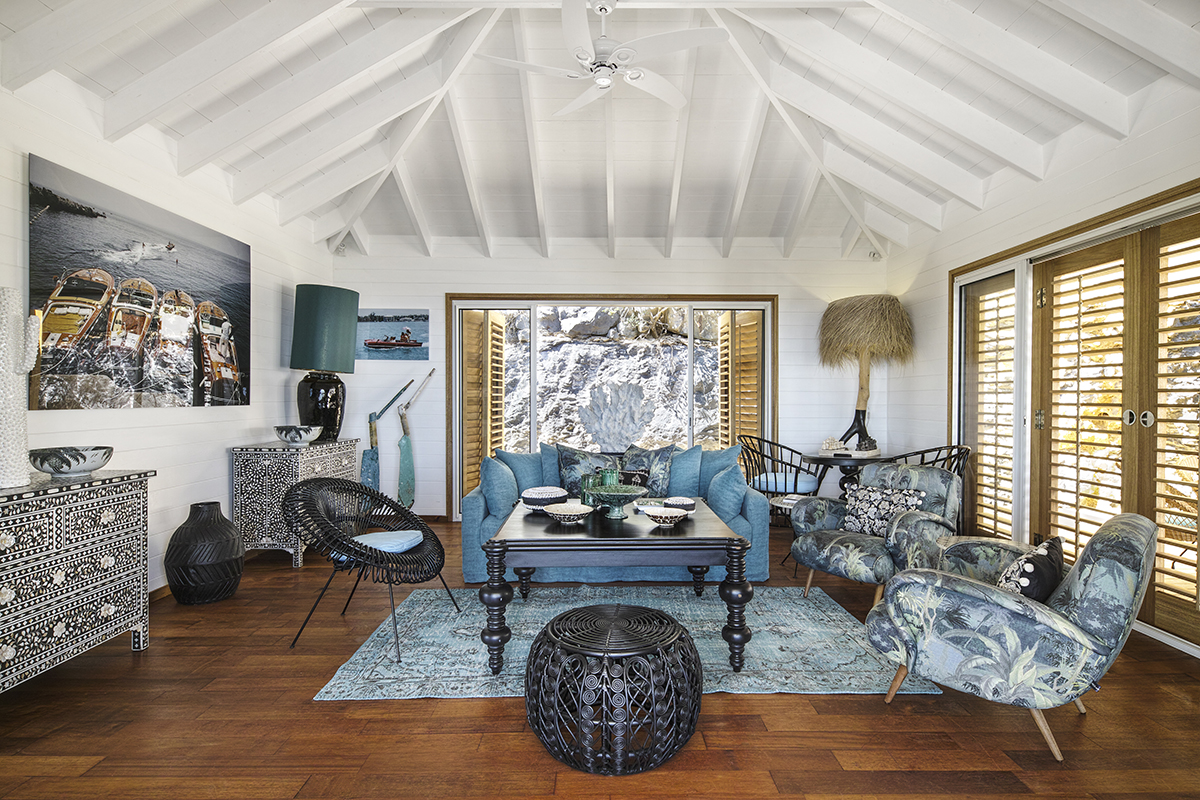

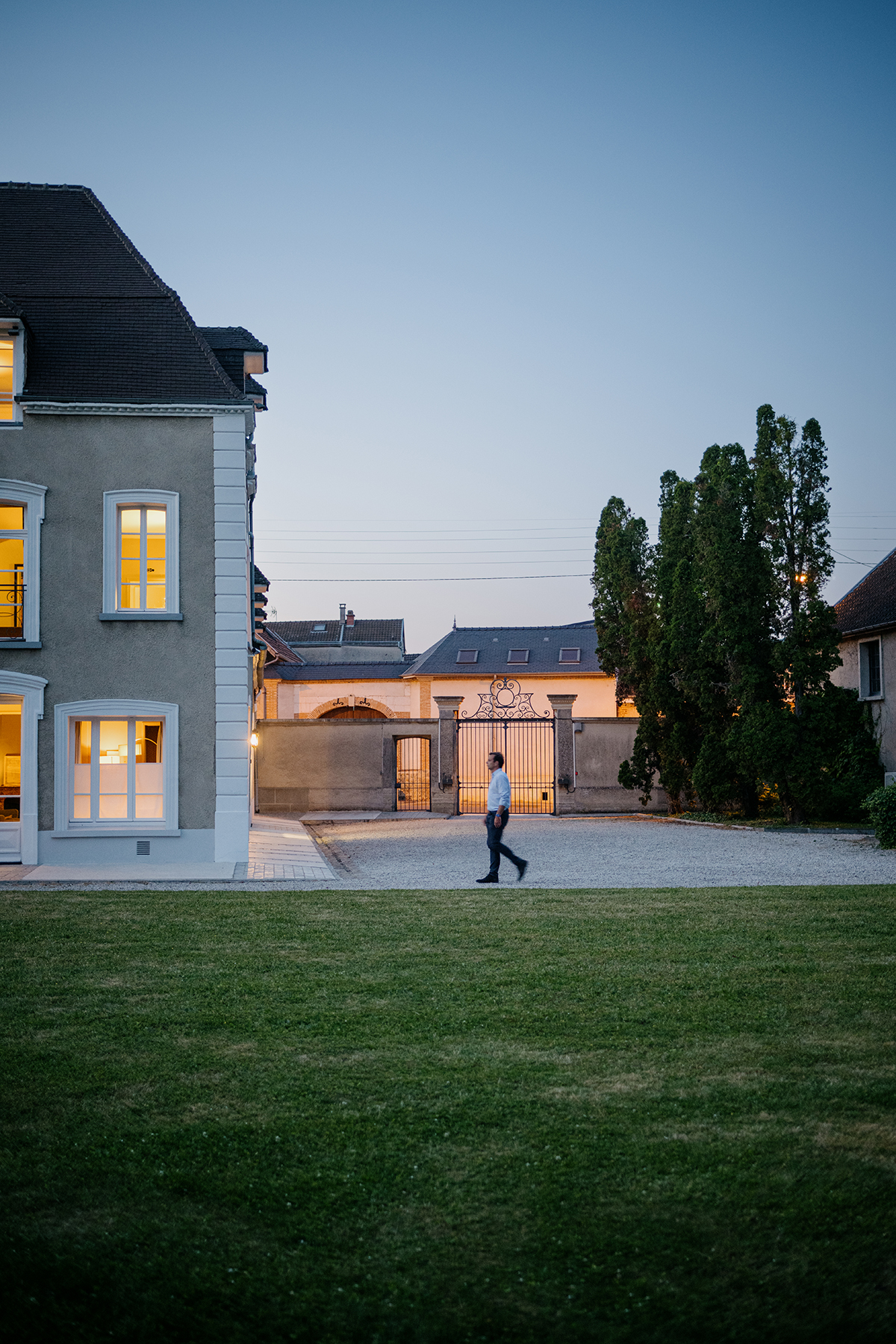
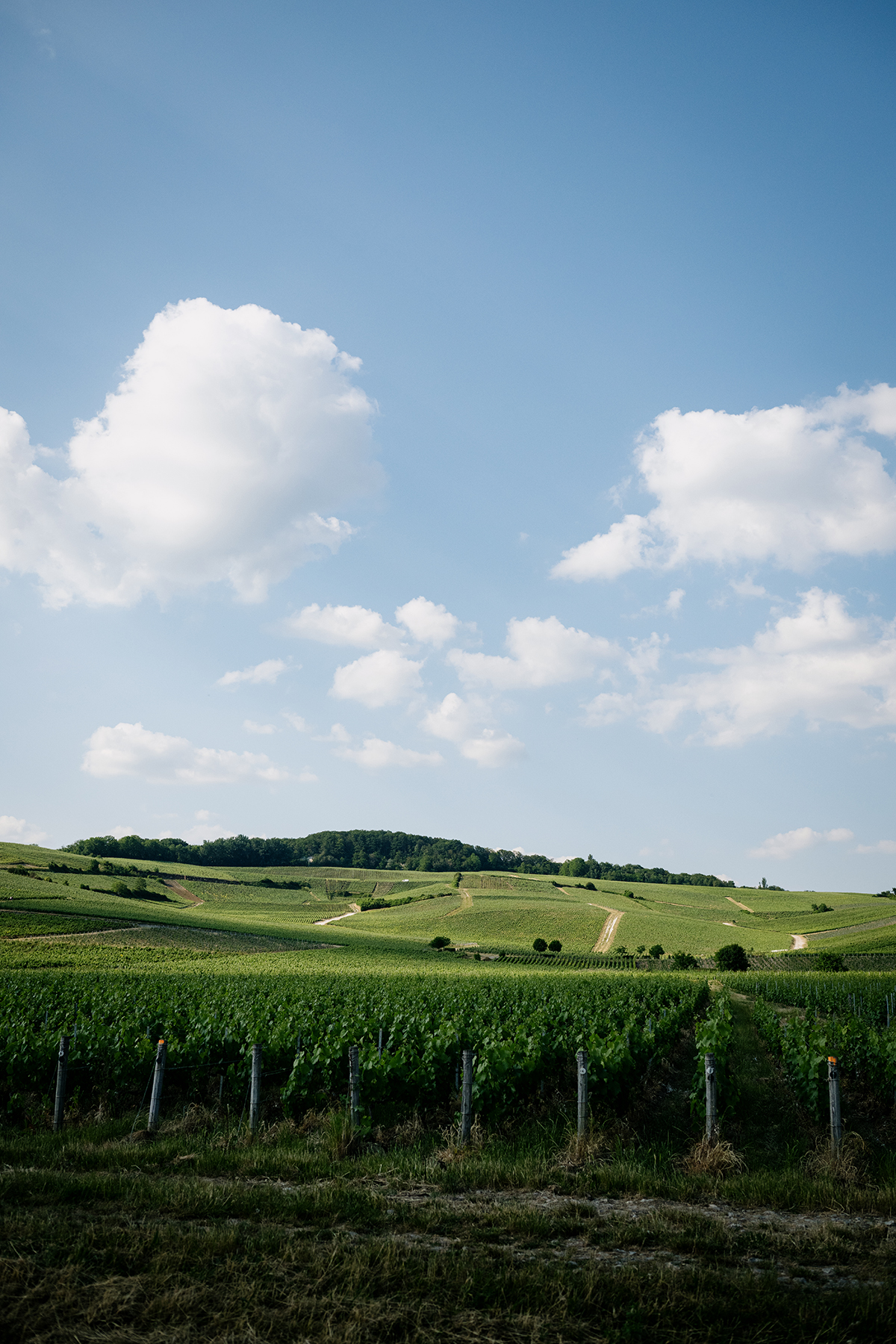
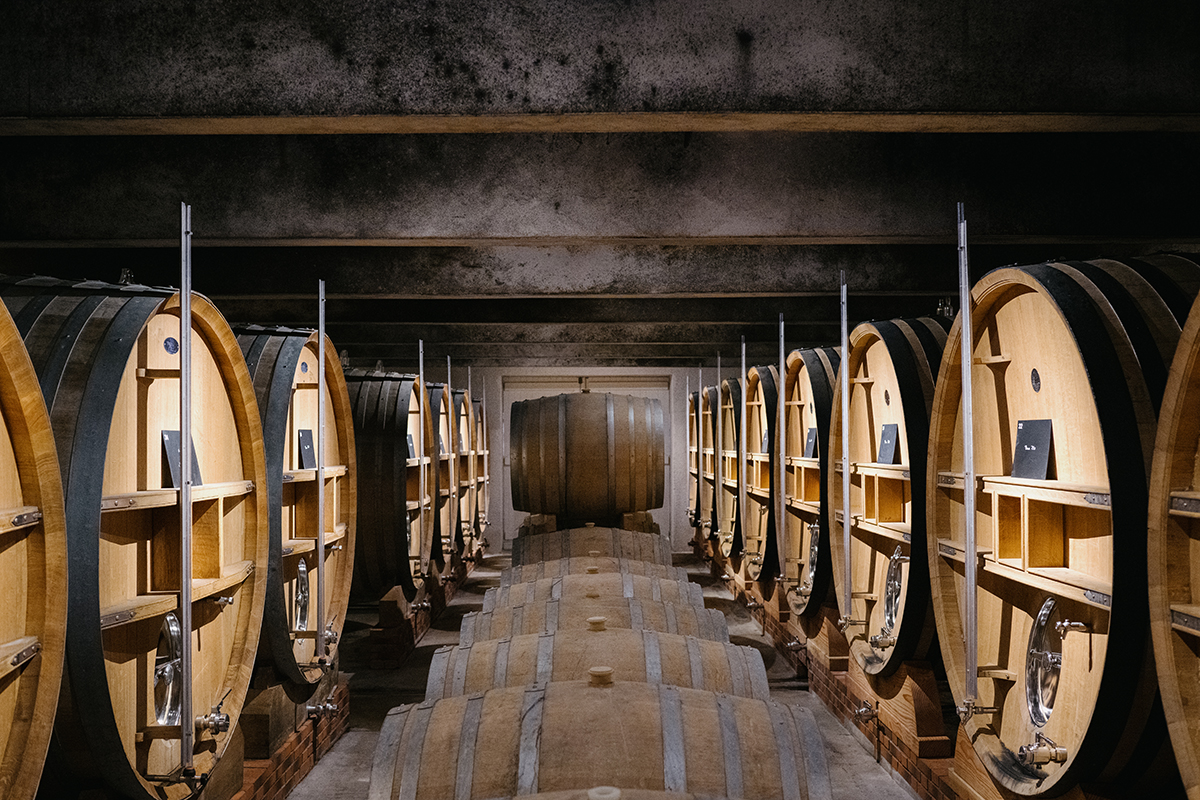
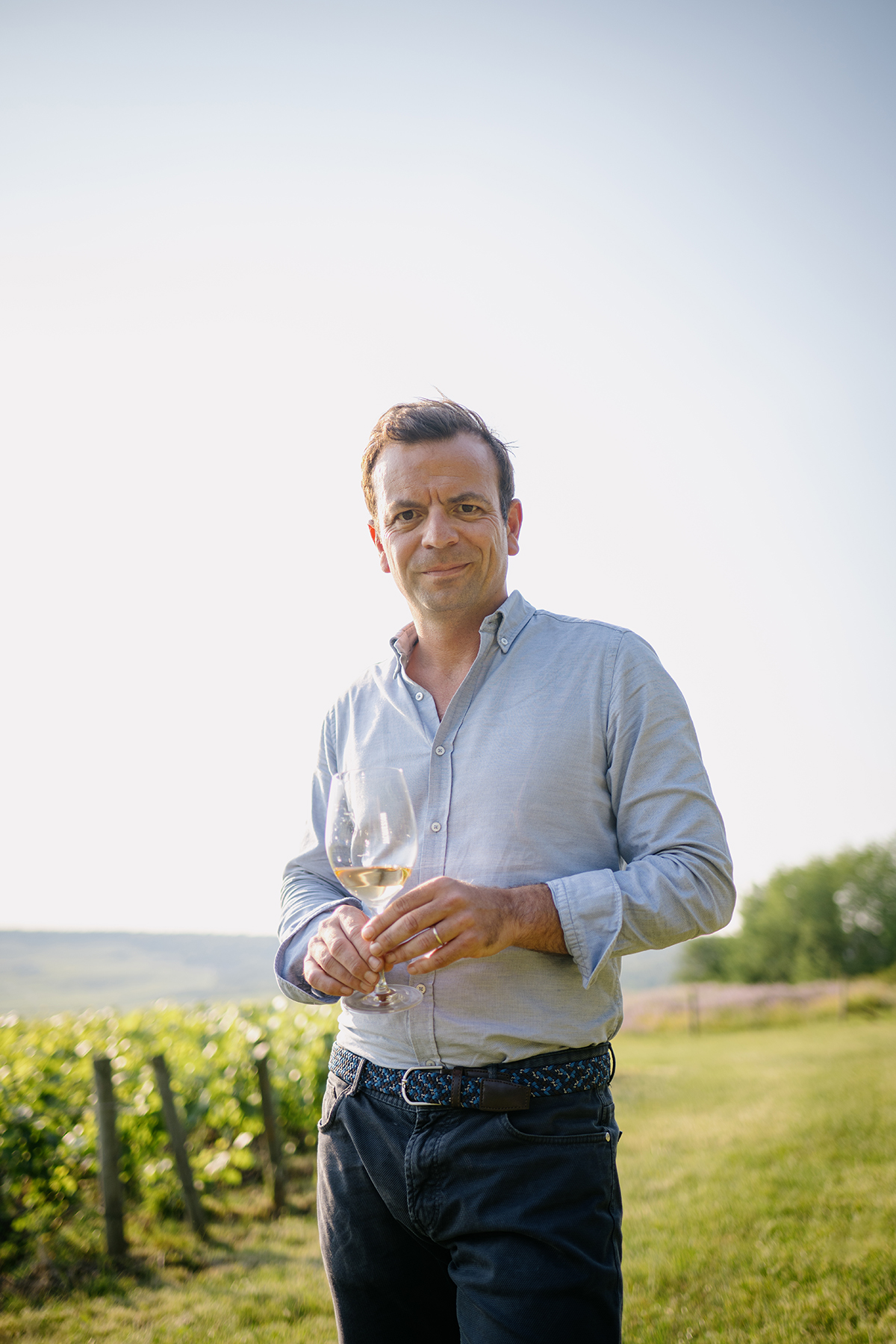

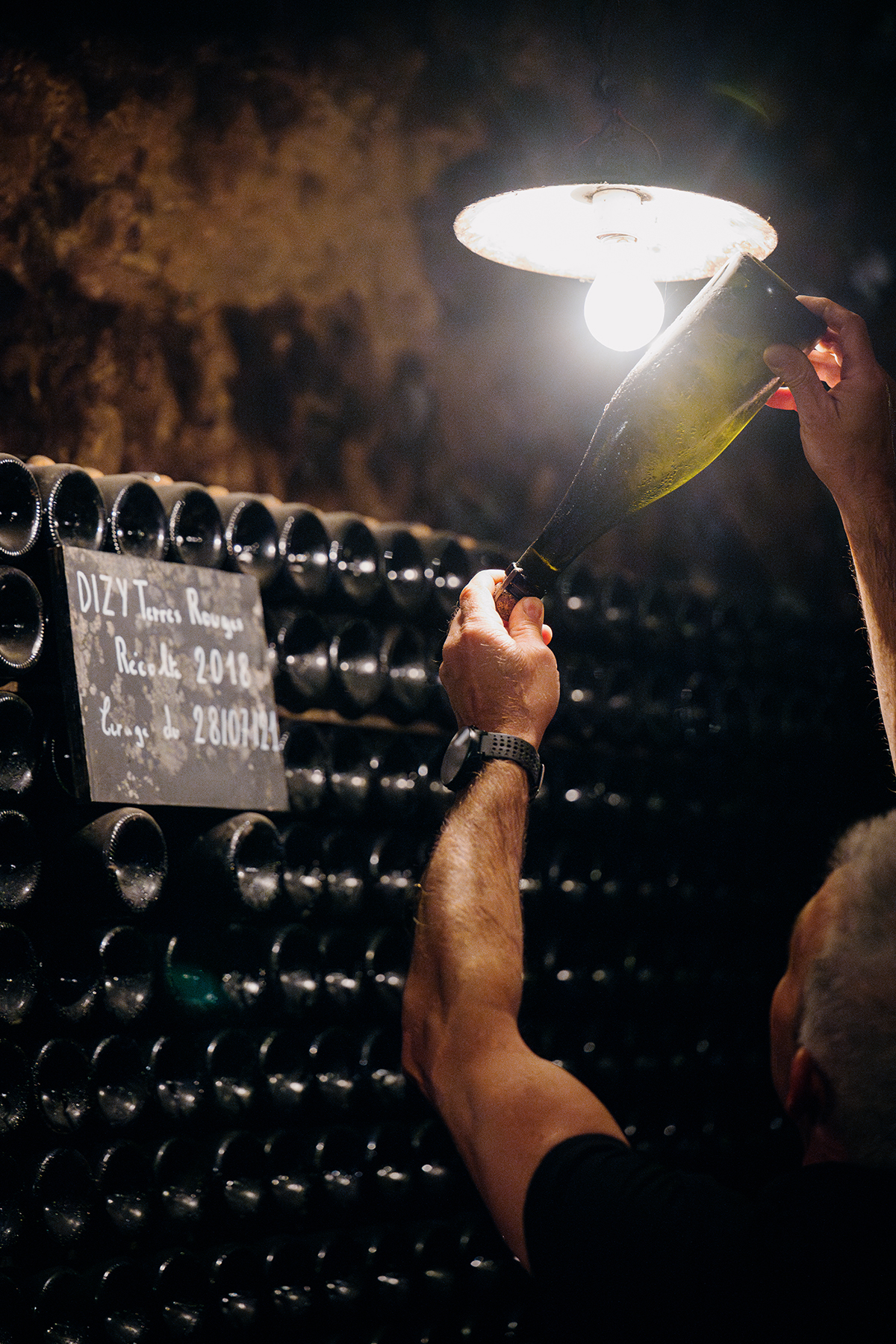
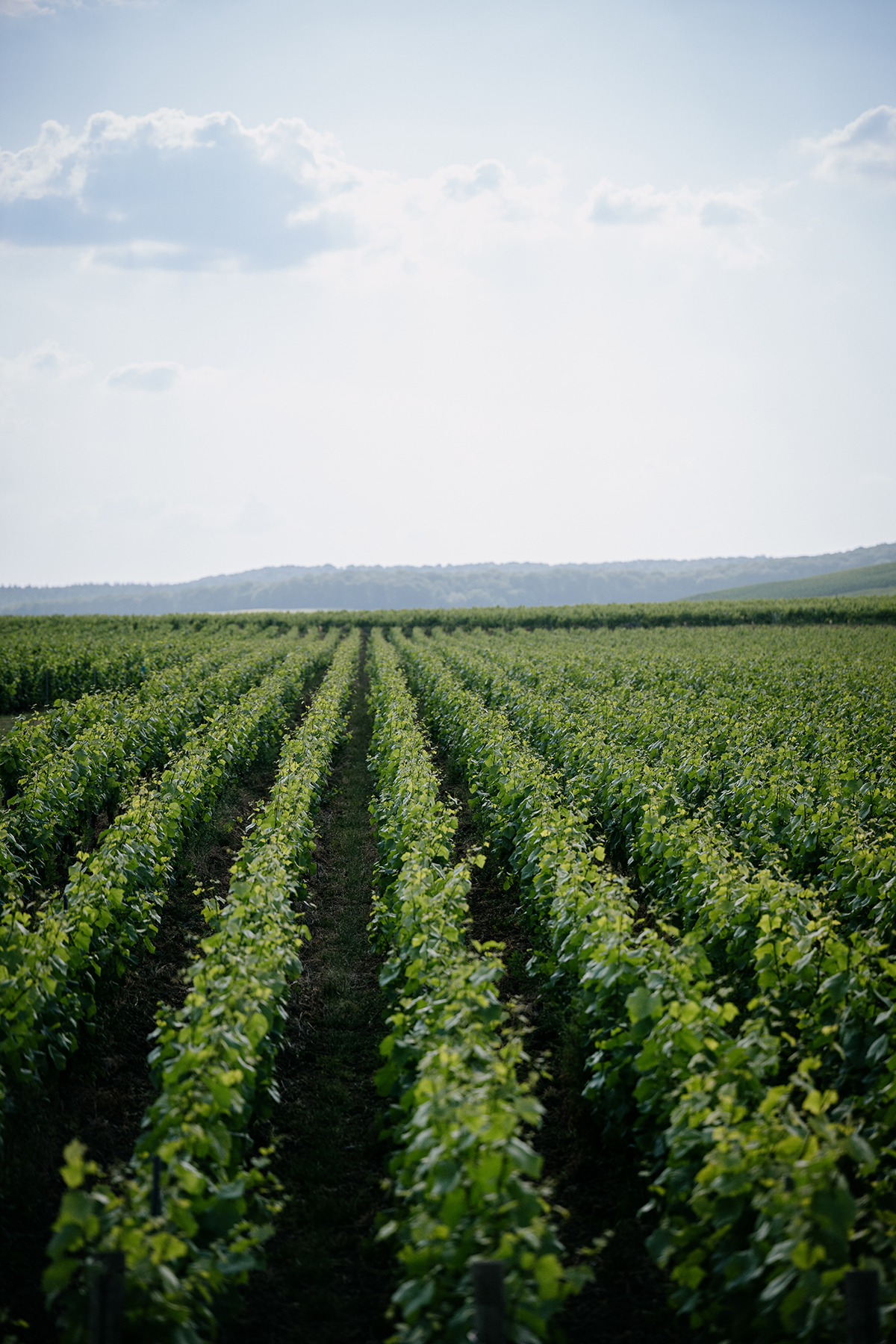
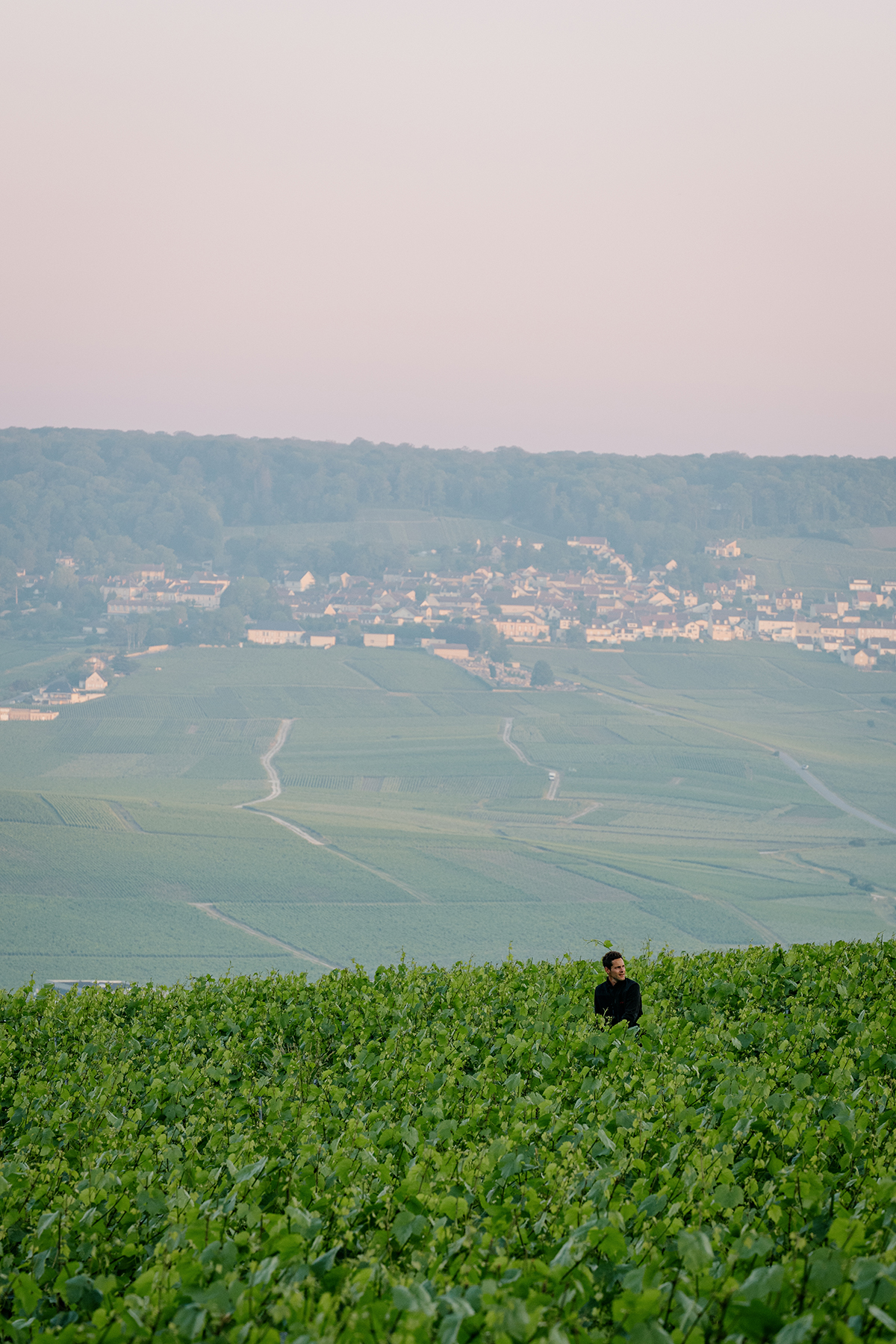
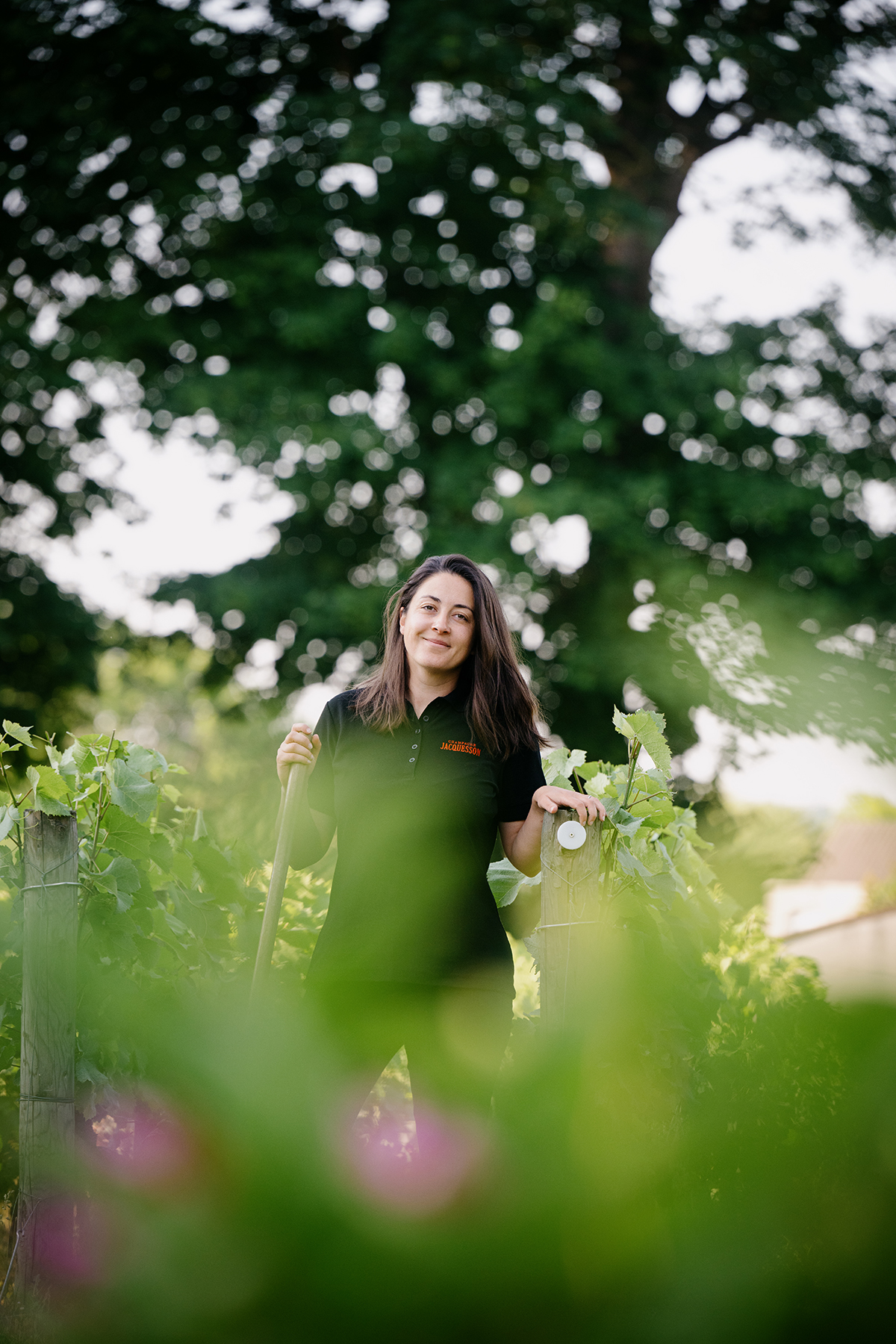
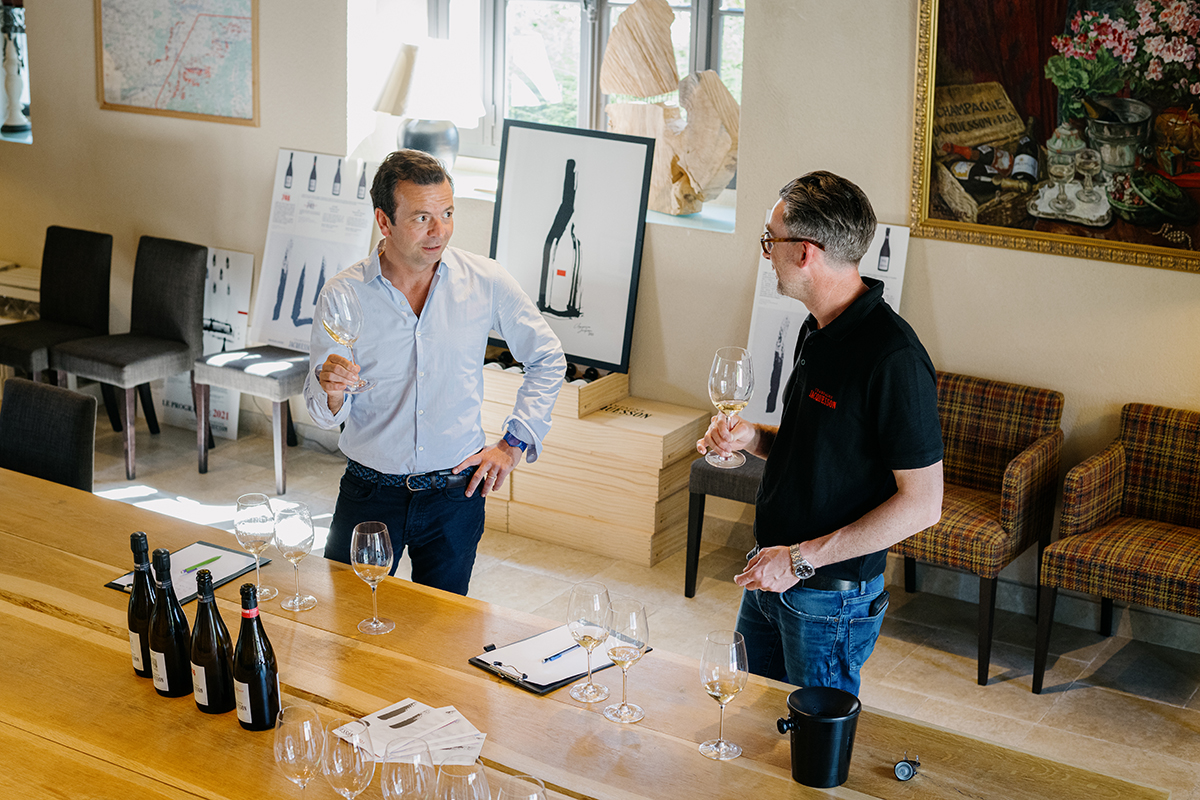
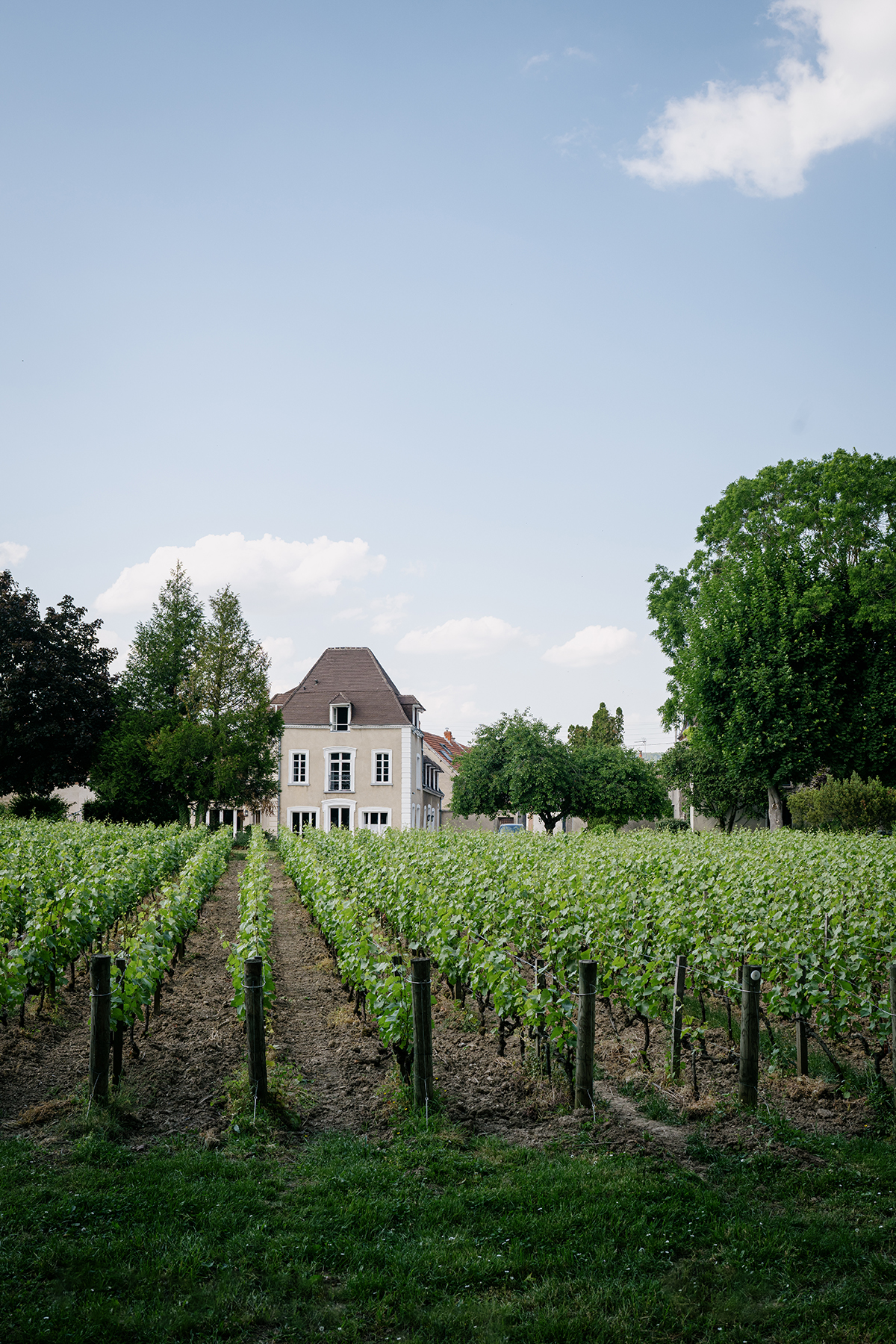
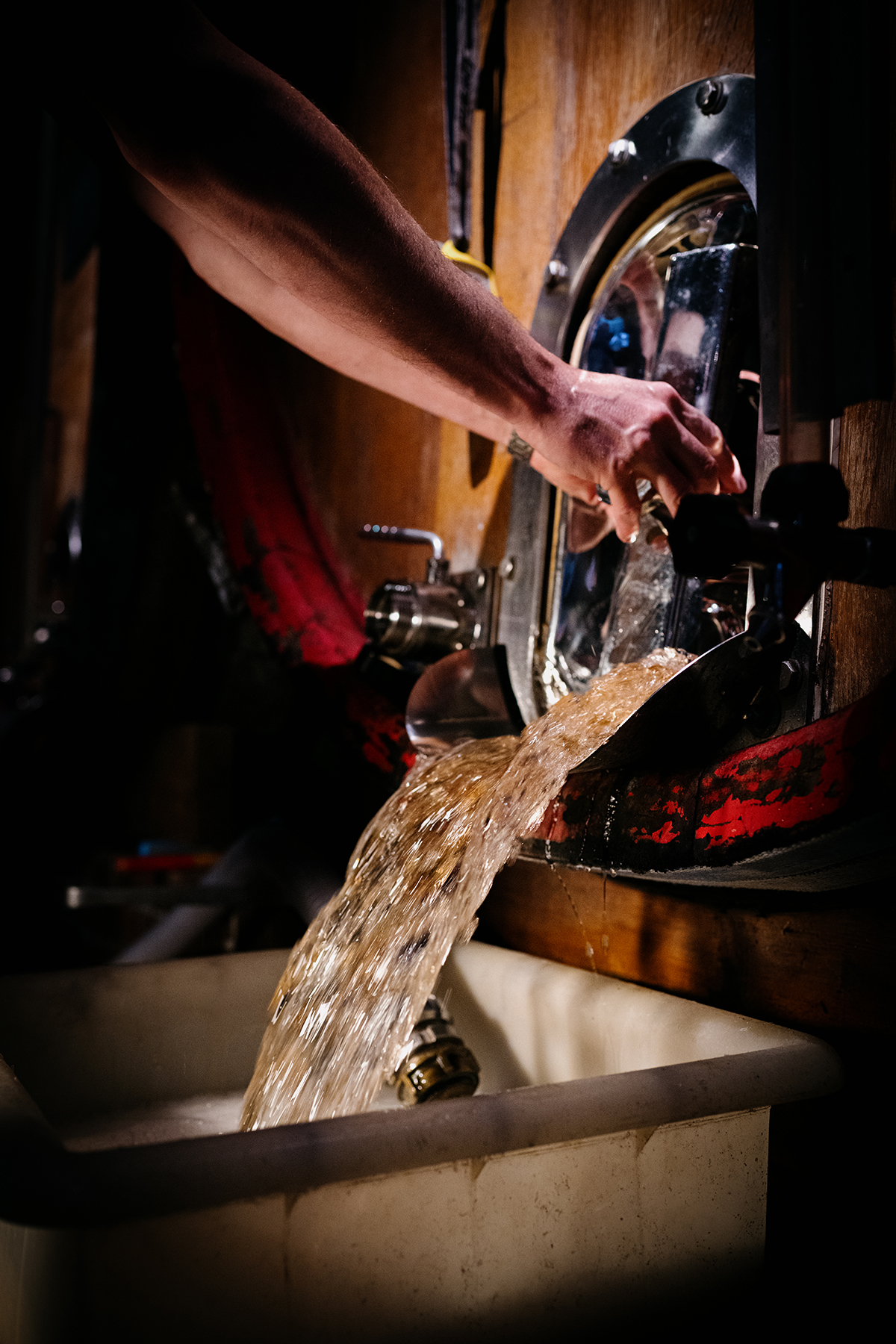
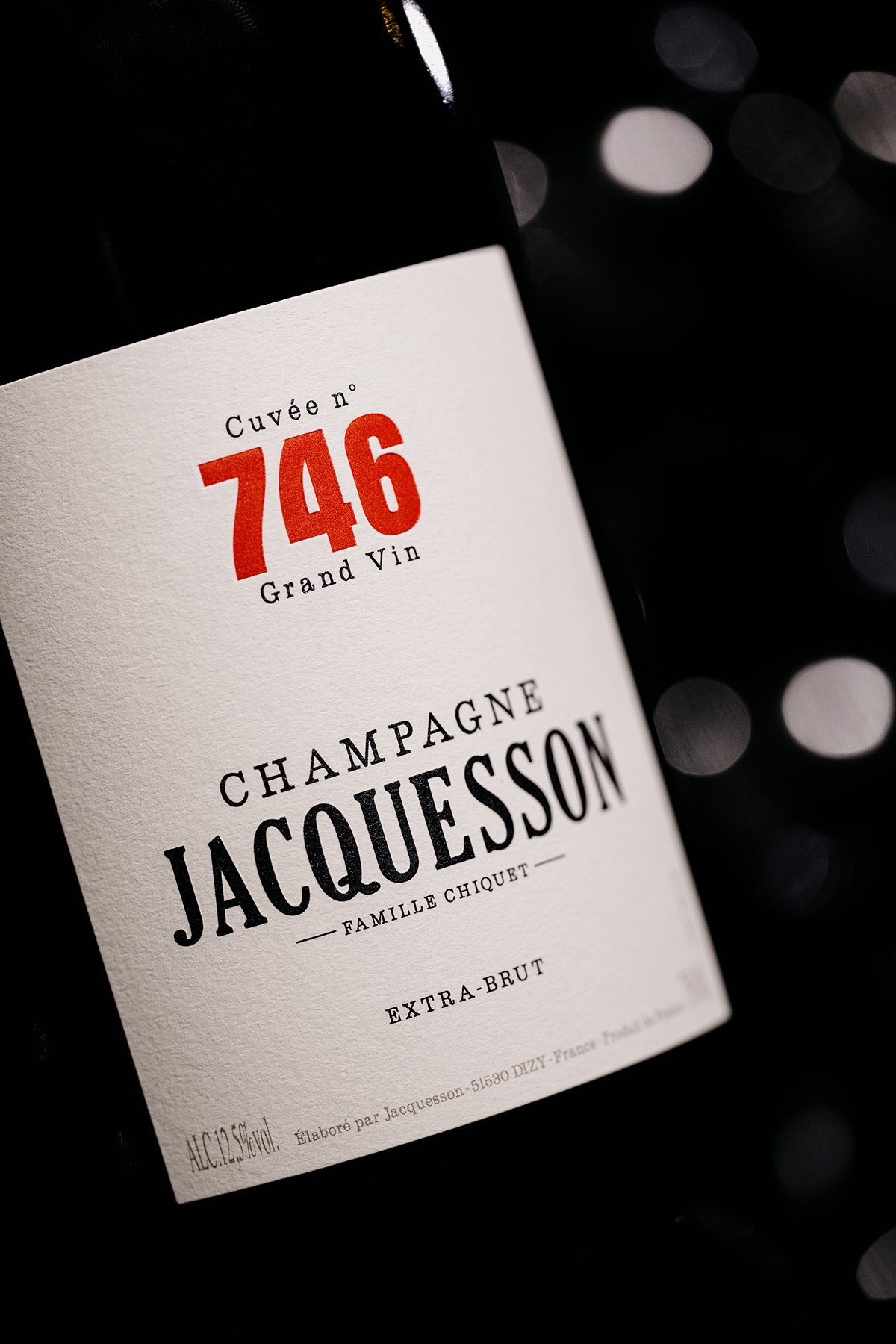
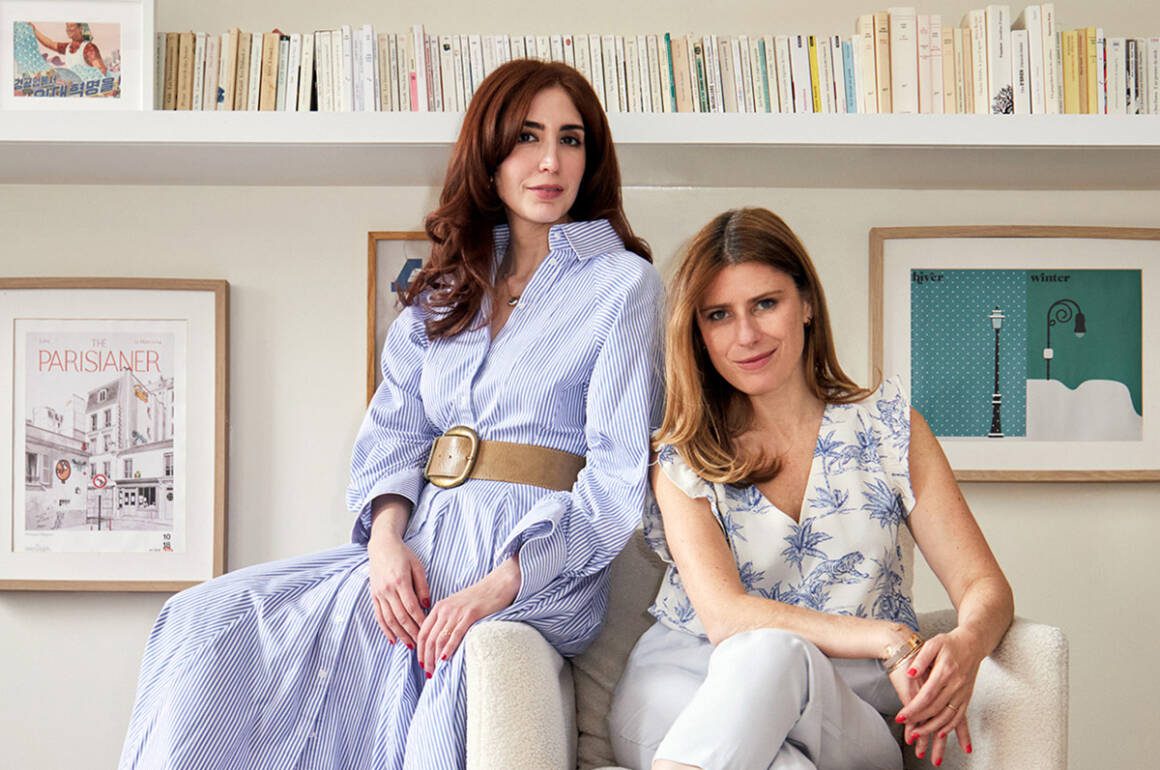
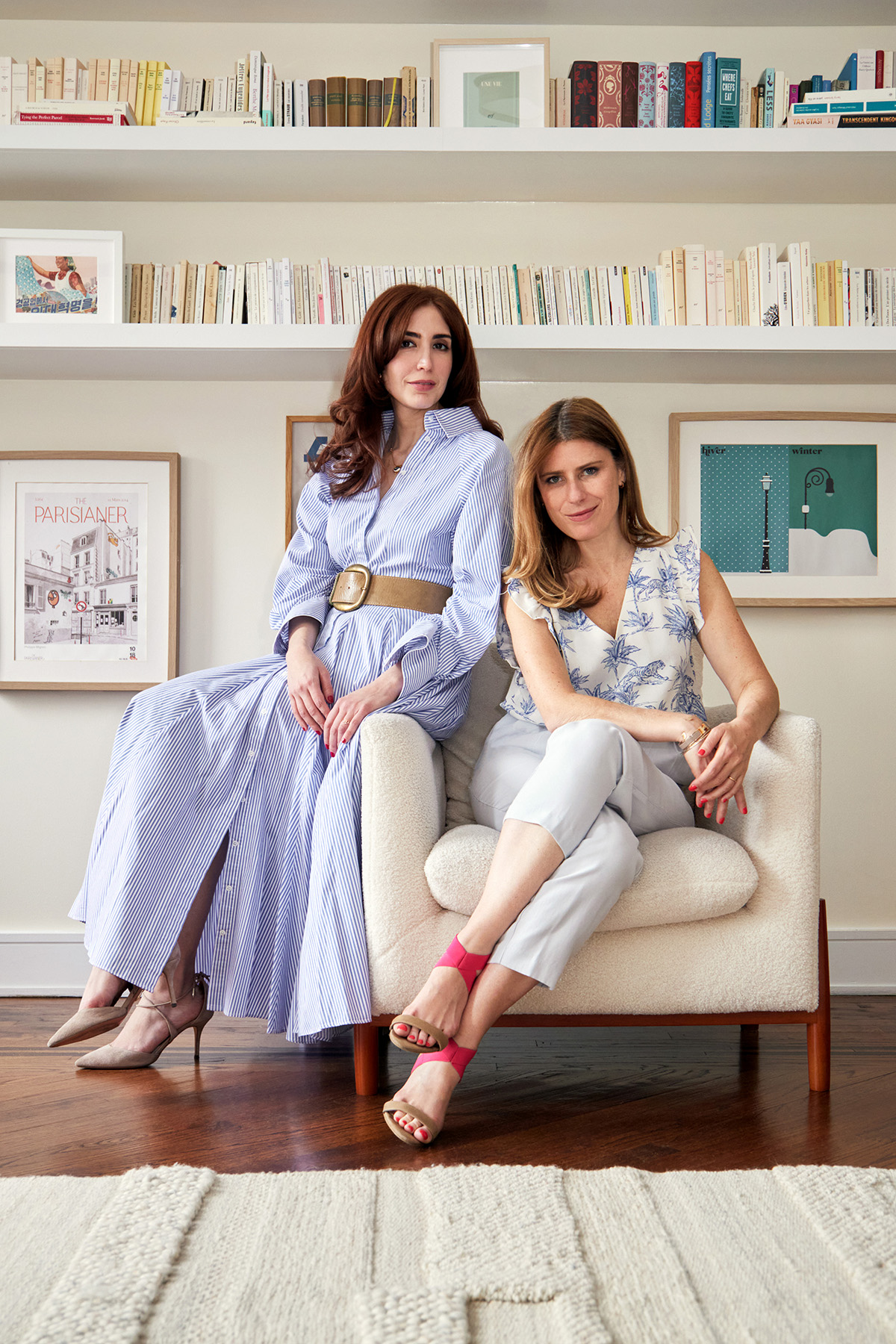
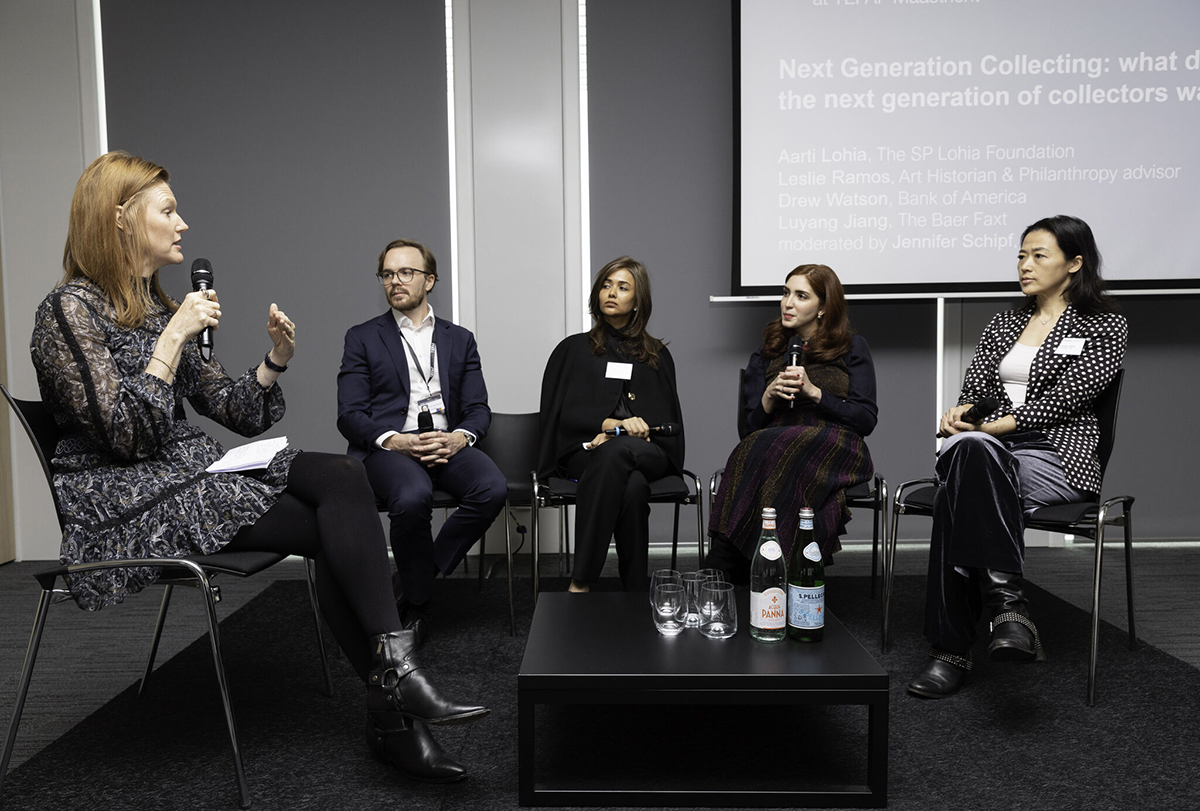

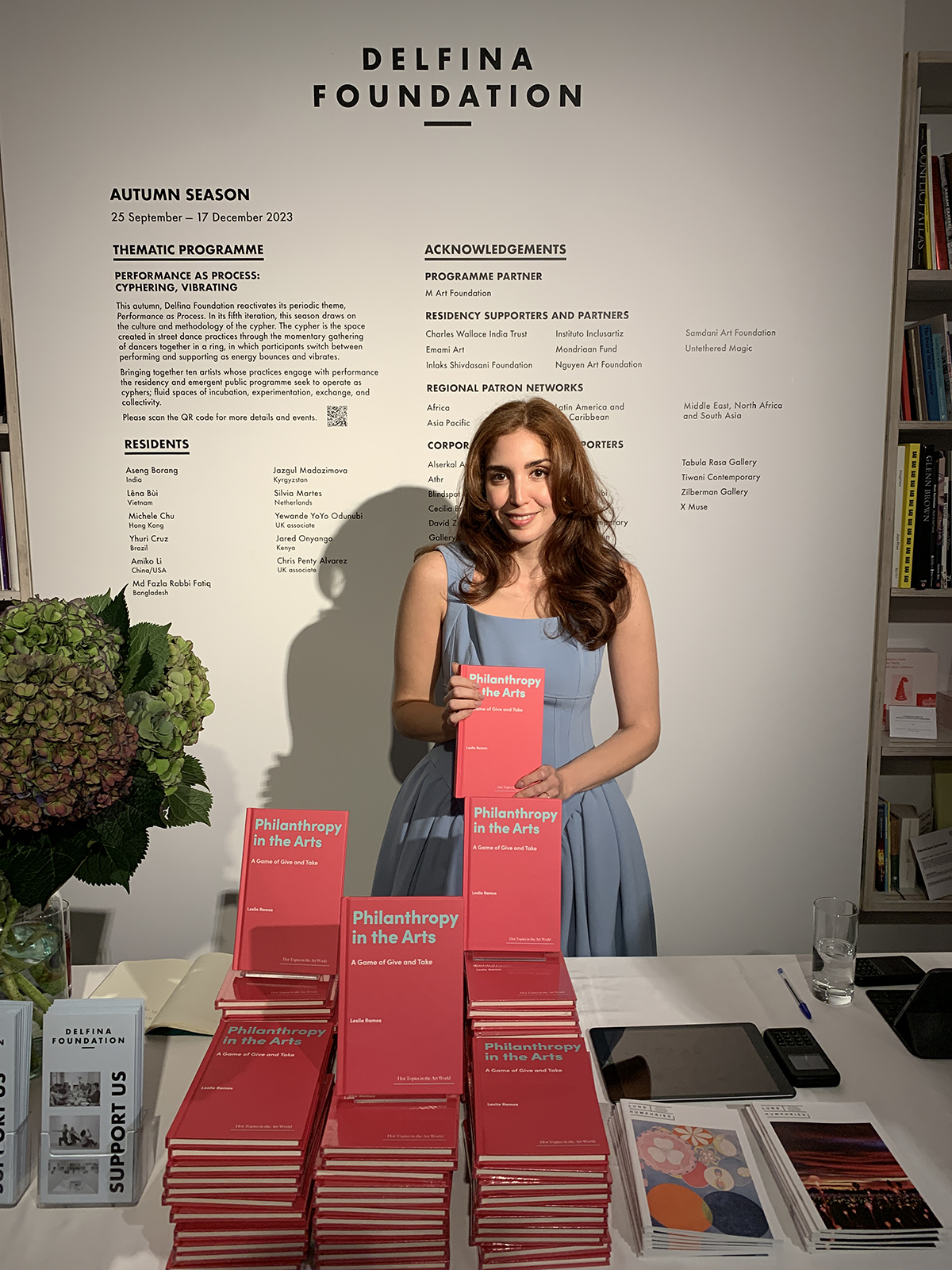


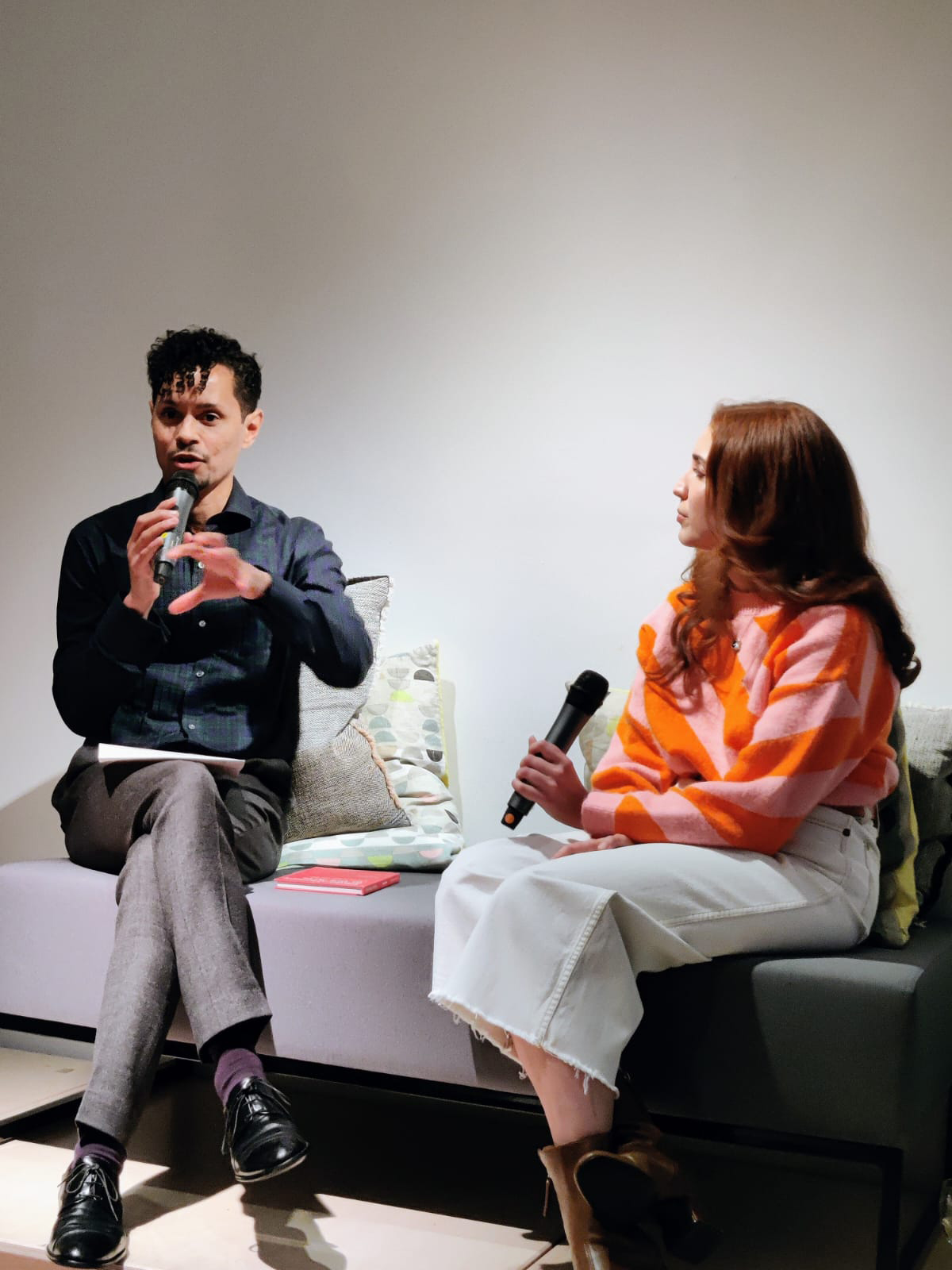

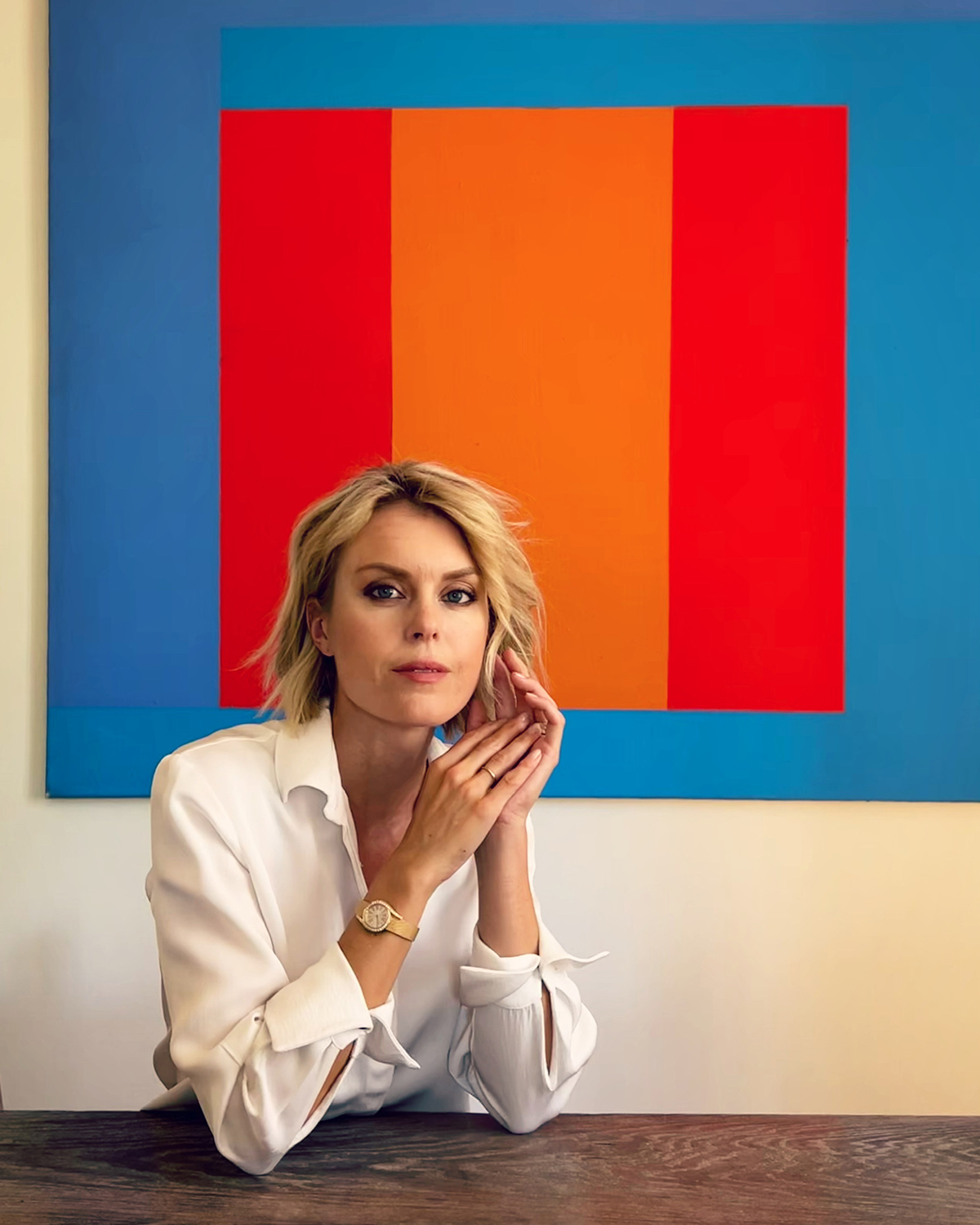

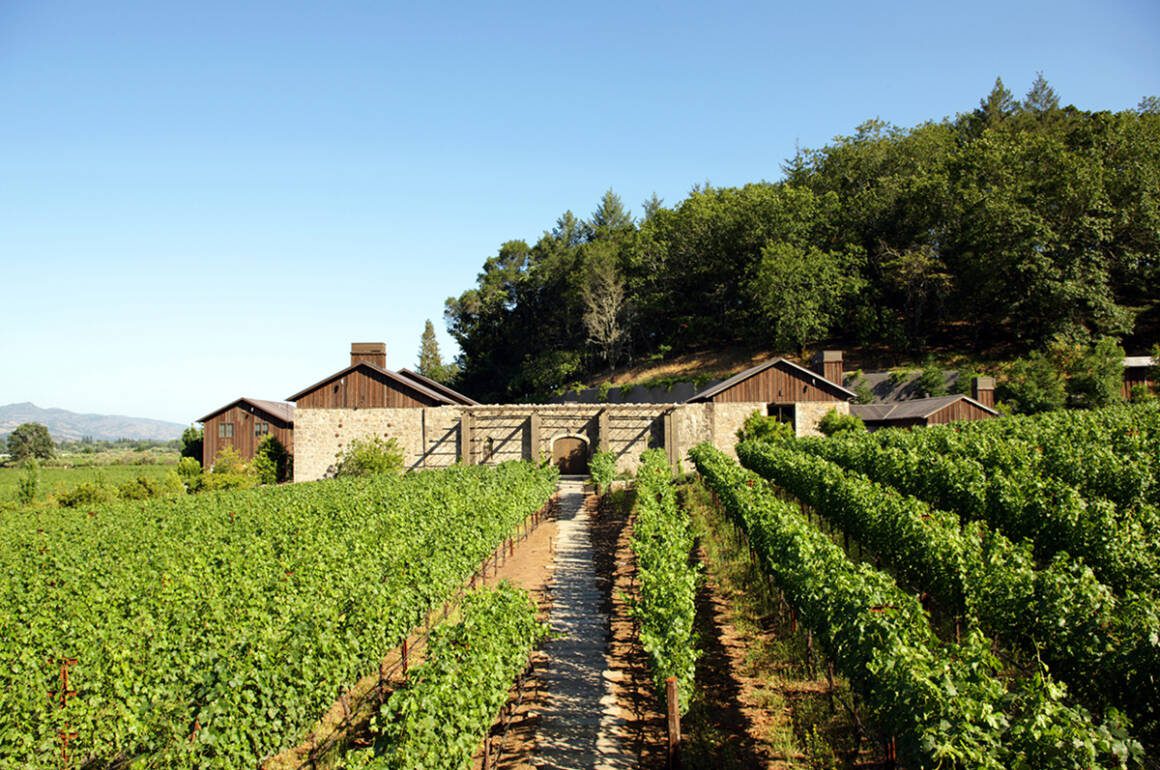
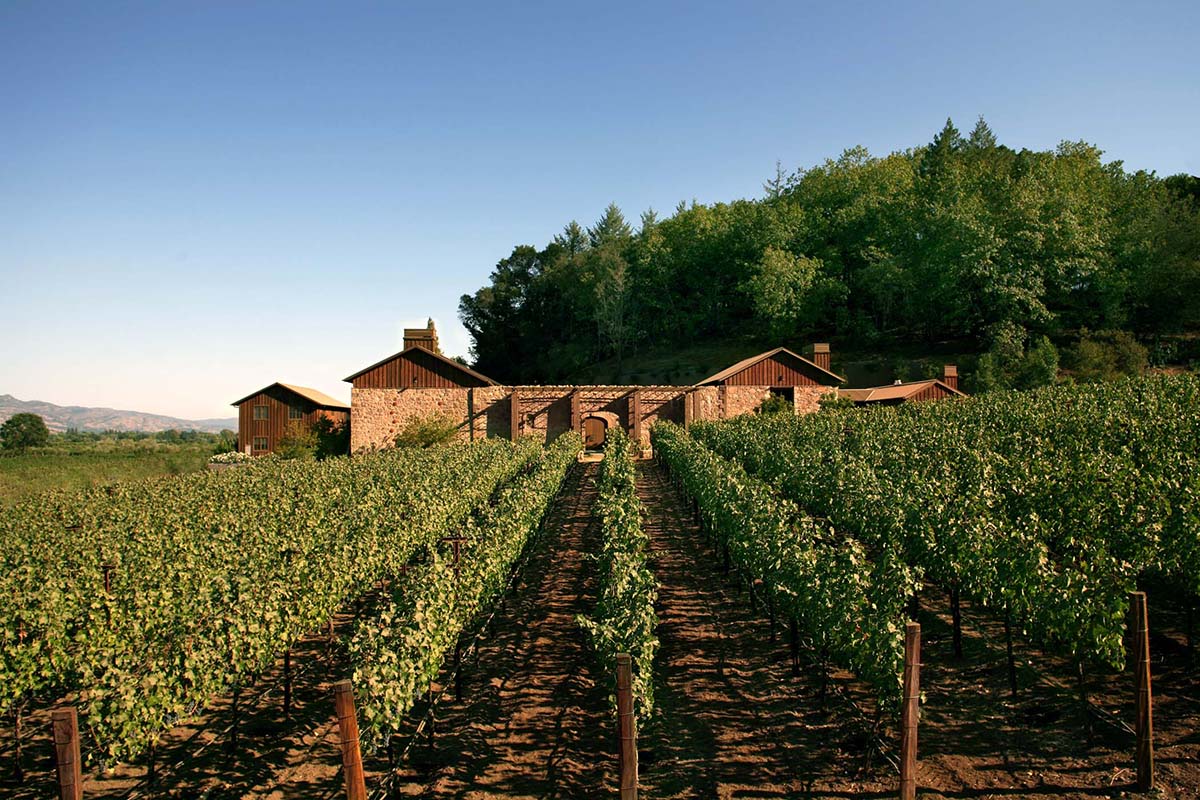
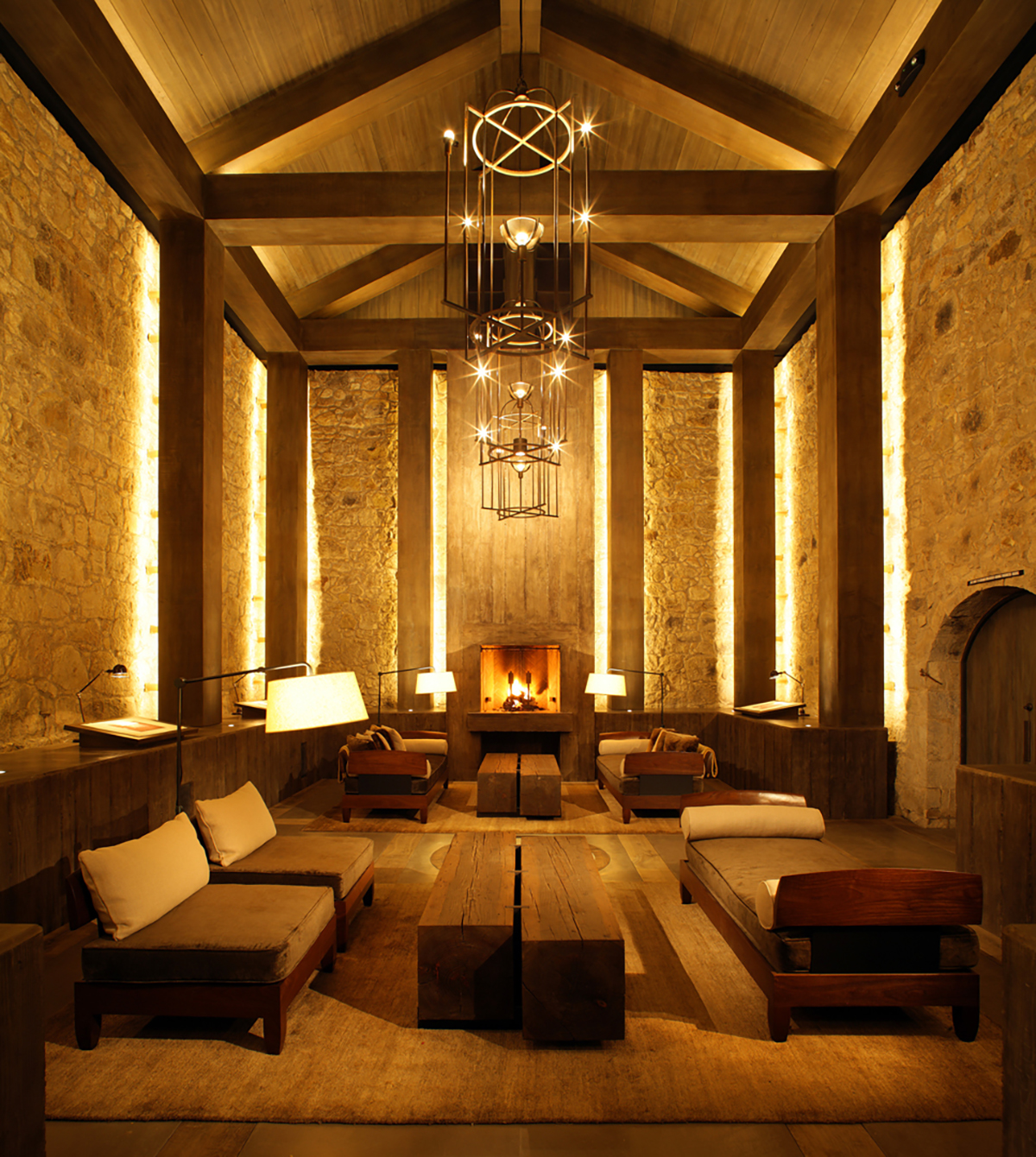
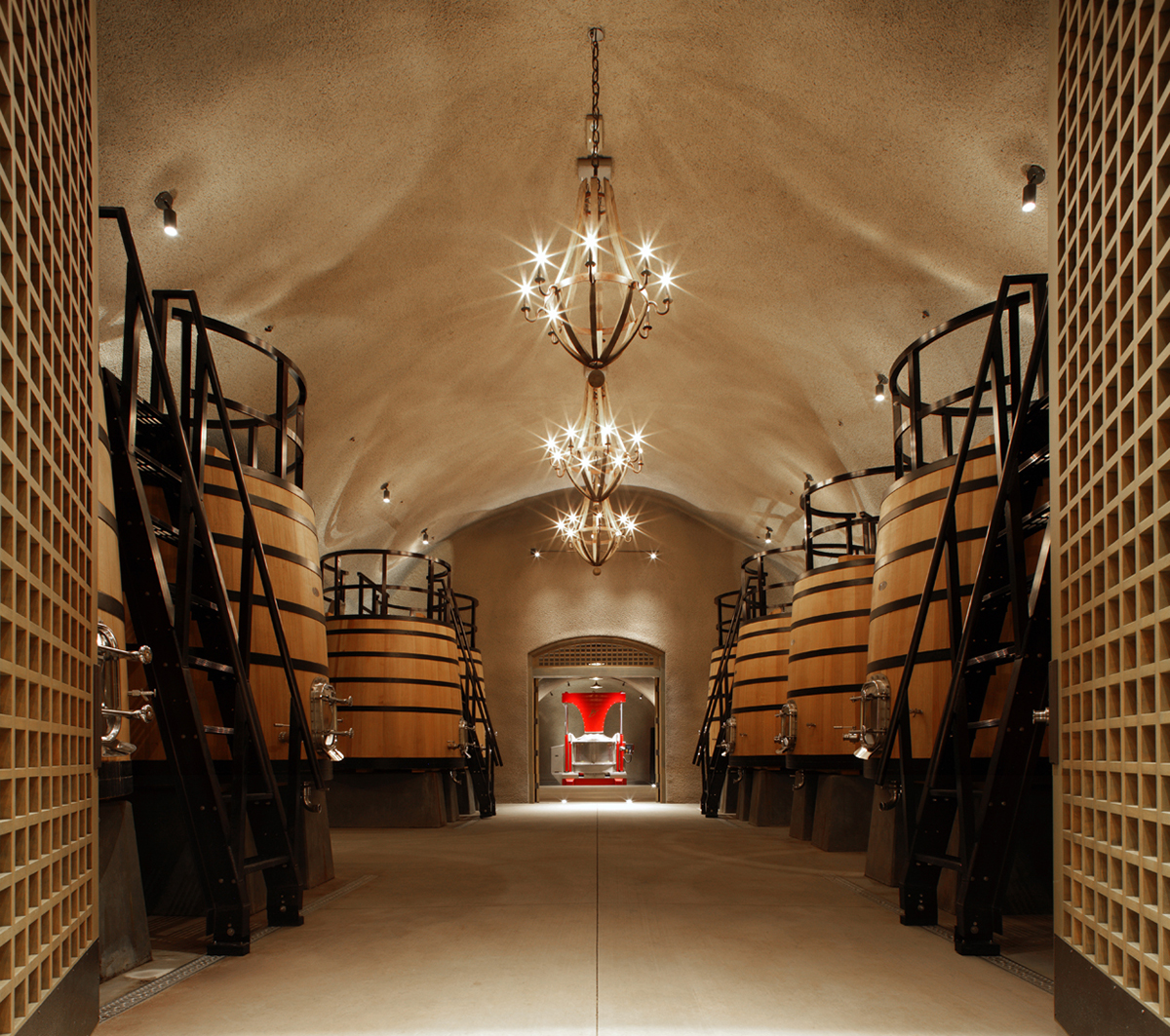
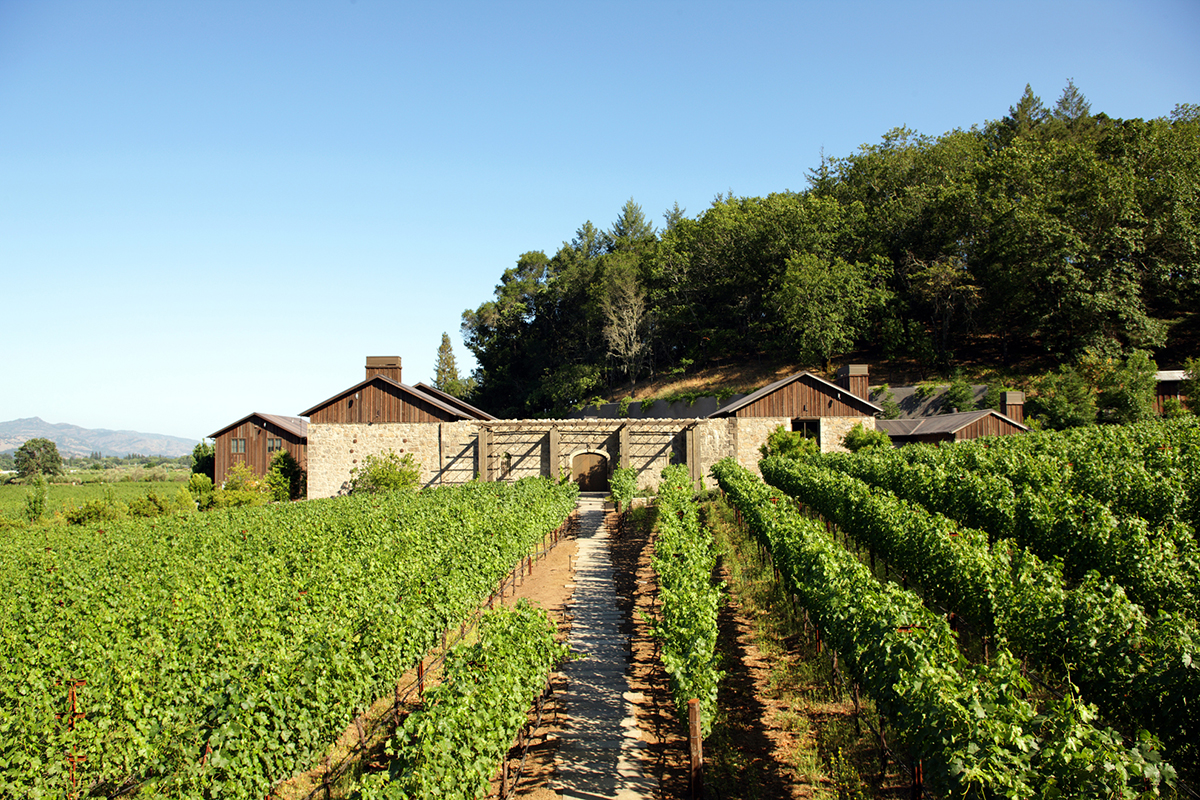

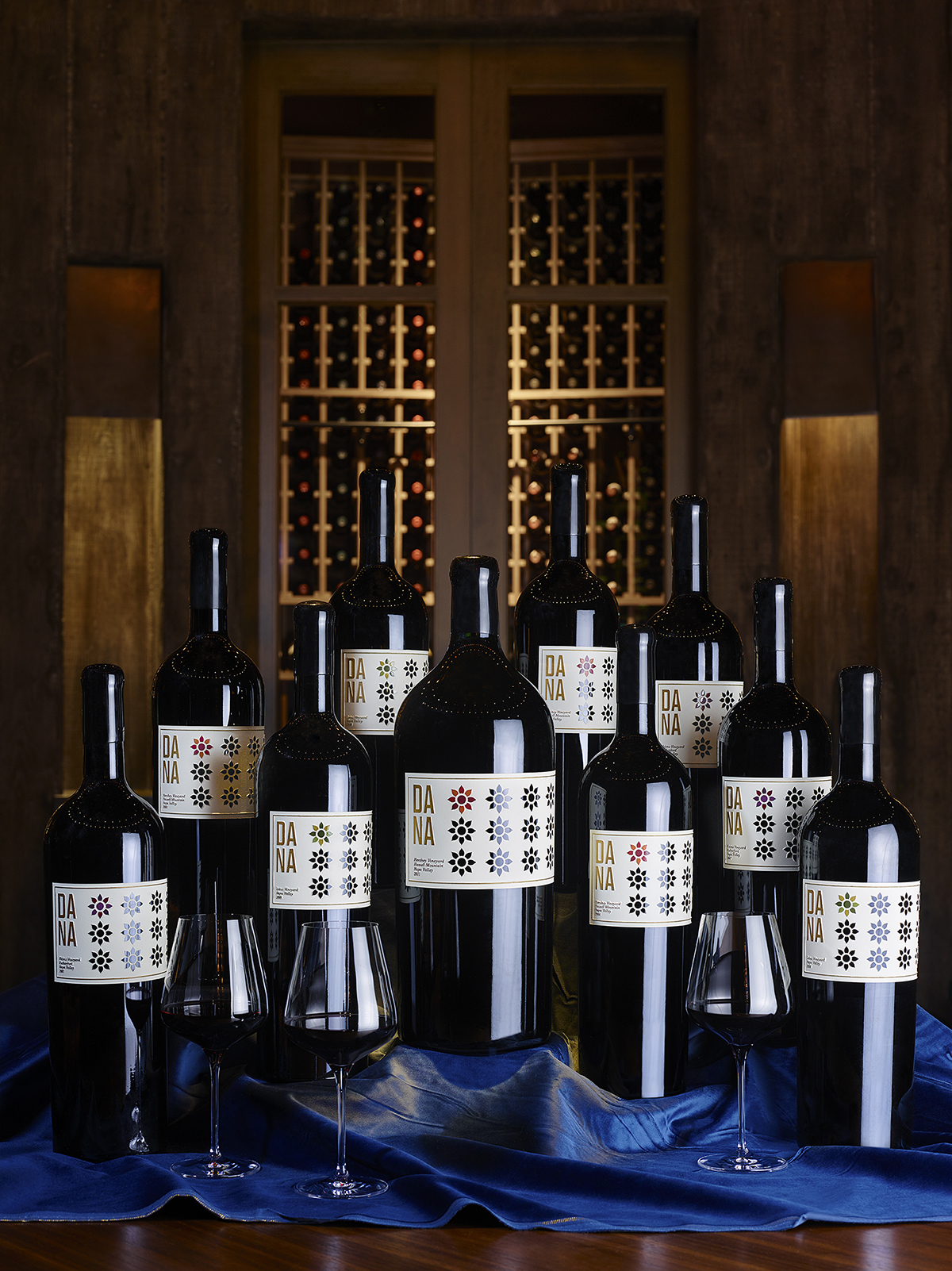

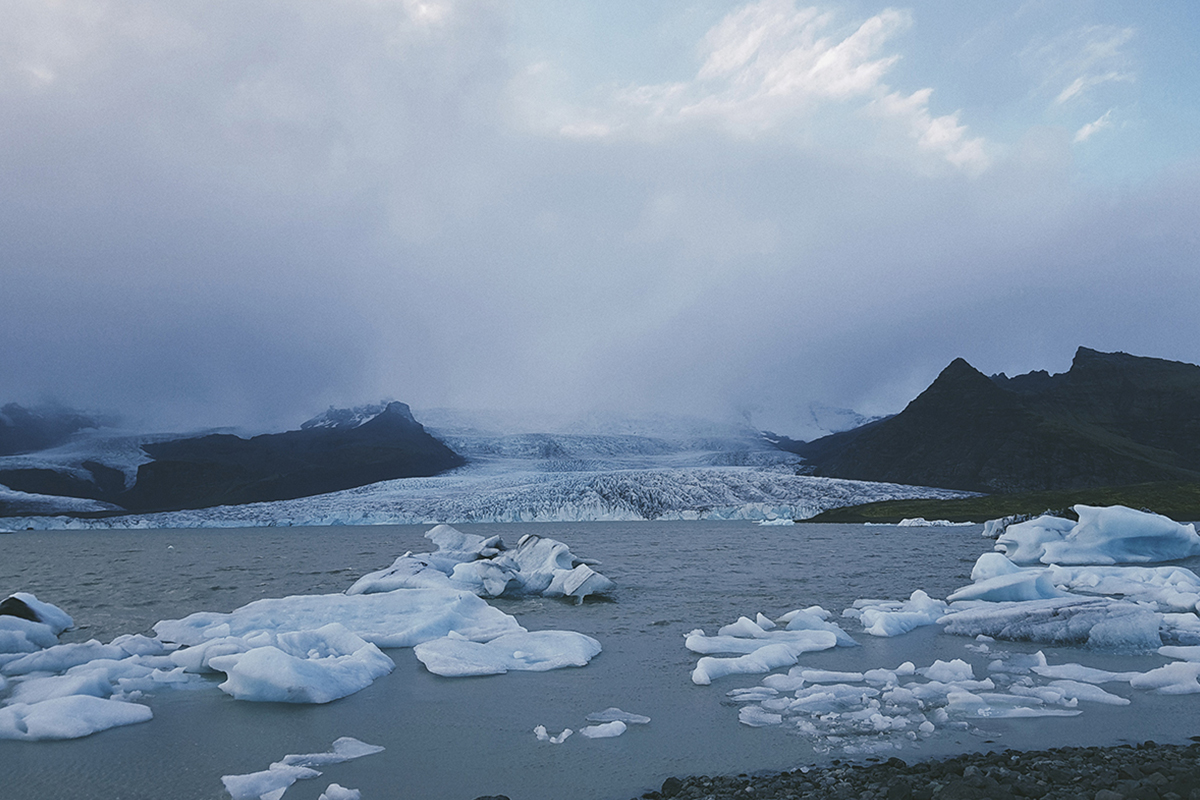




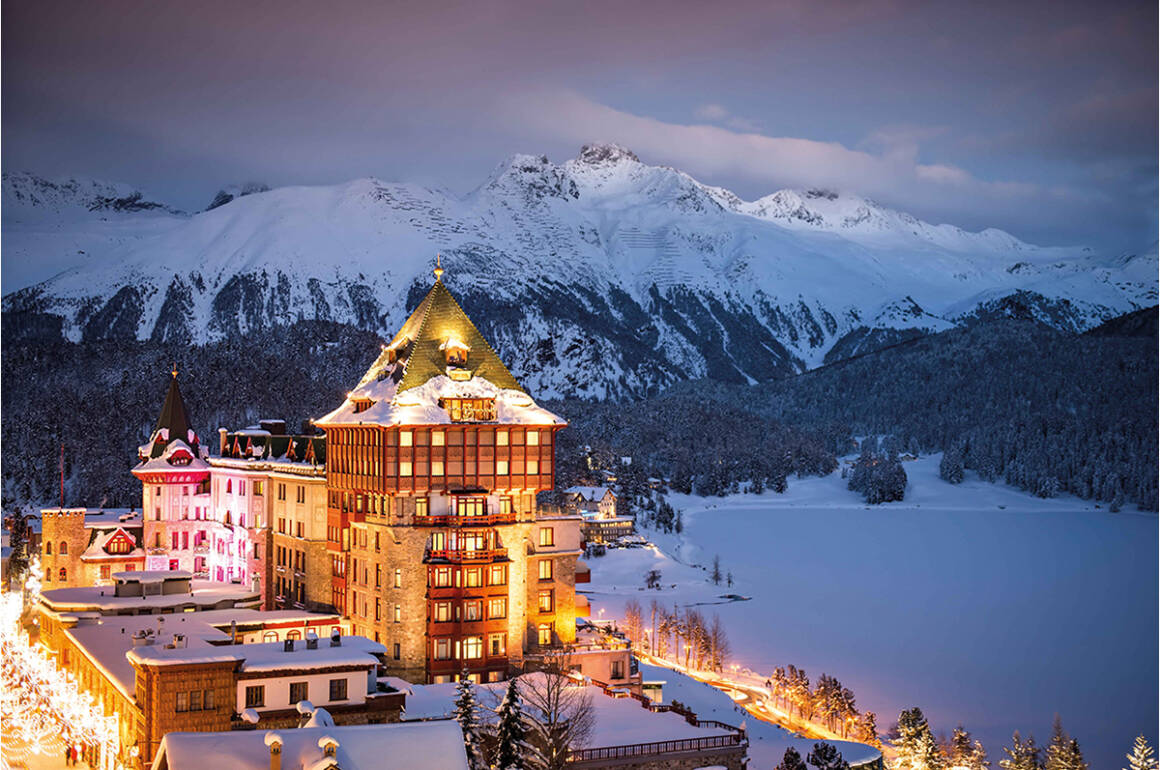
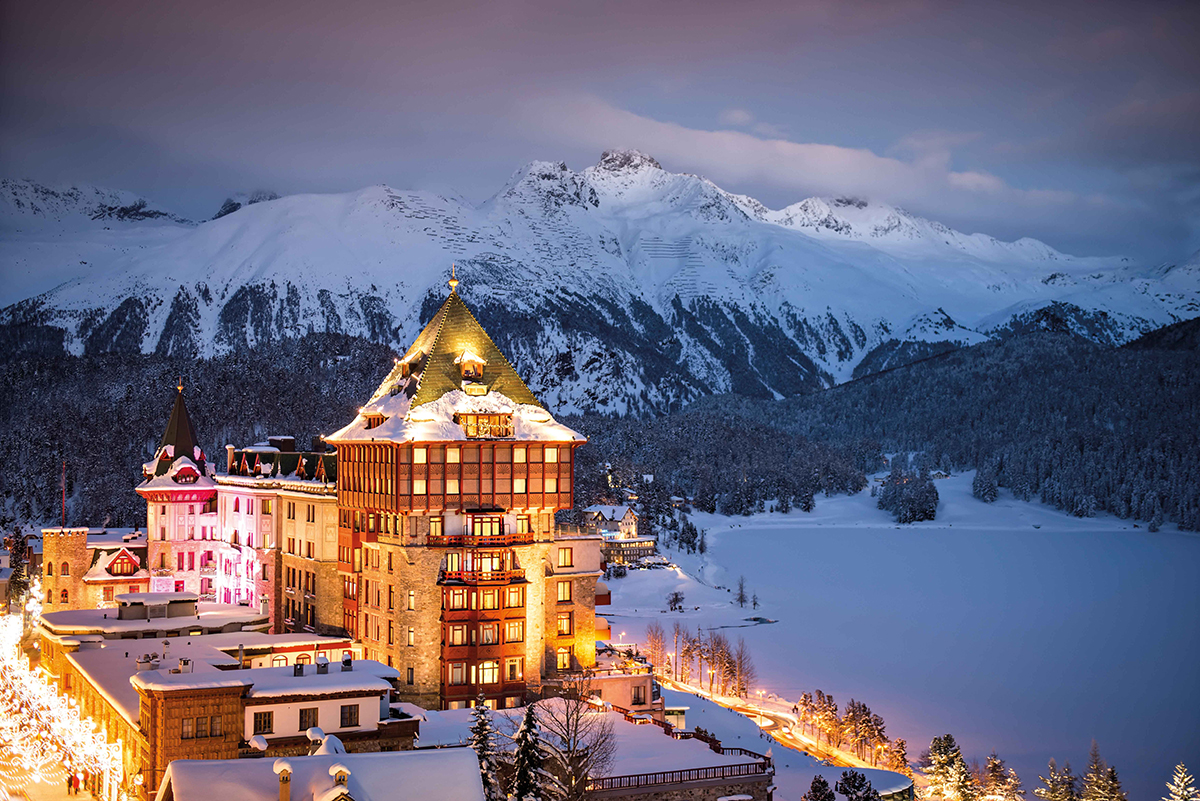
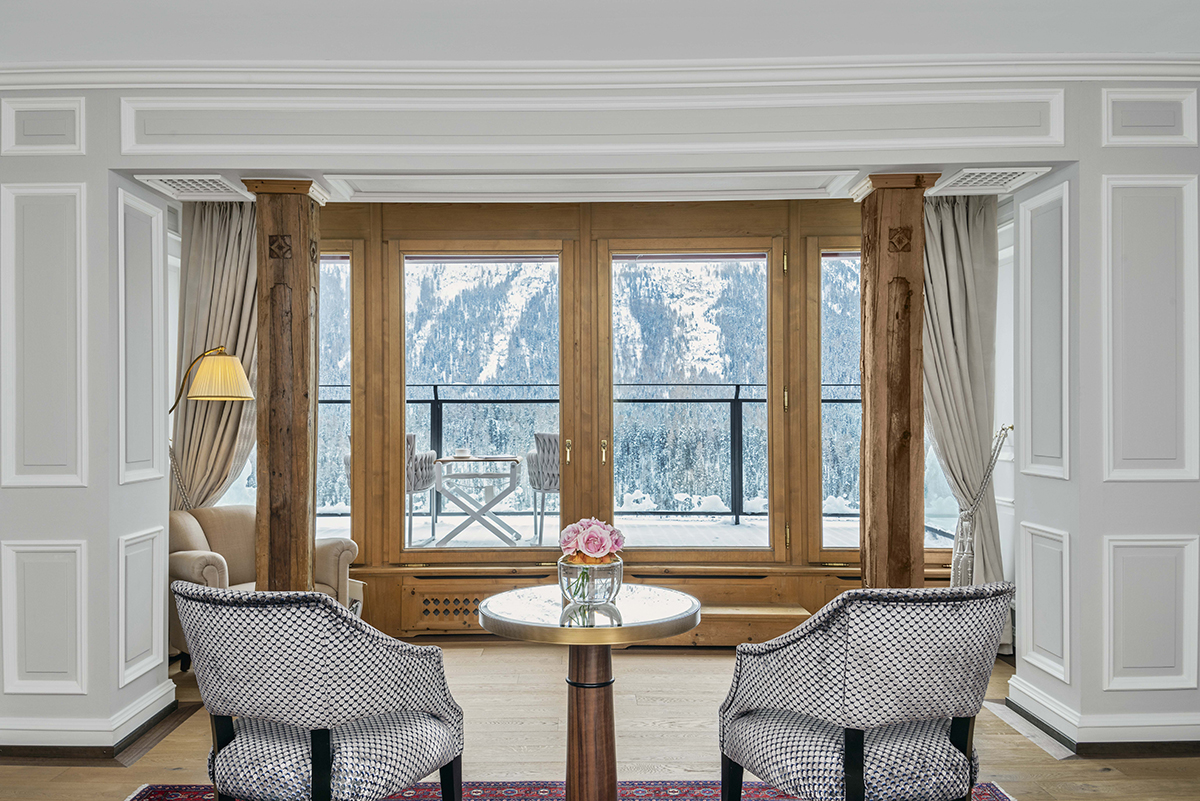
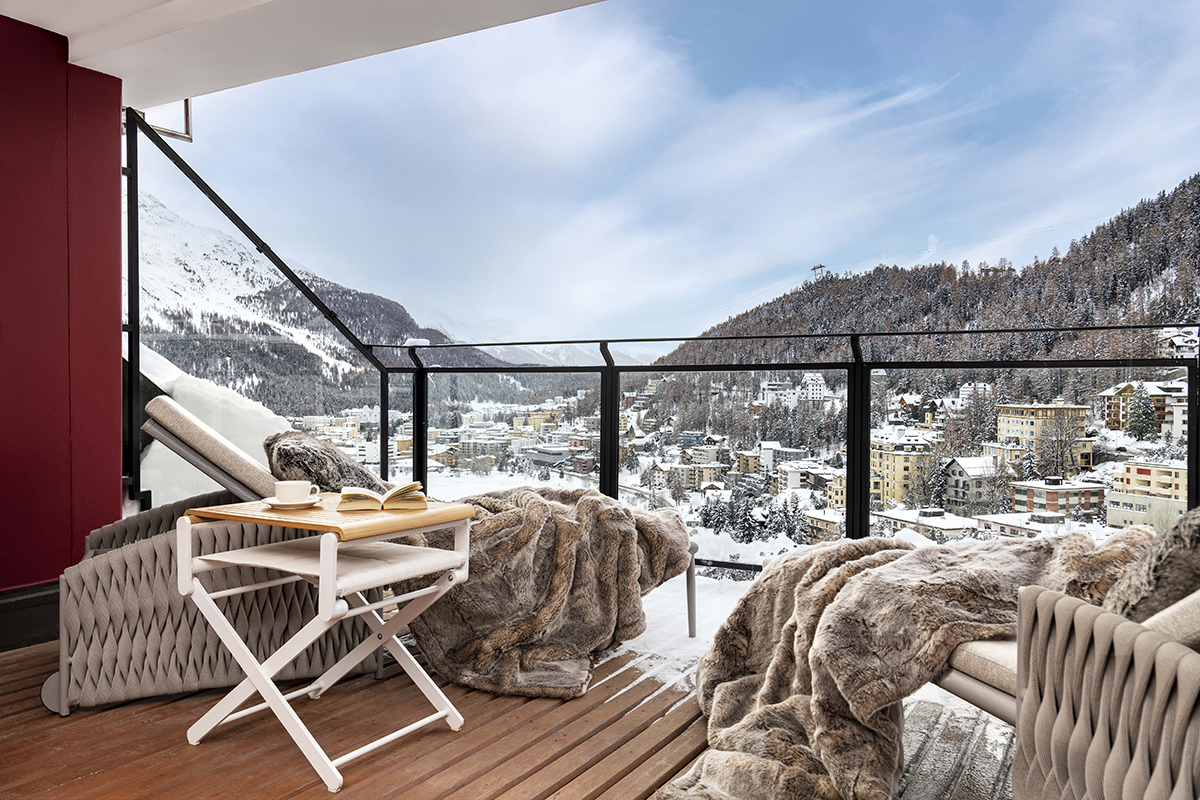
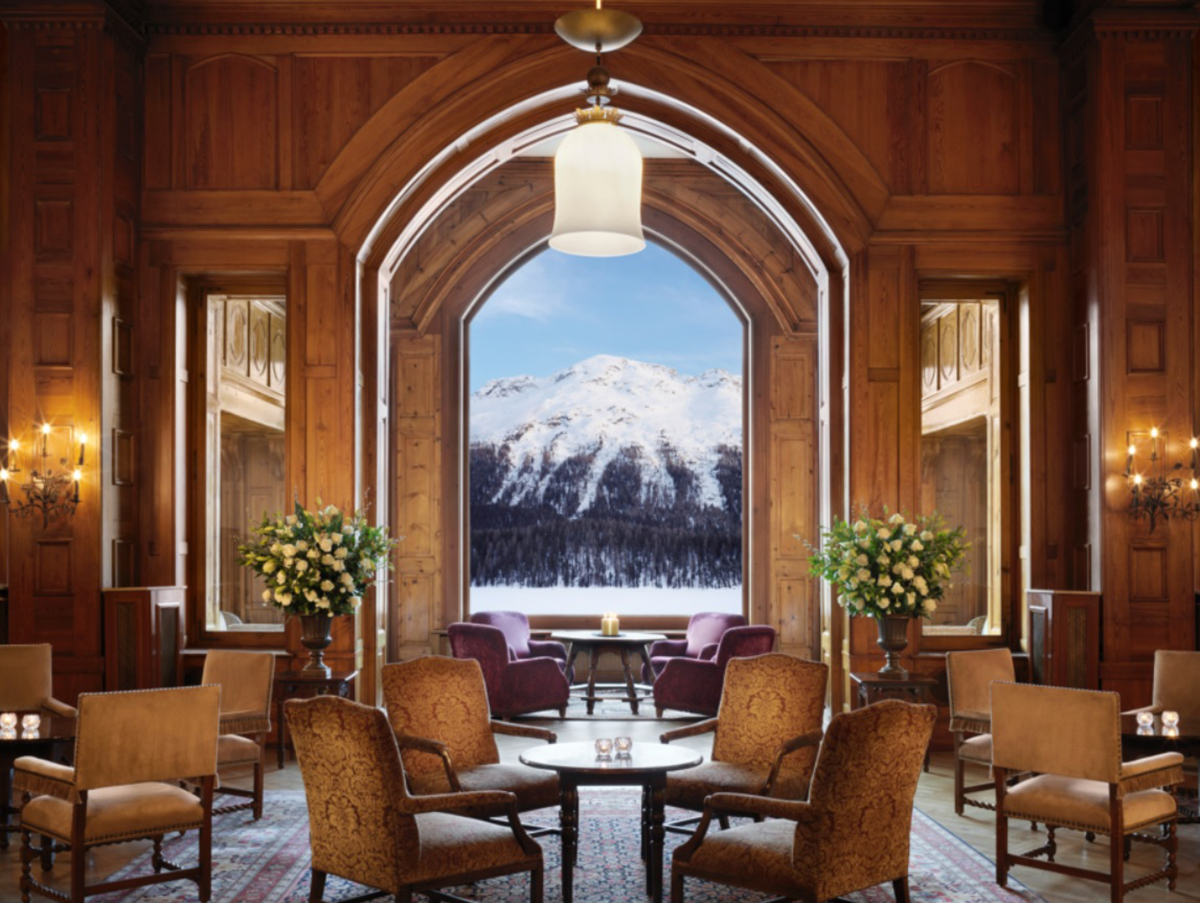
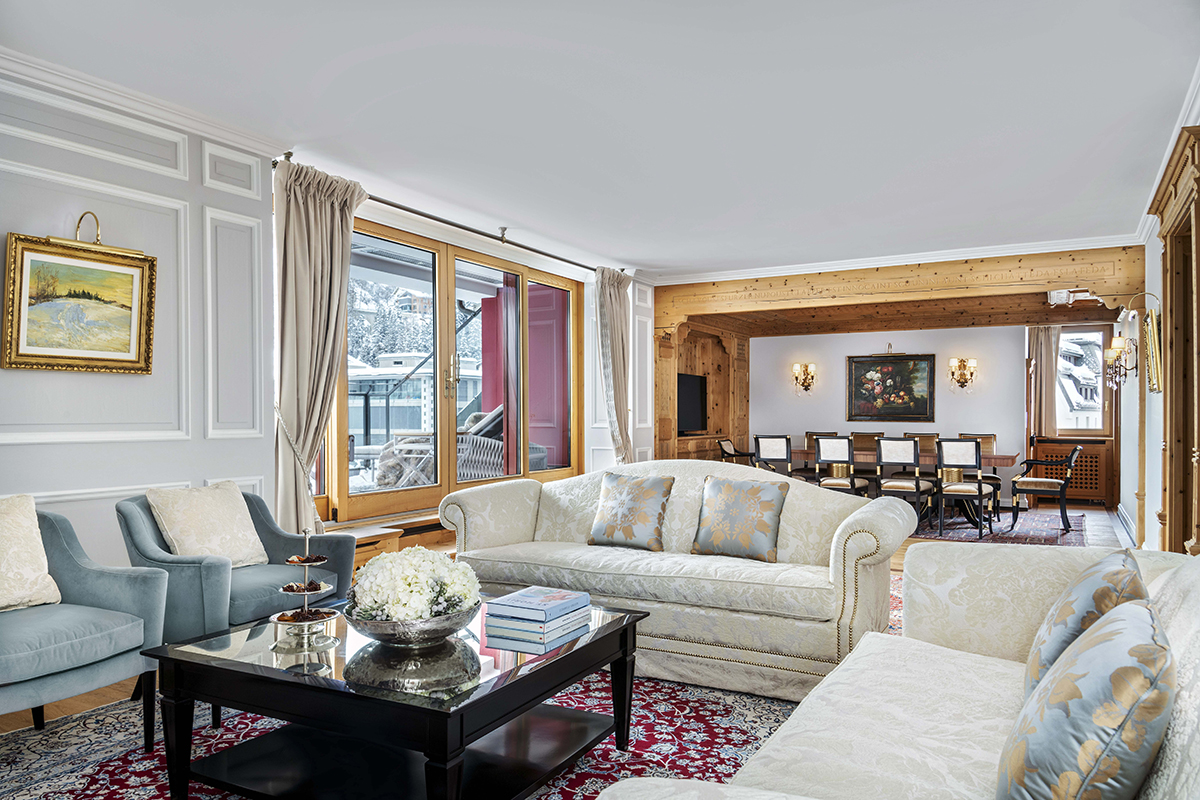
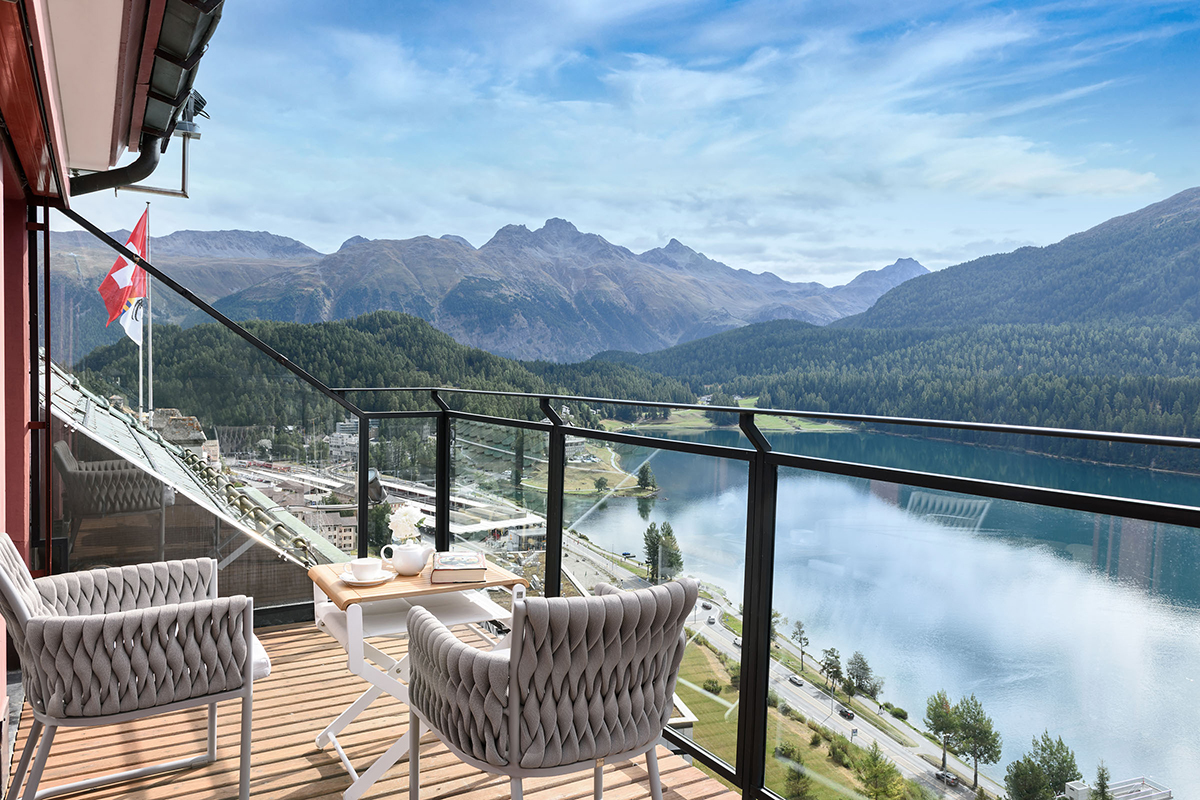

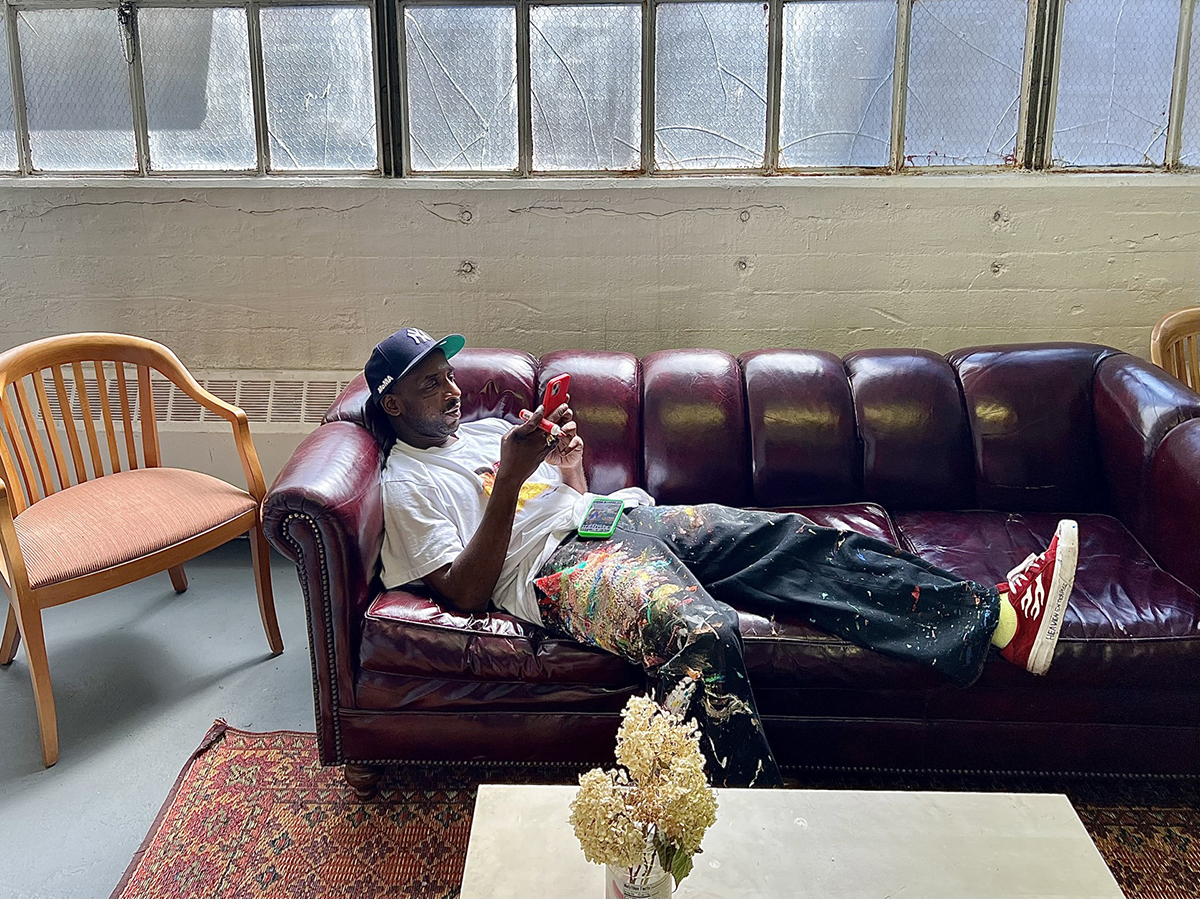
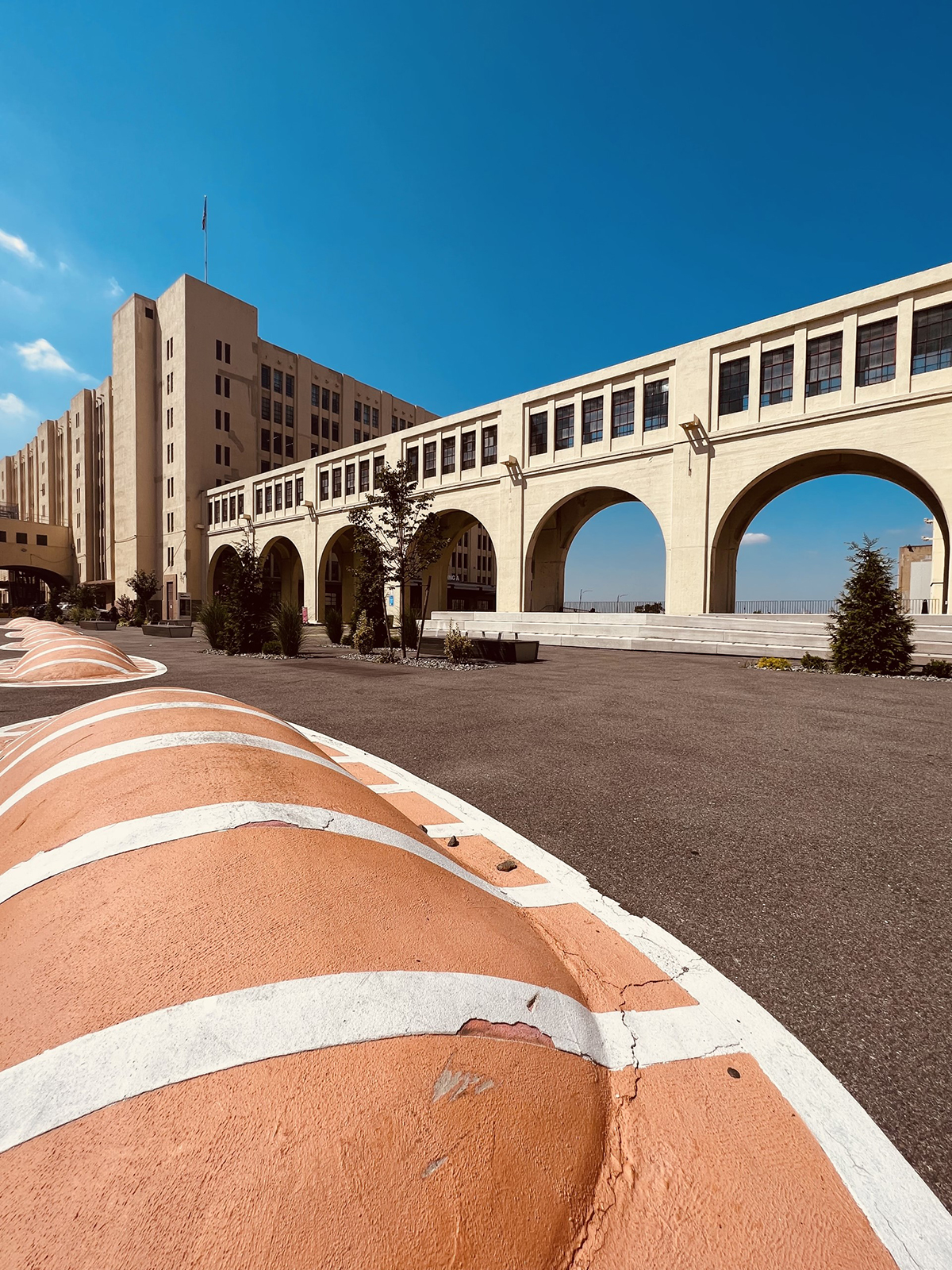
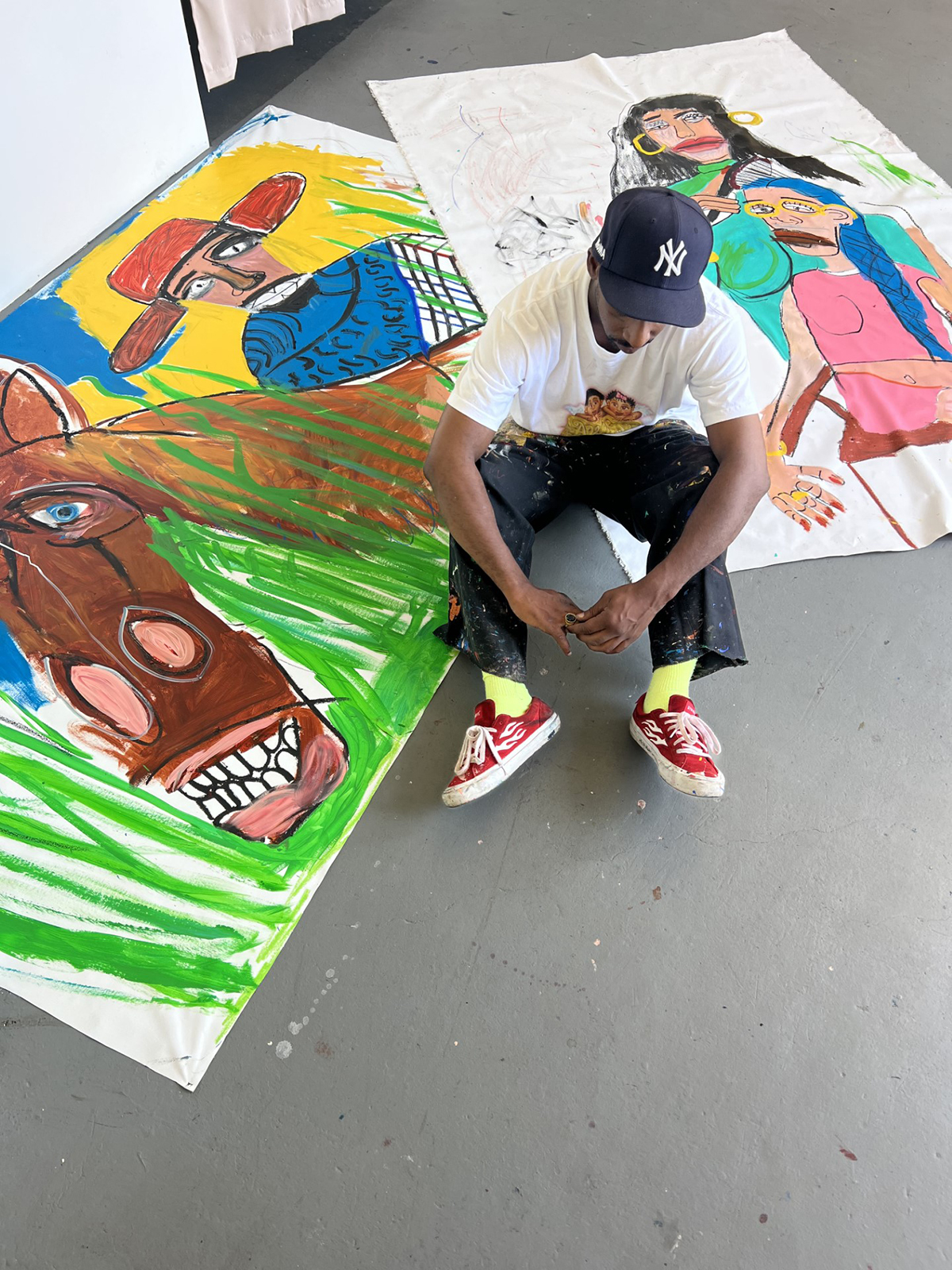
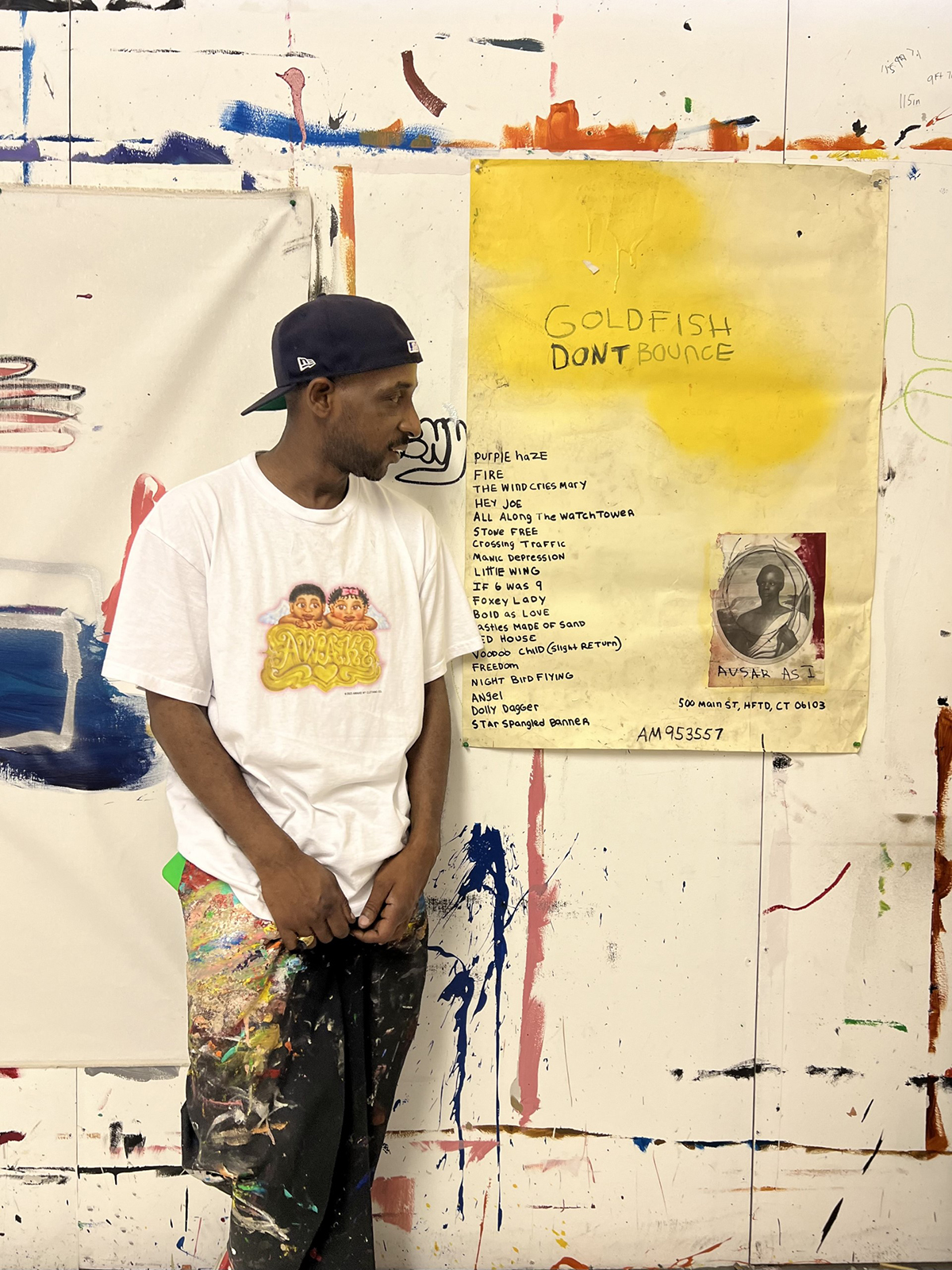

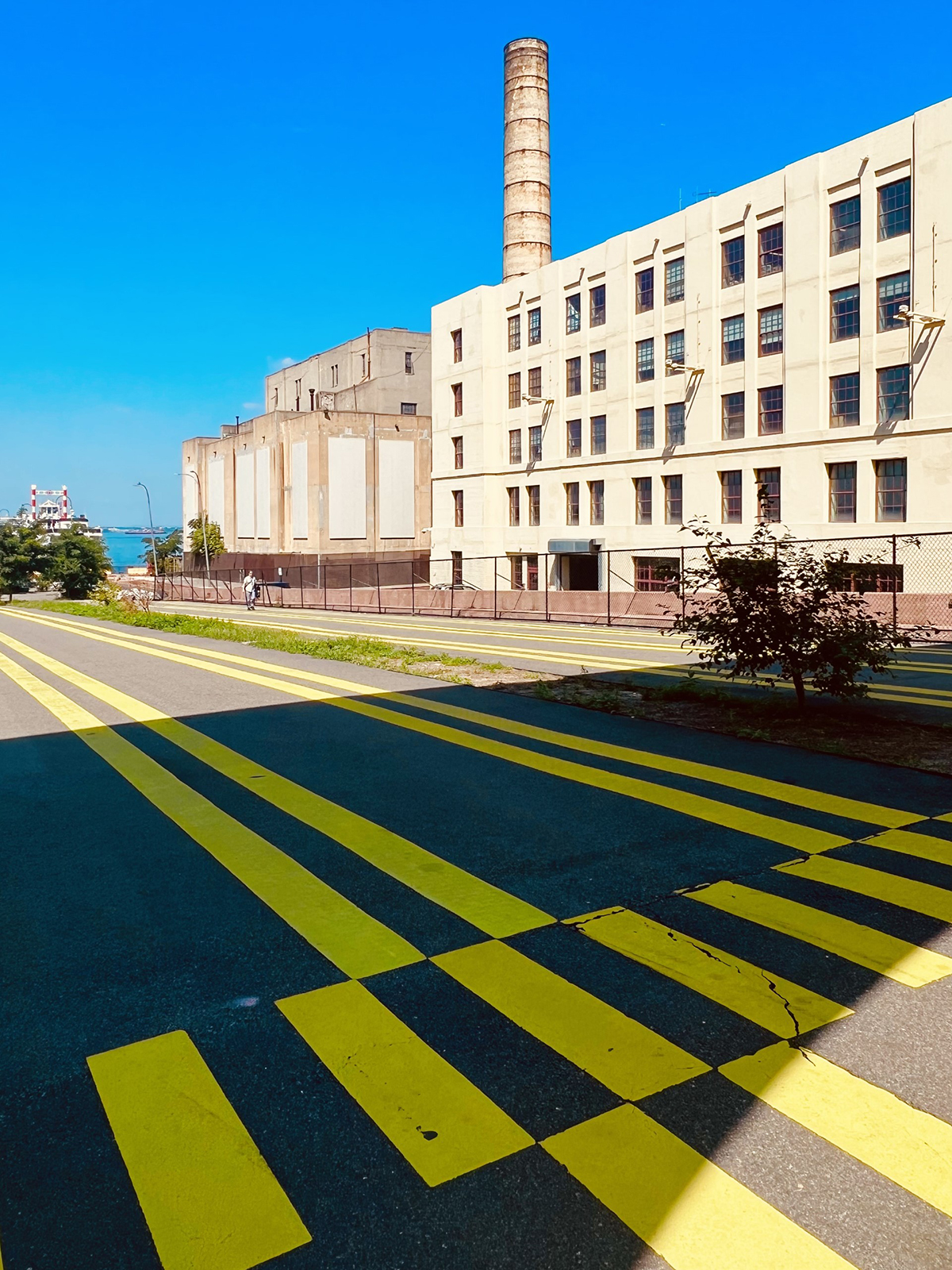
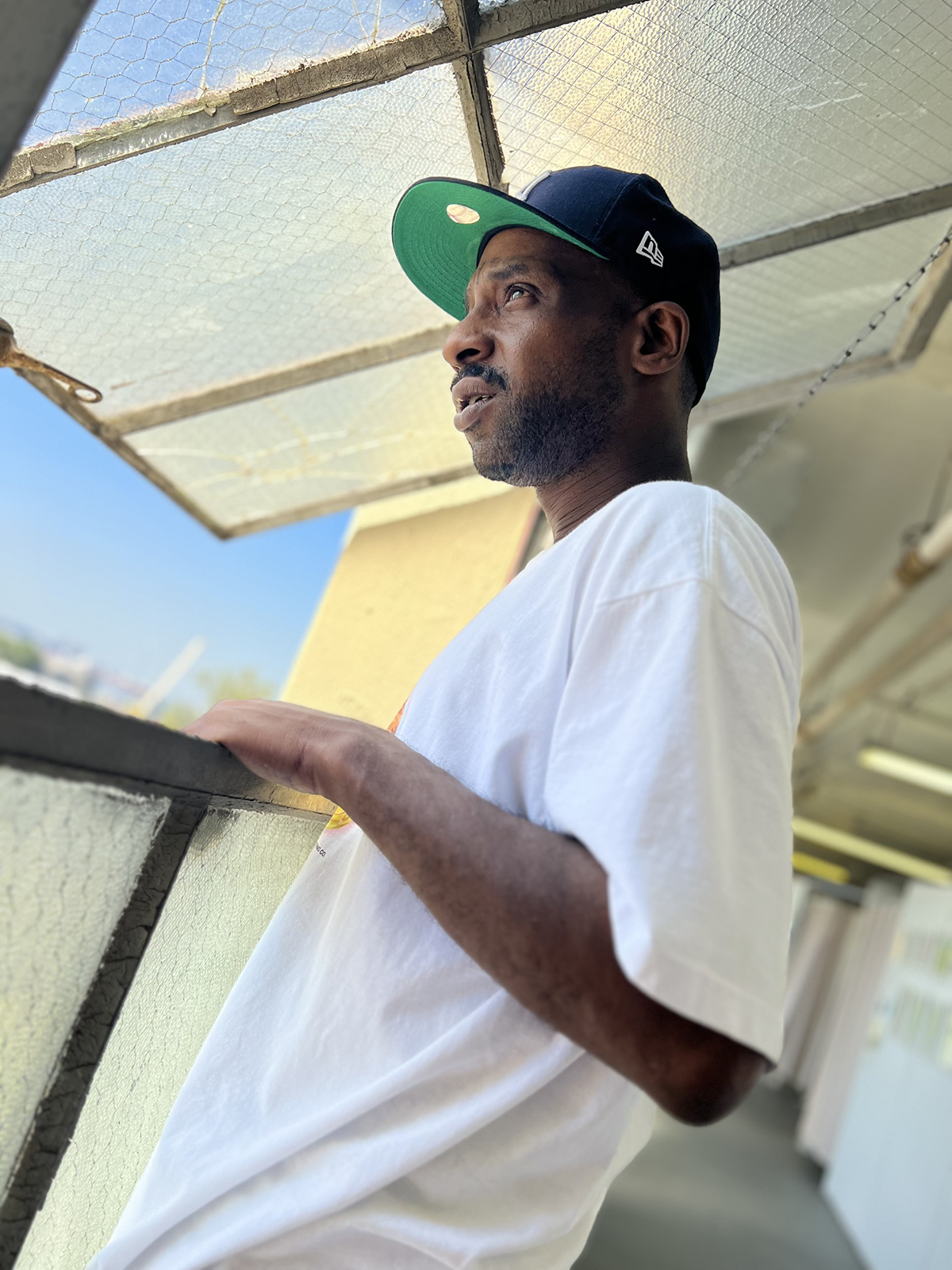
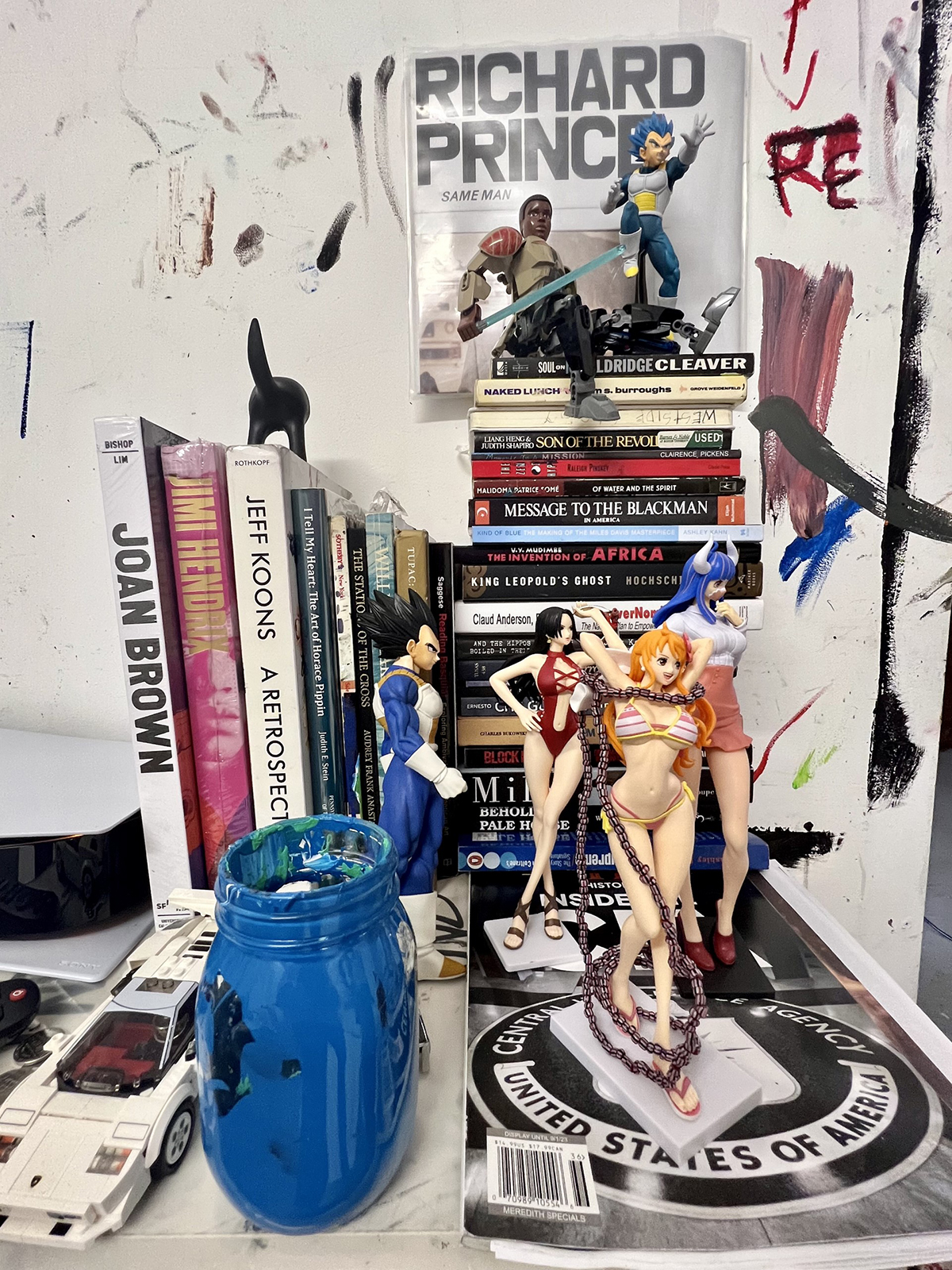
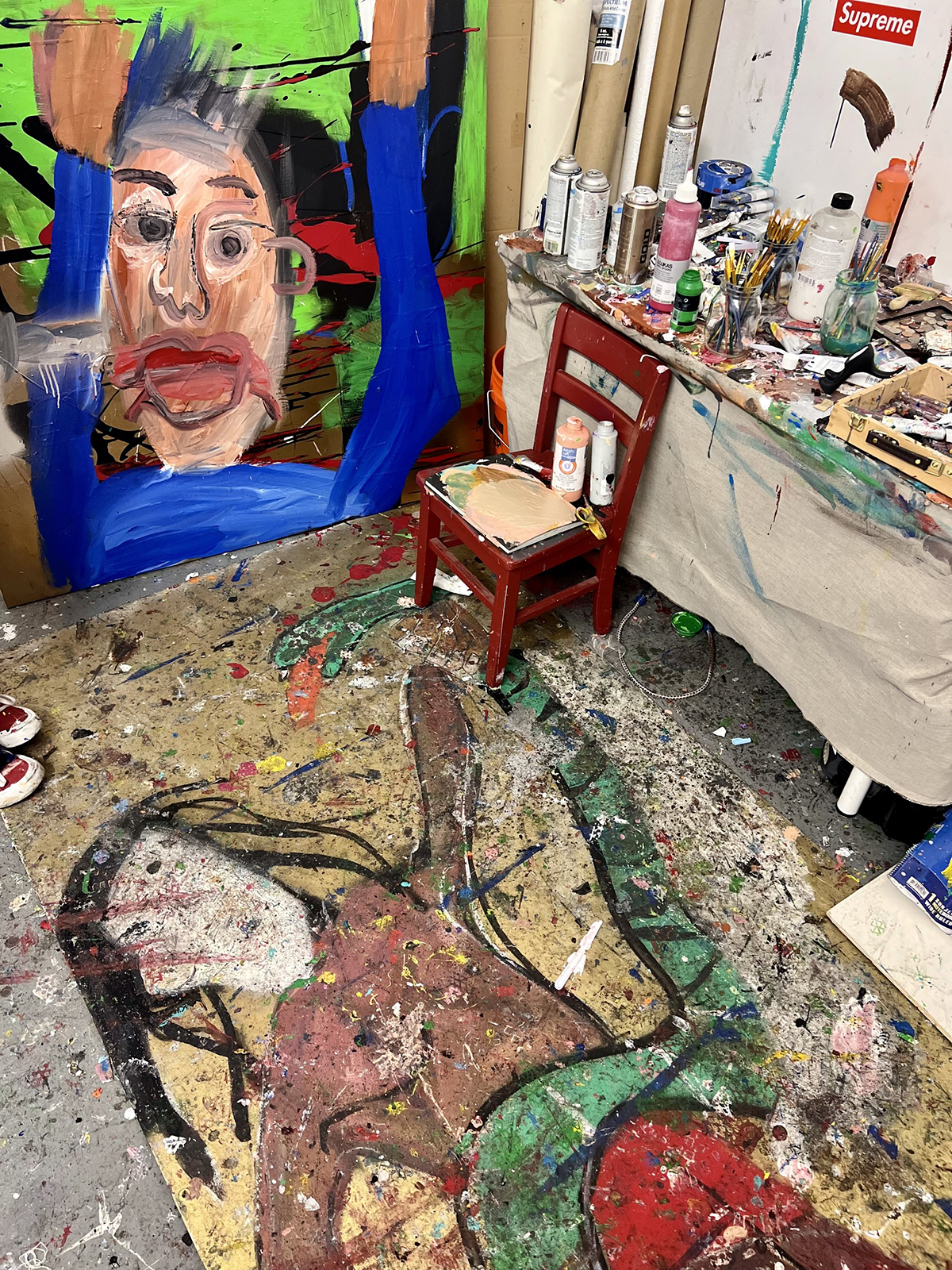
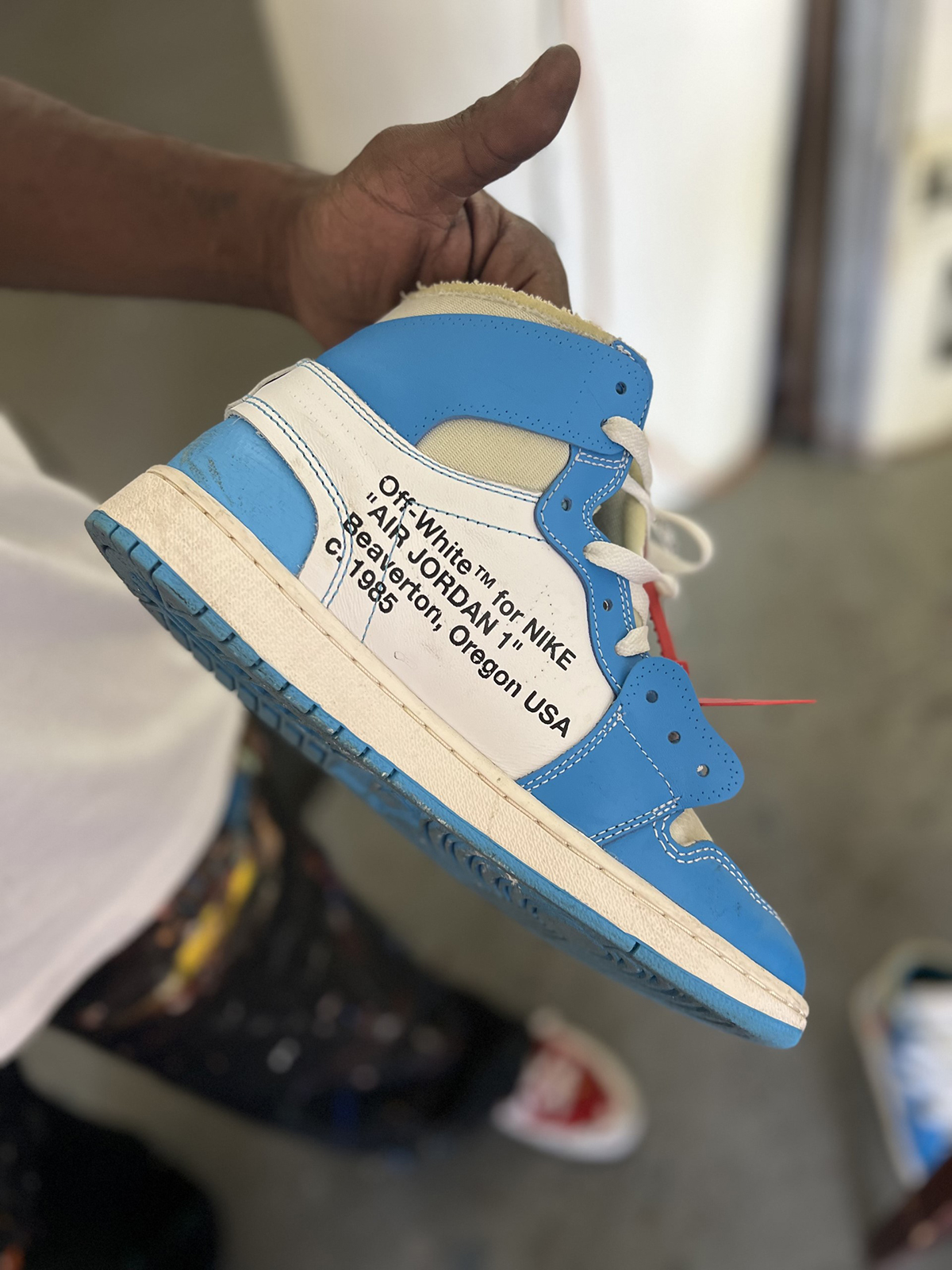
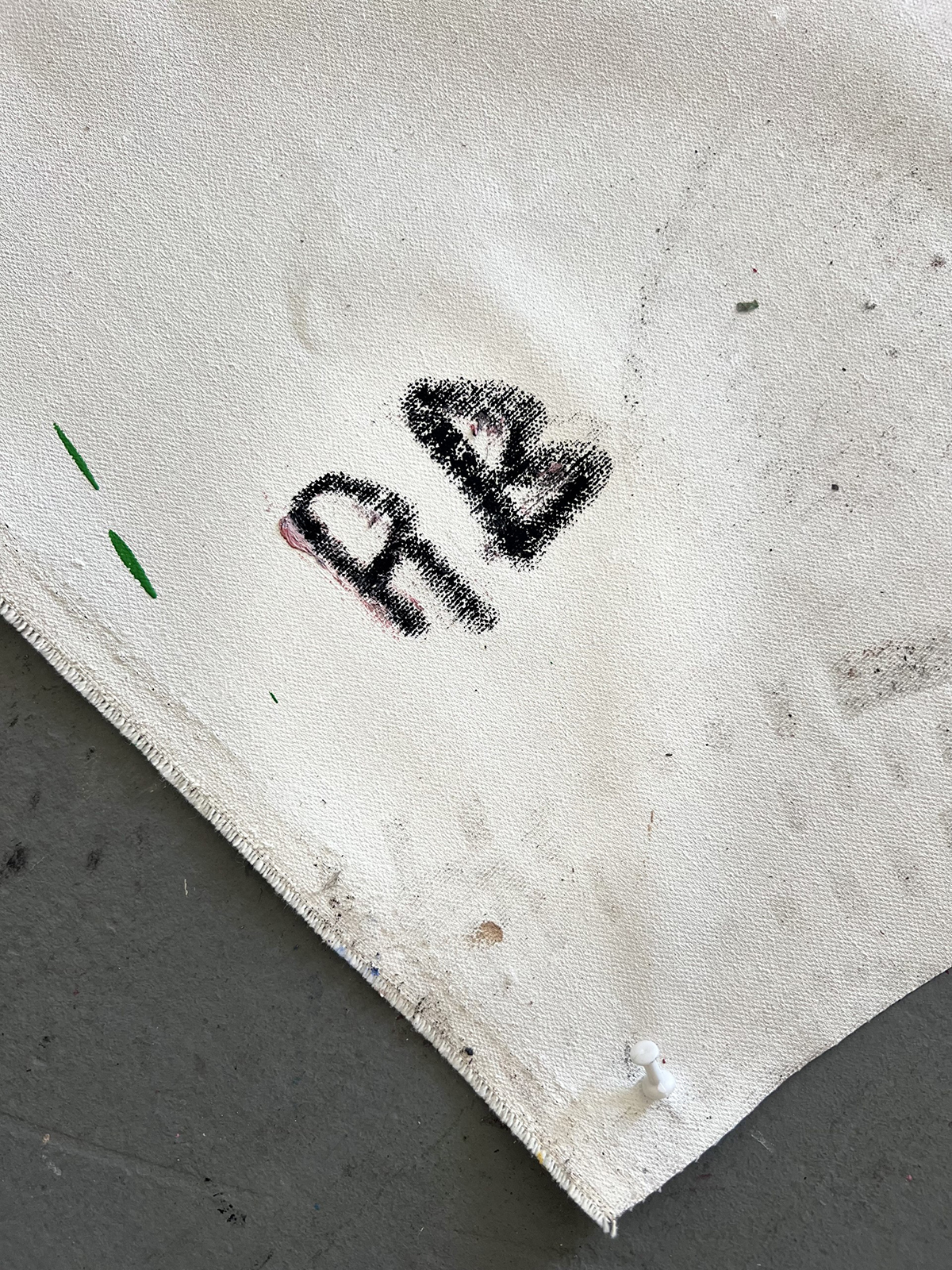
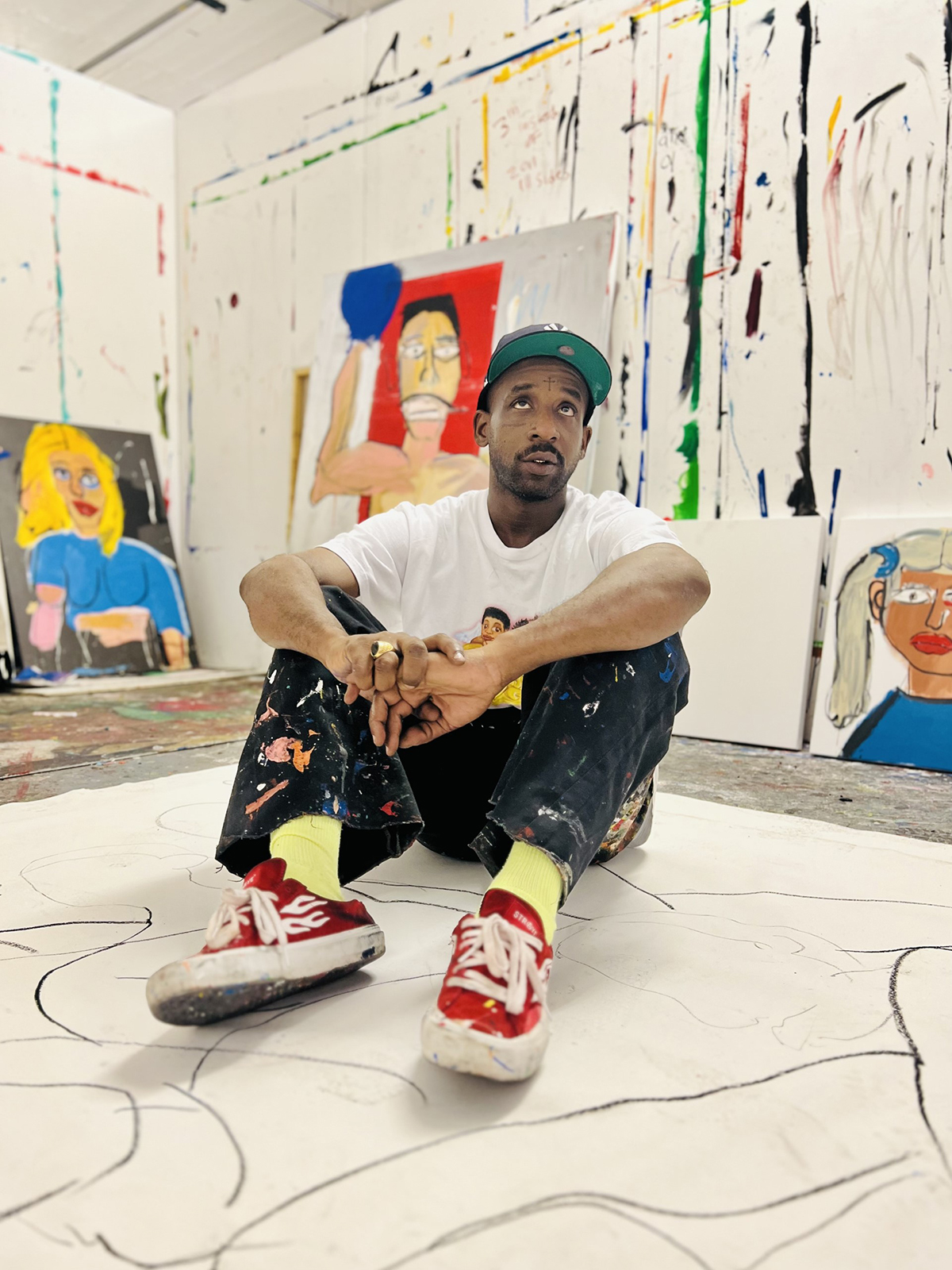
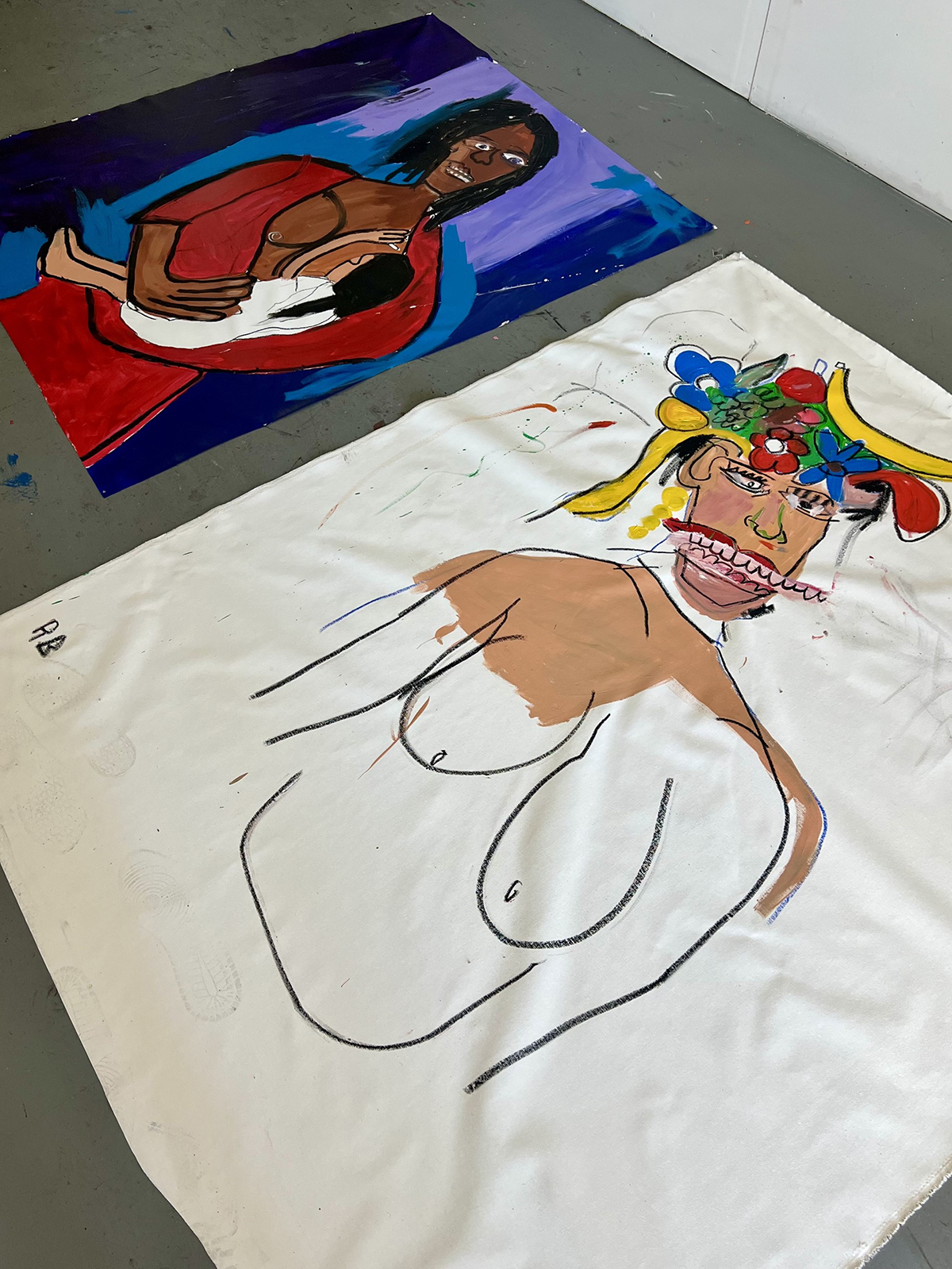
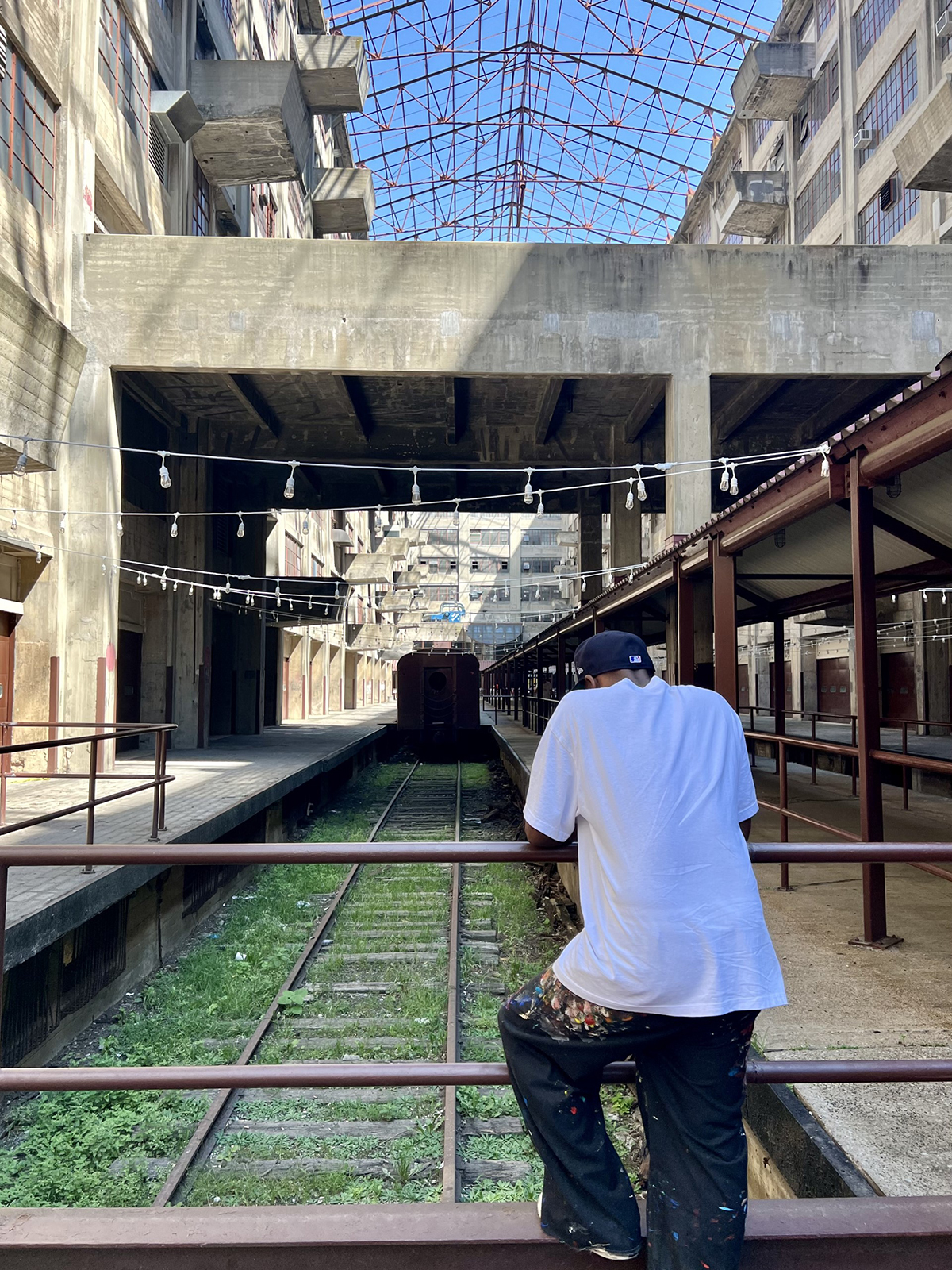
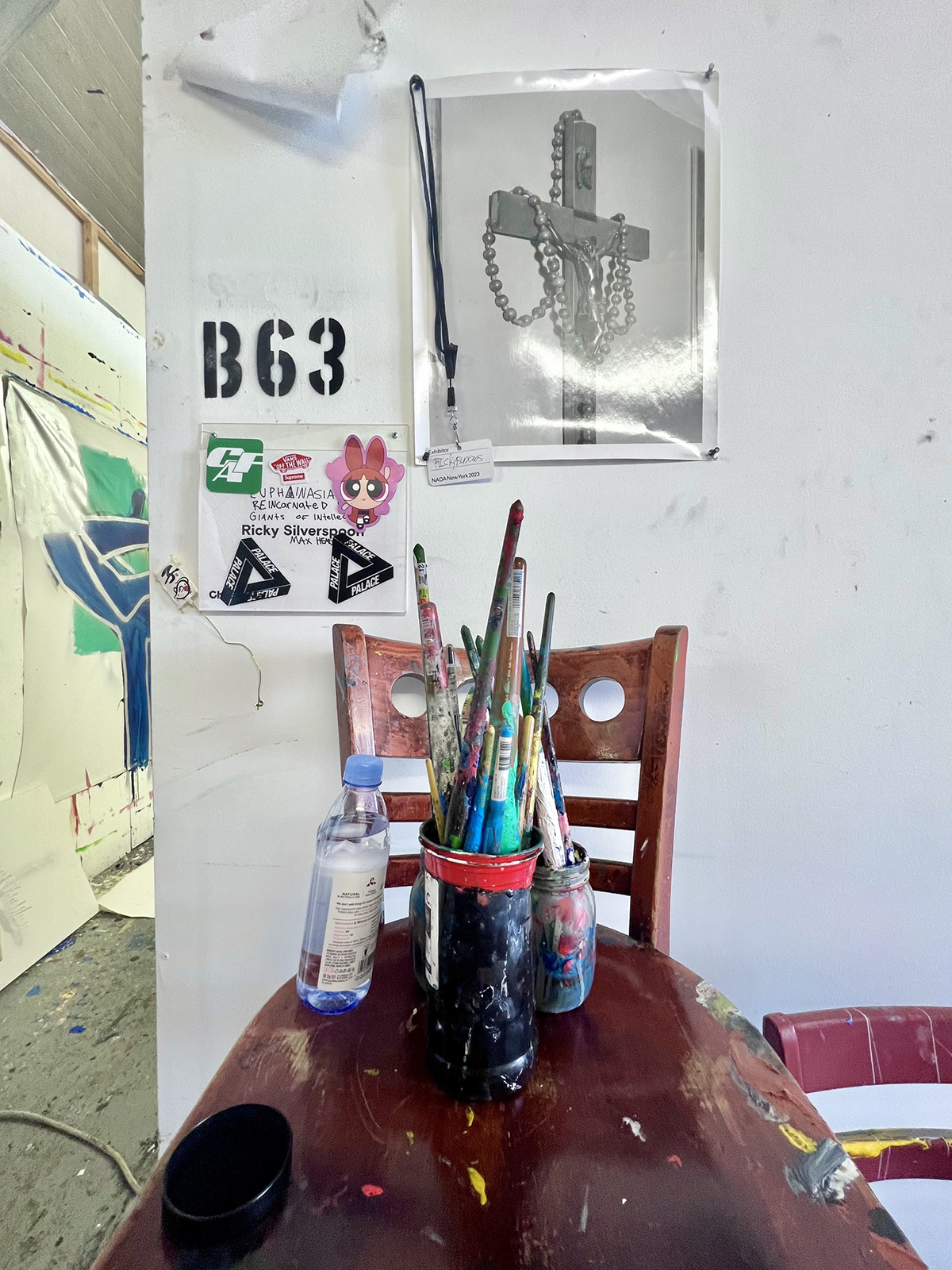
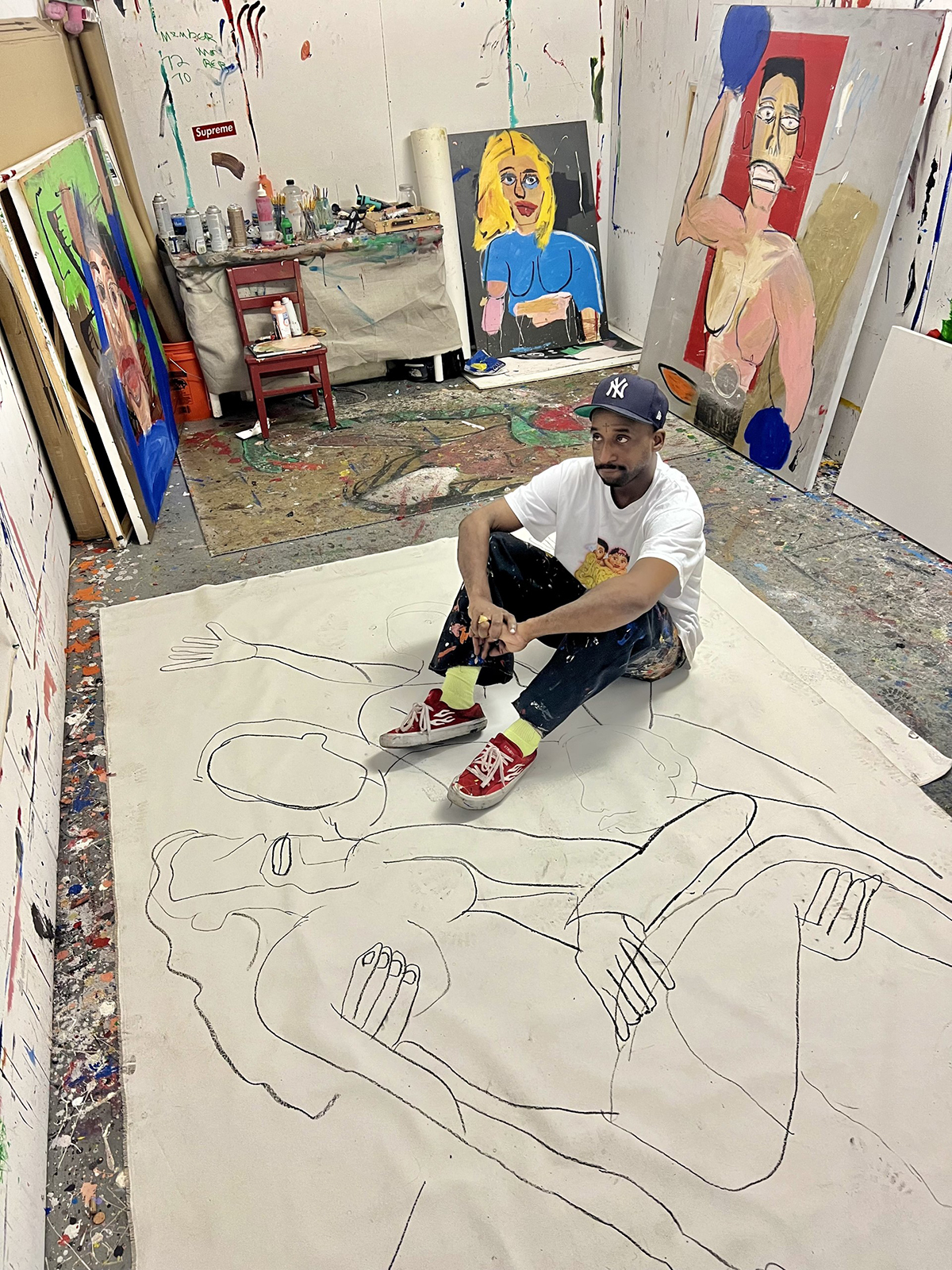
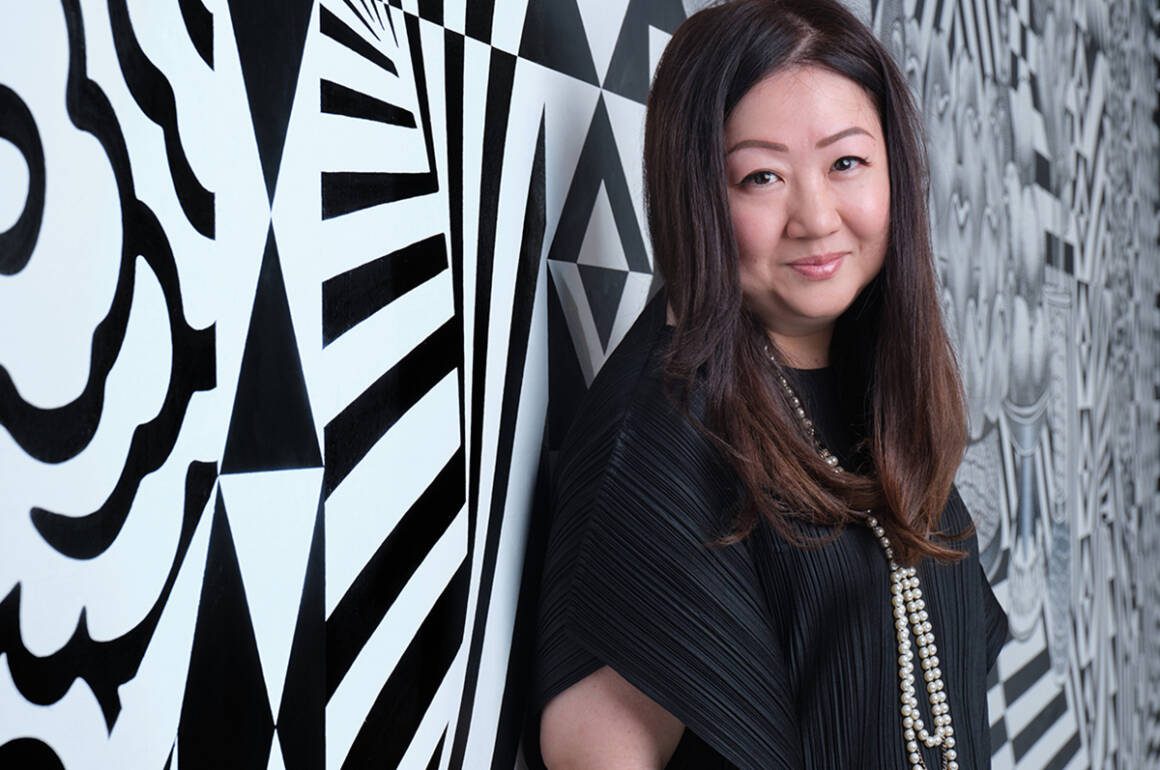

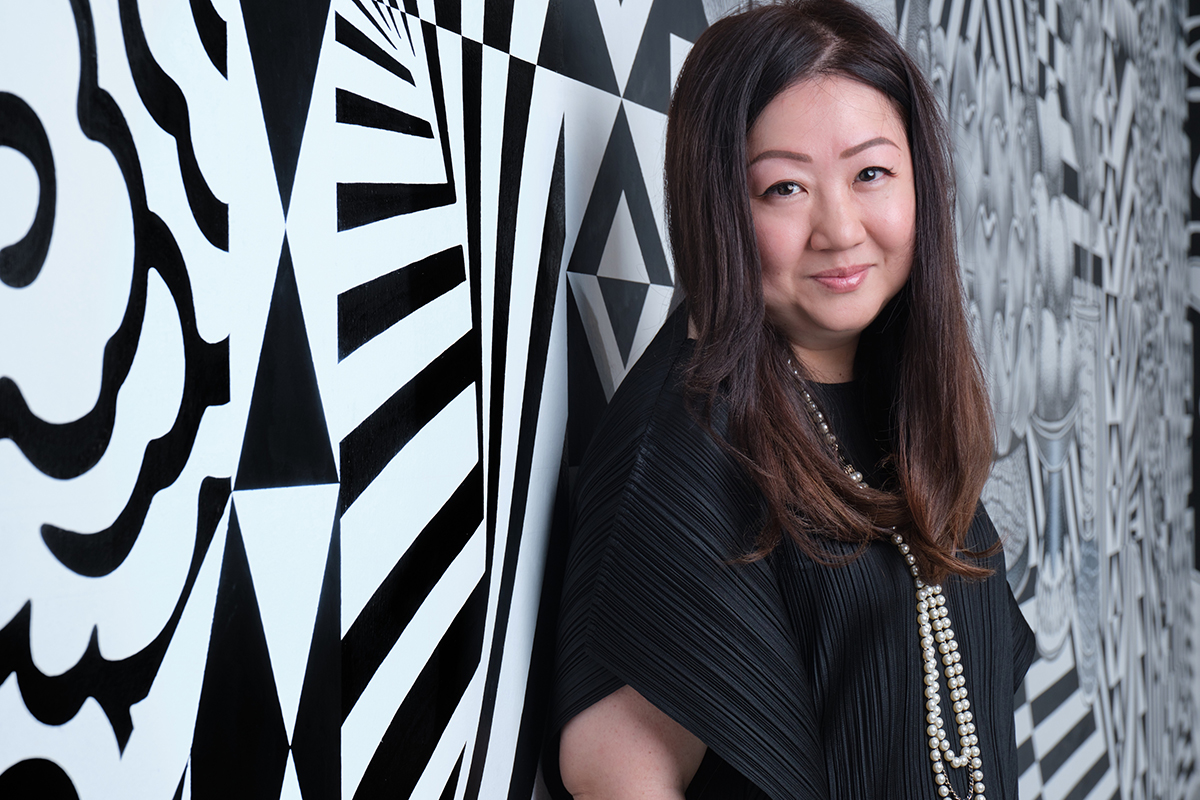
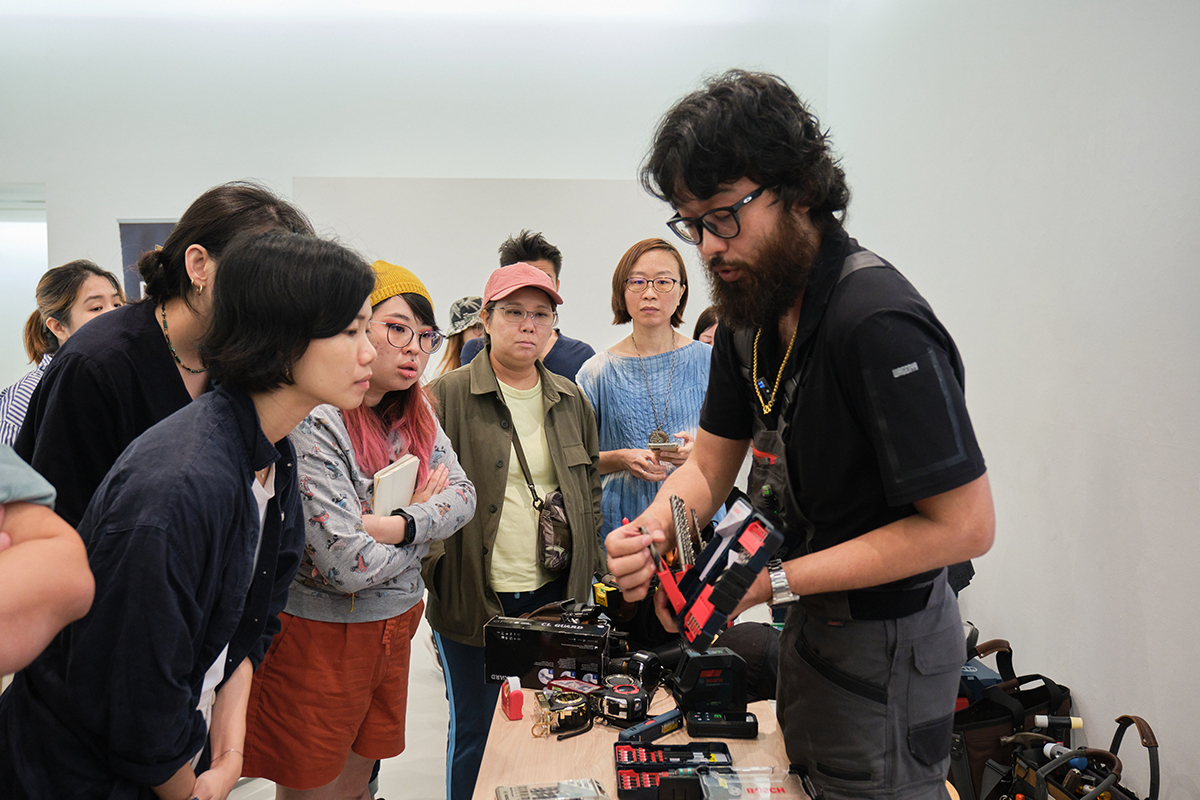
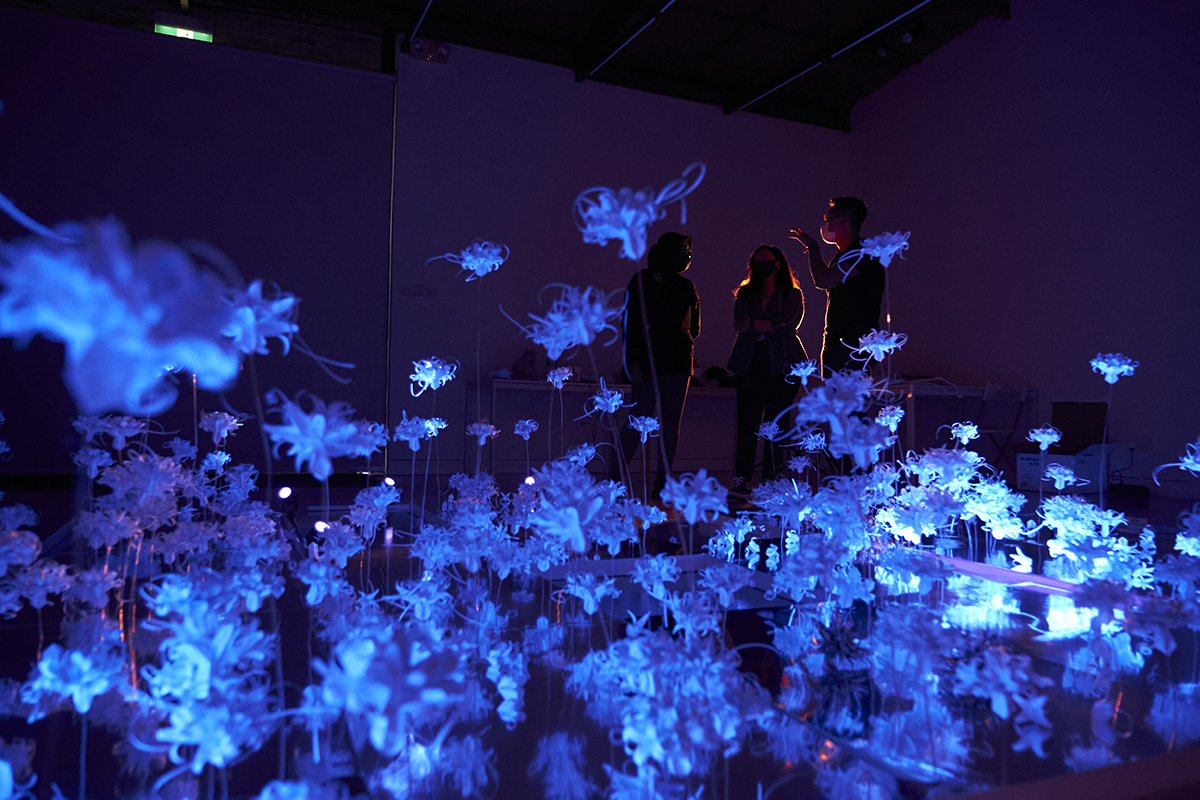
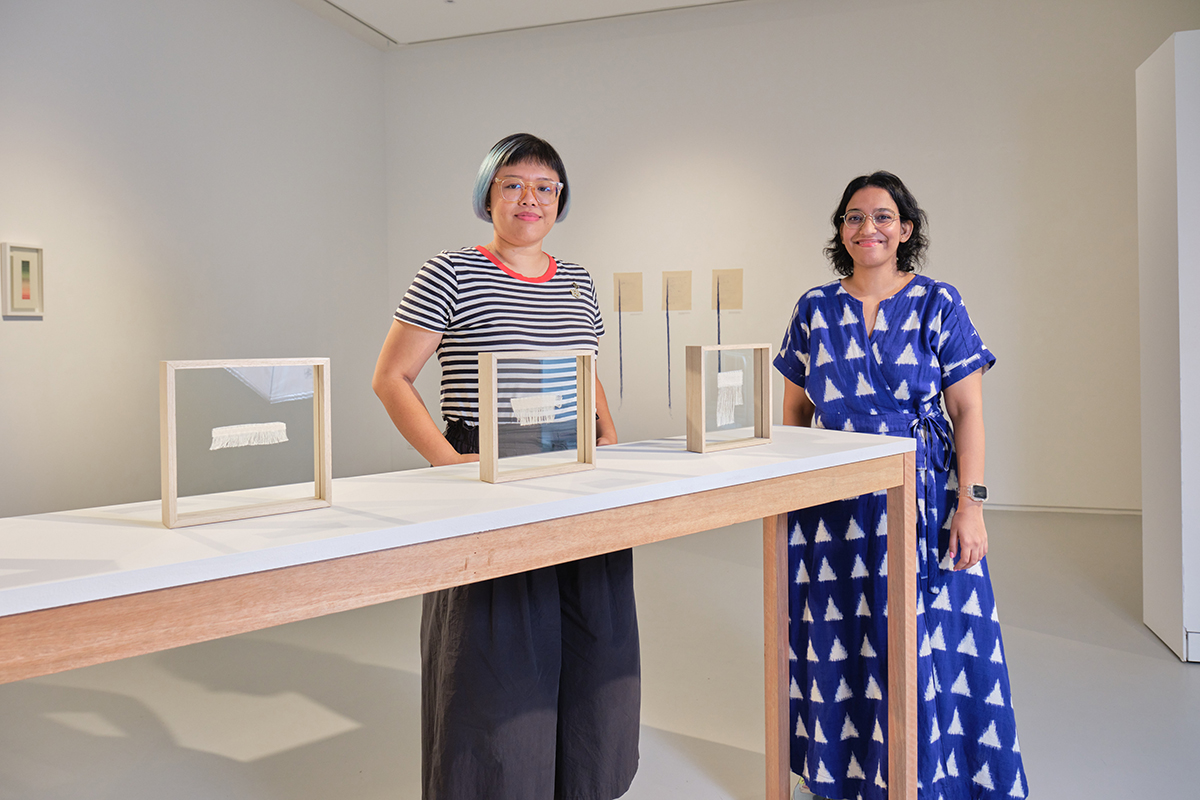


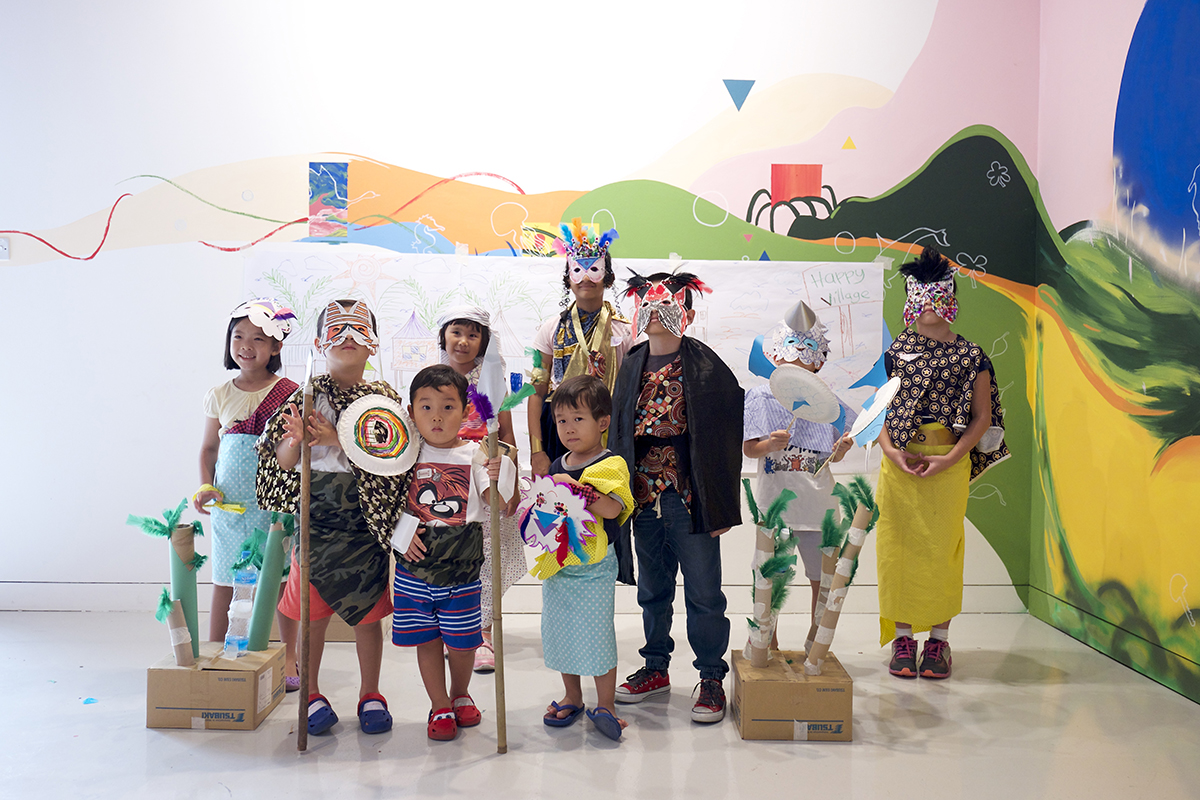
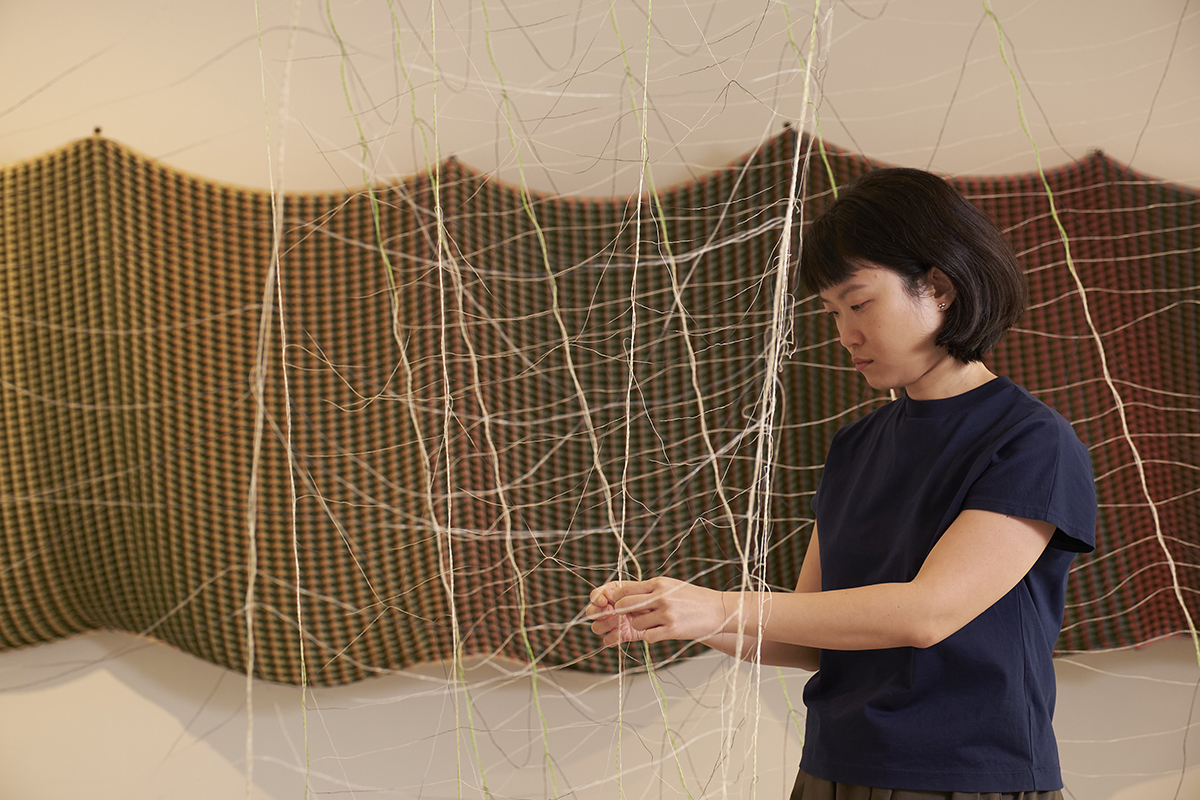

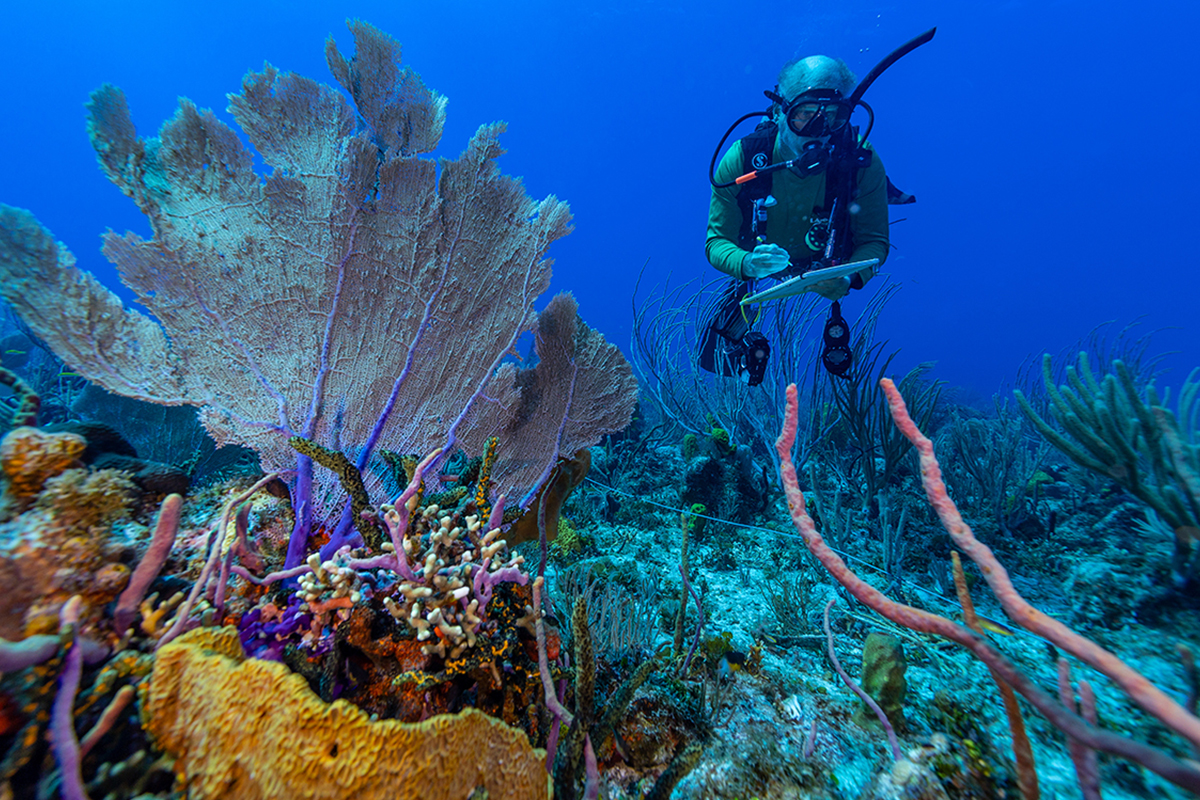
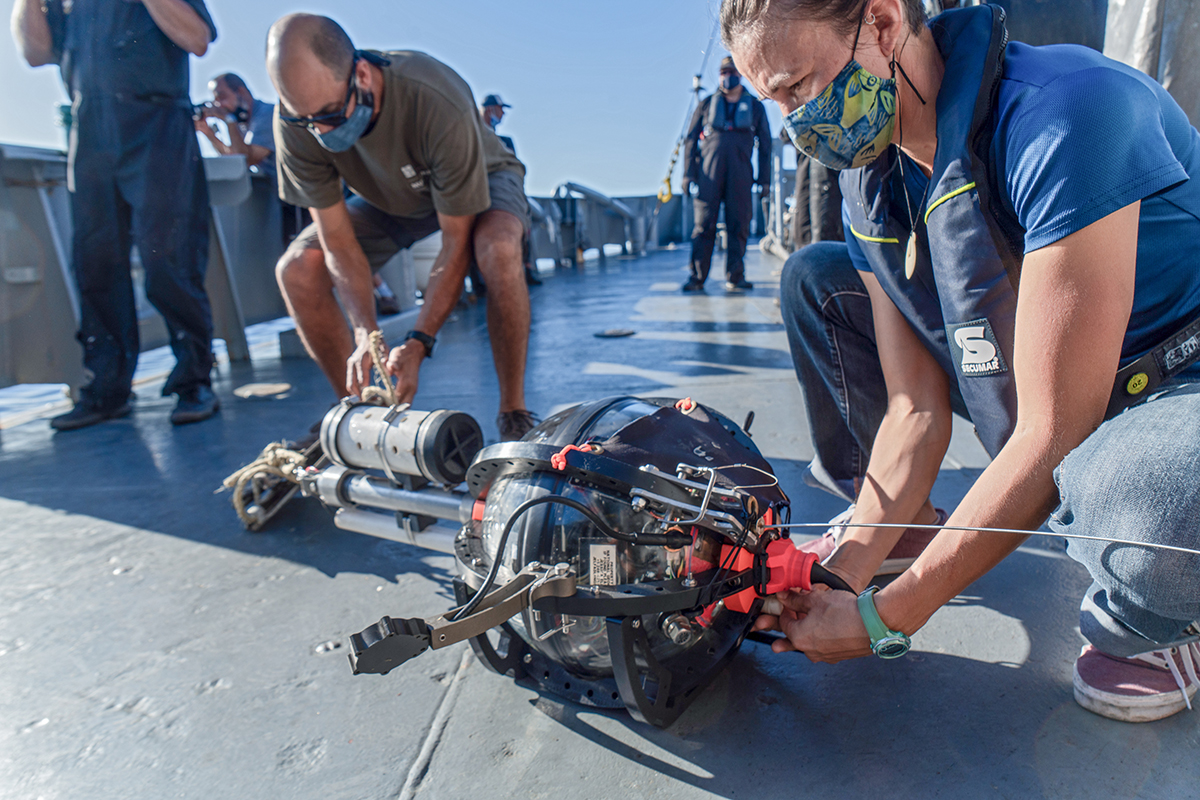
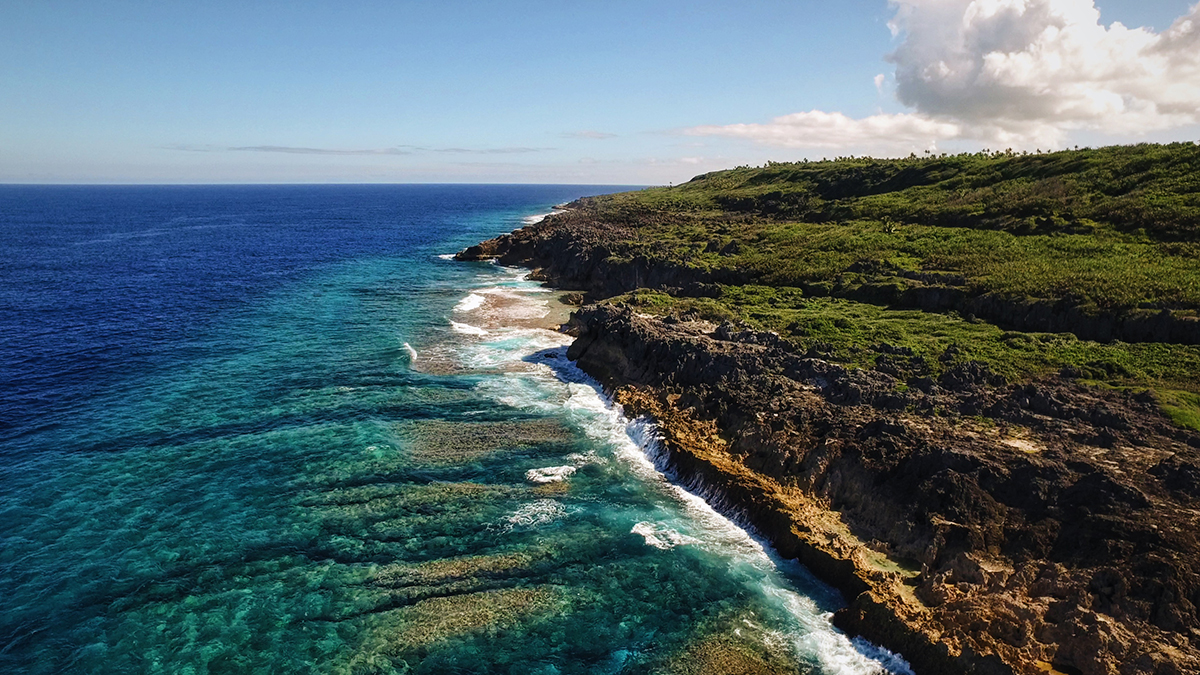
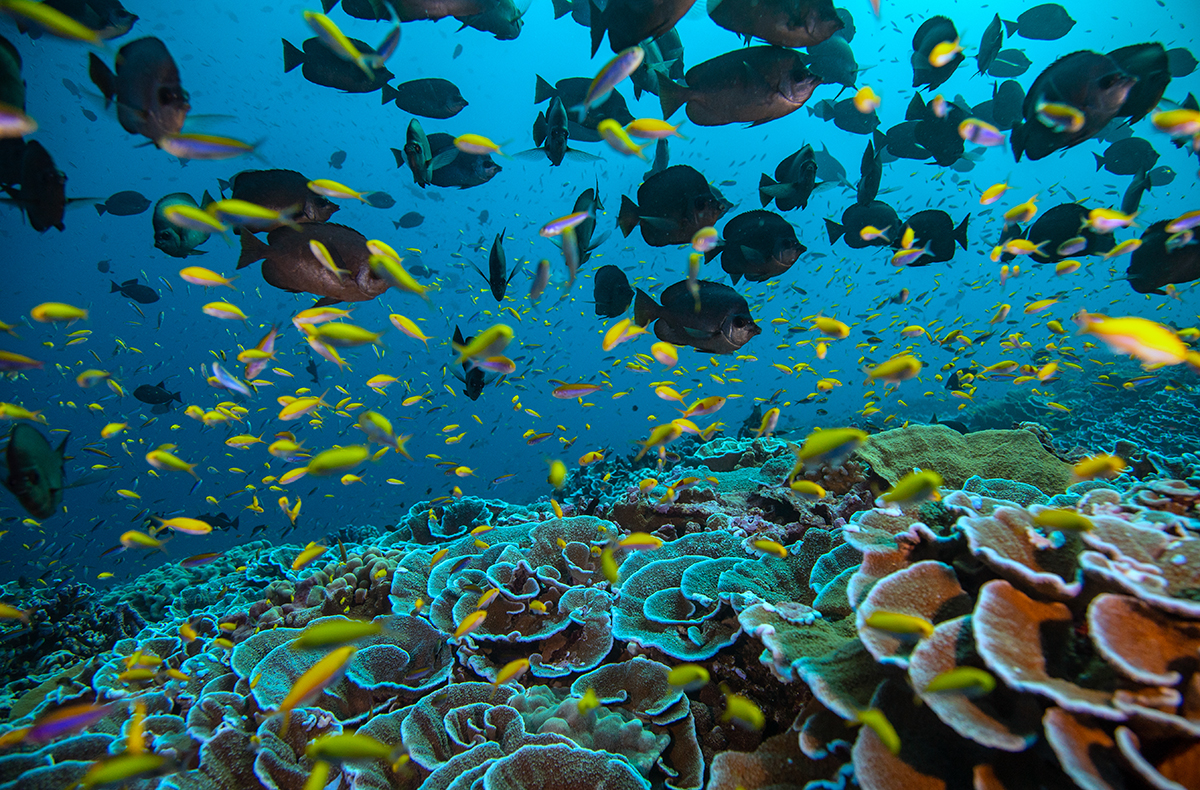
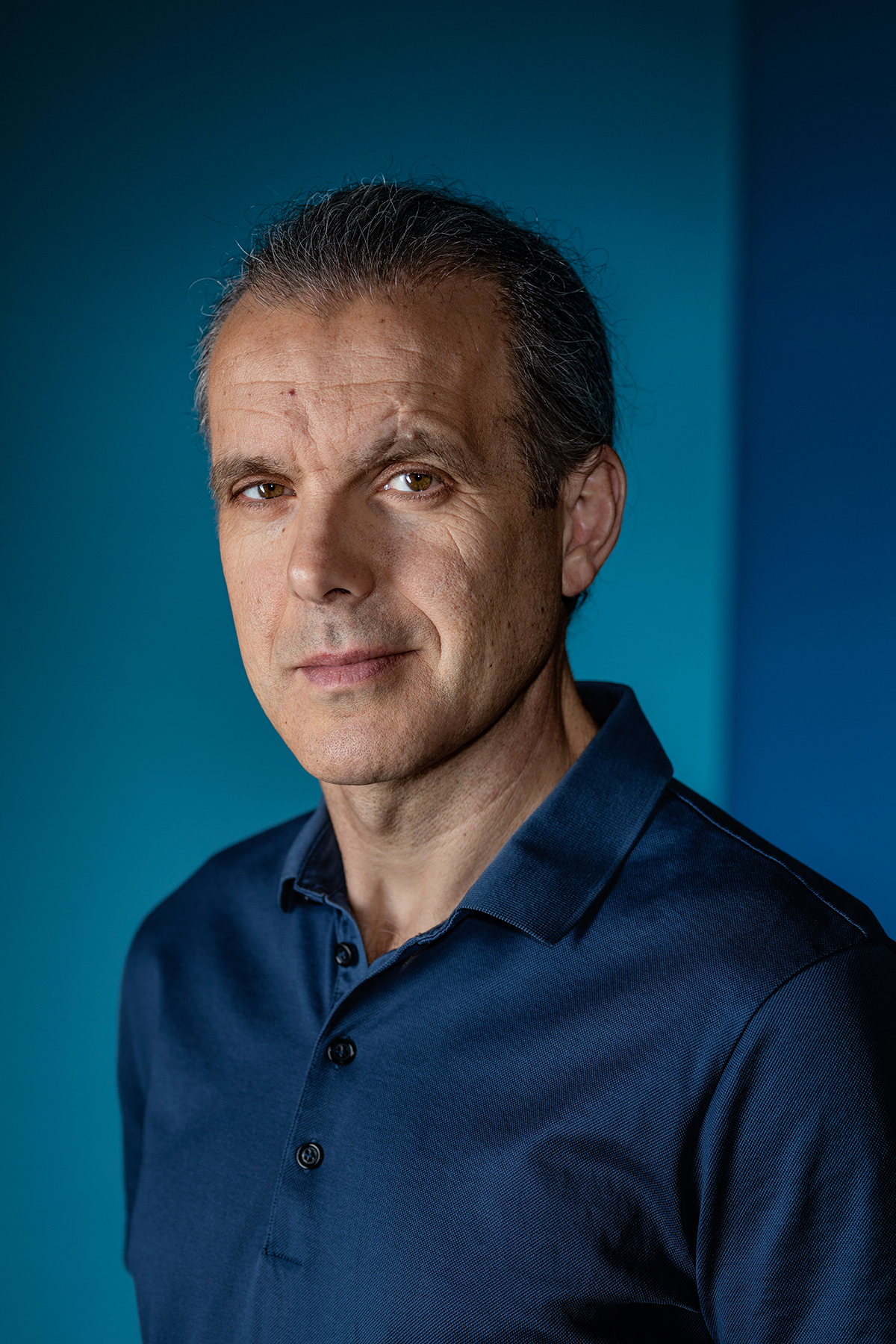
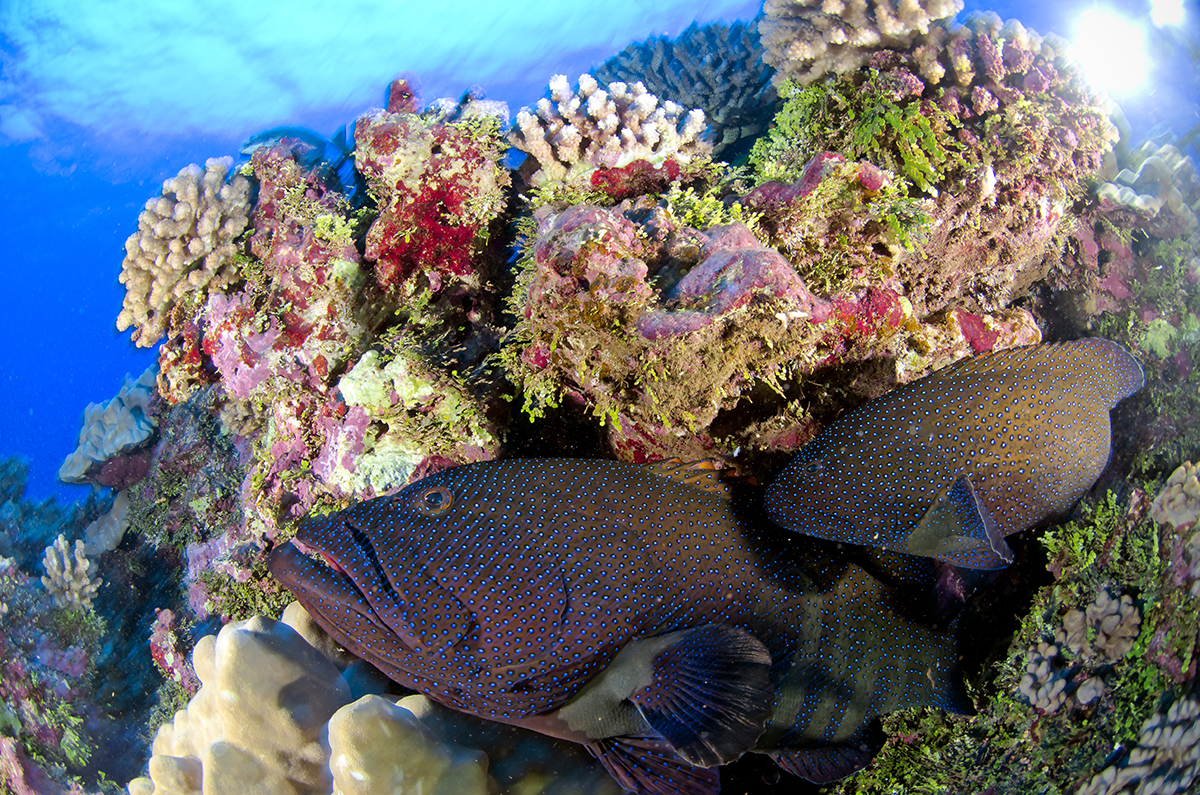
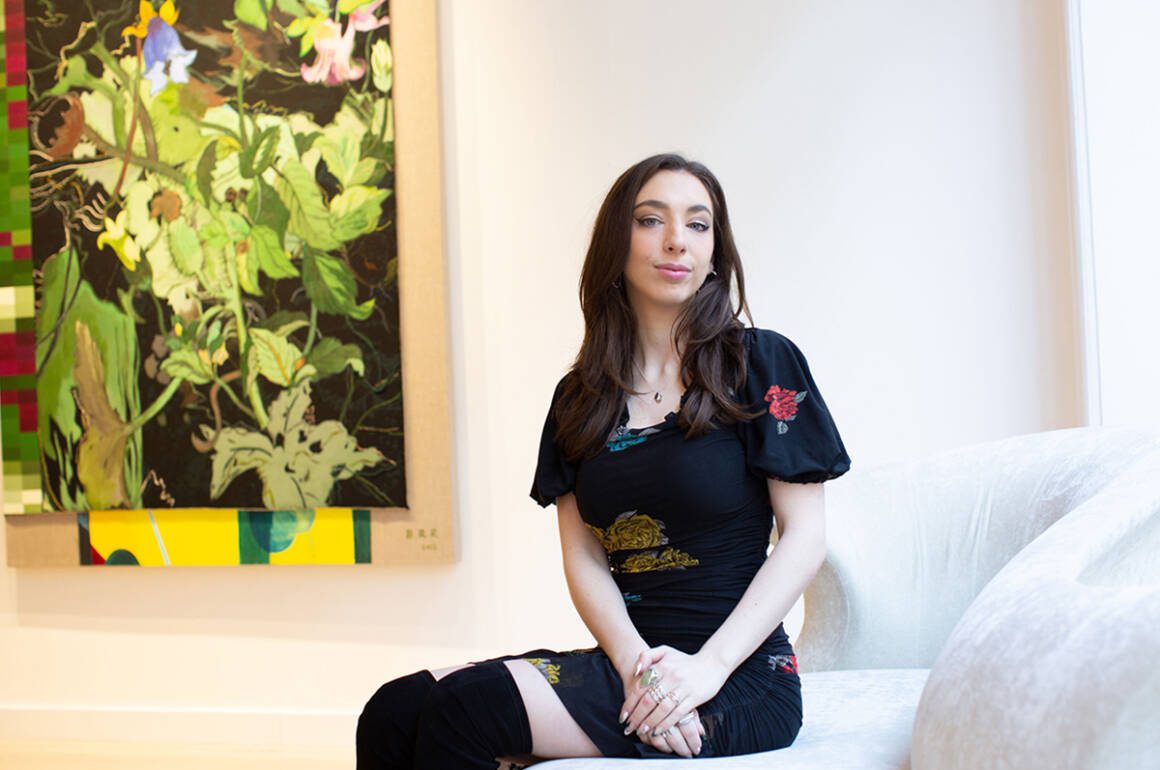
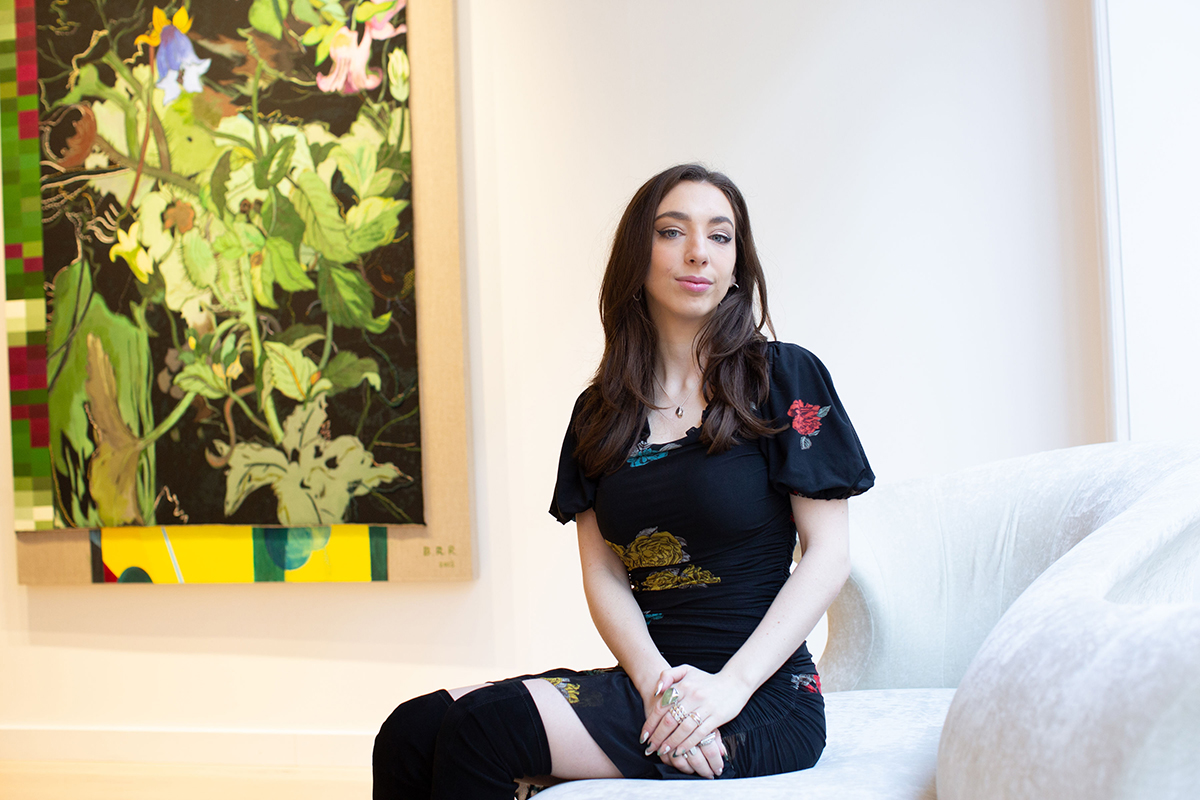

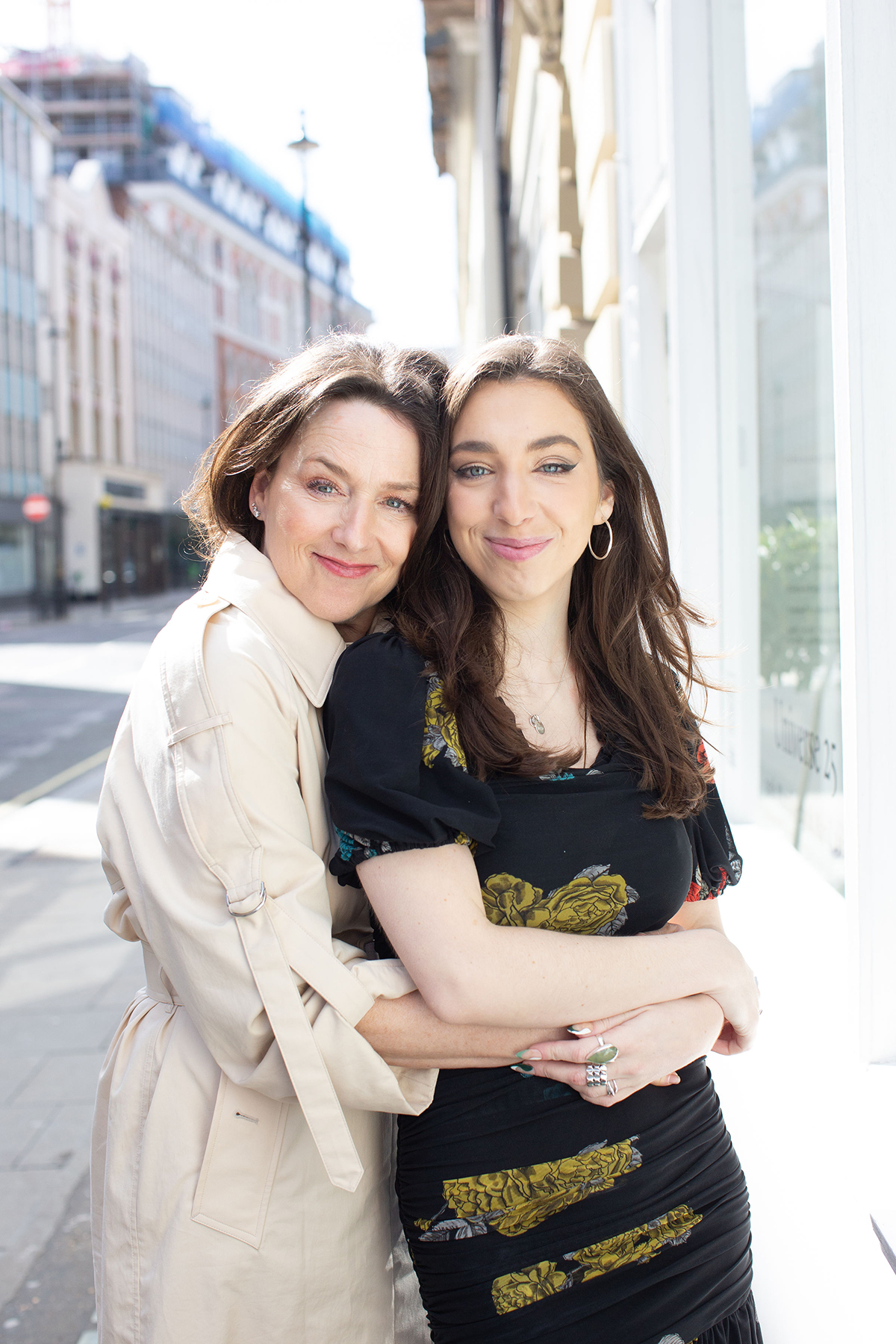

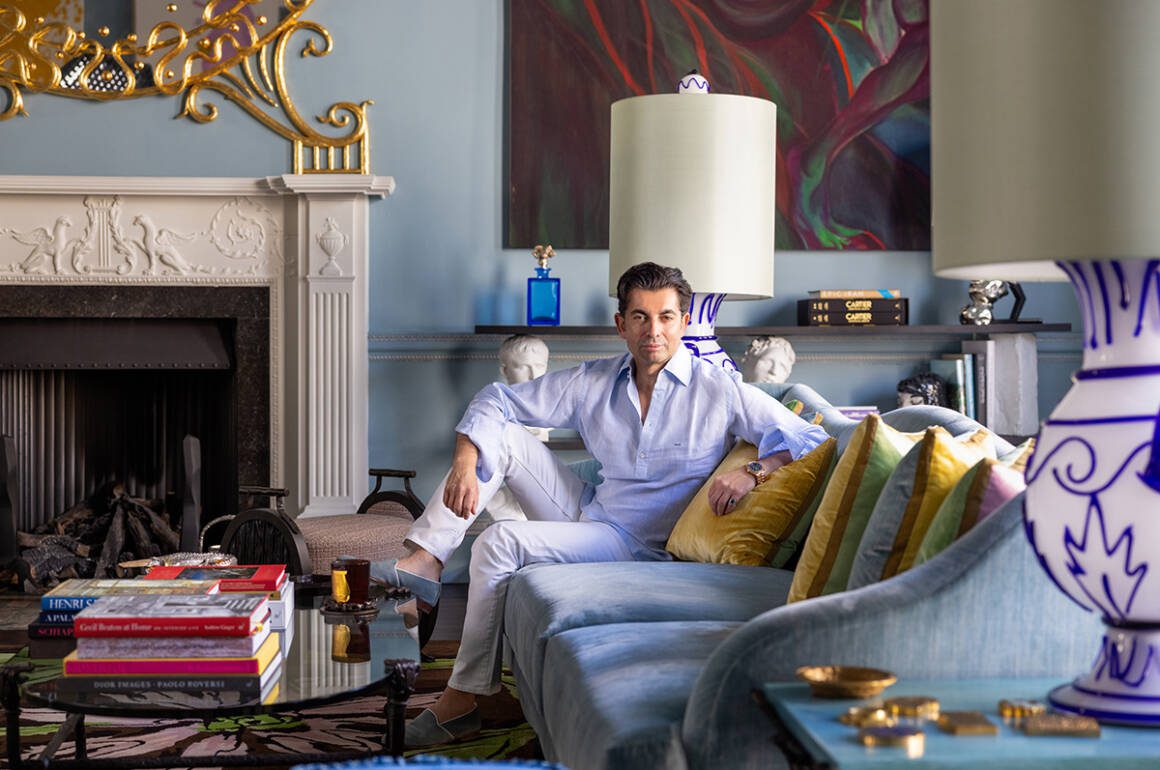

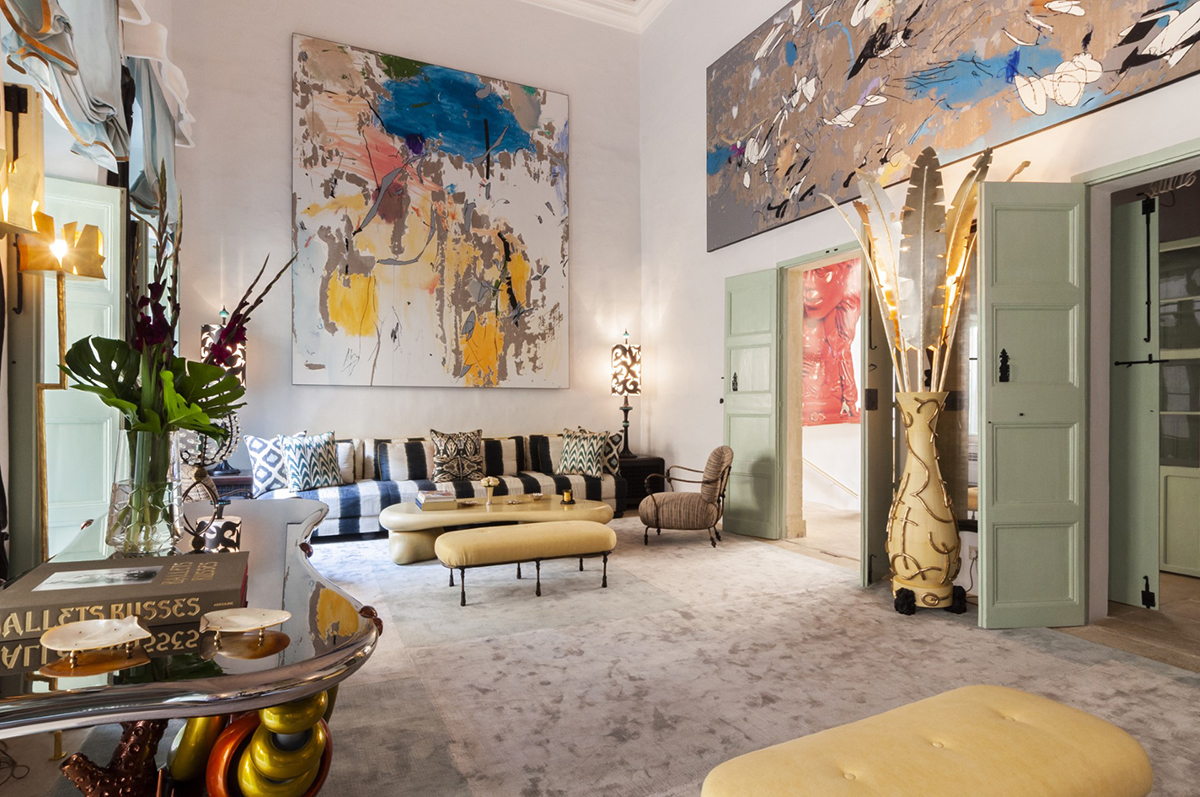


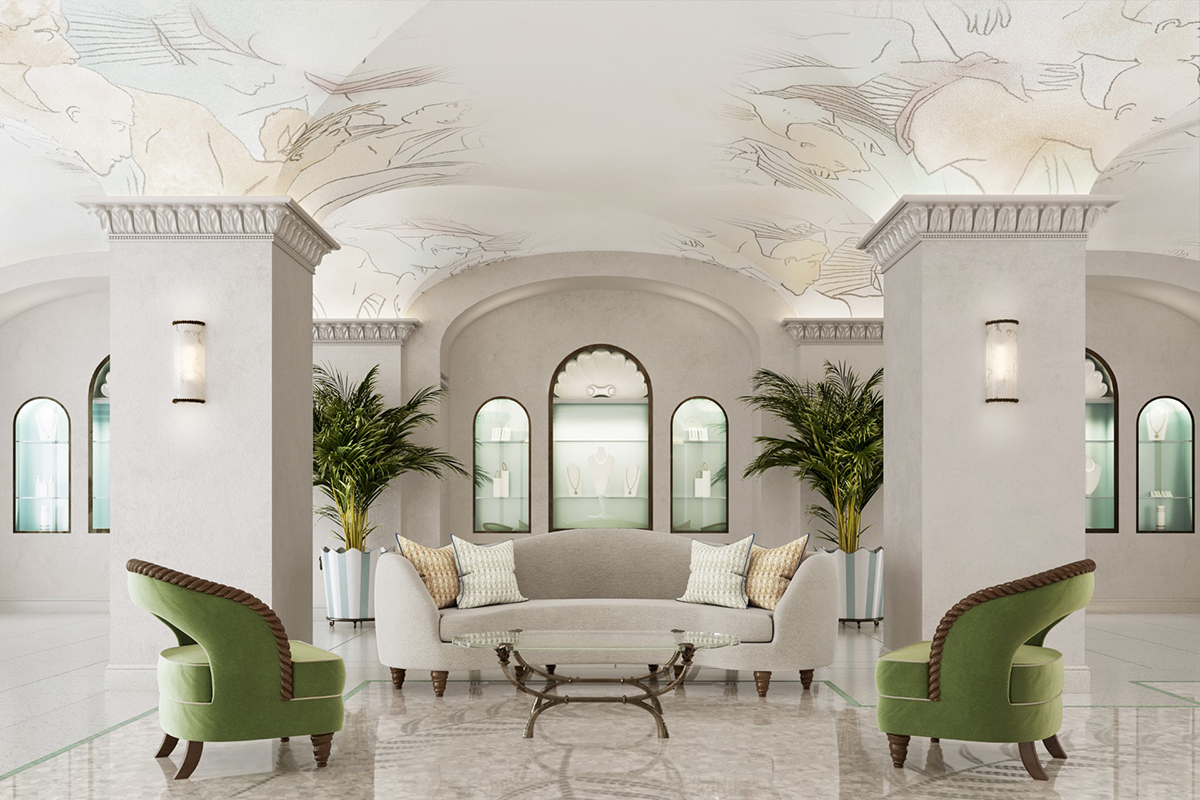
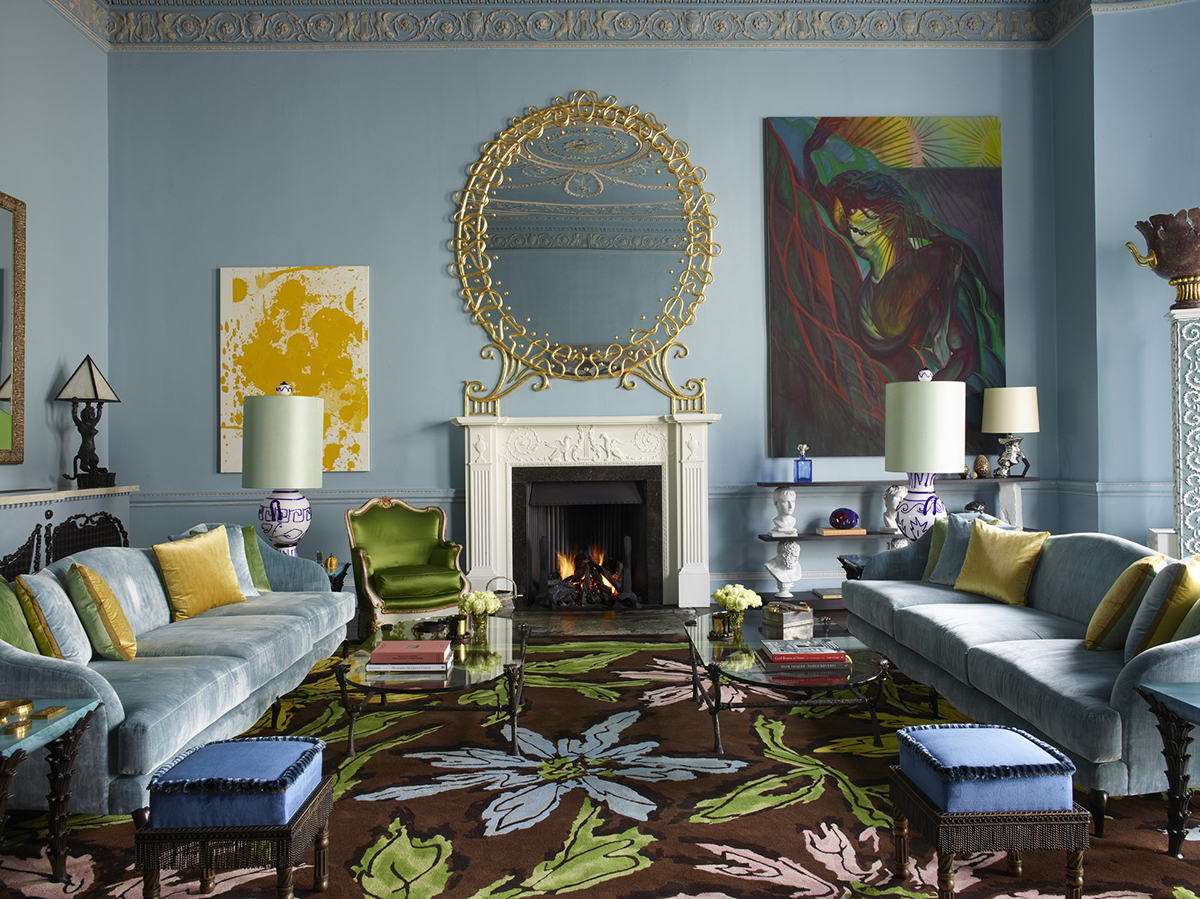
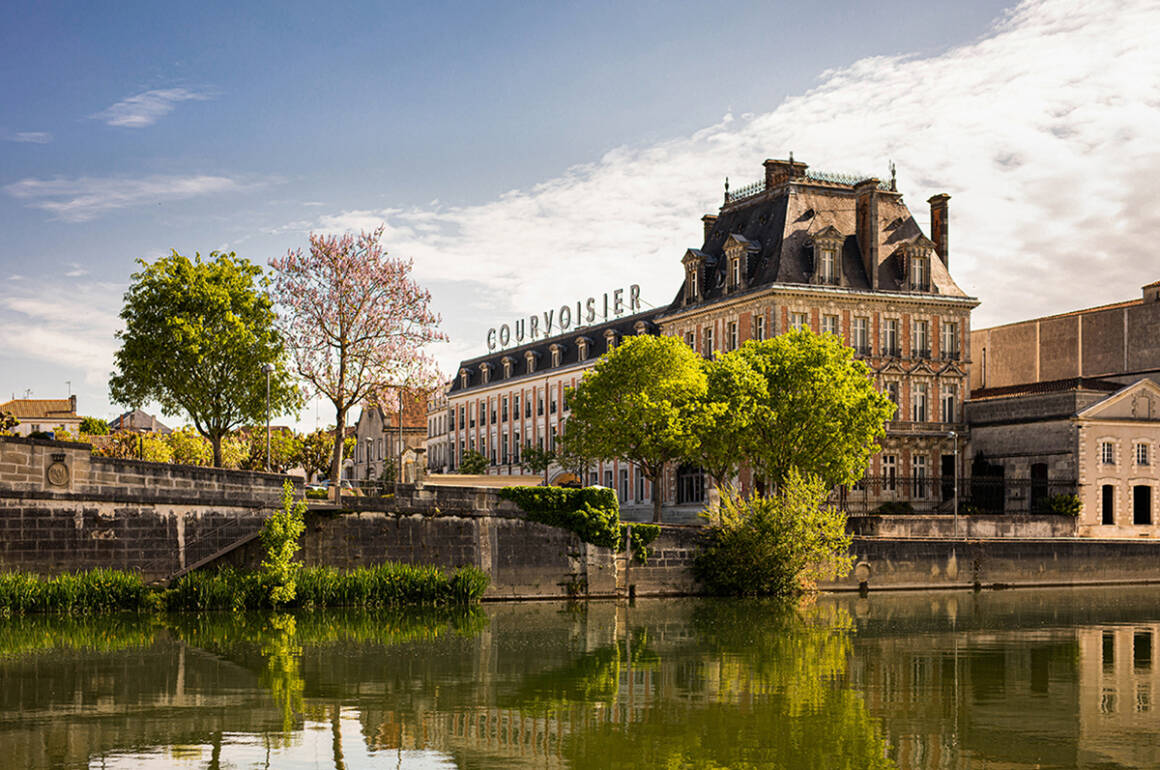
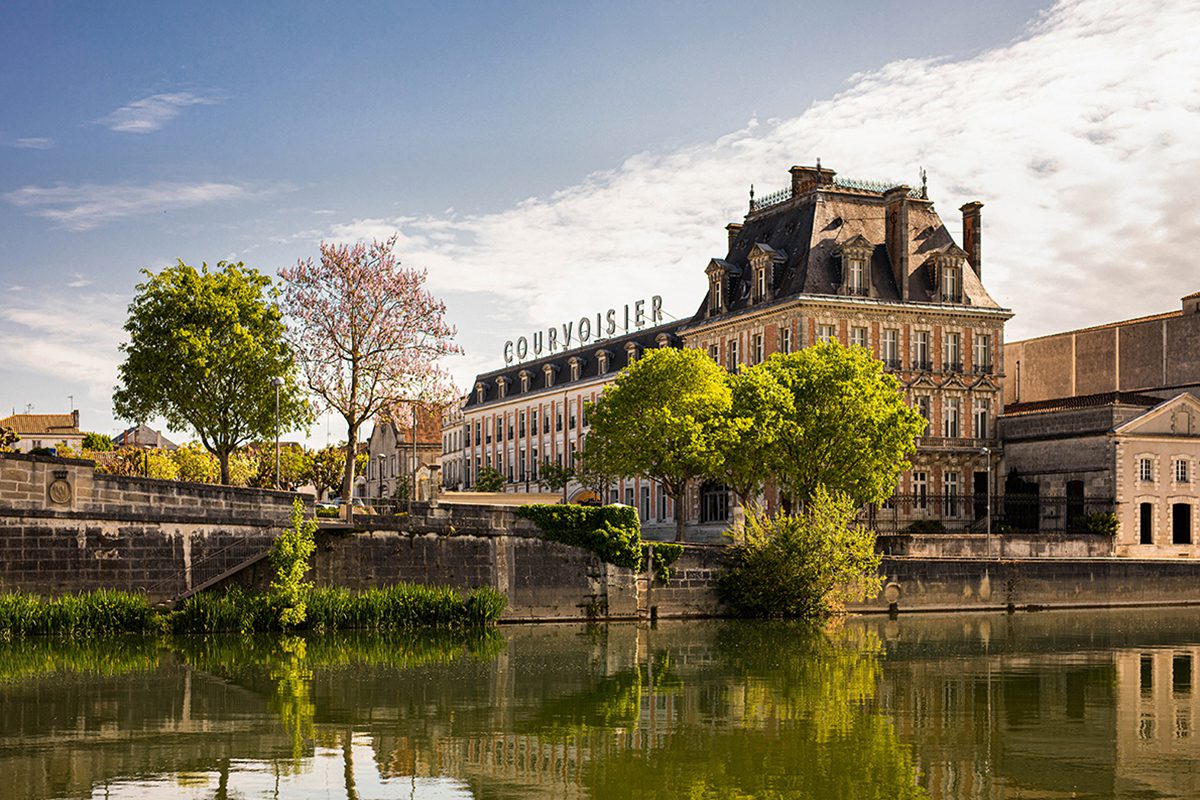 Thibaut Hontanx is the seventh Chief Blender of the historic Maison Courvoisier. Here, he speaks to LUX about the brand’s famous past, and the importance of celebrating the present
Thibaut Hontanx is the seventh Chief Blender of the historic Maison Courvoisier. Here, he speaks to LUX about the brand’s famous past, and the importance of celebrating the present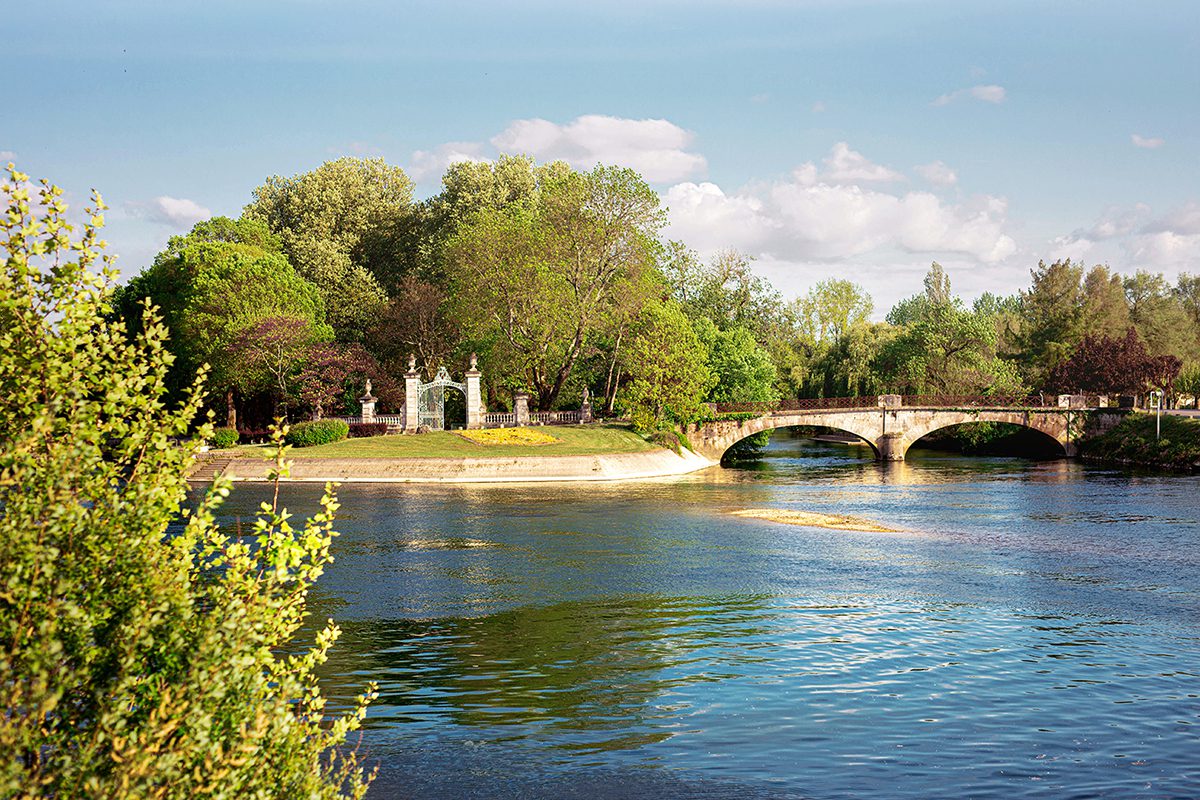
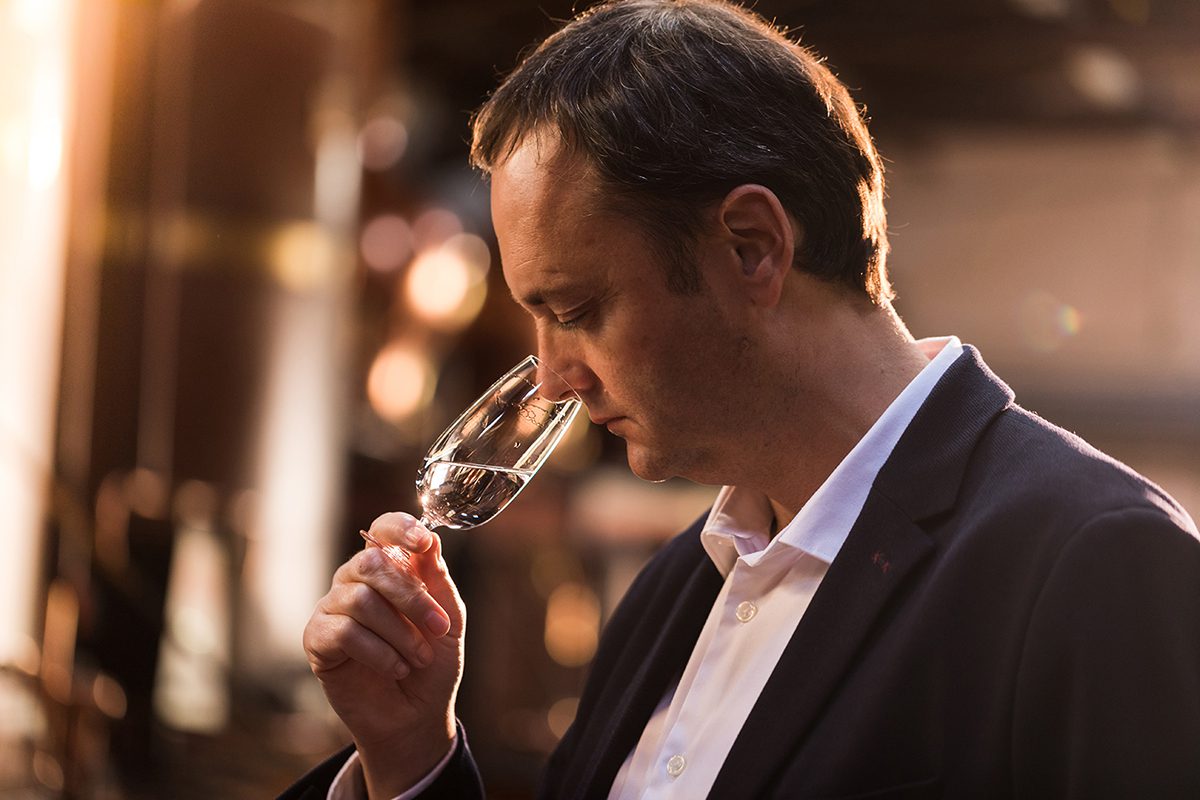







Recent Comments